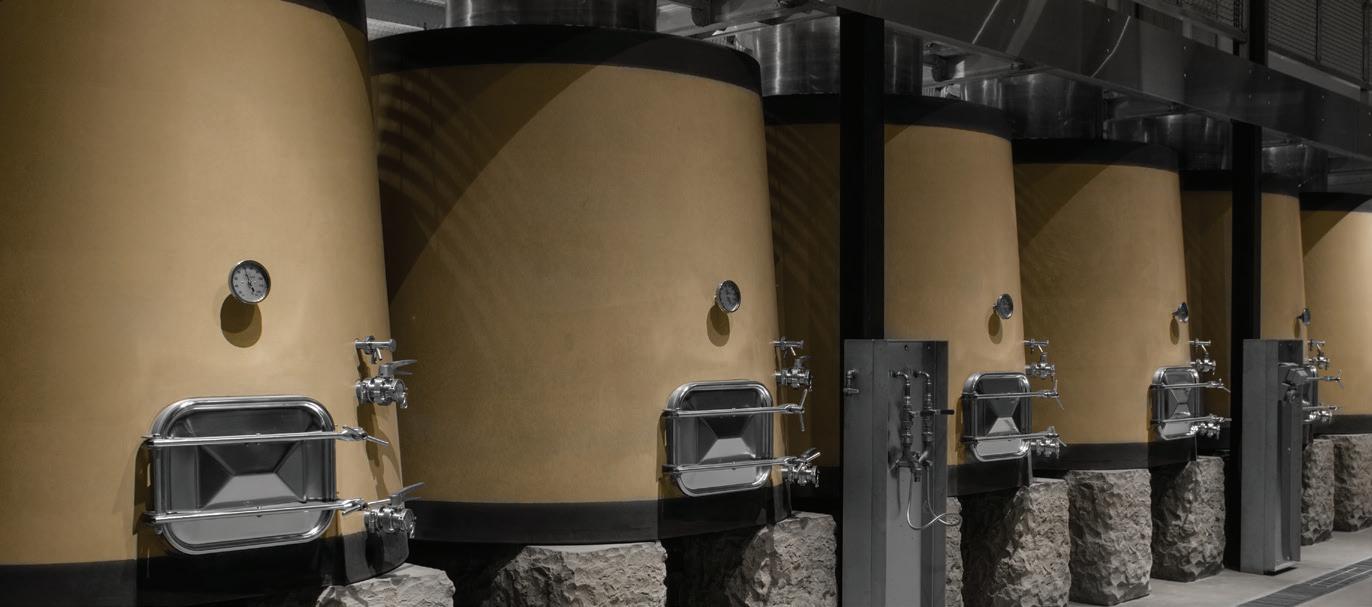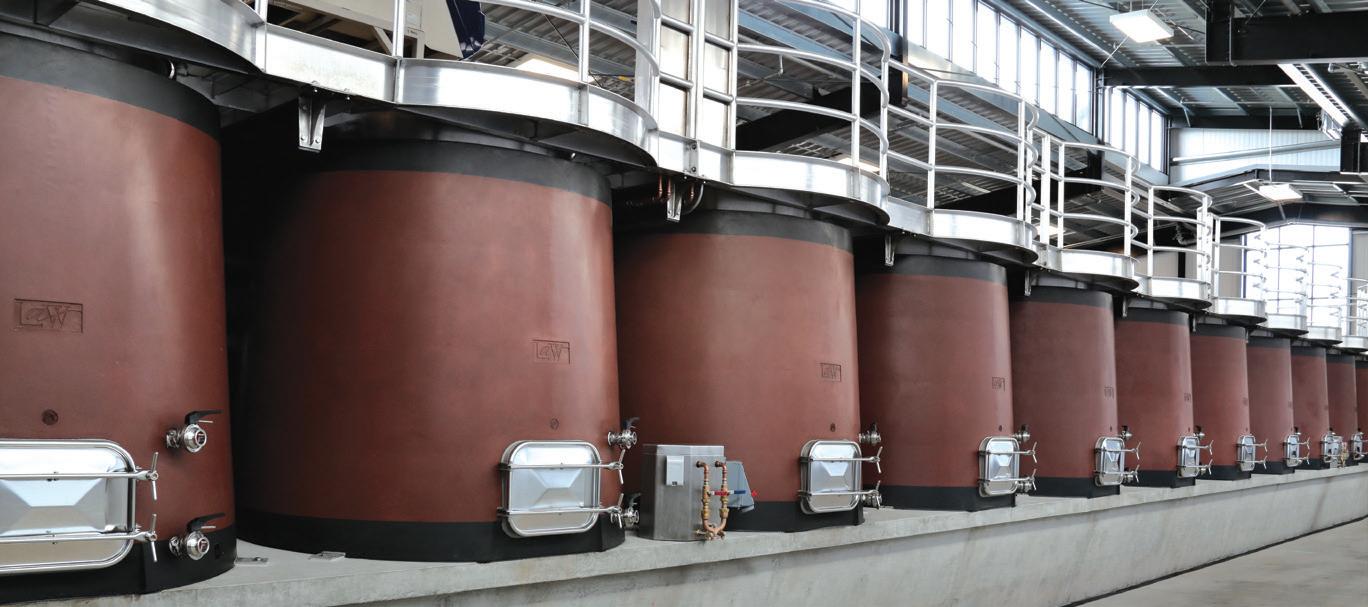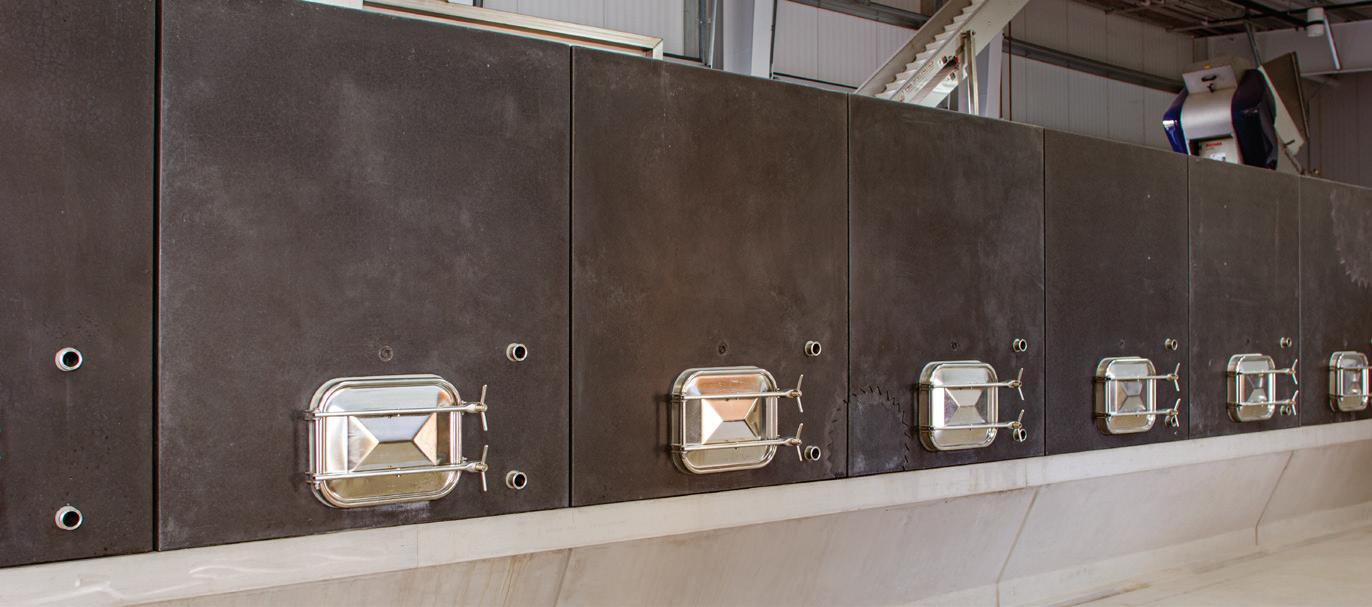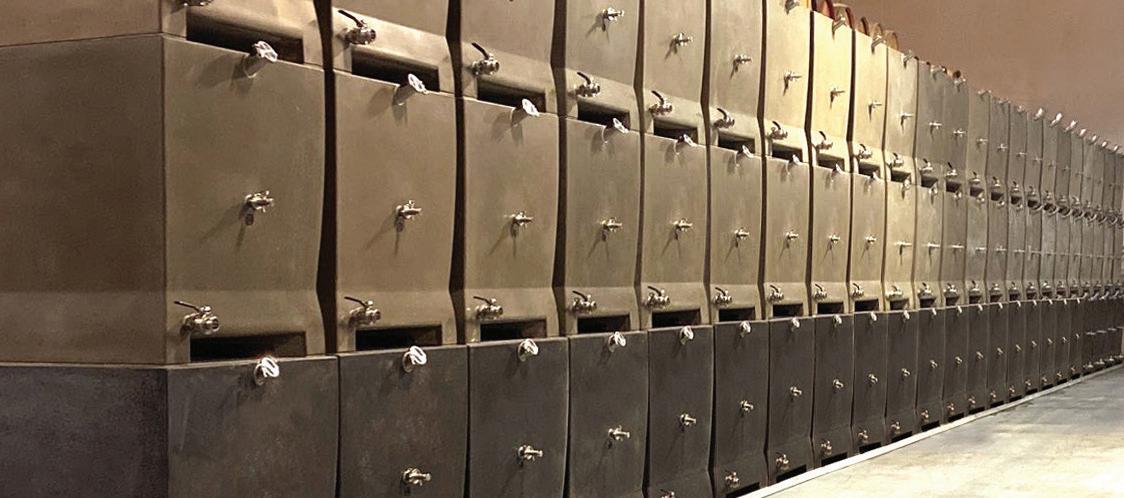






Regenerative Farming. It’s a buzzword we’ve been hearing a lot about lately. Four U.S. wineries are now Regenerative Organic Certified™ by the Regenerative Organic Alliance. What does this actually mean—besides being organic and not tilling? See this month’s trial writeup with results of a three-year study showing the variance in active carbon after different tillage practices were used. The study was part of work required to comply with the certification requirements when Tablas Creek obtained its Regenerative Organic Certification.
Labor. When we ask winery owners what their issues are, finding labor tops the list, and that list is usually led by finding vineyard labor. How has the vineyard labor situation evolved and what are people in the industry doing to make vineyard jobs more economically and emotionally viable? This month’s issue includes an overview of how the situation has evolved and how the industry is navigating the vineyard labor question.
Equipment. In true Wine Business Monthly fashion, we’ve got an article for that…well, actually three. Anecdotally, we’re hearing wineries are more cautious about capital expenditures, though the 2022 Equipment Survey results indicate more wineries than not will be increasing their purchases next year. When they are buying equipment, most often it’s tanks. See also our update on the consolidation of the French oak barrel market and the deep dive on Lees Filtration equipment. Leadership. We’ve dedicated at least one issue per year to leadership with our picks for the 2022 Wine Industry Leaders list. Time marches on, though. The industry just lost one of its most important leaders—Bronco Wine Company founder and CEO, and WBM leader emeritus, Fred T. Franzia. Most readers know who Fred was—the creator of Two-Buck Chuck—as well as about his runins with labeling issues. Fewer realize Fred was a big leader in organic farming, and the company he built bottles boatloads of wine and handles logistics for major wineries behind the scenes, farms close to 40,000 acres, and is a bulk supplier. Even fewer know what a champion Fred was for affordable California wines, in general. He was no fan of imports.
Nearly all the obituaries refer to Fred as an “iconoclast.” That’s because he was blunt and ridiculed pretention. One of my favorite memories of Fred is of seeing him propose building a wine glass bottle manufacturing plant right in Napa Valley—he was serious—and watching him goad a Wine Spectator editor into drinking White Zinfandel. Fred didn’t do much press, but we spoke at least once a year and he’d reach out occasionally with comments on our coverage. I’ll miss those conversations. Here’s to raising a glass in honor of Fred T. Franzia.
Cyril Penn – editorNovember 2022 • Volume XXIX No. 11
Editor Cyril Penn
Managing Editor Erin Kirschenmann
PWV Editor Don Neel
Eastern Editor Linda Jones McKee
Copy Editor Paula Whiteside
Contributors L.M. Archer, Bryan Avila, Richard Carey, Christopher Chen, W. Blake Gray, Mark Greenspan, Michael S. Lasky
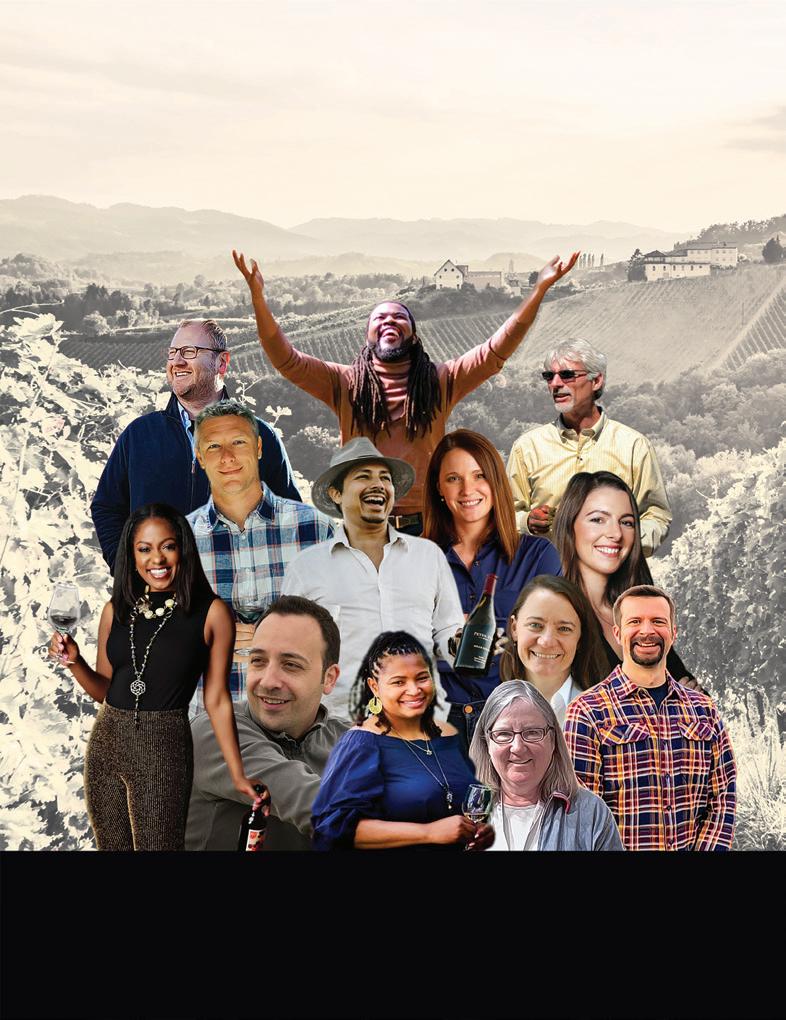
Design & Production Sharon Harvey
Director, Analytics Group Alan Talbot
Editor, Wine Analytics Report Andrew Adams
Web Developers Burke Pedersen, Peter Scarborough
President & Publisher Eric Jorgensen
Associate Publisher & Vice President of Sales Tamara Leon
Account Executives Hooper Jones, Laura Lemos, Ashley Powell
Account Support Representative Aidan O’Mara
Vice President – Data Management Lynne Skinner
Project Manager, Circulation Liesl Stevenson Financial Controller Katie Kohfeld
Data Group Program Manager Rachel Cunningham Research Assistant Sara Jennings Public Relations Mary Jorgensen
Chairman Hugh Tietjen
Publishing Consultant Ken Koppel Commercial Advisor Dave Bellon
For editorial or advertising inquiries, call 707-940-3920 or email info@winebusiness.com
Copyright 2022 Wine Communications Group, Inc. Short passages can be quoted without permission but only if the information is attributed to Wine Business Monthly Wine Business Monthly is distributed through an audited circulation. Those interested in subscribing for $39/year, or $58 for 2 years, call 800-895-9463 or subscribe online at subs.winebusiness.com. You may also fill out the card in this magazine and send it in.
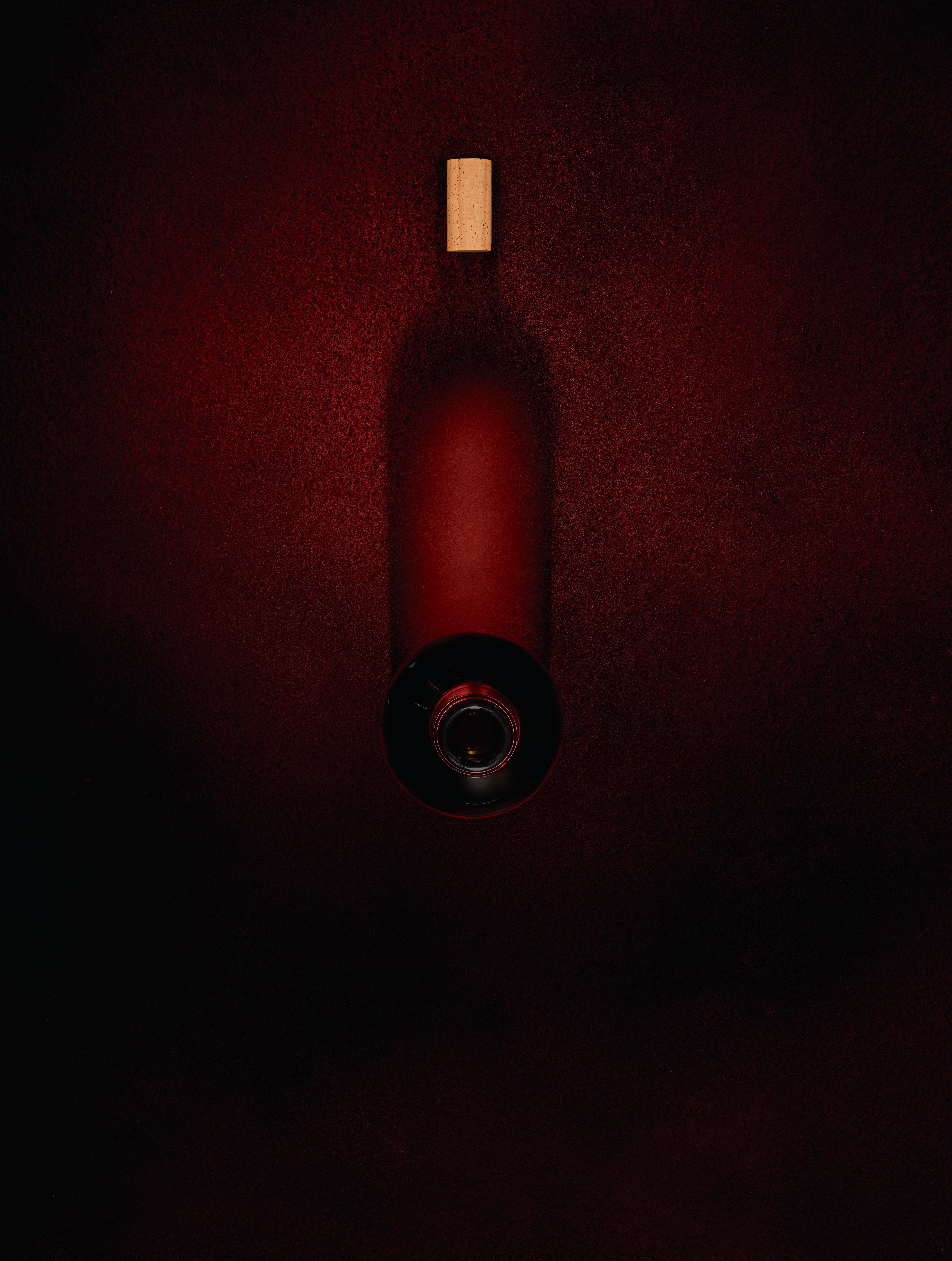

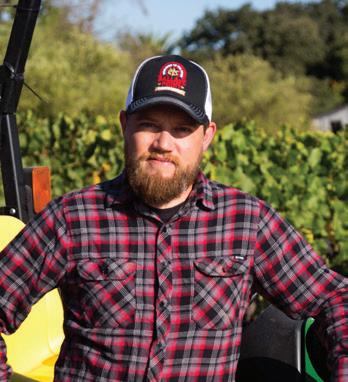
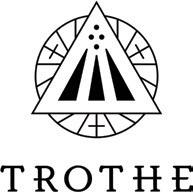

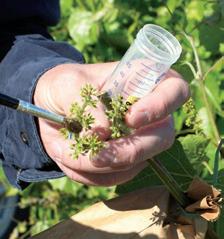
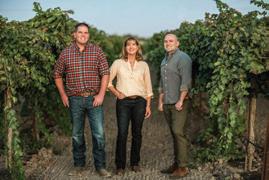

director of field services, La Luz Center, “Vineyard Workers in a Time of COVID, Fire and Inflation,” page 74
‘There is a huge divide between the manager of the vineyard and the vineyard owner. Problems usually stem from management. They can be rude when communicating with the workers and often don’t communicate the workers’ rights at all. The vineyard owner has no clue what’s going on because they trust the vineyard managers to do their job. Those managers rarely communicate what is available to workers, especially when they have grievances.”
winemaker, Wrath Wines, “Varietal Focus: Winemaker Series,” page 26
“My goal is to reveal the true expression of terroir with a little Sabrine Rodems thrown in. . . a wine that was not hugely Californian but wasn’t French either.”
winemaker, Aridus Wine Company, “Purchasing Expected to Slow, New Buys Focused on Sustainability,” page 48
“We’re very seriously considering a mechanical harvester due to the inconsistency in being able to pull together a picking crew in our remote location.”
chief operating officer, Enterprise Vineyard Management, “Vineyard Workers in a Time of COVID, Fire and Inflation,” page 74
“We try to do everything we can to protect our workforce. Our business is our workforce, so we make sure they have the tools they need to do their job safely, as well as the training to give them flexibility to do what they need to do.”
winemaker, Trothe Winery, “Technical Review,” page 36
“We all talk about the congeniality of our business in Washington, and then you get in a real bind, and somebody really comes through for you. It’s fantastic.”












For daily news you can search or browse by region, visit winebusiness.com/news

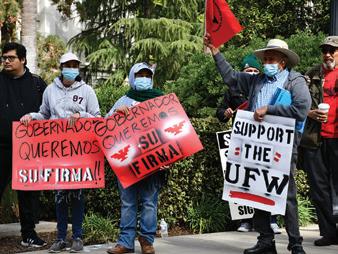
In a move that was somewhat controversial, California Governor Gavin Newsom signed AB 2183, legislation that creates new ways for farmworkers to vote in a union election, including options for mail-in ballots, and authorization cards submitted to the California Agricultural Labor Relations Board, in addition to the existing in-person voting process. Newsom initially signaled he would veto the legislation despite pressure to sign it from President Joe Biden, but he reportedly chose to support it after working out an agreement with industry stakeholders to include new language about election integrity in a clean-up bill during the next legislative session.
The family of French luxury goods billionaire Francois Pinault, whose main business interest is the fashion company Kering, has inked a merger bringing various wineries together. The Pinault and Henriot families, owners of Artémis Domaines and Maisons & Domaines Henriot respectively, are merging their wine estates. The deal unites brands such as Chateau Latour, owned by the Pinault family, along with labels such as Champagne Henriot. Pinault operates fashion icons Alexander McQueen and Gucci. Artémis owns Clos de Tart in Morey-Saint-Denis, Château Grillet in the Northern Rhône, Napa’s Eisele Vineyard and a minority stake in Champagne Jacquesson. The company also owns Christie’s, the auction house. Frédéric Engerer, managing director of Artémis Domaines, will oversee all the wineries with a board chaired by Gilles de Larouzière Henriot, CEO of Henriot.


Bledsoe|McDaniels, a winery owned by Bledsoe Wine Estates as a partnership between former NFL quarterback Drew Bledsoe and Josh McDaniels, announced the purchase of the 20-acre àMaurice Estate Vineyard in the Walla Walla Valley. With 12.5 acres planted primarily with Cabernet Sauvignon, Merlot, and Syrah, the vineyard will provide a home for a future hospitality facility. Plans include new vineyards planted in spring 2023, replanting a small portion of the existing vineyard, and a remodel of the winery facility. With the purchase, Bledsoe Wine Estates now owns 370 acres in Walla Walla Valley. The winery also owns 80 acres in Willamette Valley. Bledsoe Wine Estates was founded in 2007.
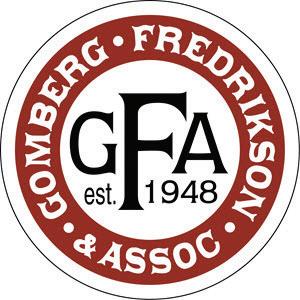
Ron Rubin of Ron Rubin Winery expanded his program for saving lives to include all California wineries. In collaboration with the American Red Cross and ZOLL Medical Corporation, Ron Rubin Winery is covering the $1,699 cost for one ZOLL AED PLUS (Automated External Defibrillator), for each qualifying winery. For a winery in California to qualify and receive its ZOLL AED PLUS, California winery owners or representatives must contact Ron Rubin. After a winery’s qualifications are approved, a representative from the American Red Cross will help to schedule a CPR/AED/First Aid training for the “NEW” American Red Cross blended learning course. This includes a convenient online portion and an instructor-led classroom skill session for a winery’s team. (There is a special discounted training rate of $75 per person for qualifying wineries participating in this program.)
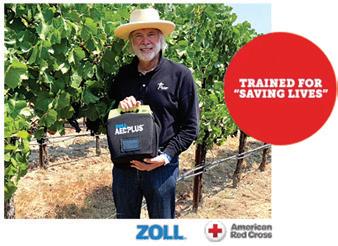
California Governor Gavin Newsom signed SB 518, a piece of legislation backed by The Wine Institute which restores the timely flow of taxpayer data from the State Board of Equalization that the Gomberg-Fredrikson Report uses to analyze the California wine market. The Gomberg-Fredrikson Report, an industry publication founded in the 1940s, monitors monthly and annual comparative shipments of leading California wineries and wine imports by country. The State Board of Equalization had reevaluated the release of this data and determined it did not have the statutory authority to provide it. Legislation was then drafted to ensure industry access to better understand market trends. Gomberg-Fredrickson is a joint venture of BW166 and Wine Communications Group, parent company of Wines Vines Analytics and Wine Business Monthly

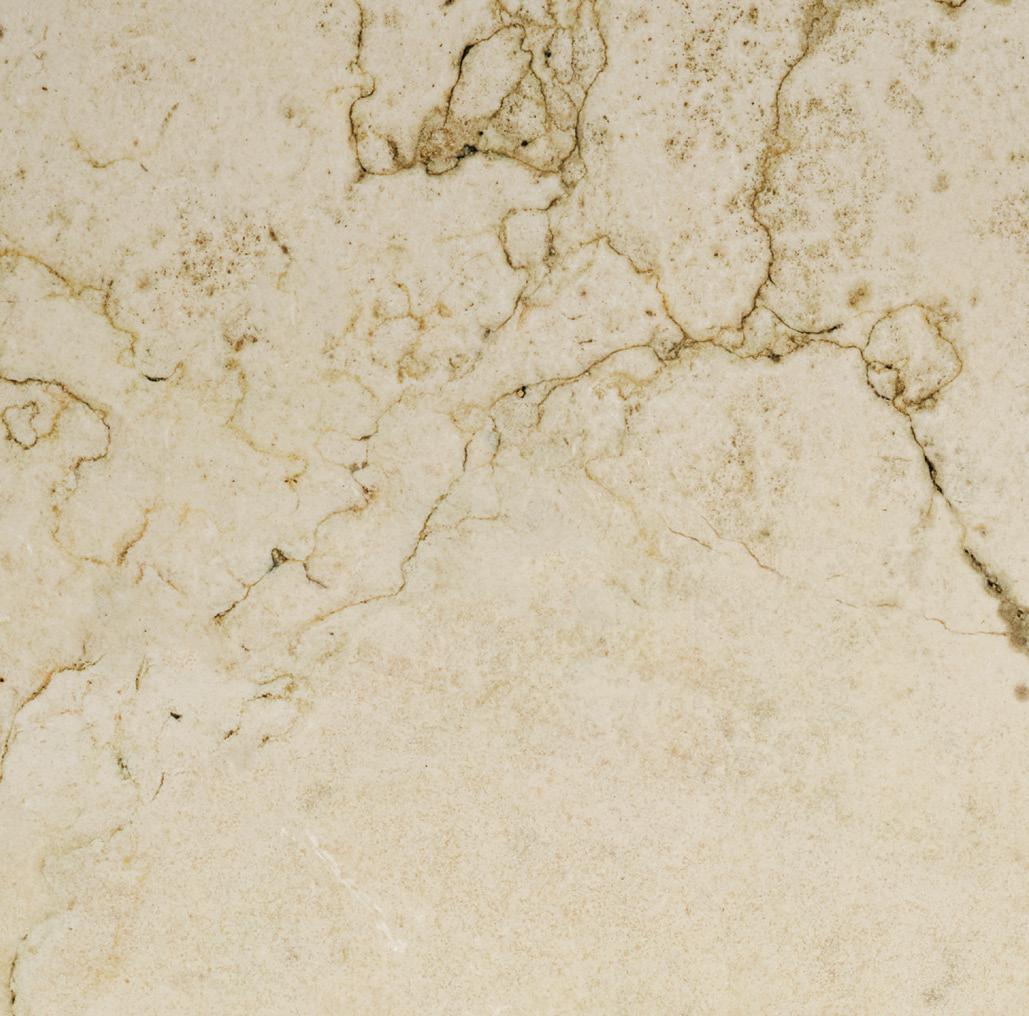



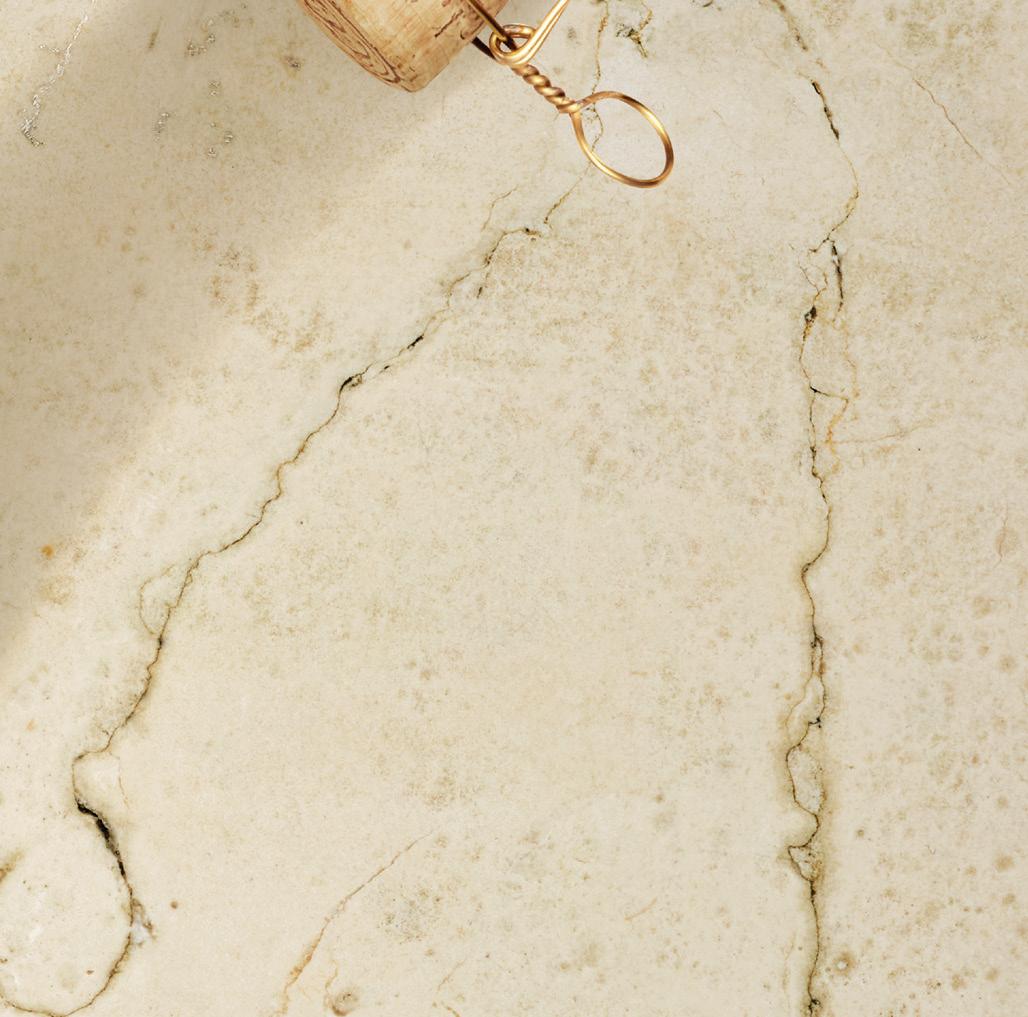


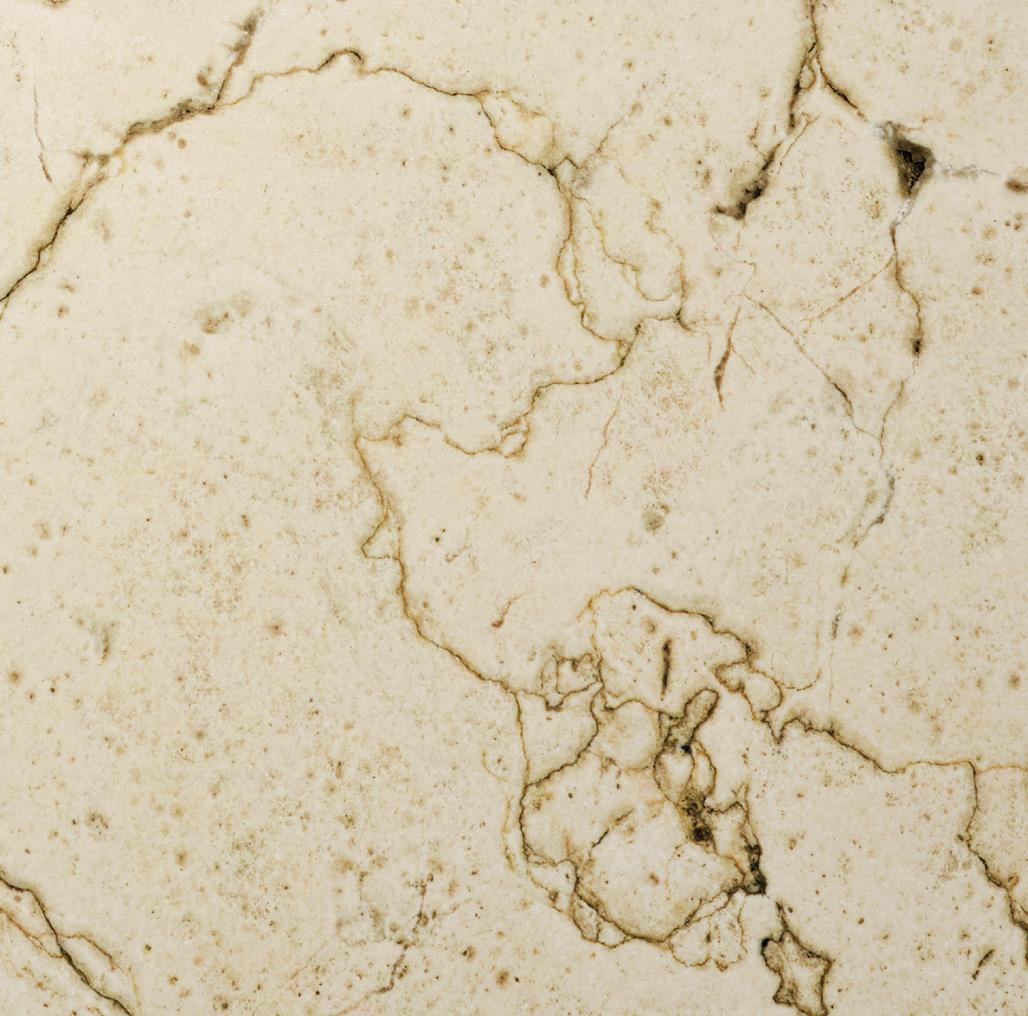







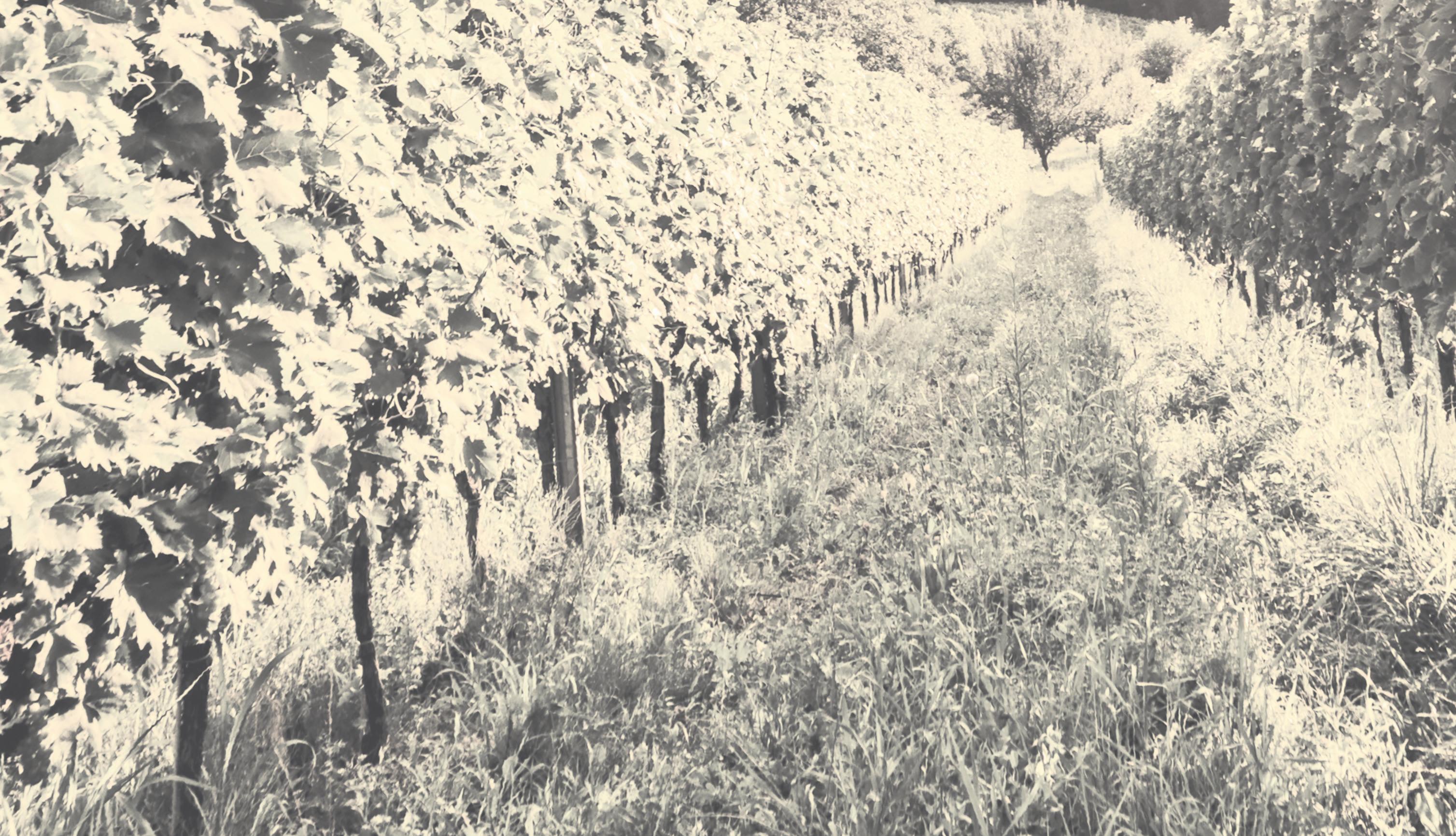
EVERY YEAR, Wine Business Monthly sets out to honor those who shape the way the wine industry operates or how people drink wine. With this leaders list, we’re showcasing those who are making a difference, whether it be labelled large or small. Each year, trends in who we honor emerge. Sometimes, the influential people on this list are known to virtually anyone who follows the wine industry, while others fly “under the radar.”
This time around, we’ve decided sort the leaders by industry facet, rather than just list them A to Z by last name. One of the coolest parts of the wine business is just how many categories it touches—everything from agriculture to sales, culture to business, technology to tradition— and we wanted to honor that. Many of these leaders could have been placed in multiple categories, but we tried to place them by where they’ve had the greatest impact.
Also this year, you’ll find a lot of the quietly influential, those who help behind the scenes and rarely take the spotlight for themselves—and it certainly doesn’t mean they are less worthy of the honor. Many of them were nominated by colleagues or those they’ve mentored, proving that every conversation and every action can make a difference in someone else’s life. We’re so thankful to those who took time to nominate their mentors and the people who inspired them, because it sent us down a long research path that ended with a greater understanding of local wine regions and some of the hardest workers in wine.
In no way is this an exhaustive list of the men and women who are shaping, or have shaped, the industry. Instead, it’s a snapshot of what’s happened over the last 12 months, and it celebrates trendsetters, crusaders, educators and supporters. These are the people that we’ve looked up to in the last year.
Just like last year, we took recommendations from the industry, and continued to post a formal nomination process. With our own short list, plus more than 100 submissions that featured some incredible people, narrowing the list down was a herculean task. We loved hearing from you and will continue to do this again next year.


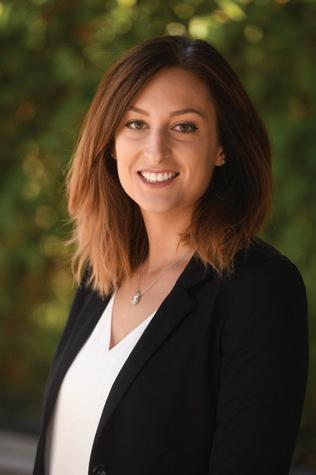


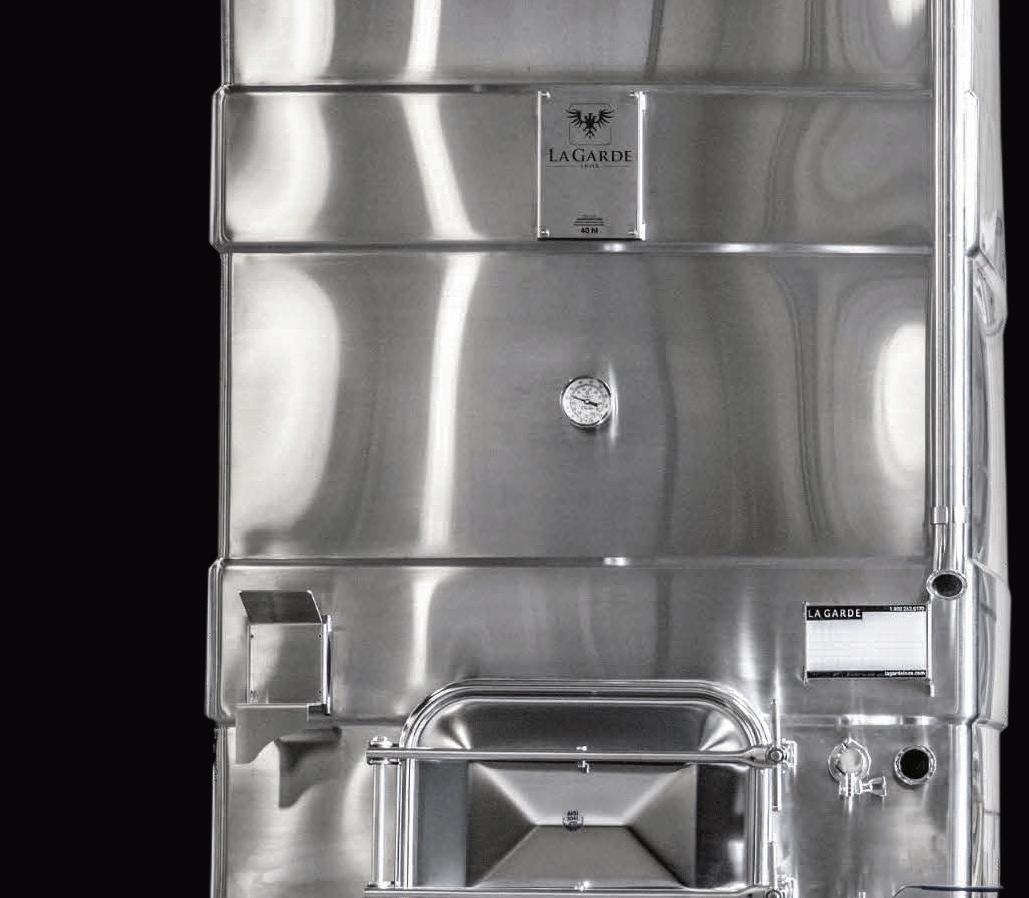

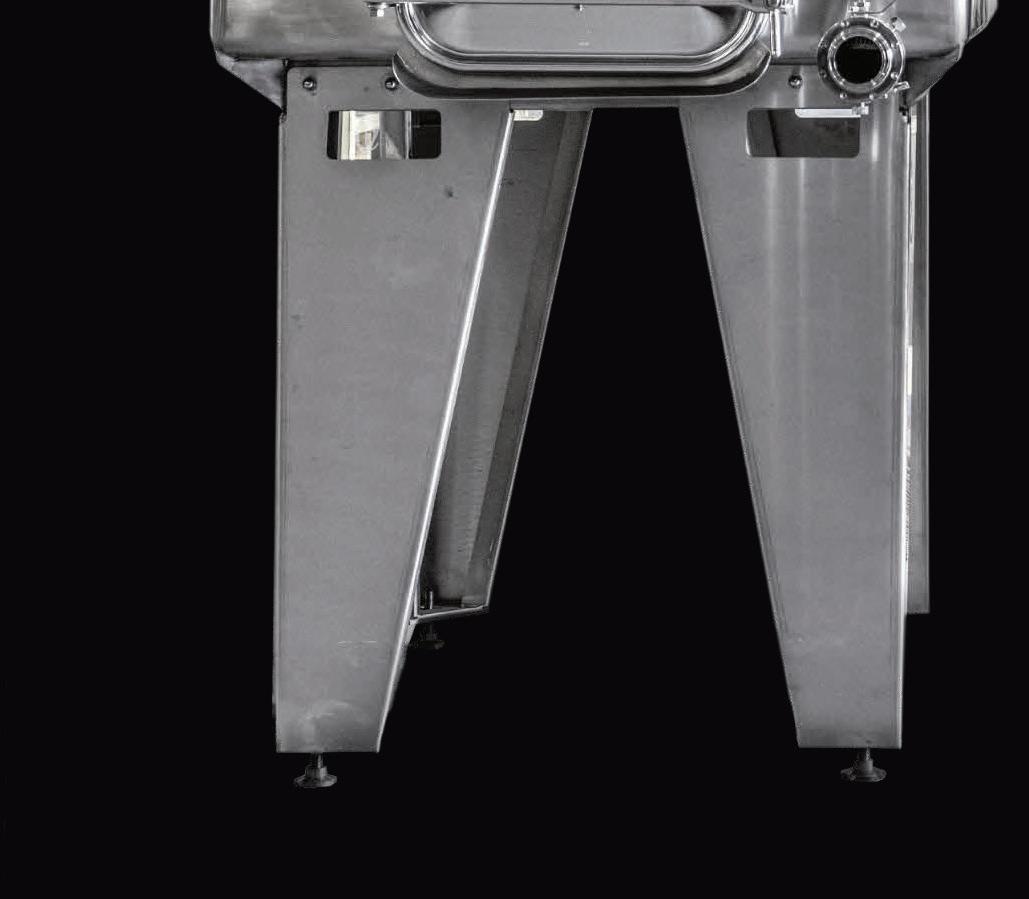
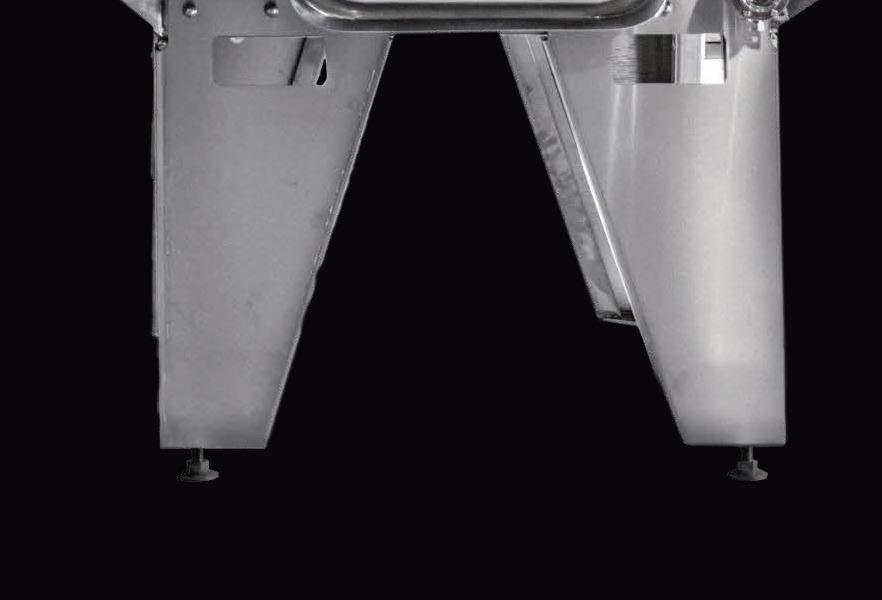

These are the men and women making a difference in the vineyard, whether it’s fighting for better sustainability practices or helping new ventures find the right varieties to plant. Some have been in the industry for decades and have gone mostly unnoticed and others have launched new businesses, but all of them have been pushing vineyard practices forward in 2022.




With Agrology, founder Adam Koeppel wanted to ease the burden of growers with tools that would help predict drought, pest and disease outbreaks, the threat of smoke taint and other natural threats. In addition, he has developed technology that purports to help growers with issues such as carbon monitoring and sustainability measurement. Wineries including Duckhorn Wine Company, Signorello Estate, Boisset Collection, and others have signed on, hoping to make managing their numerous and disparate vineyards simpler.
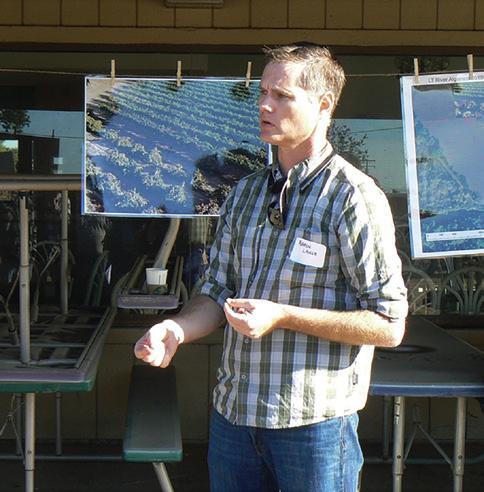


Aaron Lange leads vineyard operations at the family winery in Lodi, Calif., but is also spokesperson for all wineries in the area. In addition to promoting Lodi Wines, he is an outspoken advocate for sustainability, particularly for one often forgotten piece: habitat restoration. LangeTwin Estates is working with the NRCS, RCD, Audobon California, the Center for LandBased Learning & Slews to bring their Sand Point property back to its former glory. This meant removing 13 acres of profitable vineyards and then using the upturned vines to create miniature habitats for wildlife returning to the region.
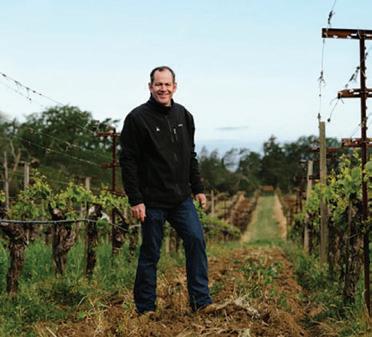

One of the most influential growers and vineyard managers on the Central Coast, Steve McIntyre knows that he is responsible for more than 12,000 acres he farms in the Santa Lucia Highlands, Arroyo Seco, San Bernabe and Hames Valley. He’s an advocate for sustainable practices and a fierce proponent for worker’s rights. McIntyre is the go-to guy for questions about H-2A visas, fairly priced farmworker housing and safe working environments.


Lucie Morton is an independent viticulturist based in Virginia and is the go-to ampelographer for those looking to plant or re-plant in the state. Morton’s work has made her an essential resource in finding the right rootstock and variety for the site, using soil analyses to address nutrient needs, and in the newest integrated pest management projects.
Martin Reyes has held many jobs across the wine industry—importer, buyer, writer, winemaker, podcast co-host—but it’s his latest endeavor that has captured the wine world. Reyes created the Napa THRIVES Initiative, a program that encourages businesses to take a more active approach in building social equity, cutting greenhouse gas emissions, creating strong and healthy vineyards and give back to the local community. More than just a conference, Napa THRIVES provides a year-long mentorship to participants to ensure they can make moves toward these ambitious goals.
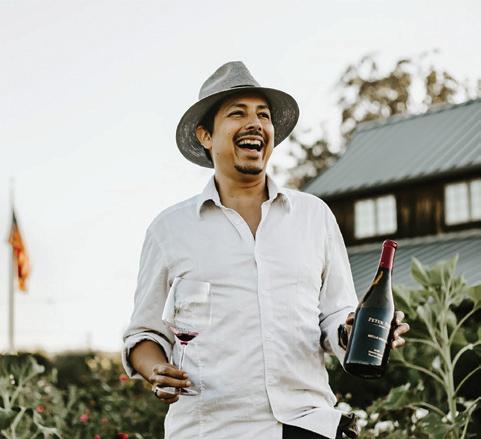
Clay Shannon is a pioneer in Lake County, finding mountain vineyards and farming them organically. Though the region has been long known for more affordable grapes, whether for blending or use in a second label, Shannon has also built a branded wine company that has proven Lake County wines can achieve high scores, fetch higher prices and compete with ultra-premium brands.
Arnulfo Solorio has been in a leadership role at Silverado Farming Company since 2002, but it his is work outside of the company that has had some of the greatest impact on the community. In 2010, while serving on the board of the Napa Valley Grapegrowerws, he created the Napa Valley Farmworker Foundation to ensure that an essential group in the wine industry received a proper education. Today, the Foundation provides thousands with programs that build skills in vineyard operations and safety, leadership and management, mentorship and technology. Since 2020, the Foundation has supported workers through the pandemic and provided masks and emergency financial assistance to farmworkers.
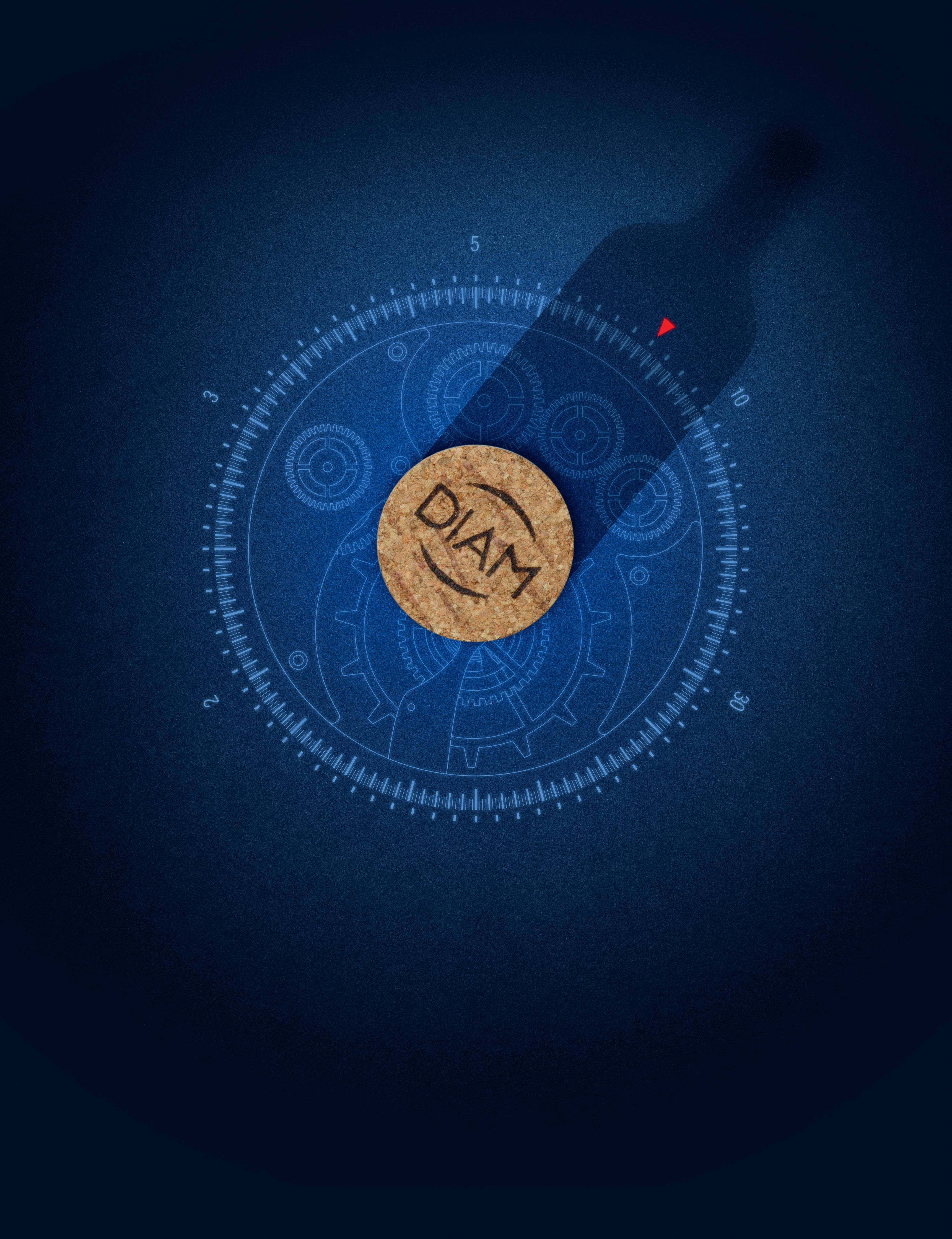
With each Diam solution, winemakers can choose the ideal oxygen level and optimal bottle aging duration depending on their wine profile and wine history. The Diam cork range is unique as it enables winemakers to best meet their consumers ever-changing needs and makes corking the ultimate oenological act.
Diam, the power of choice
Life in the cellar can be rough. Between the demands of harvest, unpredictable weather patterns and additional sales responsibilites, being a winemaker is about more than just creating a beautiful product. From winemaking trials to smoke taint research and giving future generations guidance and support, these are some of 2022’s winemaking leaders.
Chief Winemaker, Ste. Michelle
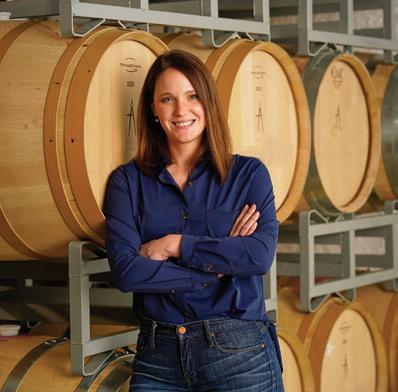



In addition to managing business operations and working with the winemaking, production, and sales and marketing teams, Rebecca is active in the local wine community, mentoring and challenging young talent. She is currently a director with the Washington Winegrowers and a past president of the Washington Wine Technical Group and continues to run trials at the winery on everything from smoke to frost taint.
Winemaker,
Chantal Forthun has been making outstanding Pinot Noir from Flowers’ Sea View Ridge Vineyard on the West Sonoma Coast since 2012, but only until recently has she been able to name the region on the label. A longtime board member of the group pushing to define the sub-AVA, the West Sonoma Coast Vintners, she has been a champion for grape-growing on the true Sonoma Coast.
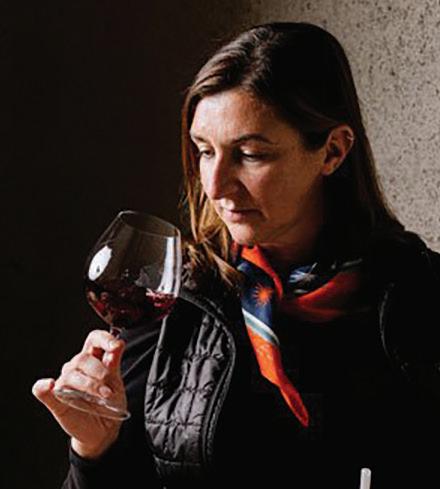
Winemaker and Owner, Turning Tide, Wines by AJ Bringing winemakers and growers together to agree on parameters defining smoke taint, how to identify it and how to mitigate it is no easy feat. As a researcher and wine industry representative on the West Coast Smoke Task Force, that’s exactly what Jacobson has been trying to do. Drawing on her experience making wine from California, Oregon and Washington during her tenure as the first winemaker for Joel Gott Wines, she’s speaking on panels, offering one-on-one advice, and encouraging communication between U.S. and Australian researchers to find solutions.
Juan Muñoz-Oca has been making wine with the Pacific Northwest’s largest wine company for many years, but that has never stopped him from innovating. From 9 month macerations of Cabernet Sauvignon, to augmented reality labels, Muñoz-Oca has been pushing boundaries and encouraging experimentation. Over the last few years, he has been working on more sustainable operations, setting an example for the rest of the region.
In addition to his day job as the director of research for StaVin, Jeff Murrell also runs a wine analytical lab, VinSci, to help wineries in south Napa with their basic analytical needs. At VinSci, Murrell has also been helping winemakers deal with smoke taint with SRx. Still in development, SRx was launched in March 2021 as a smoke remediation method that uses a food-grade resin as a wine- and smoke-specifc fining agent and he’s been offering winemakers use of it to help save their wines.
Chief Winemaking and Operations Officer, Crimson Wine Group
Nicolas Quillé is taking an oft-forgotten social media platform and is using it to help other wine professionals learn more about production. Anyone who follows him on LinkedIn is treated to mini lessons on everything from barrel sanitation to risk management to lessons in the wines of particular regions. He recently collaborated on the fourth edition of Understanding Wine Technology: The Science of Wine Explained—though he has always been willing and excited to help others learn more about anything wine related.
After time spent making wine in Napa and New Zealand, Erin Rasmussen wanted to return to her roots, and push the boundaries of winemaking and grape-growing in the Great Lakes region. In 2018, she founded American Wine Project, a brand focused on working with local growers to make wine from cool-climate varieties such as Brianna, Somerset, Sabrevois, Frontenac, LaCrescent, St. Pepin, LaCrosse, and Marquette. Since its inception, American Wine Project has already grown to include its own tasting room, complete with locally produced snacks and foods. Rasmussen is also teaching harvest interns and volunteers about the benefits of these grapes.


Individually guaranteed TCA taint-free technical corks *
www.corksupply.com

Kevin Sass is one of the Central Coast wine industry’s most prolific winemakers, and one of the most modest. For years, he has been producing high-quality, highly rated wines, running trials on everything from barrel regiments to carboxymethylcellulose as a fining method—all while freely helping any interested winemaker. More recently, Halter Ranch has expanded its vineyard properties with the purchase of Hart Winery, EOS Estate, implemented solar panels and increased sustainability practices and Sass has been an integral part of all these changes.
The last year has seen more than a few rumbles and there’s no question that doing business, in any industry, was difficult in 2022. However, there are always those who have found a way to move forward, to push the boundaries of what the wine industry can be. In 2022, these are the people who have started important conversations, found solutions to serious issues and developed better business practices.
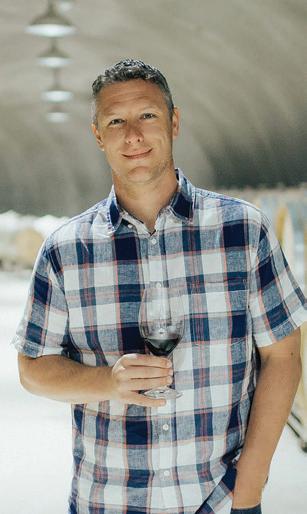
Julie Adams was named president in 2016 and has led Oliver Winery through tremendous growth since. In the last eight years, she’s re-branded, launched new products and navigated a change in ownership—as well as ensured enough capacity to continue larger production and sales. Under her leadership, Oliver Winery was named a Best Place to Work in Indiana in 2019 and 2020, increasing employee retention and satisfaction with a culture based on creativity, collaboration and constructive feedback.
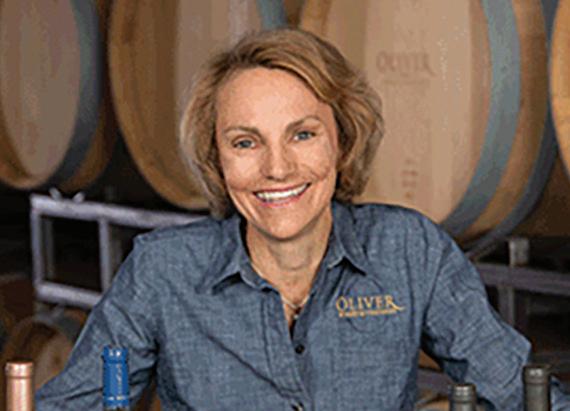

On Sept. 27, 2022, California Governor Gavin Newsom signed SB 1013 into law, including wine packaging in the state’s recycling deposit program for the first time. Starting Jan. 1, 2024, residents can return empty bottles to a recycling center for a $0.10 refund per bottle, or $0.25 for a box, bladder, pouch or other plastic container. This bill is a big win for the state, as traditional curbside recycling can contaminate glass, making it much harder to separate out and re-use properly. Currently, it’s estimated that only 30 percent of the state’s wine bottles are recycled; other glass included in the redemption value has a recycling rate closer to 70 percent.
President, The Duncan Family of Wines (Silver Oak, Twomey, OVID, and Timeless Napa Valley)
Behind the scenes, Tony LeBlanc is running the wineries, cooperage and farming for four classic Napa Valley wineries—Silver Oak, Twomey, OVID and Timeless Napa Valley. In his 30 years with the company, he has ascended to the highest-ranking non-family member in the organization and provides leadership and strategy to every part of the business. It’s not often that ownership nominates someone for this list, but to hear “I can’t say enough about all that he does to make us successful,” you know that this person is essential to a team, and highly respected.
Taking over the helm from one of the greatest mentors and advocates for education is no easy feat, but Steve Lohr has risen to the task, taking the legacy built by his father, Jerry Lohr, and building upon it. A champion of all Central Coast wine regions and a proponent of the three pillars of sustainability, Lohr has invested time and money into ensuring its 4,000-plus acres of vineyards and facilities across the area are not just green, but also beneficial to the communities they inhabit.
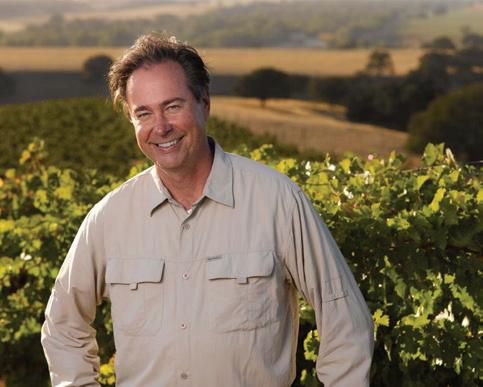

Executive Director, Association of African American Vintners; Founder, Uncorked & Cultured Now in its 20th year, the Association of African American Vintners (AAAV) is growing rapidly, up 500 percent in membership since June 2020. At the helm is Angela McCrae, a media, communications and content expert and she is tasked with building relationships between members and the public, increasing donations and facilitating events and conversations. One area of focus: fostering entrepreneurship and harnessing that energy to help members advance their wine-related businesses.
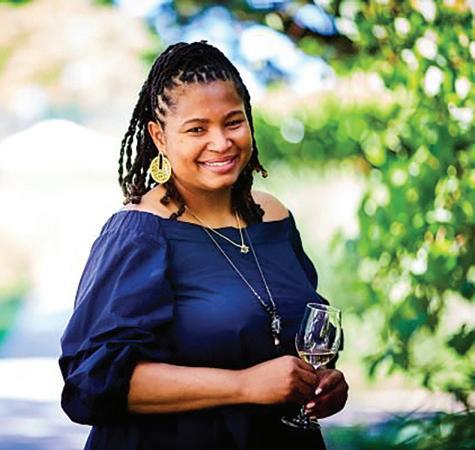







This year, Esther Mobley has been on a tear, penning articles on controversial topics and outing a lot of outdated practices. Mobley has written what many in the industry have been whispering about for years: Napa Valley may be alienating future generations of owners and drinkers. From articles on tasting experiences to climate-related concerns, she has been calling attention to serious issues within the Northern California wine industry as part of the Napa in Flux collection of stories. Her articles have many asking: What is the future of Napa Valley wine?
While many wine companies hunkered down and took a “wait-and-see” approach during the pandemic, Stoller Wine Group was expanding. Mortensen and the team opened its first satellite location in Bend, Oregon, and launched a new Rosé Spritz under its Stoller Family Estate brand to diversify the product portfolio and extend into a new beverage category. Across all its brands—Stoller Family Estate, Chehalem Winery, Chemistry, Canned Oregon, and History—Stoller Wine Group is pushing the boundaries of hospitality with visual and virtual storytelling and of what Oregon wine can be.
One of the industry’s true innovators, Dan Petroski is a force to be reckoned with. From a collaboration series to roundtables, he is moving the conversation within the industry forward. His latest project? The creation of a virtual magazine on Instagram as a method to promote his winery, and the launch of a non-fungible token. Technology and wine aren’t mutually exclusive and Petroski is out to prove it.


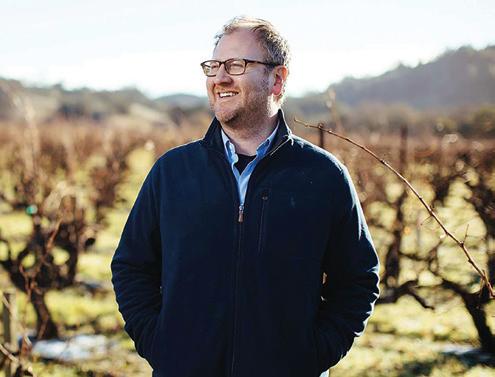
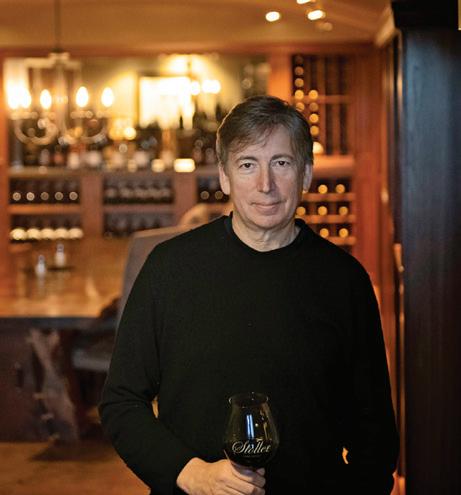
Ten years ago, Realm Cellars was on the verge of bankruptcy and the owners were unsure of what would come next. But since then, Becker and the team have acquired two key properties: Hartwell Estate Winery in Wappo Hill, and more recently a 40-acre property in Pritchard Hill with 22 acres planted to wine grapes. Previously owned by the Chang family, Houyi Vineyard and Nine Suns Winery, as well as their associated brands, are now part of the cult Cabernet producer’s estate.
As overall wine sales start to see smaller and smaller gains in value and volume, it’s more important than ever to increase the pool of consumers. These men and women are actively working to bring wine to new drinkers with innovative branding and packaging, better messaging and highly targeted marketing.
Chasity Cooper has been breaking down barriers and making wine easily accessible to anyone interested in learning more about it through her blog and articles in Eater, Wine Enthusiast, VinePair, SevenFifty Daily, Chicago Magazine and many more. She’s sharing her experiences in wine regions across the world and discussing the intersection of wine and pop culture on social media, finding an eager and enthusiastic audience. In addition, she’s hosting virtual wine tastings and prominently featuring BIPOC producers.
Founder and CEO, Share a Splash Wine Co.
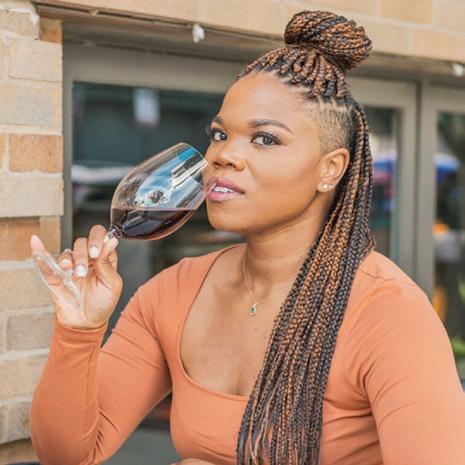
In the mid-2000s, Yoav Gilat noticed a gap in the marketplace—high-quality California Cabernet Sauvignon under $20. Using a negociant-like model, he set out to build a company that makes wine inclusive and fun and welcoming. Success came quickly and he was able to scale up just as rapidly. Today, the Share a Splash portfolio includes Cannonball, Angels & Cowboys, High Dive Napa Valley and imports including New Zealand’s Astrolabe Wines and José Maria da Fonseca’s Twin Vines. To this day, he still works to break down the barriers surrounding wine and create an environment where everyone truly feels welcome.
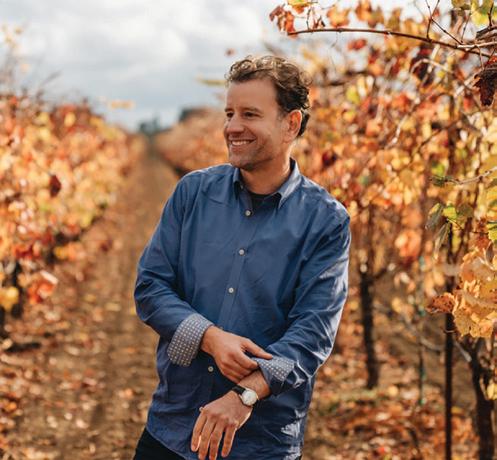
If you want premium canned wine produced by some of the best and most diverse winemakers across the country, you go to Maker Wine first. One of the first wine-in-can brands, the founders set out to bring highend, single-serve wine to the masses, highlighting small producers, unique varieties and overlooked wine regions along the way.
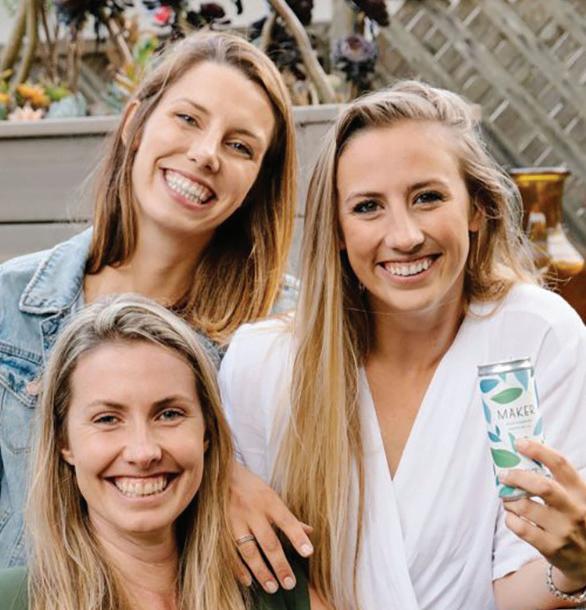
A trusted partner for more than 80 years.
American winemakers and wineries have trusted Scott Laboratories for our technical expertise and best-in-class products for generations. We remain steadfast in our commitment to support and assist winemakers and wineries through every product decision and winemaking challenge for many generations to come.


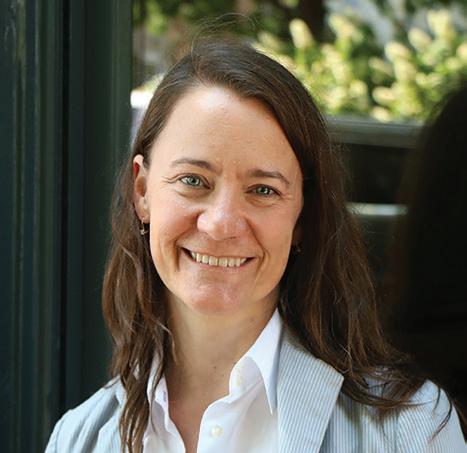
Turn on Chicago’s local morning news station and you will likely see the smiling face of Regine Rousseau, talking about wine, spirits and other beverages and showing audiences that wine can be fun. Shall We Wine’s mission is all about creating memorable experiences, helping brands with experiential live and virtual events, strategic partnerships, digital content and media opportunities to bring new consumers to wine and spirits. You can also find her at various industry conferences and webinars, educating wineries about what consumers want, and how they prefer to drink wine and be marketed to.
For many years, the Wine Market Council has been providing wineries with data-based insights into trends, shopping patterns and demographic habits. Under Stratton’s leadership, the WMC has grown and expanded to become more up to date on consumer wants and needs, and his 35 years of market research, shopper insights and business analytics experience at Constellation Brands and E. & J. Gallo Winery have benefitted not just WMC members, but the industry at large.
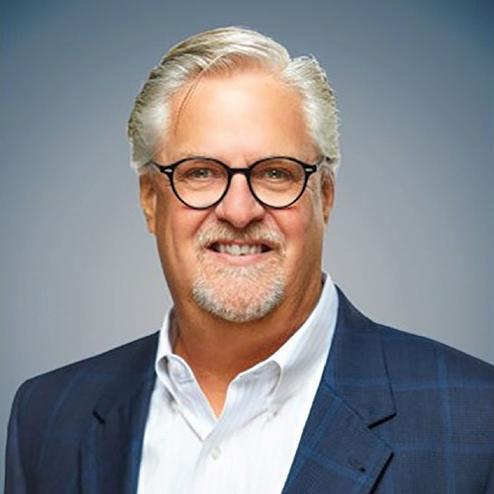


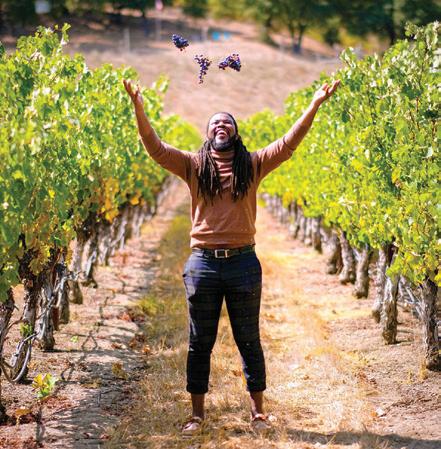
Though he may be a brand ambassador for Dwyane Wade’s wine brand, George Walker III is making all types of wine fun and accessible to new audiences. From his work on SOMM TV’s Sparklers to hosting the When We Gather dinner series in cities across the country, his bright and lively presence is giving an underserved community the wine bug, highlighting Black chefs and making wine a regular part of a dinner conversation.
Most of us can recall one influential teacher or professor, the person that shaped us into the people that we are today. Finding someone who can teach isn’t an easy feat; finding someone who can teach, lead and research? Well, that’s an even tougher task. In 2022, we received a lot of submissions for people who have helped others grow and learn, and narrowing the list down was immensely difficult.
Dr. Hickey and Dr. Centinari have been providing educational outreach for commercial wine grape growers and wineries, home grape growers and winemakers in the state of Pennsylvania for years, but it wasn’t until the Spotted Lanternfly started devasting vineyards across the country that the broader industry took notice. From fruit zone leaf removal to pest management and soil nutrition, these two have worked tirelessly to ensure the grapes and wine produced in the states are of the highest quality.
Todd Steiner has led the Ohio State University program since 2001, but also serves as an enologist, researcher, and resource to the commercial wine industry in the state. His research and extension efforts are focused on vineyard practices and cellar procedures that enhance quality and consistency, and they are regularly featured at the annual Ohio Grape and Wine Conference, of which he is a co-organizer. If a winery in Ohio needs help or a troubleshoot, Steiner is the person they turn to.

Dr. Ting coordinates research for Virginia’s growing wine region, coordinating trials between multiple vintners and growers in the area while also tending to her own wine brand. Her work enables wineries across the state access to new production methods, products and solutions to common hazards and threats. Dr. Ting is an essential resource to those working to push Virginia wine forward. WBM

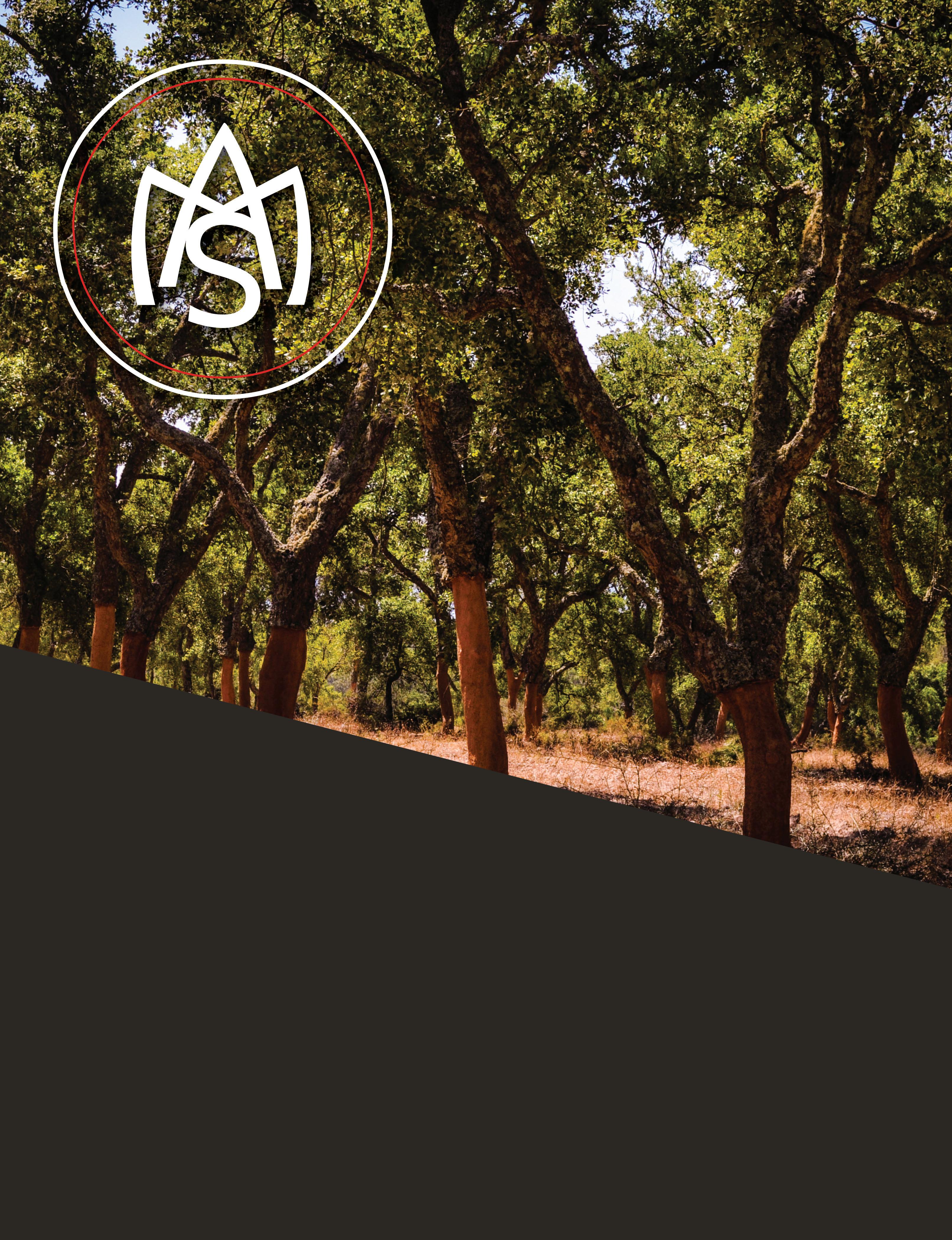
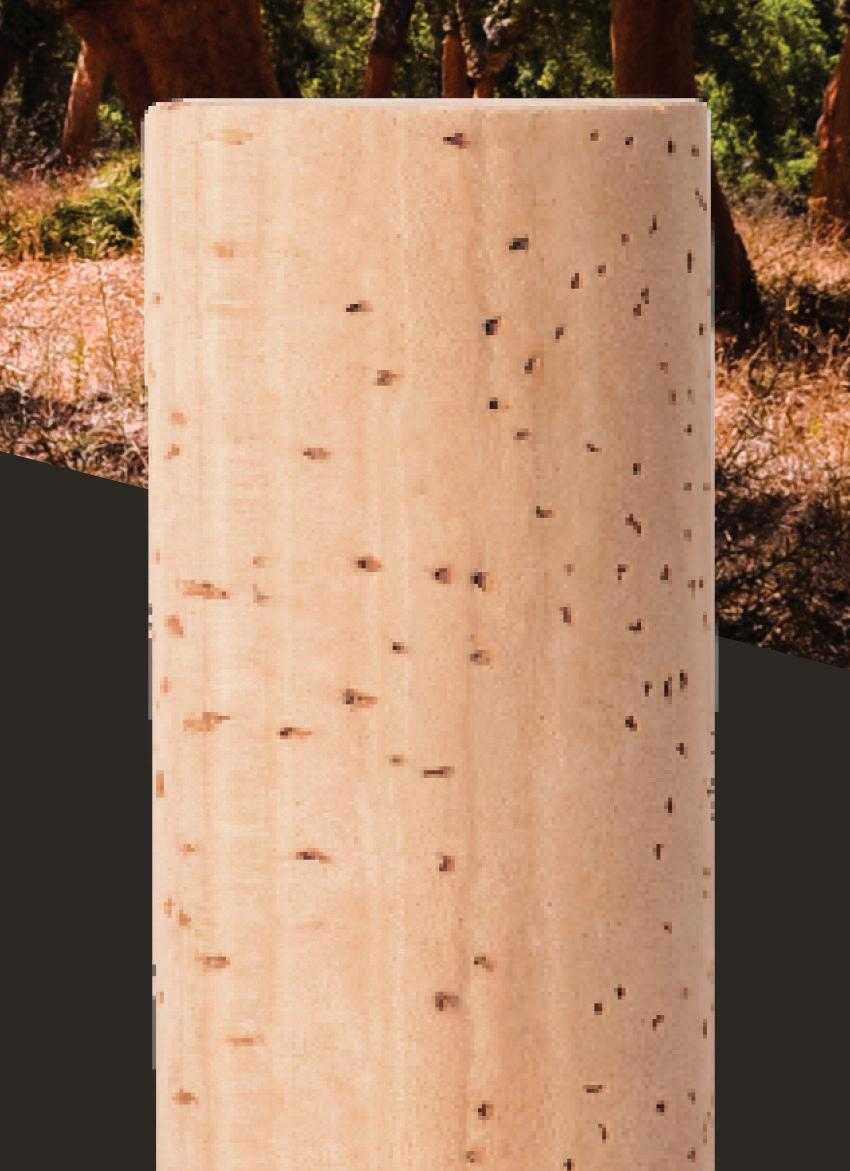


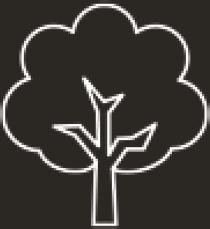

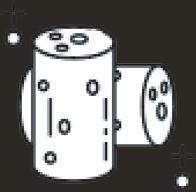


After a lifetime spent making and launching some of the most iconic wines in Napa Valley, Robin Lail is forging a different path: tackling climate change one winery at a time. As the U.S. representative to the Porto Protocol, her primary goal is to increase membership in the association, starting with her hometown. Napa Valley Vintners joined the organization in 2019, and membership now includes Treasury Wine Estates, Larkmead, as well as several Sonoma County and out-of-state producers—all committed to combating climate change.
winemaker and founding partner, Corison Winery
Cathy Corison is a legend in Napa Valley and across the country for producing some of the most sought-after, age-worthy Cabernet Sauvignon. But what has made her a true leader over the years is her steadfast dedication to mentoring new winemakers and working to change the Valley for the better. She’s trained some of the most prolific winemakers and today serves as a winemaking mentor through the Batonnage Forum.
former winemaker/owner, Stag’s Leap Wine Cellars
Part of the Class of ‘72, Warren Winiarski helped put Napa Valley wines on the map with his winning wine at the infamous Judgement of Paris tasting. These days, he’s tackling climate change, working on adjusting the Amerine-Winkler index to reflect warming temperatures and provide better advice to protect against wildfires and smoke taint. He’s also donated substantial sums to the UC Davis Wine Library and The Smithsonian to ensure the history of California wine is preserved.
Linda Bisson former professor, UC Davis Department of V&E Harvey and Wayne Chaplin chairman and CEO of Southern Glazer’s Wine & Spirits, respectively
Joe Ciatti principal, The Zepponi Company
Tony Correia principal, The Correia Co. John DeLuca former president and CEO, Wine Insitute
Nat Dibuduo former president, Allied Grape Growers
Mel Dick Driving force with distribution
Nick Dokoozlian VP of viticulture, chemistry and enology, E. & J. Gallo Winery
Paul Draper former winemaker, Ridge Vineyards
Frank Farella founding partner, Farella Braun + Martel
Fred Franzia co-founder, Bronco Wine Company
Jon Fredrickson founder, Fredrikson & Co
David Freed co-founder, Wine Industry Symposium Group
Joseph Gallo president and CEO, E. & J. Gallo Winery Margareth Henriquez CEO and president, Krug Maison De Champagne
Agustin Huneeus, Sr. owner/partner, Huneeus Vintners
Robert P. (Bobby) Koch president and CEO, Wine Institute
Jerry Lohr chairman, J. Lohr Wines
Norm McKibben founder, Pepper Bridge Winery
David Adelsheim founder and director, Adelsheim Vineyards
Annette Alvarez-Peters former chief wine buyer, beverage alcohol division, Costco
Barbara Banke chairman and proprietor, Jackson Family Wines
Ted Baseler former CEO, Ste. Michelle Wine Estates
Andy Beckstoffer vineyard owner, Beckstoffer Vineyards
Michael Mondavi founder, Folio Fine Wine Partners and Michael Mondavi Family Estate
Robert Nicholson principal, International Wine Associates
Michael Osborn founder and EVP, wine.com
Robert Parker founder, Wine Advocate
Linda Reiff president and CEO, Napa Valley Vintners
Michaela Rodeno former CEO, St. Supéry and Domaine Chandon
Marvin Shanken publisher, Wine Spectator
Richard Smart founder, Smart Viticulture
Bob Trinchero chairman, Trinchero Family Wines
Robert Trone co-founder, Total Wine and More Mario Zepponi founder, Zepponi & Co.


For more than two centuries, the Santa Lucia Highlands primarily grew vegetables. It wasn’t until the 1970s that a few pioneering families ventured into grape growing. Slowly, but surely, more families planted grapes, and now the Santa Lucia Highlands (SLH) AVA, officially established in 1992, encompasses 5,750 acres of prime vineyard mostly planted to Pinot Noir and Chardonnay. The total AVA is 18 miles long, stretching as high as 2,330 feet above sea level. It is listed as Cool Region 1 and semi-arid, with annual rainfall averaging 12 to 14 inches. The major climate influencers are the fog and wind generated from the Monterey Bay.
Steve McIntyre and his wife Kimberly have been involved in the SLH wine boom from the get-go. Based in the Santa Lucia Highlands for more than 30 years, they own two vineyards totaling 161 acres, lease another 400 acres and have partnered in several other ventures. Established in 1992, their Monterey Pacific Farming Company has 17,000 acres under cultivation in Monterey and San Luis Obispo counties and employs 200 people, making it the fifth largest vineyard management company in the United States. They have planted more than 20 percent of the entire SLH AVA and farmed nearly one-third of its vineyards. Their 80-acre estate vineyard, with 60 acres in production, was originally planted in 1973 and still retains 37 acres of own-rooted Pinot Noir heritage clone, the oldest in the SLH. Some of the Pinot Noir and Chardonnay go into their own McIntyre Vineyards brand. The rest is sold to well-respected producers, like Morgan, La Rochelle, De Tierra and Joullian.
In 2005 they established their own wine brand, McIntyre Vineyards. They divided the brand into two tiers: the Santa Lucia Highland Series designed as broad market wines, and the Estate Series sold primarily direct to consumer. This year, they added a third tier named The Winemaker Series. The idea was to have different renowned winemakers make wines from grapes sourced from their estate vineyard. They invited Don Van Staaveren (Chateau St. Jean, Artesa, Three Sticks), Sabrine Rodems (Wrath Wines, Scratch Wines) and Byron Kosuge (Saintsbury, Miura, McEvoy Ranch) to produce the initial offerings.
Each winemaker would select a specific block in the Estate Vineyard. They would make their own harvest decisions and develop their own winemaking protocols. “The genesis for this project was my belief that a little competition and collaboration goes a long way towards accelerating the pace of discovery in our vineyard,” said Steve McIntyre. “Each winemaker
brings their own style and experience to the process of producing spectacular wines.”
It’s always good to have a plan, and McIntyre had one; then nature and circumstance stepped in. Don Van Staaveren made his 2020 Pinot Noir with a field blend of four different clones. Sabrine Rodems used grapes from the same estate vineyard but focused solely on Clone 777. Byron Kosuge was the third winemaker, but fears of smoke taint in SLH pushed him to select Pinot Noir grapes from Santa Rita Hills. So, as the winemaker series began, instead of being focused on a single estate vineyard, there was a minor glitch.
Still, the idea captured our fancy at Wine Business Monthly, and the problems during the startup of this program made it all the more interesting. We decided to have Lance Cutler, who originated our Varietal Focus series, set this up as a mini-Varietal Focus. We will present the ideas behind the project, explain the intended styles of each winemaker, go into detail about how they set out to achieve those styles in both the vineyard and the winery, and finally we will share tasting notes on all the wines.
Steve McIntyre has close to 40 years’ experience winegrowing in the Santa Lucia Highlands AVA. Originally planted in 1973, his McIntyre Estate Vineyard has some of the oldest Pinot Noir and Chardonnay in the entire AVA. As owner/operators of Monterey Pacific, Inc., he and his wife Kimberly helped manage and develop more than 17,000 acres of prime winegrapes. He holds degrees in viticulture and a masters in enology and was a founding member of Sustainability in Practice (SIP) Certified.

According to McIntyre: “Monterey Bay is our most important climate influencer. The wind from the bay pulls cool air from the ocean, dries everything out and modulates high temperatures. Wind, fog and temperature are our terroir. The wind is legendary. It begins in the mid-afternoon and lasts until after dusk during growing season. Average daily winds of 15 to 20 miles per hour effect change in the structure of grape skins, resulting in higher phenolics and deeper flavor. The mid-day wind quickly lowers ambient temperatures, which slow sugar accumulation, giving SLH more time to achieve physiological ripeness in the grape, contributing to a longer growing season than most cool-climate regions.
“Discovering how well Pinot Noir did in this area was the macro-discovery. Now, we are down to the details. We’d like to pass this information on generationally, like the Europeans have done. You are always building on previous knowledge, and you try to make that institutional so you don’t lose that knowledge and need to start over. When we redevelop blocks of





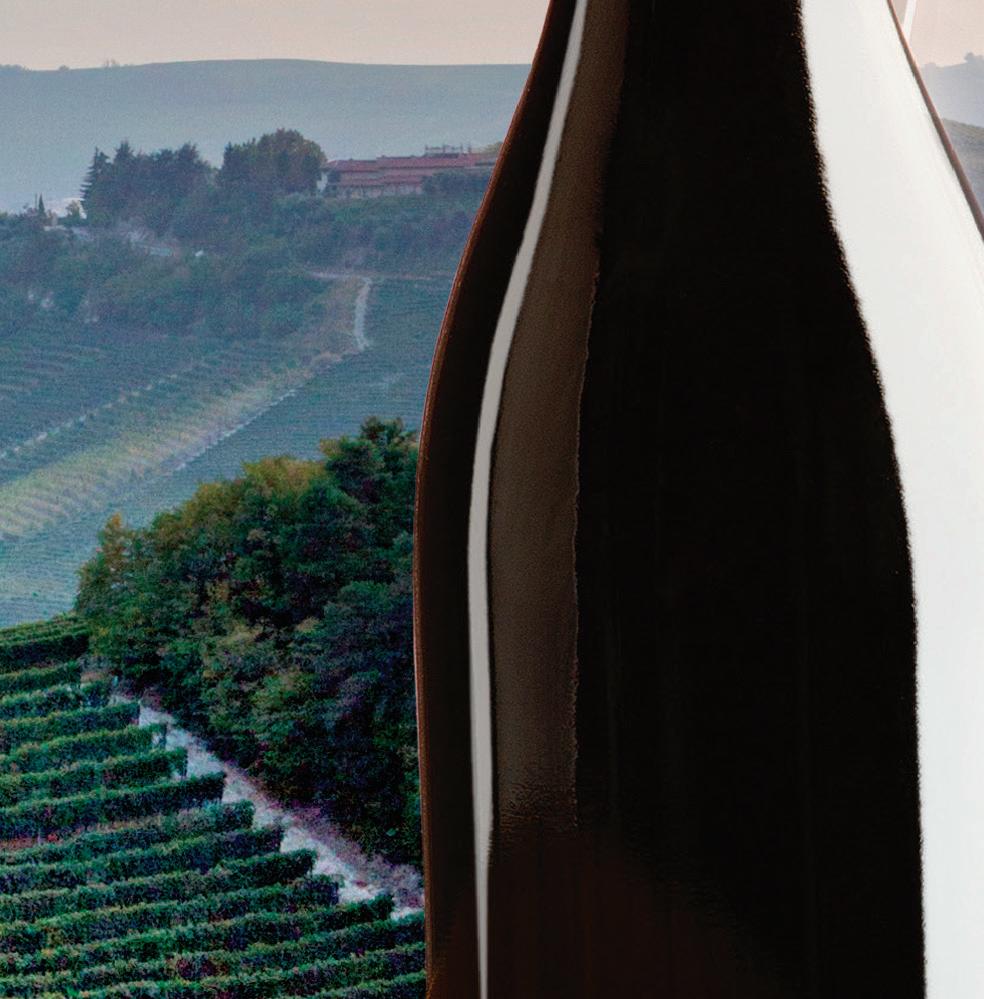


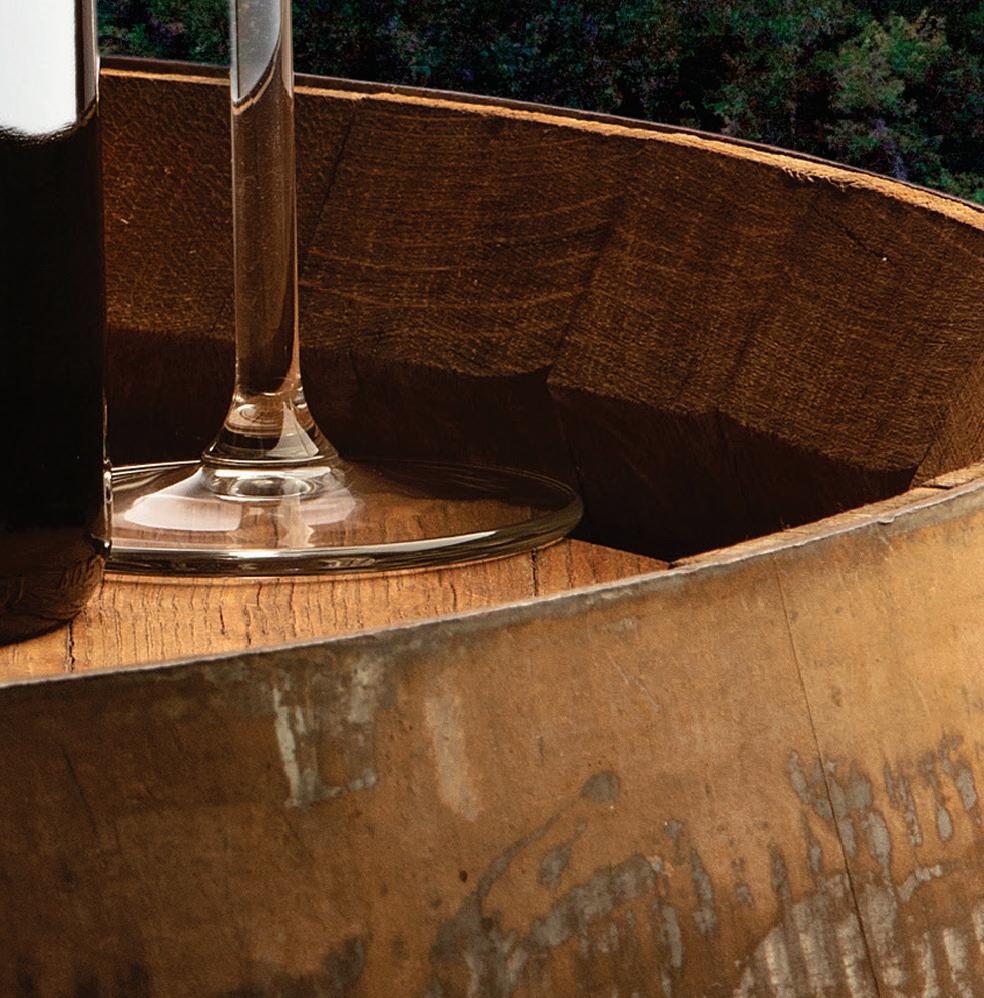

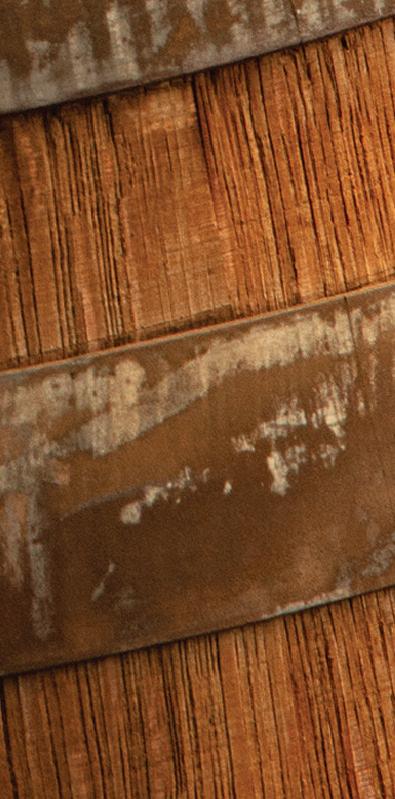
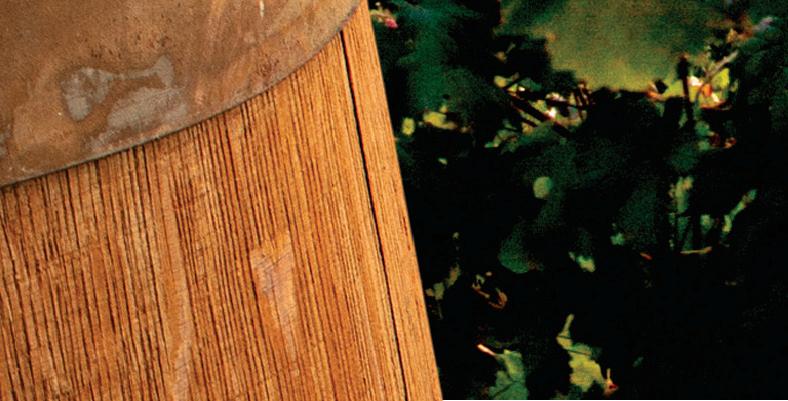




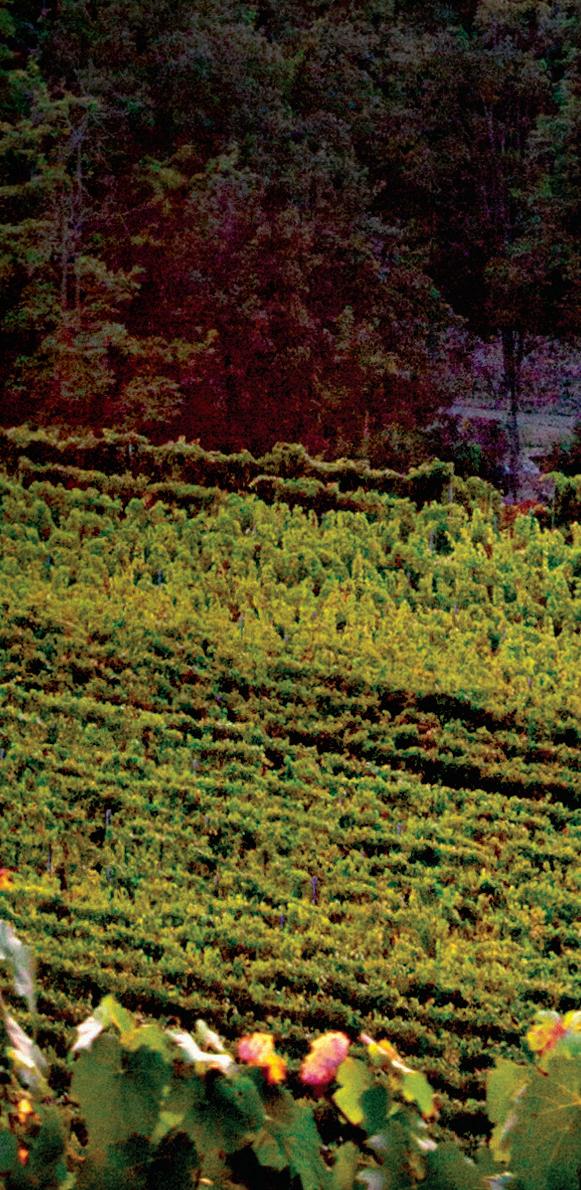
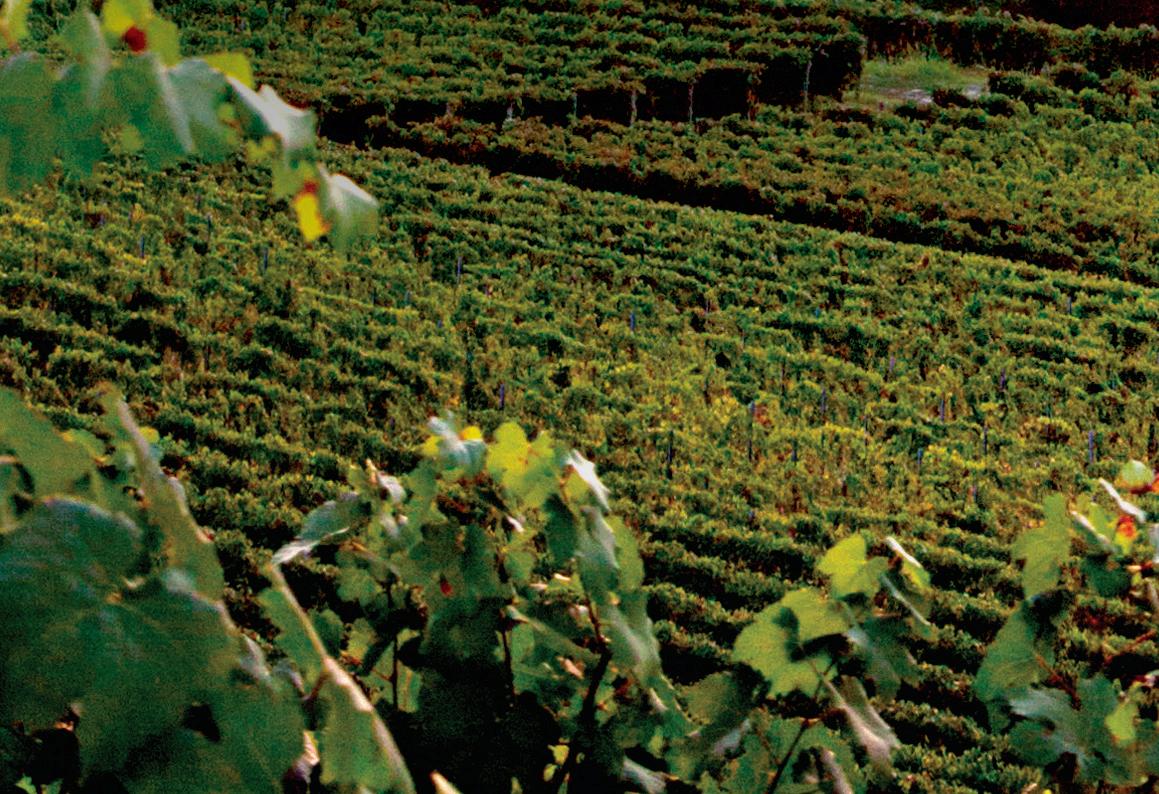





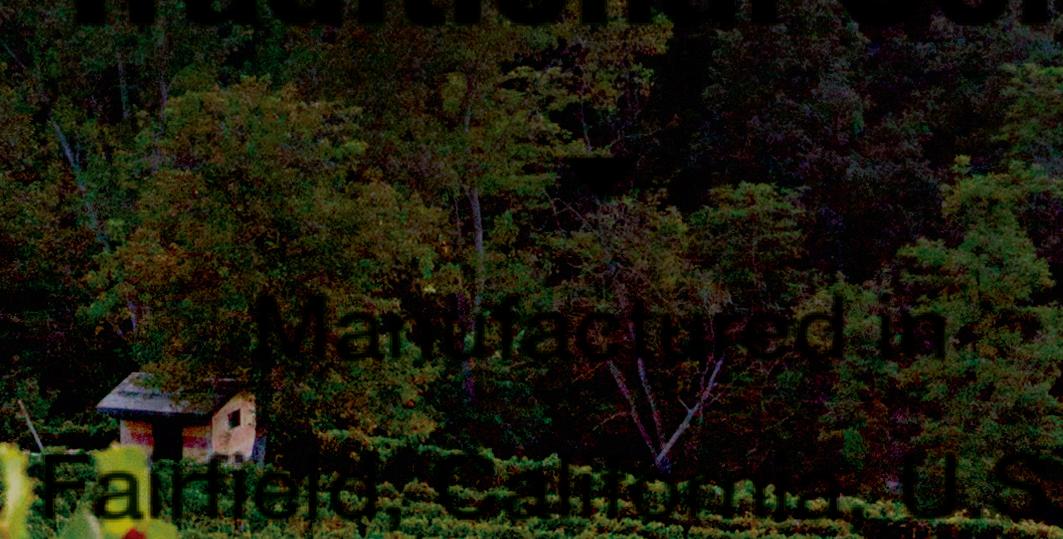

our vineyard, we aren’t looking for revolution, but we do want evolution of discovery to express the best from the vineyard. I use the term ‘terroir’ to describe everything we can’t control, but we are always looking to improve those things we can control.




























































“Our Estate Vineyard consists of Chualar sandy loam soil. Elevation is 275 to 500 feet. The vines for the Winemaker Series come from an alluvial bench sloped towards the Northwest. Vine spacing is 8 x 5 feet. We are working with four specific clones for this series: Swan selection, Calera Clone 91, 777 and 115. The Swan selection is on 1103 P rootstock and is 12 years old while Calera and 943 are six years old and on 3309 rootstocks.













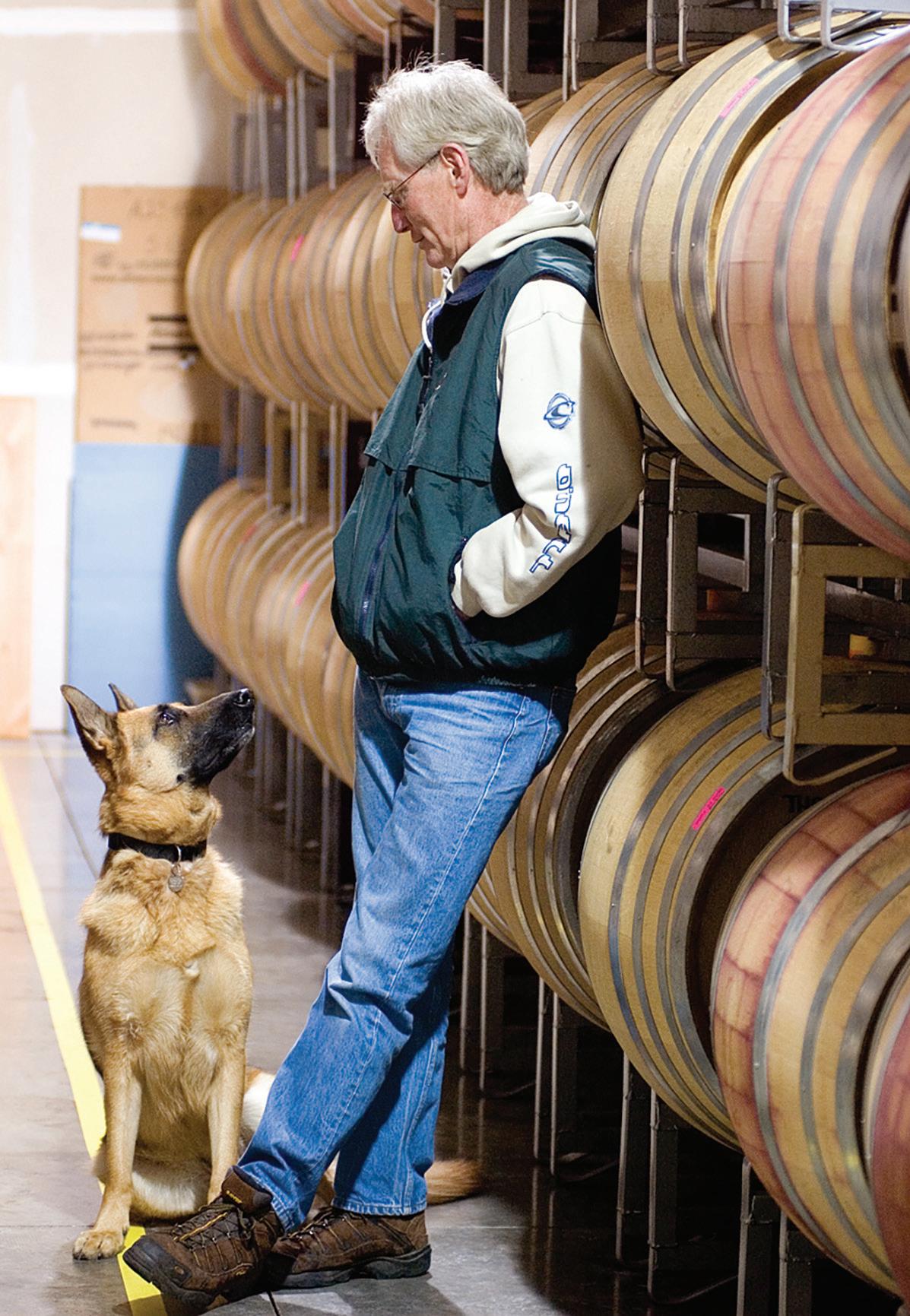
“We farm certifiably-sustainable SIP. We shoot-thin, Guyot-prune and leaf the morning side. We pull laterals as needed, move wires and greendrop. The vineyard is non-tilled. We compost every other row every other year. After veraison, we use an 18-inch shade cloth in the fruit zone on the afternoon sun side for the Swan clone due to row direction.
“To pick, we look for mature seeds and flavor development. We are often waiting for TA to drop, and we rarely add acid to the must. We like to wait until the skins are about to fall apart. Grapes are hand-harvested at night and sorted. Typically, we have plenty of phenols and anthocyanins due to the long hang times. Consequently, our winemakers have lots of tannic structure to work with. There are usually red and dark fruit aromas, like fruit rollups. There can also be some rhubarb and nice morel mushroom character.”
2020 McIntyre Pinot Noir Winemaker Series, 14.6% Alc., 110 cases, $50
Don Van Staaveren was born and raised in the Central Valley of California in a farming family. He earned a B.S. in fruit science from Cal Poly San Luis Obispo. He was vineyard/ranch manager at Buena Vista Vineyards and then moved on as a harvest temp at Chateau St. Jean, where he soon took over the winemaking reins. After 21 years at St. Jean, he helped start Artesa Winery and then moved on to be the founding winemaker at Three Sticks. Now retired, he maintains a small consulting business.
According to Van Staaveren, “I first met Steve McIntyre years ago, working as a winemaker for various wineries. We purchased Pinot Noir from a few of his different vineyards, and I always liked the fruit. Steve is one of the best growers I’ve known in all my years of winemaking. When you walk through one of his vineyards, you can almost feel the health of the soil, transferring through your boots. I have been a fan of SLH Pinot for a long time. This was an opportunity to make wine with a great grower. I will usually drive to Steve’s once a month, during growing season, to check out progress in the vineyard. It is a whole day process.
“There are four different clones at his estate vineyard, and my approach was to co-ferment them all together. I had mixed clones before and really liked how that wine turned out. It also differentiated me from the other winemakers because they were keeping clones separate. This will be my protocol as we move forward with this project. I’ll keep an open mind; and if I learn something that makes better wine, I’ll try it. I already vary the percentage of new oak and whole cluster each year, as well as the cold soak regimen.
“My intent is to showcase the classic SLH profile produced in the McIntyre Estate Vineyard with concentration, intensity, fruit, acidity and texture all in balance. The flavors may vary, but I prefer the darker berry notes rather than the red fruits. I especially like when there is an added savory aspect and a bit of wild game as well. For me, the mouthfeel/texture is the allure of Pinot Noir in SLH. The wines can be full-bodied, big and juicy without being ponderous, yet still exhibit good acidity, roundness and balance.
“This wine combines a field blend of equal parts Swan and Calera selections with Dijon clones 115 and 777. Typically, the grapes are not sorted, but we would optically-sort if needed. We whole cluster 15 to 20 percent of the grapes. The remaining grapes were destemmed. I added 50 ppm SO2 at destemming. Grapes were cold-soaked for three to five days at 50°F. We inoculated with RC 212 yeast, which I like because it takes off quickly and responds well. No acid addition was required; but if needed, it would be at inoculation. We also added GoFerm/Fermaid K at inoculation.
“I punched down four times a day to start and tapered off halfway through fermentation. I tasted for tannic buildup and manipulated the cap less as the coarse tannins build. The maximum temperature was 85°F, and the wine was on the skins for 12 to 15 days. We pressed using a basket press at about 0° Brix. The wine went directly to barrel, and the barrels were numbered as we filled them; so while we don’t separate free run from press juice, we can track them separately. If there is a problem with the last barrels, I can exclude them.
“I add malolactic bacteria at 5° Brix when the wine is warm and the yeast are strong. When we press at 0° Brix, the combination of remaining whole cluster and uncrushed berries will usually jump the Brix about two points. Pressing directly to barrels lends a fresh infusion of oxygen, so the
A monthly interactive digital publication. The latest wine industry metrics, market analysis and trends shaping the wine industr y. Ensure your company’s success by making informed business decisions based on market conditions and emerging new trends.
The Wine Analytics Database features a data cube structure allowing users to easily access and interpret data from multiple sources measuring different dimensions of the North American wine business. Time series data from 2010 to 2022 for multiple data sets. Visualization with charts, graphs and data tables.
Online system, enabling 24/7 access to our proprietary database that includes winery profile and contact information on over 12,000 North American wineries, and over 32,000 contacts.
Enables wineries to identify, contact and monitor U.S. Distributors by state. Monitor your competitor ’s distribution and know the wineries represented in Distributor ’s portfolios. For Distributors and Importers, this searchable database allows you to identify current distributor relationships among U.S. Wineries.
Contact Alan Talbot at: alan@winesvinesanalytics.com winesvinesanalytics.com • 707.940.4744
alcoholic fermentation finishes off quickly. The residual warmth makes the ml go quickly as well. We stir the lees daily during this period. I monitor VA production if the malic fermentation finishes before the alcoholic fermentation.
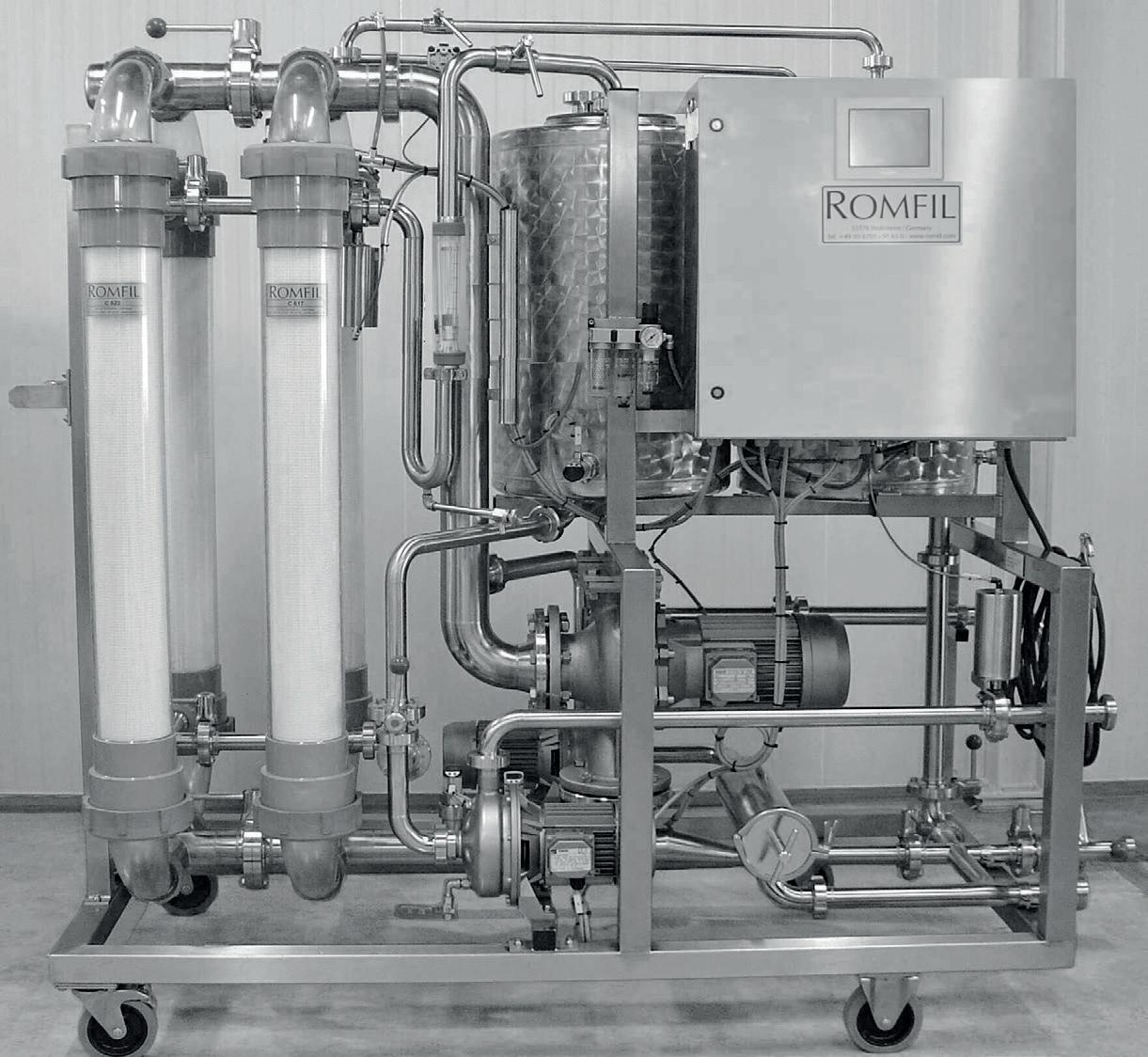
“The wine was aged in French oak barrels (50 percent new) for 14 months. During aging, the wine was stirred once monthly. The wine was racked one month before bottling, crossflow-filtered and aged one year in bottle before release.”
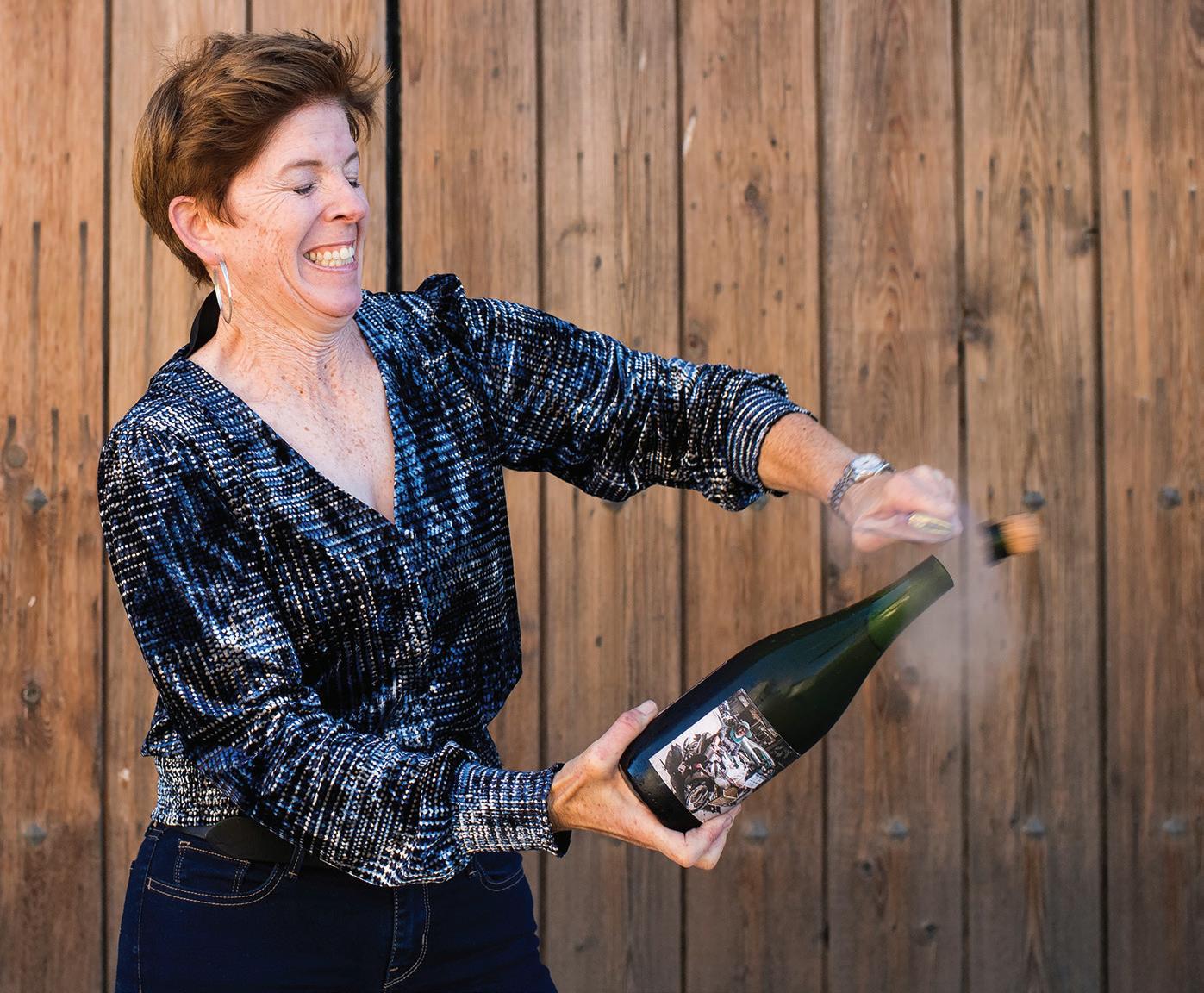
Van Staaveren: Saturated color with a nice jewel tone. Lush full aromas with some plum, and a hint of forest floor and game. Palate ripe berry, dark red fruit. Pleased with how fresh the palate is. Smooth with good length. Juicy on entry. Persistent palate with fruit throughout. Nice balance. Good acidity.
Rodems: A depth of aroma on the nose. Black cherries with coffee/ cocoa and some cedar box. Mouth nicely structured with fruit filling flavors. Energy in front, lush in middle and finishes like a feather bed.
Kosuge: Shows more oak but harmoniously folded into the wine, almost a chocolatey note layered on top of the fruit. Juicy and ripe on the palate. On the palate there is a slightly herbal note.

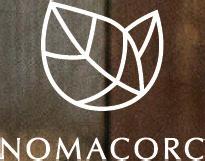





making highly-acclaimed wines from some of the best vineyards in California, both as winemaker for Wrath Wines and as owner/winemaker of Scratch Wines.
According to Rodems, “I’ve known Steve McIntyre for years. We purchase grapes from his estate vineyard, and he operates as our vineyard manager here at Wrath. When he asked me to participate in his Winemaker Series, I quickly agreed. I opted to work with Clone 777 from his estate vineyard because we had only purchased Clone 115 from him in the past and I wanted to try something different.
“My goal is to reveal the true expression of terroir with a little Sabrine Rodems thrown in. I wanted a wine that was not hugely Californian but wasn’t French either. In the Santa Lucia Highlands, we’ll get a lot of flavor, even at 24 to 25° Brix. I try to get maximum extraction, using some stems to develop a bit of style with some structure to balance the fruitiness. Because we pick at reasonable Brix, the acids aren’t crazy low. A lot of California Pinots can be overblown and too fruity, Some French Pinots can be too lean and lacking something. I want the best of both worlds. Balance is what I am after. Clone 777 is not an overly fruity clone: there can be some earthiness to it, especially coming from the rocky soils at Steve’s vineyard. From some sites, it can be downright subtle, too subtle. I wanted to see if this clone off his property offered more of a punch, and it did.

“This wine is made from 100-percent Clone 777 Pinot Noir. I decided to treat these grapes exactly the way I do for our single vineyard Pinots. That means I use 20-percent whole cluster grapes. The rest are sorted then destemmed but not crushed (rollers out). I add 50 ppm SO2 during destemming and cold-soak in the barrel room for three to five days at 55°F. Fermentation starts with ‘barn’ yeast, but I inoculate with RC 212 yeast, which ferments really well and lends some floral components, and it doesn’t go too crazy fast. We don’t need any acid additions, but we did add Fermaid K.
“We pump-over, once a day, during cold soak and then twice a day during fermentation. I let the fermentation get as hot as it will go, usually a bit over 90°F. The hotter you can get it, the more extraction, and it won’t be hot for that long. It heats up most around 10 or 11° Brix so it will start cooling off on its own anyway. We’ll also throw in an extra pump-over when it is at its extreme heat point. After 12 days on the skins, we press off at 0° Brix. I separate the free run juice from the press because the press juice will be sweet due to the whole clusters. We inoculate for malolactic, which occurs in barrel until finished. The wine aged in one-year-old French oak barrels for 10 months. The wine was not racked nor stirred until bottling. It was pad- and then sterile-filtered.”
Rodems: Earthy, spicy, white pepper/black pepper aroma with an herbaceous note of fennel frond and tarragon. Spiced cranberries, pomegranate, crab-apple, watermelon rind and tarragon. Tastes and smells like fall. Curious to see how this wine develops. I suspect herbaceous notes will become like Bergamot tea.
Van Staaveren: Pretty color. Elegant aromas. A hint of meat, a hallmark of Pinot. More red fruit. A hint of fresh herb, maybe from stems. Juicy entry on palate. Focus on red fruit and cherry. Palate soft and smooth, with a creamy red fruit texture.
Kosuge: Shows the least oak of the three wines. It has the typical juiciness of SLH fruit and Steve’s vineyard, with that herbal note. This is the flashiest wine of the group.
DIEMME membrane presses feature a high draining surface with mirror polished channels. All DIEMME presses have no minimum load. Every press is high quality built and customized based on your production requirements. The latest control panel technology offers 32 fully customizable programs on a 10” high resolution color touch screen with remote access capability. Backed by ColloPack’s technical expertise, large spare part inventory and after-sales support including 24/7 harvest assistance.
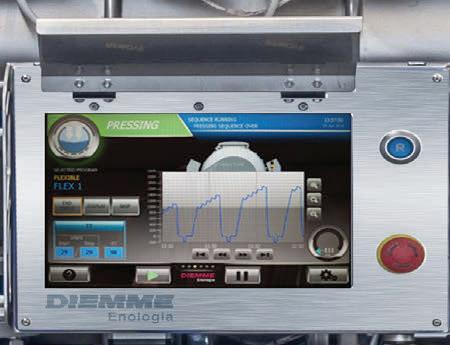


2020 McIntyre Pinot Noir Winemaker Series 14.5% alc., 100 cases, $50


Byron Kosuge graduated UC Davis with an enology degree in 1985. His first job was at Saintsbury Winery, where he was hired as assistant winemaker. In 1996, he was promoted to winemaker, a position he held until 2001. Additionally, Kosuge has worked as a winemaker and consulting winemaker for McEvoy Ranch, McIntyre Vineyards, Miura, Kingston Family Vineyards in Chile and his own B. Kosuge Wines.
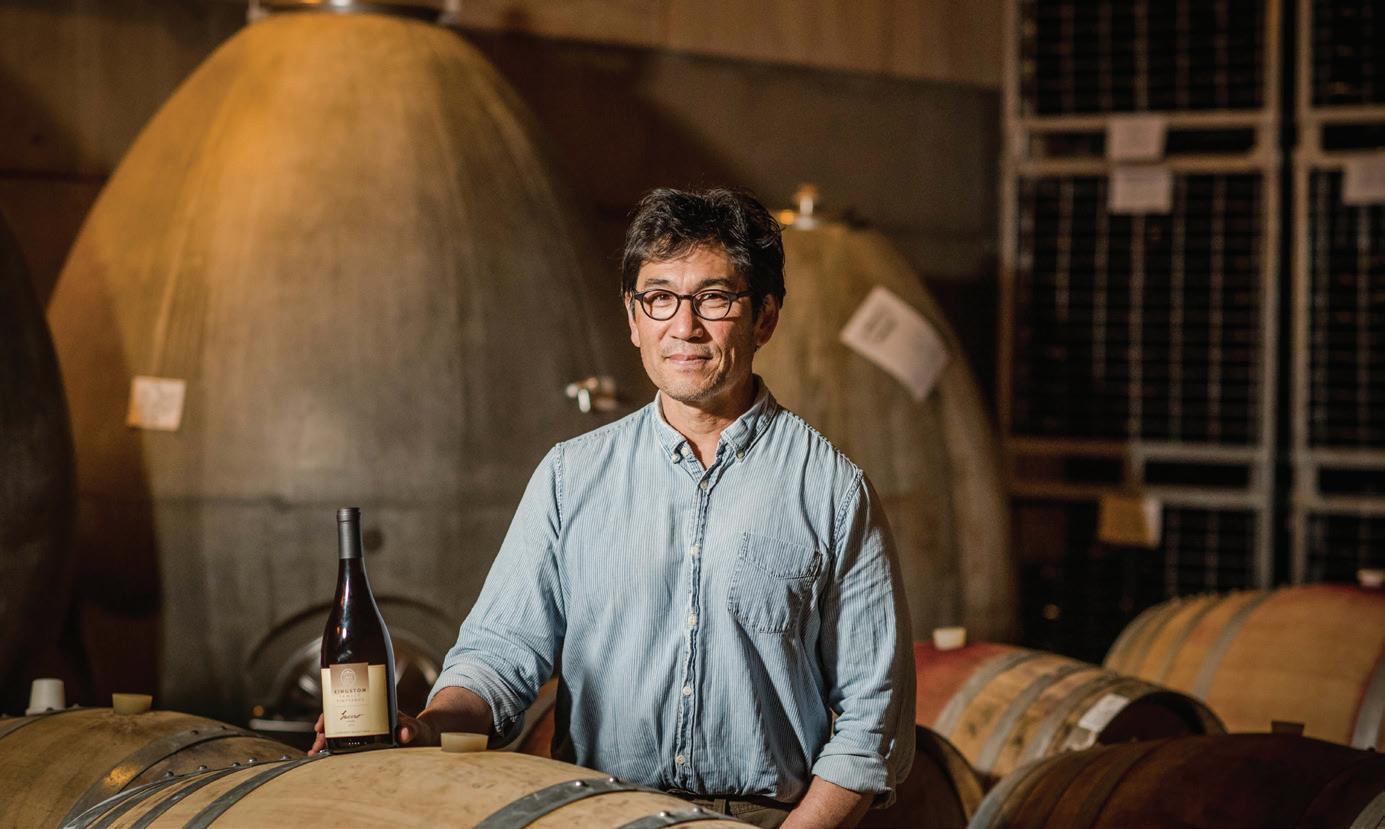
According to Kosuge, “This fruit came from Spear Estate in the Santa Rita Hills. We went there as insurance against concerns about smoke taint in SLH (that luckily turned out to be unfounded) and as part of Steve McIntyre’s intentional exploration. Going forward, all Winemaker Series wine will be from McIntyre Estate Vineyard. While the Santa Rita Hills are typically known for their big, ripe and juicy Pinot Noirs, my intent was to make sure the wines were also balanced, fresh and energetic, without denying the flashier part of their personality.
“Grapes were cluster-sorted, about one-third whole cluster, and the rest destemmed and then fermented together. We added 35 ppm SO2 at that time. Grapes were passively cold-soaked for five days until native yeast fermentation kicked off. No acid additions were needed or made. When necessary, I’ll add FC Bio nutrient.
“Once fermentation started, I used a combination of pump-over and punch-down with frequency and timing determined each day by taste. I tasted for astringency, tannic buildup and general quality of extraction. Pump-overs and punch-downs offer different types of extraction. The thing that is good about pump-overs is that in addition to extraction, it mixes up the tank better. Punch- downs can’t get the wine at the bottom of the tank up over the cap. Punch-downs macerate the fruit more at the point of contact. So, I like doing both so you get good extraction, and it is uniform, Peak temperature, during fermentation, is 90°F. Juice was in contact with skins for 17 days.
“The wine was pressed a few days after dryness, and we separated free run juice from press. We drained the tank directly to barrels because I rarely have an open tank. I let the last bit of wine dribble out overnight, using a sump covered with a sheet of plastic. In my experience, free run Pinot Noir is better than the press portion. Unlike some varieties, the press wine is less

concentrated and tannic than the free run. Using that overnight draining method, we get about 85 percent of the wine out just by gravity. Sometimes the press wine is good, and we’ll put it back into the blend, but we usually keep it separate.


“We used 100-percent French oak barrels from a mix of forests and coopers with 20-percent new oak. We primarily used Sirugue and Atelier barrels. I think they have an affinity for Central Coast Pinot Noir. Then I’ll try one other just to see what happens. Native malolactic occurred in barrel, and we aged in barrel for 16 months. The wine was racked one time to assemble the blend. It was crossflow-filtered prior to bottling.”
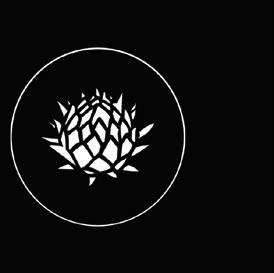



Kosuge: At the moment, it is quiet in the aromas compared to the other two. This is less fruity but has more spice in the aroma. Tight on the palate. Noticeably less ripe and juicy, which almost entirely relates to the fruit sourcing. The tannins are more noticeable. Nice, extracted color.
Van Staaveren: Darker fruit. More plum. Focused fruit. Fruit forward on palate with spice, like cinnamon or nutmeg. Palate had that fruit focus throughout. Good length, least weight of the three, a surprise. Balanced and dynamic.
Rodems: Licorice spice and some nutmeg with a little cedar and nice floral notes. Solid Bing cherry and pomegranate on the nose and in the mouth. Bing cherry or “just ripe” plum with red currants/hawthorn finish. Love the juiciness and energy in the mouth.
Since 2020, the Winemaker Series has continued smoothly, with all three winemakers selecting grapes from the estate vineyard each vintage. McIntyre said, “I want to replant the vineyard, using all the knowledge we are gaining in this process. Having different winemakers make different style wines gives us information on what works best, and we can use that to make our replanting decisions.” He continued, “I also know there is no one style that pleases everyone so why not provide a variety of styles? Having these winemakers exhibit their unique styles will help us meet consumer preferences.”
McIntyre plans to add more winemakers to his Winemaker Series program. As the program moves forward, it will be fascinating to see whether it is the terroir that drives the differences, the various clones or the individual winemaking methodologies. Like everything else in the wine business, it will take time, but it would certainly be an appealing development to track over the next few years. WBM



In early August, winemaker Ray McKee was contemplating another harvest in Washington from his office located at the new Trothe winery in the Horse Heaven Hills AVA near the city of Prosser, Wash.

The 2022 vintage is McKee’s 30th, and he said he expected the grapes for sparkling wine wouldn’t be picked for another two weeks at least, and the reds were only about halfway through veraison. A vintage that had seemed set to arrive early had reverted to more typical timing, following a rare spring snowstorm that dropped several inches in early April. That snow melted within hours of accumulating, thanks to daytime highs in the 40s, but McKee said it was the first spring snow that eastern Washington had seen in decades. “It was gone before you could even get out and make a snowman out of it.”
A bit of weather weirdness seems downright pedestrian compared to the ongoing disruptions set in motion by a global pandemic. It’s been a challenging couple of harvests for even the most well-established estate wineries, but McKee had been trying to build a new winery in the face of myriad delays and supply shortages. As the former red wine winemaker at Chateau Ste. Michelle, McKee had more than a decade of experience managing—large-scale construction projects—but even that did not prepare him for the delays of the past year.
“We built some big, big projects, and I’ve never seen anything go haywire this badly—but then it’s the same for everyone out there,” he said on a video call with Wine Business Monthly. “All you can do is just work together. It’s no fault of anyone that you can’t find steel panels for six months and so many little things that slow the process down.”

Though its construction had been delayed by months, the winery is part of the latest stage of an Eastern Washington agricultural legacy that spans decades. The winery is owned by Andrews Family Vineyards, which encompasses 1,300 acres of vines in the Horse Heaven Hills AVA. Although the family planted its first 20 acres of Cabernet Sauvignon in 1994, the Andrews have a long history of farming that stretches back to 1920. The name Trothe comes from an archaic word to describe loyalty or a pledged faithfulness, and the brand is the Andrews’ first estate wine.
McKee said Mike Andrews and his son Jeff first approached him about six years ago with the idea of an estate winemaking project. The Andrews

were working with around 40 vineyard customers who were raking in the accolades—and sales—of wines produced from the vineyard. McKee recalled Mike Andrews saying he wanted to make the best Cabernet possible from the vineyard to which McKee replied he knew exactly which vineyard blocks to use and that he’d been waiting for such an opportunity his entire career.
Prior to working with the Andrews’ family, McKee grew up helping at his parents’ vineyard and winery in the Yakima Valley and gained more experience at several other wineries in the state besides Ste. Michelle.


“We started very small. The inaugural 2018 release was only five barrels; but along the way, we just kept reinforcing that long-term goal of making the very best Andrews’ estate Cabernet possible,” he said. “The concept of a winery came in because, if we really want to be doing that —the very best possible— we needed complete control.”

Complete control may have been the vision, but it had to wait due to the delays of 2021. Thankfully for McKee and the Andrews family, there were other options.

“It was the Zirkle Four Feathers Winery. There are great people there. I’ve known them my whole career, and I’ve done a lot of work with them in the past, but we had a very quick conversation where I said, ‘Help,’ and they said, ‘Yeah, let’s make this work,’” McKee recalled. The Zirkles are another well-established farming family with a long history in Eastern Washington. “It turned out brilliant. We all talk about the congeniality of our business in Washington, and then you get in a real bind, and somebody really comes through for you. It’s fantastic.”
McKee has no complaints with the general contractor, Mountain States Construction, which he says did an excellent job, contending with continual and severe supply shortages. Eastern Washington also remains a rural region with a small pool of subcontractors who were in demand from countless other clients, trying to get their own delayed construction projects back on schedule. “It was a blessing to be able to make our wine exactly how we wanted to at Four Feathers,” McKee said. “That was just stupendous, and now we’re getting into the vintage, and we’ve brought back all our equipment




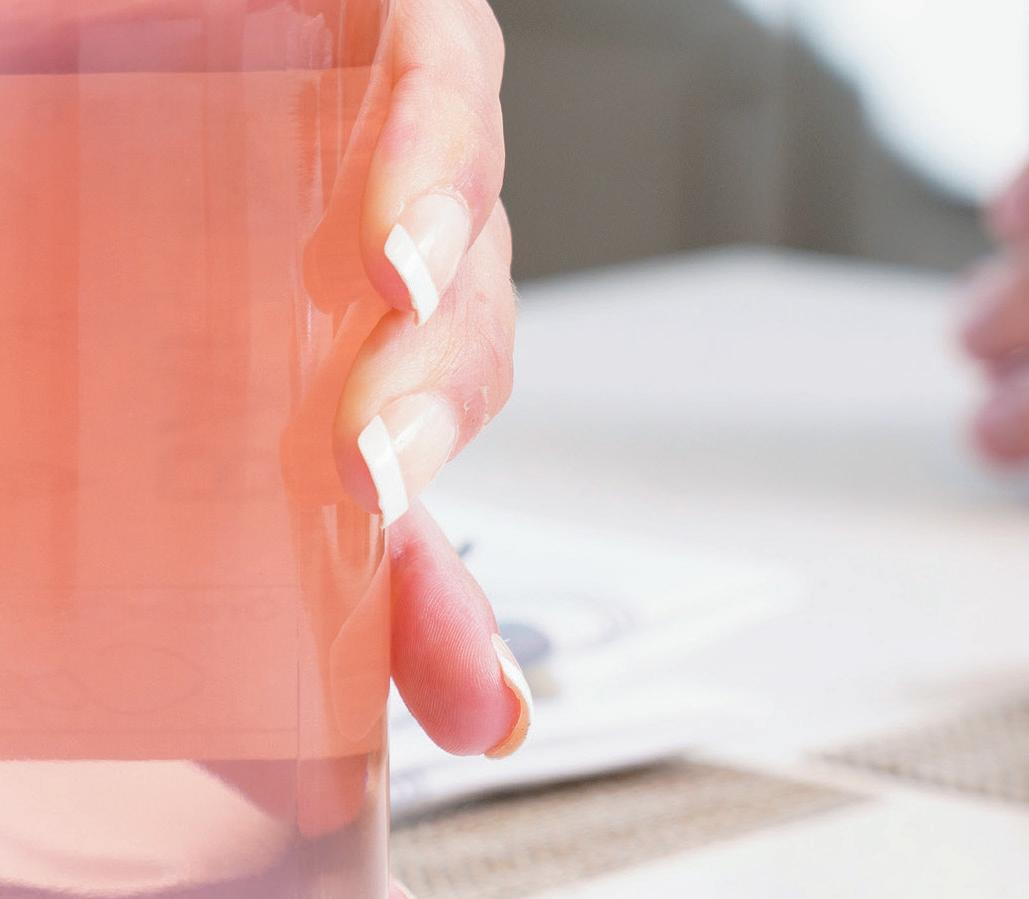




and set up our tanks. Everything’s up and running, so now it’s like a bad dream you hardly remember.”
That is, of course, aside from the fact that all the regular harvest preparation has also been a challenge because of ongoing supply chain delays. As a winemaker who has worked in Washington almost his entire career, McKee is used to ordering early and extra as equipment and supplies typically land at a port in California and then need to be trucked up to Washington. “Last year we had barrels that were on the water for five months, and there’s nothing my cooper can do about it. You’re crying on each other’s shoulders,” he remembered. “Last year was horrible, and it’s not become better.”
But while it hasn’t been easy, McKee said he was thrilled to be breaking in a new facility with the 2022 harvest. As control and quality remain the foremost goal, McKee invested in a Pellenc M destemmer on the crush pad with a WECO optical sorter. All the grapes used for Trothe are picked by hand except for the Sauvignon Blanc, which is harvested via a Pellenc machine. The red clusters are collected in half-ton MacroBins that are dumped directly into the Pellenc destemmer and then emptied onto a Bucher Vaslin sorting table, which feeds the optical sorter.
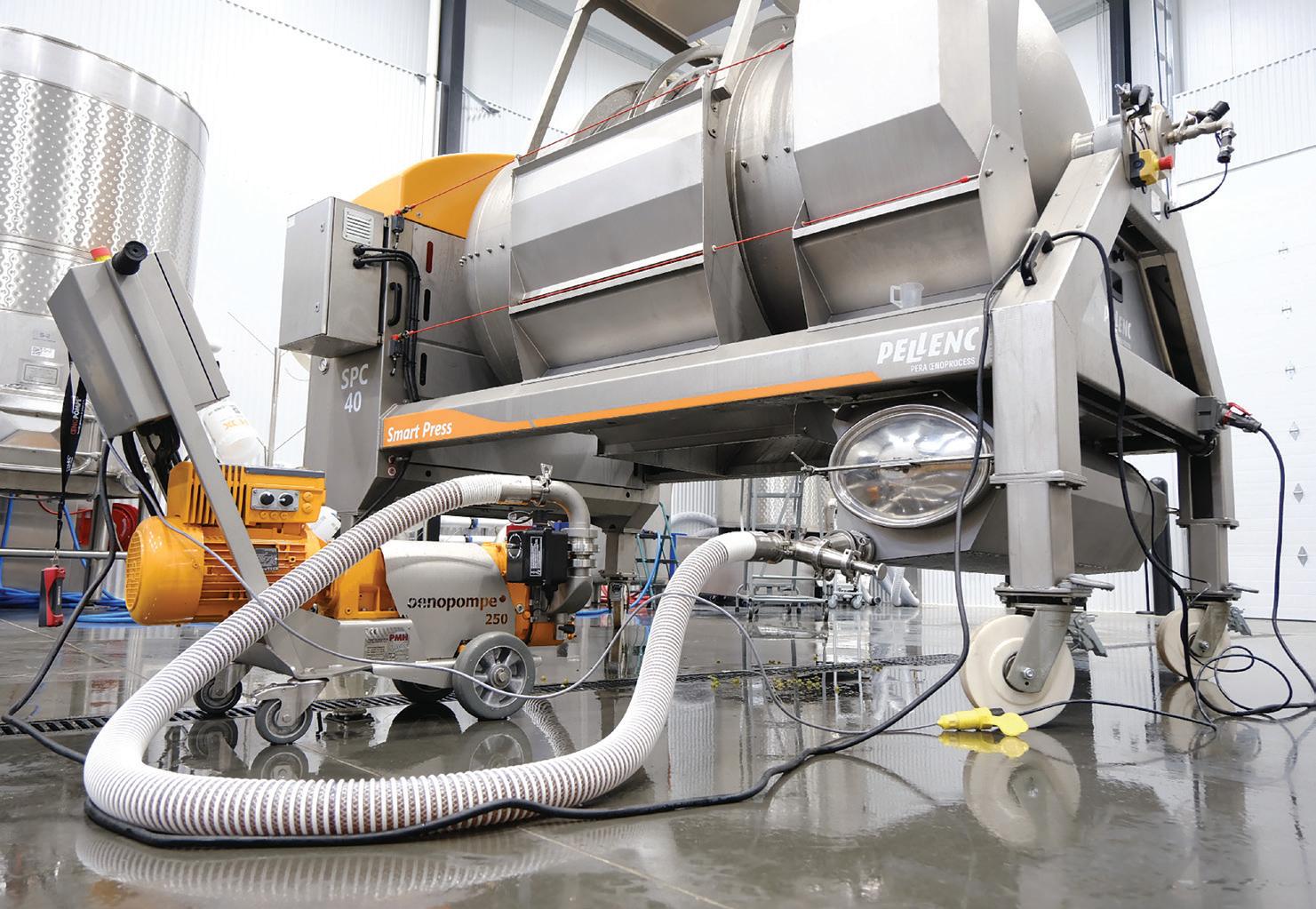
The winery is equipped with a mix of stainless-steel tanks by Spokane Stainless and concrete fermenters by Nico Velo and Nomblot. Aside from whole-cluster ferments, almost all of the red must is transferred via a peristaltic pump that McKee prefers because of its gentler pumping mechanism. “It’s not as fast as some of your modern positive displacement pumps, but the peristaltic is very gentle, and there’s almost no crushing in it,” he explained.
For Trothe and the half-dozen clients that booked custom crush services for 2022, McKee said the average fermentation lot will be 2 to 4 tons, and the winery can run more than two dozen fermentations simultaneously.

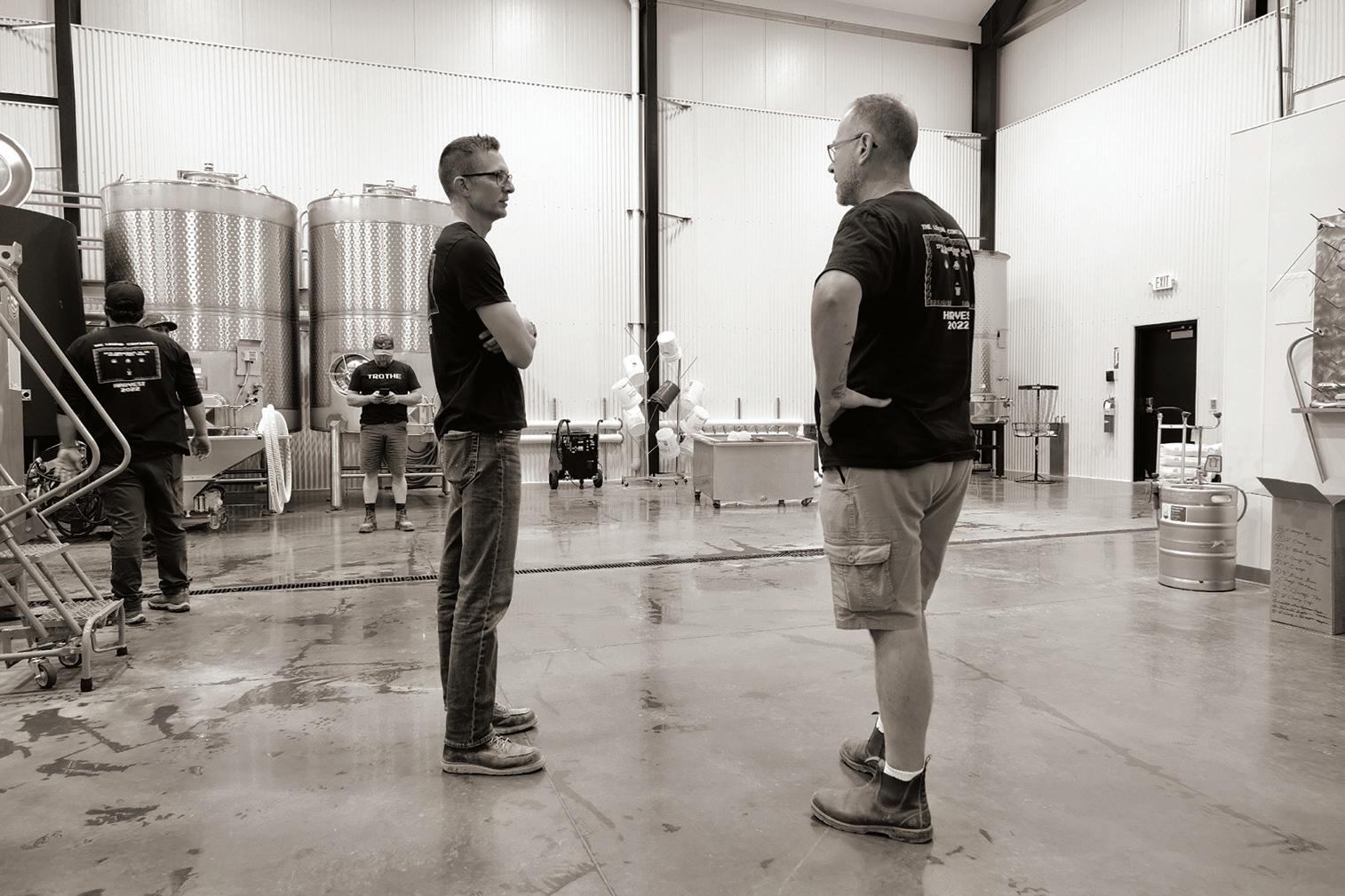

Every tank is hooked up to glycol for heating and chilling and is controlled by a TankNet system. A few larger stainless-steel tanks can accommodate up to 6 tons and will be used for blending and bottling. Most of the cellar equipment came via Central Industrial Sales, which also provided custom stainless-steel fabrication.
McKee expects to crush around 120 tons in 2022 with about a quarter of that for Trothe. Clients who use the winery are charged a flat, per-ton rate while some vineyard clients are just using the crush pad and then hauling the processed grapes back to their own facilities. The winery is fully booked for the 2022 vintage—and that came through just from word of mouth discussions among wineries that were seeking an option for high-end red winemaking. “The building was designed to be expandable, and we’re taking reservations for next year’s clients already,” he said.
A few of the concrete tanks are equipped with built-in pump-over systems, and a client installed some open-top oak vats with built-in pumps as well. McKee said because Trothe and the custom clients are working with smaller lots that are destined for the high-end market, they can provide as much hands-on work as possible. “We can do anything and everything,” he stated. “We could délestage every fermenter in here, if we wanted, because we have the time and space, (or) we could punch-down everything too.”
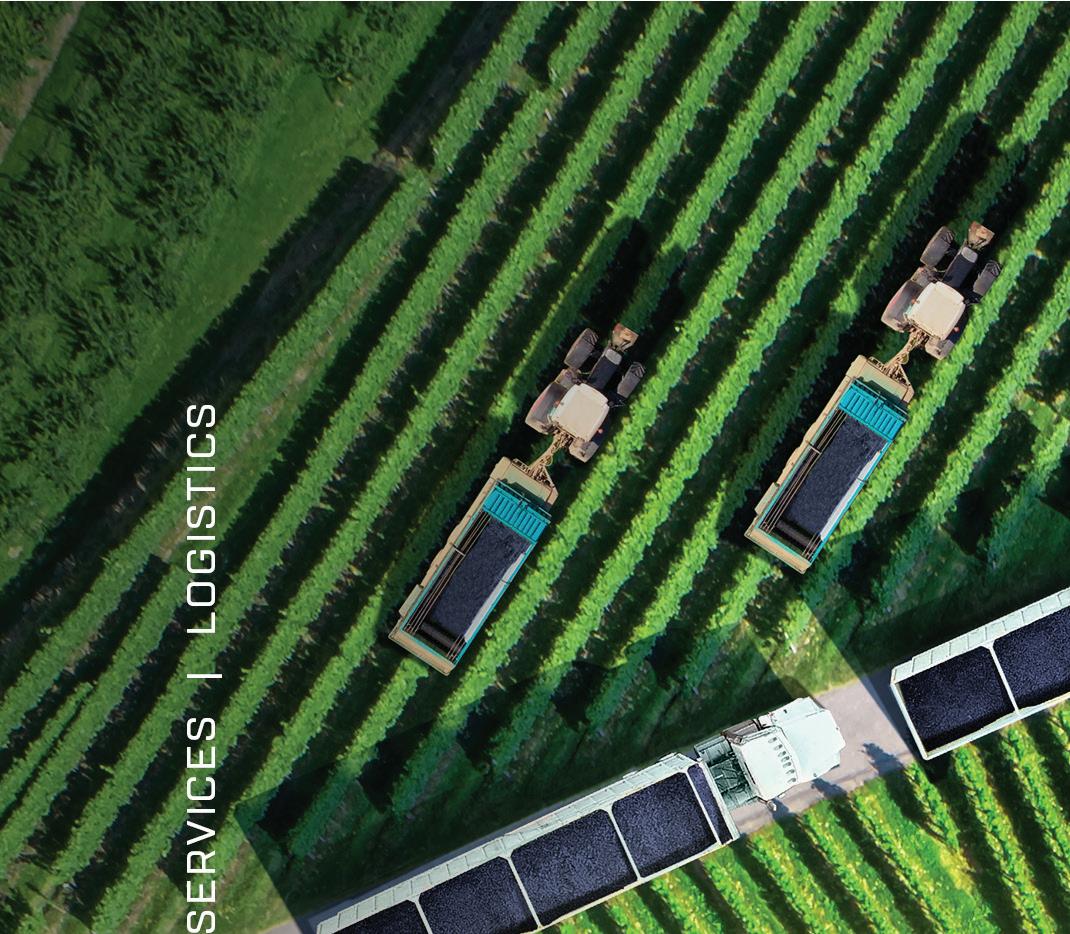
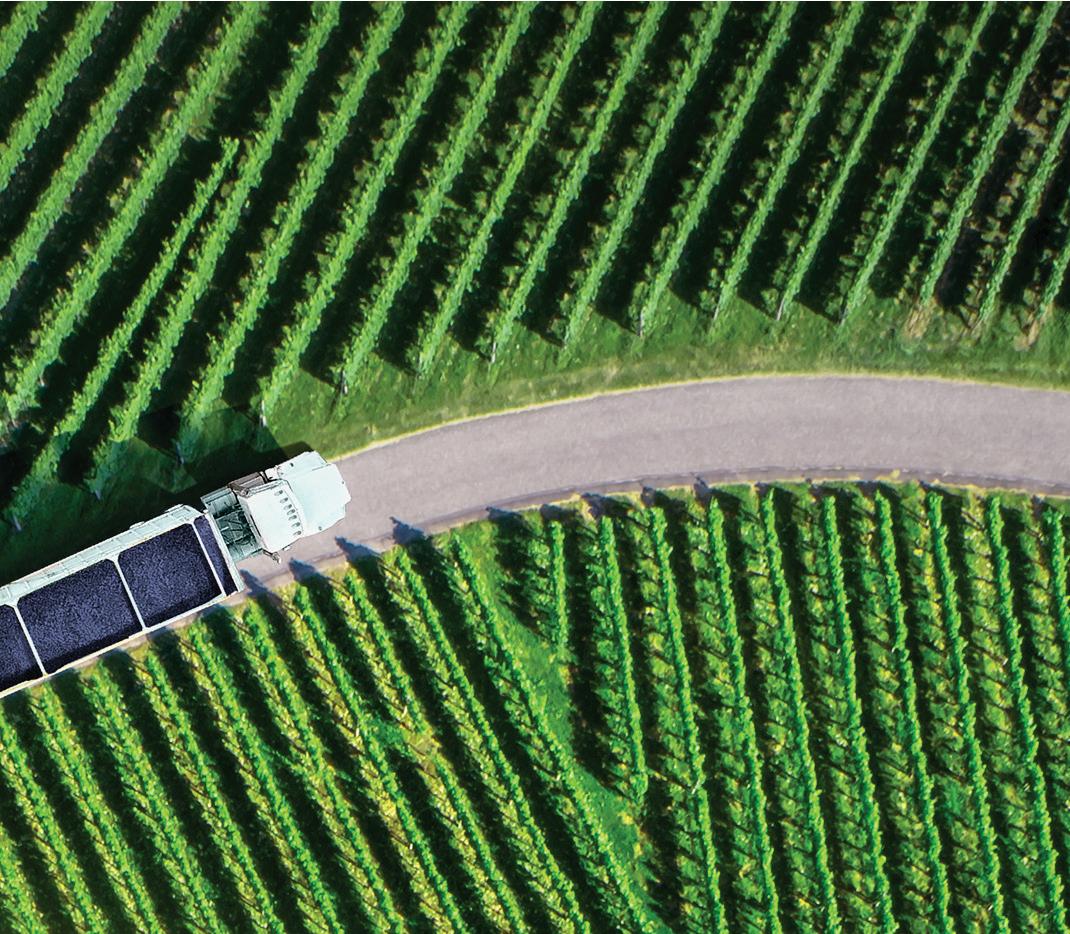

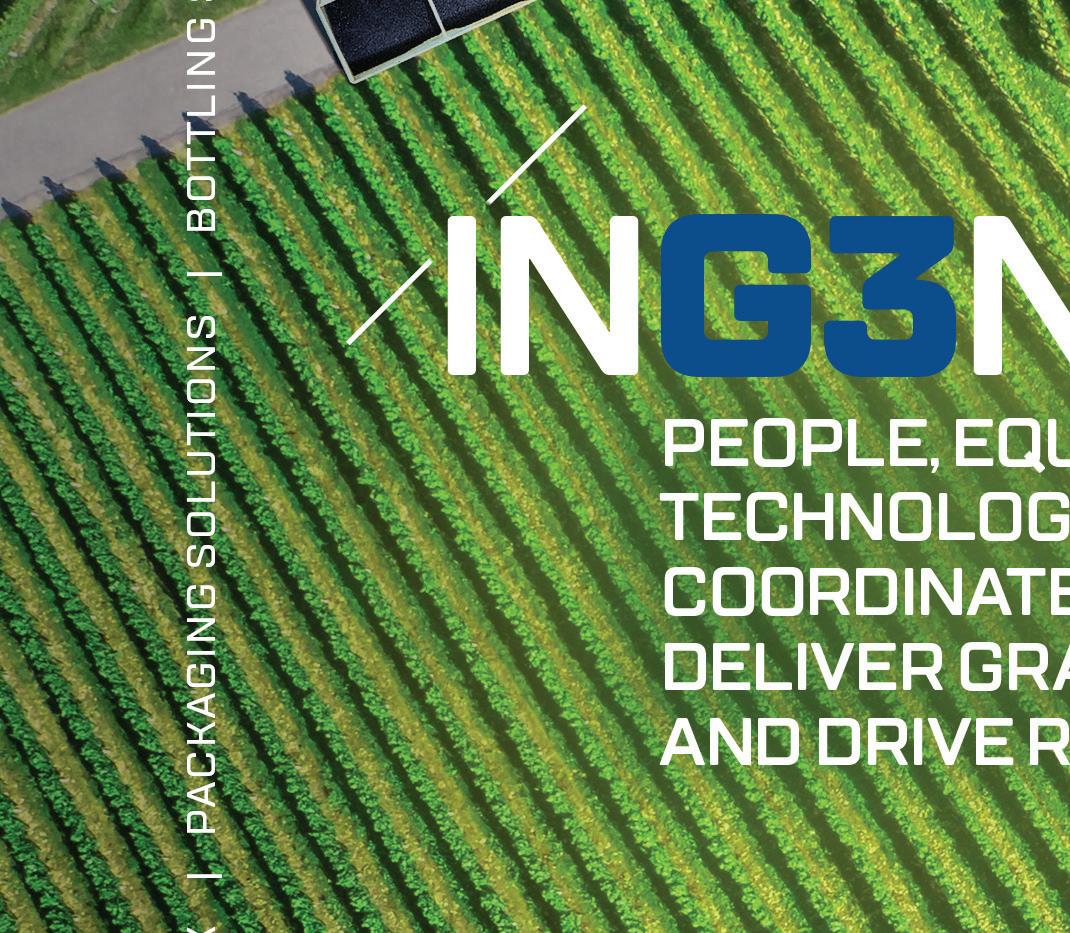

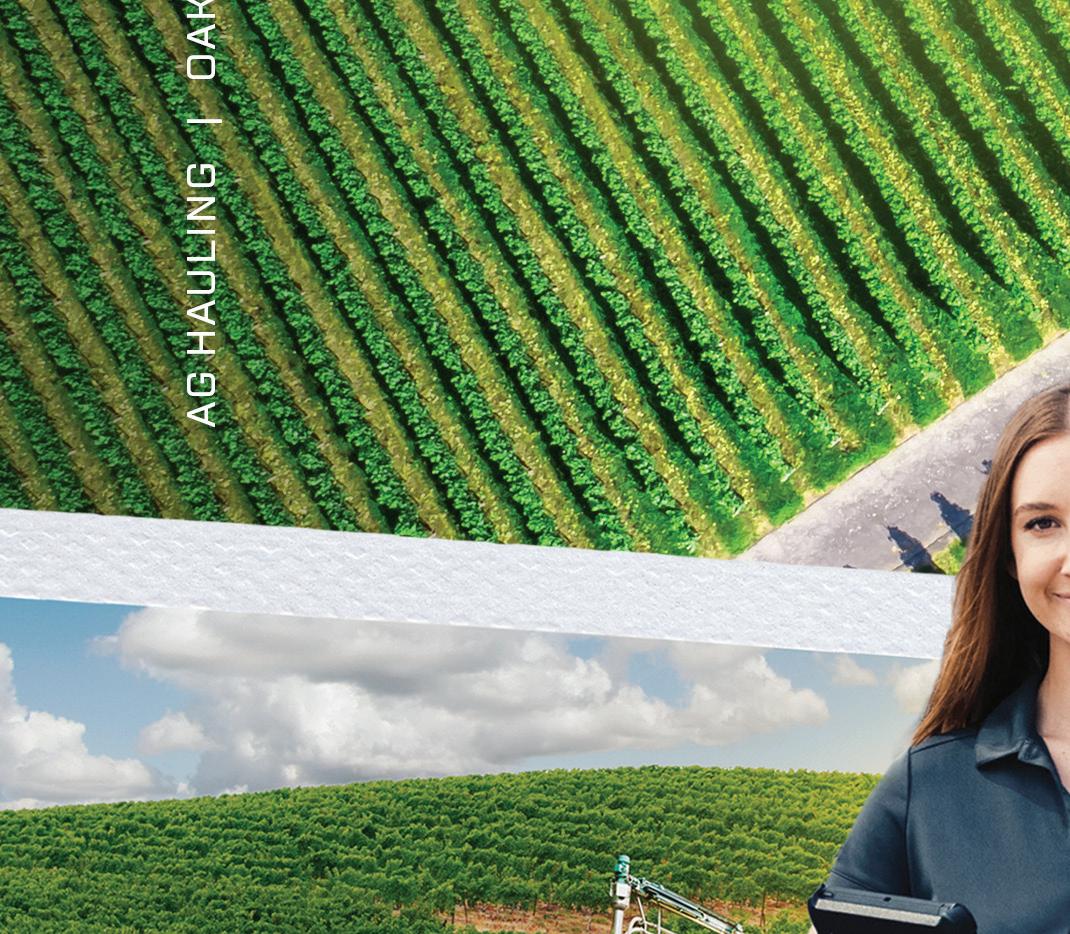

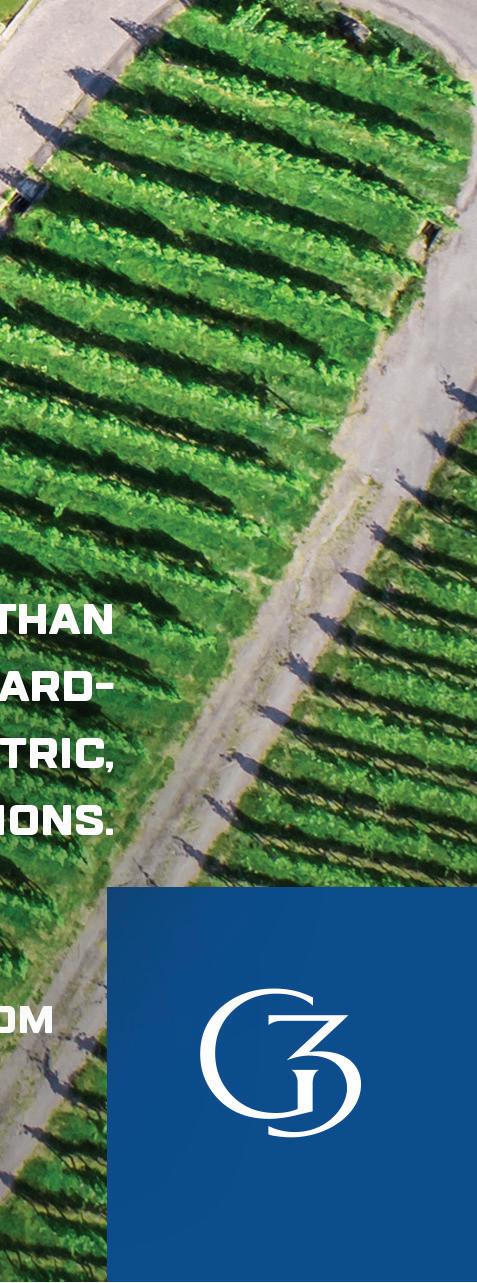


McKee expects the Trothe fermentations will average 10 to 12 days, primarily based on his experience making red wine in Washington state. “This far north we have an intensity of sunshine—17 hours a day—so we have a lot of phenolic material and tannin available in our grapes,” he said. “I love making inky, black Syrah with the luxurious, velvety mouthfeel of the tannins you get out of Syrah, and most of the time I accomplish this in about an eight-day fermentation with four délestages.”
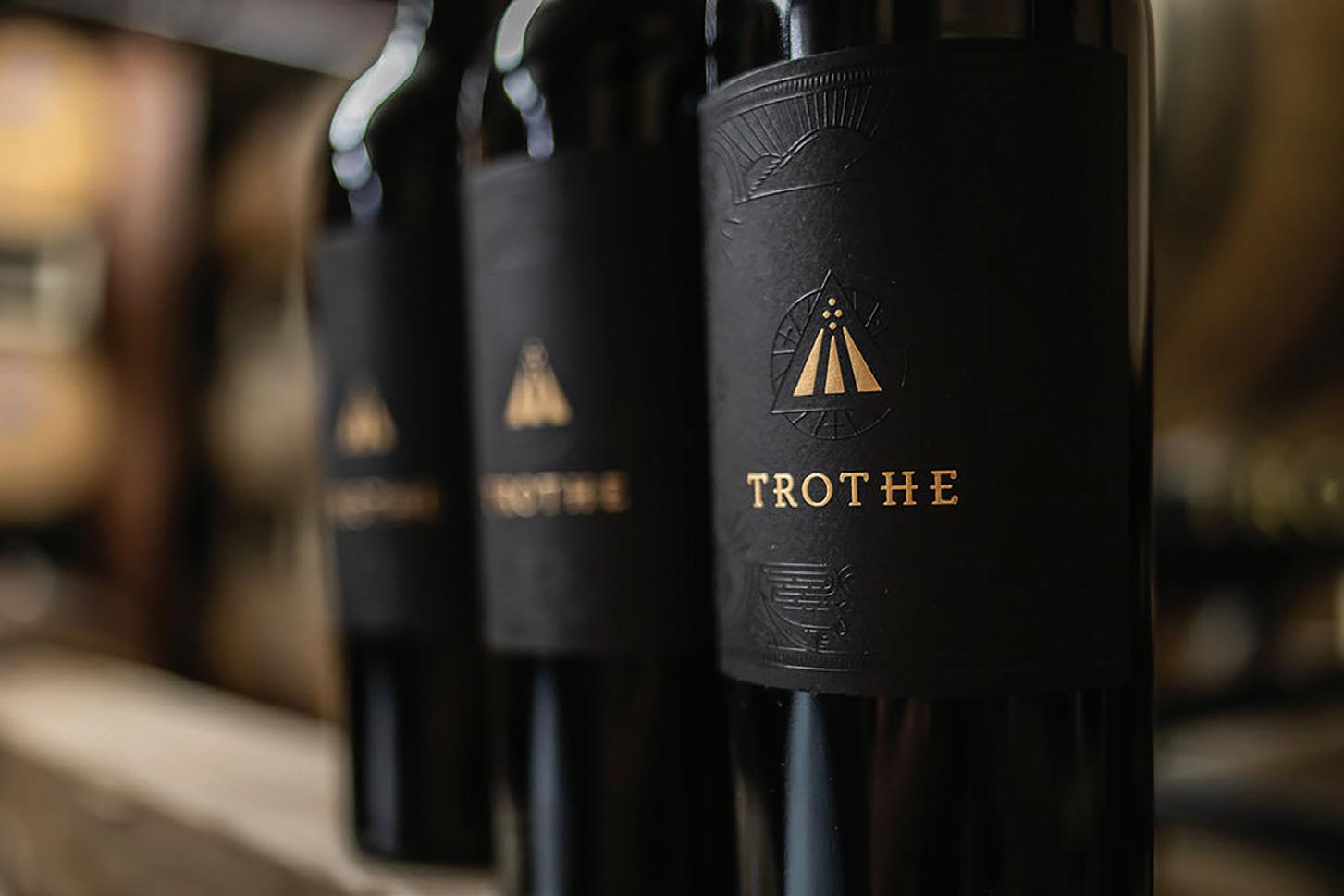
One other piece of Pellenc equipment McKee is excited about using is a pair of new Pellenc Smart Presses that he says offer unparalleled technology to create a fully inert press chamber and pan. “The juicing pan is fully sealed, and it has actuated valves so you can juice your whites under as inert an environment as I’ve seen,” he explained.
The latest generation of the presses features a larger juicing area and performs better at lower pressures, and he said they are much easier to clean and sanitize.



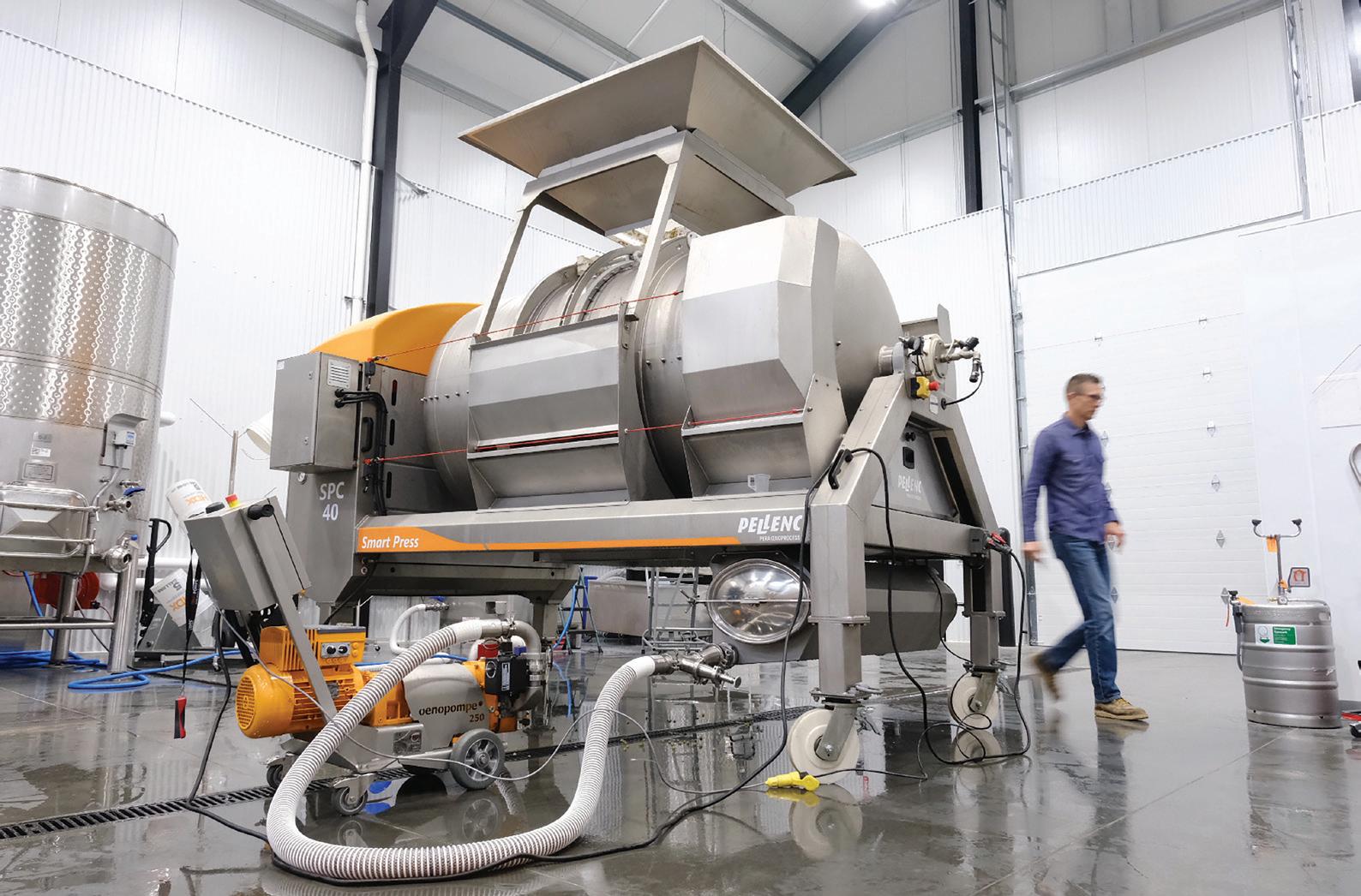
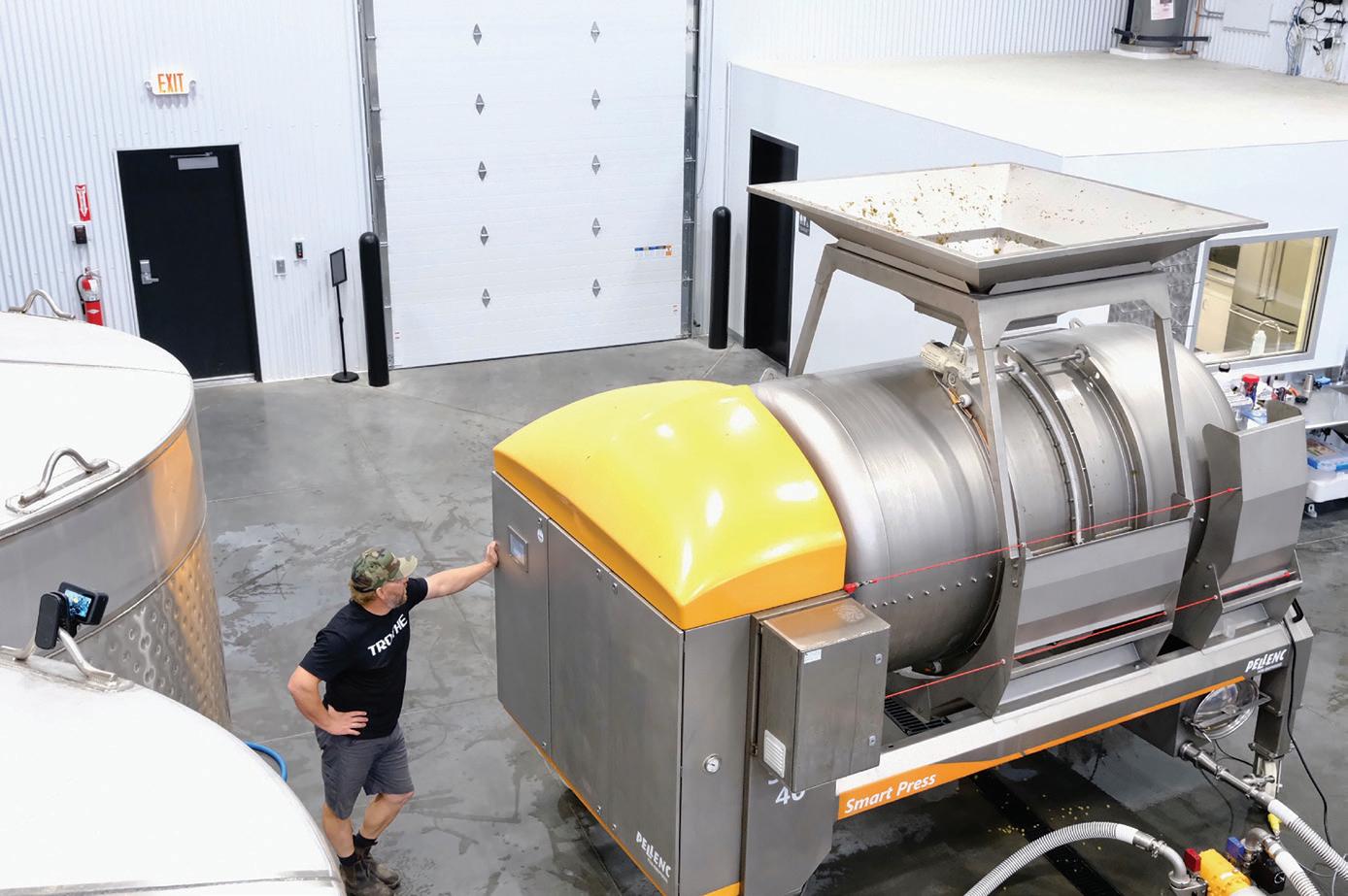
“They just open right up so you can clean both sides and be sanitary clean inside in a very small amount of time.”











In terms of oak for Trothe, McKee has found the barrels from Dargaud & Jaegle to consistently provide a great match to his style. This preference is based on several years of running various barrel trials, and McKee believes the Burgundian cooper produces delicate oak that still has plenty of structure to stand up to Washington tannins. How much new oak McKee uses is based on how the vintage tastes: “’19 was a little bit more of an elegant vintage, so I think our percentage was 70-ish new oak. ‘18 was a very rich, luxurious vintage, and I probably could have gone 100 percent new oak on it.” McKee added, “I’m looking for harmony and balance, and that’s how I approach oak. The 2021 is in barrel now, and it was a really luxurious vintage again, so I think I’m back up to 80 percent new oak again.”
Thinking about oak, managing fermentations and pressing all begins in the vineyard. “It’s an accumulation of data through the whole year,” McKee said. “There’s easy data like, ‘Oh, it’s a small berry year in Cabernet, and now I know I’m going to have intensity.’ If you’re walking your blocks, you pick up on the little details: you can see how uniform your vintage is going to be early on, even at berry set.”
Helping McKee in the cellar is assistant winemaker Justin Michaud, who has worked at wineries in California’s Central Coast, New Zealand and Washington before joining Trothe. Vineyard manager Todd Chapman helped develop Destiny Ridge Vineyard for Alexandria Nicole Cellars in the Horse Heaven Hills and was a viticulturist for Ste. Michelle. “We have a lot of knowledge
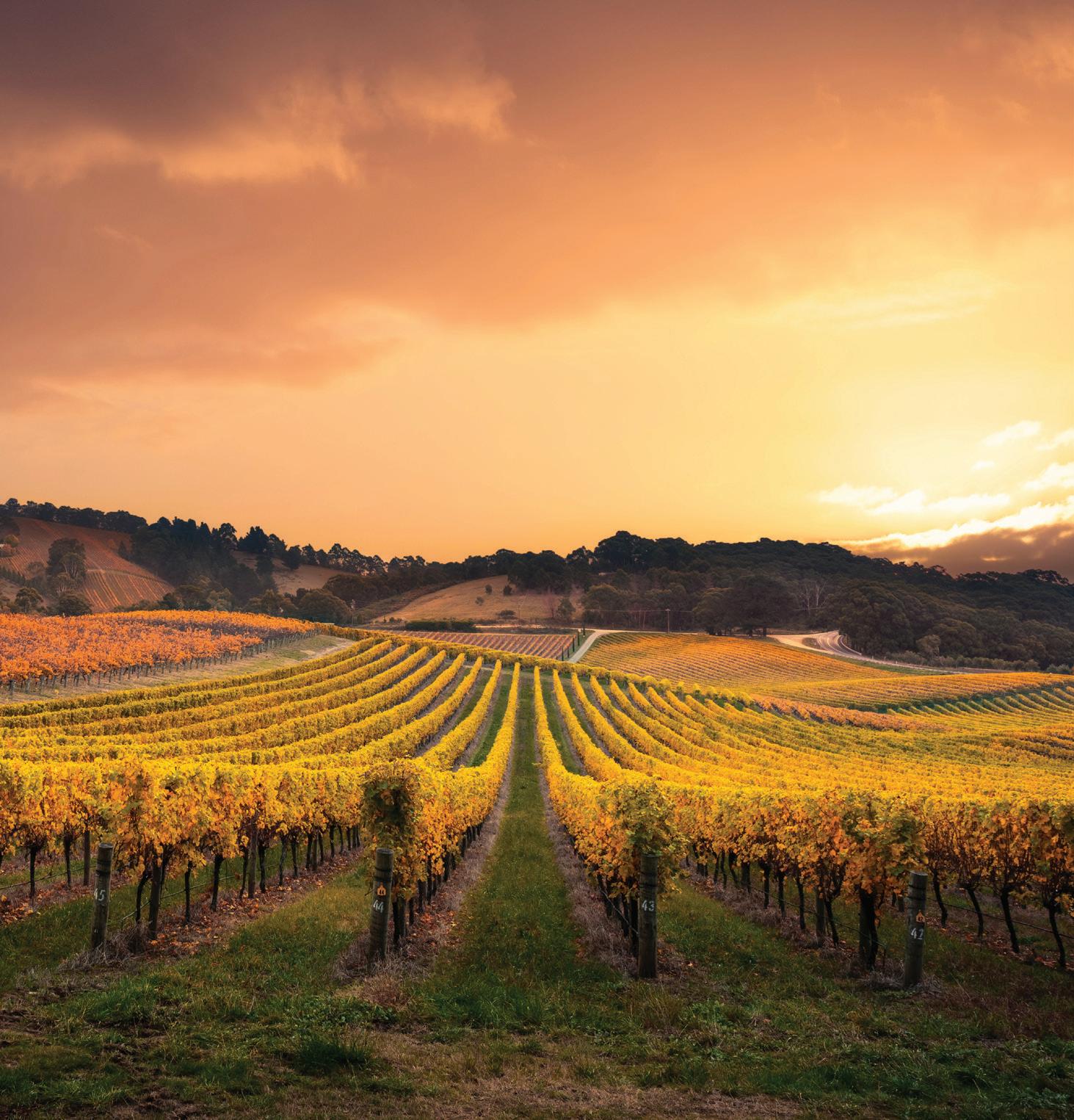

and a lot of passion, but it’s a small team, so it’s easy to be nimble,” McKee observed. “We change our minds all the time to meet the vintage. I can’t make an amazing wine unless those grapes are amazing.”
McKee said he and Jeff Andrews talked extensively about the style of wine the family wanted to make even before the project had officially become Trothe. While the goal was to make a wine of the highest caliber and comparable to Bordeaux and Napa, it was just as important to not lose sight of its origin. “We were of the same mind to produce a wine of terroir that can always be recognized as being made from Andrews’ vineyards in the Horse Heaven Hills AVA and that would sit at the table of world-class wines,” he explained. “My expertise is in making the wine to achieve our goal, Todd’s is to grow the grapes necessary to accomplish the goal, and Jeff’s is to manage our business so that we can even try to get to this goal and also provide grounded, respectful, collaborative leadership.”
While the winery was designed to expand as needed, any expansion likely won’t be to facilitate a major increase in Trothe production. Since launching in 2018, the brand has remained 100-percent direct-to-consumer, with all production allocated to members of the winery’s Founder’s List. McKee said about 60 percent of club members live outside of Washington but are keenly aware of the state’s ability to produce fine wine. The rest are from the I-5 corridor, stretching from Seattle to Portland, Ore. and down to California. “We actually pulled in quite a few wine lovers who are crypto enthusiasts, as well, because we do accept cryptocurrency for our wines and have from the very beginning.”
The winery does not have a tasting room, and there aren’t any plans for one as the wine is both hand-made and hand-sold via allocation and recommendations by existing club members. McKee said he had just recently returned from a “sales trip” to Colorado to pour wines for a club member’s networking event that featured Washington wines. McKee and his team will host members at the winery if they are in the area. “We’re building this business exactly how we want to be living because wine is definitely a lifestyle business,” he noted.
The Trothe label features an intricate logo of a triangle that encloses three smaller ones which point to four dots on top of a circle. McKee said the logo
was designed by Seattle-based Doubleknot Creative based on input from the Andrews family. The three smaller triangles form an image similar to an ancient Celtic symbol known as an “awen” that typically has three dots, which have multiple interpretations, including the Holy Trinity; the geophysical earth, sea and air; the holistic body, mind and spirit; or the philosophical love, wisdom and truth.
That Middle English symbolism jibes with the Middle English word Trothe, but McKee said the winery’s label features four dots to represent the four generations of the Andrews family. “Our goal was to communicate on our label our love for the land, the generations that have gone into this land, the generations that will continue on after this and our goal of crafting this wine that helps continue the elevation of Washington state.” WBM
148 McKinley Springs Rd. Prosser, WA 99350 509-778-9028 www.trothe.com
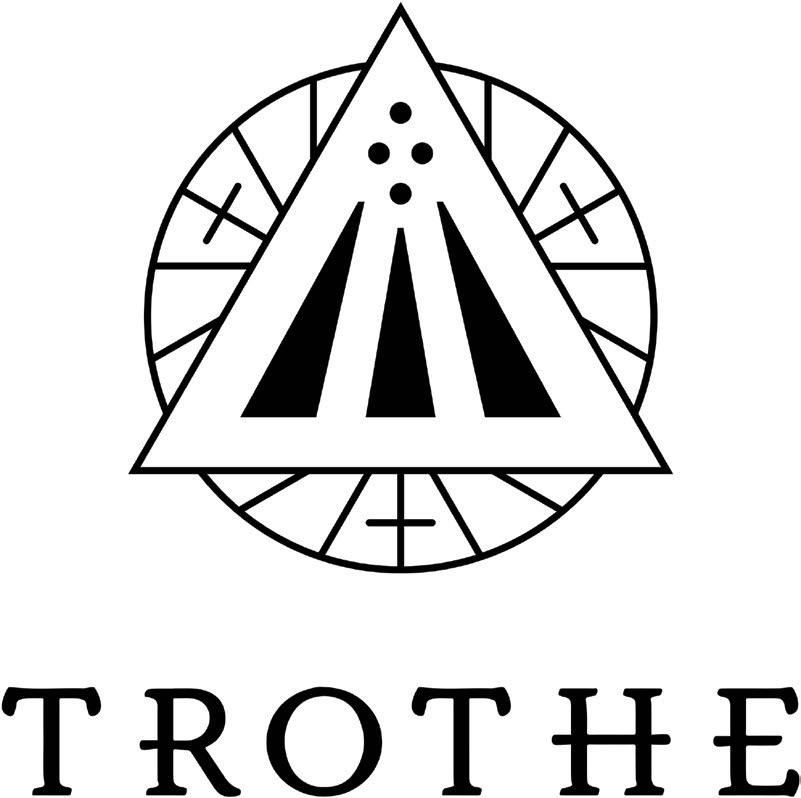
Appellation Horse Heaven Hills Vineyard Acreage 1,300 Varieties Grown 32
Sustainability Certification(s) Working toward Sustainable WA certification

Soil Type Sandy loam Climate
Arid desert climate; Horse Heaven Hills AVA Custom Crush? Yes
Year Built
2022 Size 7,500 sq. ft.
Architect
In-house design Contractor
Mtn. States Construction Interior Design In-house design Landscape Architect Van Wingerden Landscaping HVAC
Campbell & Company Cellar Humidity Control Smart Fog
Owners/Principals
Jeff Andrews, Jani Andrews, Mike Andrews
Winemaker(s) Ray McKee
Vineyard Manager Todd Champman Year Bonded 2018
Winery Case Production 500
Average Bottle Price $190 Direct-to-Consumer Sales (%) 100%
Receiving Hopper
Direct tipping
Vibrating Sorting Table Bucher Vaslin Destemmer Pellenc M Optical sorter WECO Tanks
Nico Velo and Nomblot concrete tanks, Spokane Stainless Steel tanks Tank Heating/Chilling Systems Tank Net controllers Punchdown Devices Yes Pump-over Devices Toad Pumps


Pellenc Oenopompe with a high precision flow meter; Yamada Diaphragm Pump from Carlson & Associates; Peristaltic must pump from Ragazzini Racking Wands Yes
Bottling Line
Signature Mobile Bottling Glass Saverglass 1855 Corks
Cork Supply’s DS100 cork taint-free guarantee Capsules Ramondin Label Design DoubleKnot Creative
Hoses
2” and 3” for must Kanaline Presses Pellenc Smartpress Forklift
Toyota Electric Bin Dumper Rotating and forward bin tipping Barrels
Dargaud & Jaegle; HALO by MLG; Fleur de Quintessance Barrel Washing System Gamajet
Yeast/Nutrients/Enzymes/Other Additions According to our clients styles Filters Cross-flow Ozone
McClain with barrel gassing Winemaking Software InnoVint



Analytical Equipment ETS Laboratories
Label Printing CCL Label Case Goods Storage Onsite and WW Wine Services POS Software Commerce 7 Website Design DoubleKnot Creative PR Agency O’Donnell Lane and Sherri Swingle



After a challenging couple of years, the market for French oak barrels in the United States has been recovering. Demand is up. The big issue in 2022 has been shipping snags: With the 2020 California wine grape harvest in underway, some French oak barrels destined for Northern California wineries were sitting in shipping containers for weeks or even months longer than expected because of delays in the ability to get cargo out after it arrived at the Port of Oakland.
A key challenge was with so-called empty drop-offs: if truckers couldn’t shed empty containers at the port, they couldn’t pick up new containers loaded with cargo to deliver to warehouses. An estimated 20,000 to 30,000 barrels were still sitting at docks in Oakland, waiting to be released in the midst of the 2022 harvest.
Shipping lines refused to sail to Seattle, which brought more containers through Oakland, which was already backed up. Port strikes, during the late summer, exacerbated the situation. Chassis shortages continued. Ocean freight from France tripled in cost.
Most wineries ordered earlier than they had in previous years, and many received their barrels in a timely manner in 2022. Ordering supplies early is the new normal if you’re a winery, but even those that hedged their bets still waited longer than anticipated.
The situation was less severe in the case of cooperages that ship wood ahead of time from France to assemble and toast in California. Some ordered extra wood to be positioned to make as many French oak barrels locally as possible.
“The biggest problem right now is a lot of people have barrels that are either on the water or sitting in ports, and winemakers are freaking out that they’re not going to get them in time,” one French oak barrel supplier said.
There are scores of French oak cooperages with a presence in the U.S. market, and there are nearly 100 cooperage brands in the Wines Vines Analytics database. That said, consolidation has slowly been occurring to the point that three companies control perhaps 60 percent of the market. French coopers make 650,000 or 750,000 barrels each year and sell less than 200,000 in the United States. Per the association of French Coopers, 183,000 barrels were exported from France to the U.S. in 2019.
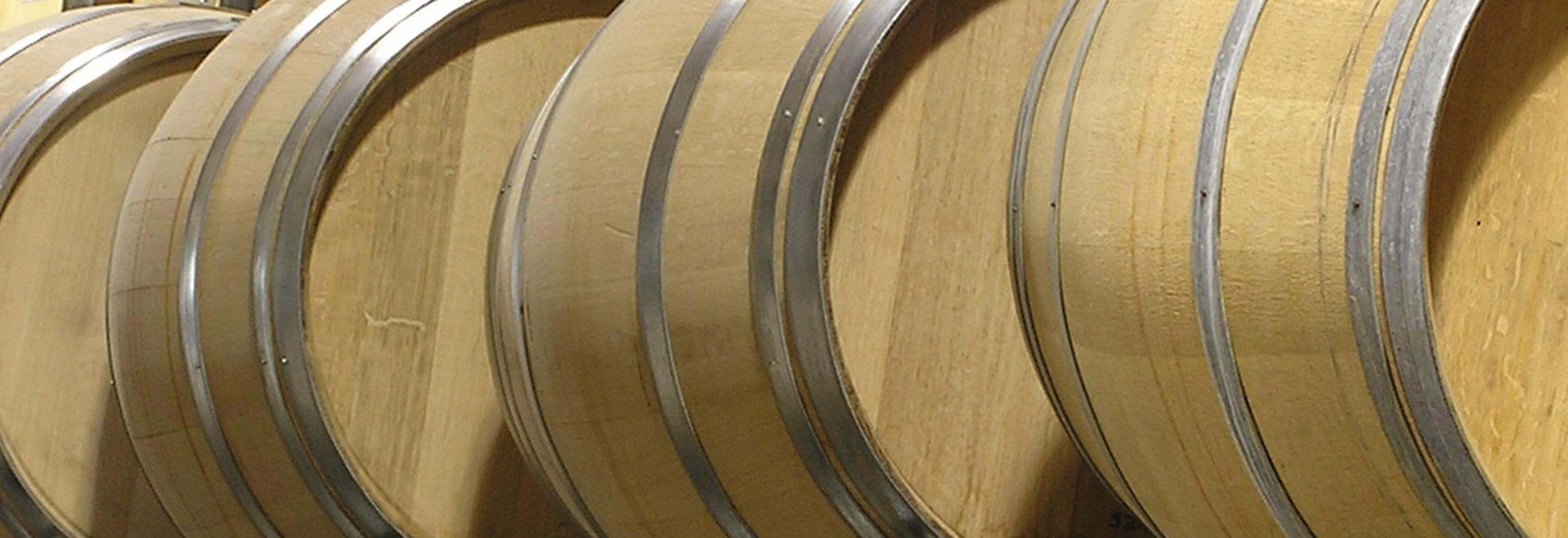
The most recently announced deal involved publicly-traded TFF Group also known as François Frères, owner of such cooperages as Tonnellerie Radoux acquiring a majority stake in Tonnellerie Remond of Burgundy. Another recent acquisition saw Doreau Group becoming part of the Charlois Group, also known as Oak Nation whereas in another instance Nadalié, itself now part of Charlois, acquired Barrel Builders of St Helena, California.
Charlois and François Frères are the two large, multi-branded French cooperage companies each with more than a dozen significant cooperage brands and oak alternatives brands operating independently while Seguin Moreau is the other large French player. World Cooperage, long the leader in American oak barrels for wine but also bourbon, is a significant French oak barrel supplier as well.
The largest French cooperages now make 100,000 or more barrels in a given year while about a dozen cooperages each make 10,000 to 50,000 barrels, so there aren’t as many small cooperages for bigger groups to pick off these days, even if there are still scores of boutique, independent mom and pop concerns.
Like cork stoppers, barrels are made from a natural product with natural variation. The key for barrel makers, when it comes to maintaining relationships with wineries, is maintaining a style and consistency. Winemakers want that consistency. One way to control variation to the extent possible and stay consistent is to control the supply chain. Winemakers like to experiment with different types of barrels, to be sure, but they are very loyal to their cooperages, in part because of the house consistency they count on for achieving their own wine styles.
“You need to be arriving at the auctions for the raw material in France with spending power in order to secure your supply chain,” the business development manager with one of the mid-sized cooperages said. “That›s easier to do and less stressful on your business when you have the power of a group behind you.”
Few winemakers realize there are now four large cooperages that dominate, counting World Cooperage, the leading supplier of American oak barrels, also a supplier of French Oak barrels.
Part of what’s driving the consolidation is that the competition for the raw materials has become more difficult and more expensive. A decade ago, small mills in France started getting swallowed up by larger mills. It wasn’t necessarily cooperages that were merging, but smaller mills servicing smaller cooperages started being gobbled up. Then smaller cooperages needed to work with the bigger mills. Pricing for the raw materials got tougher for small cooperages. Then the larger cooperage companies started buying the stave mills. Next, many of the cooperages themselves started merging, most with long, distinguished, established pedigrees.
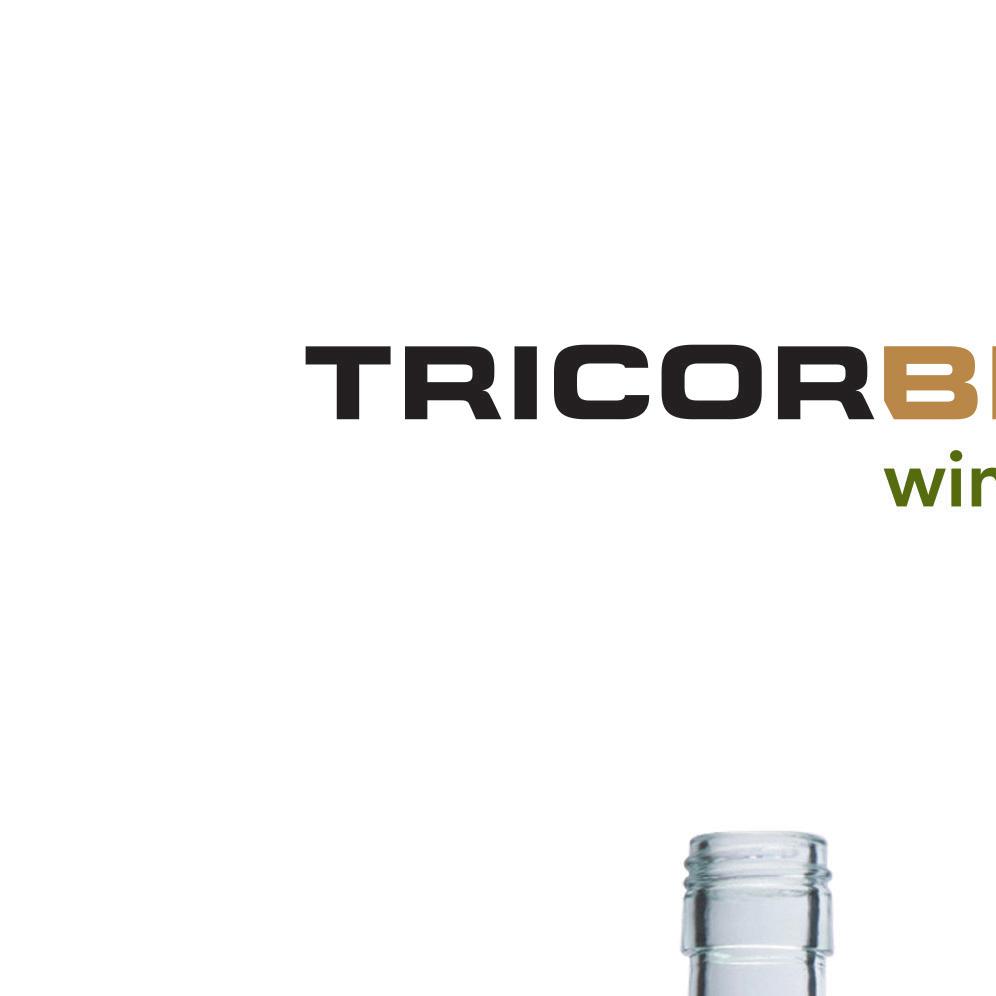

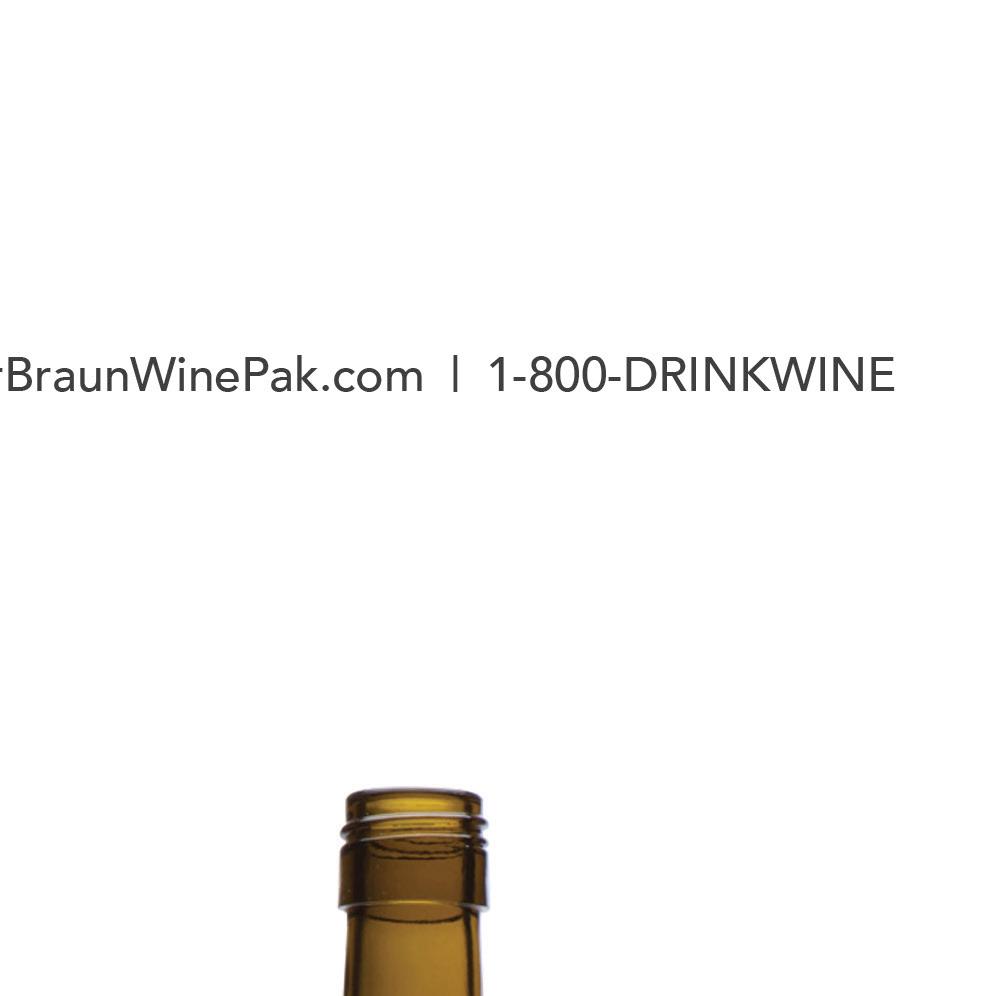

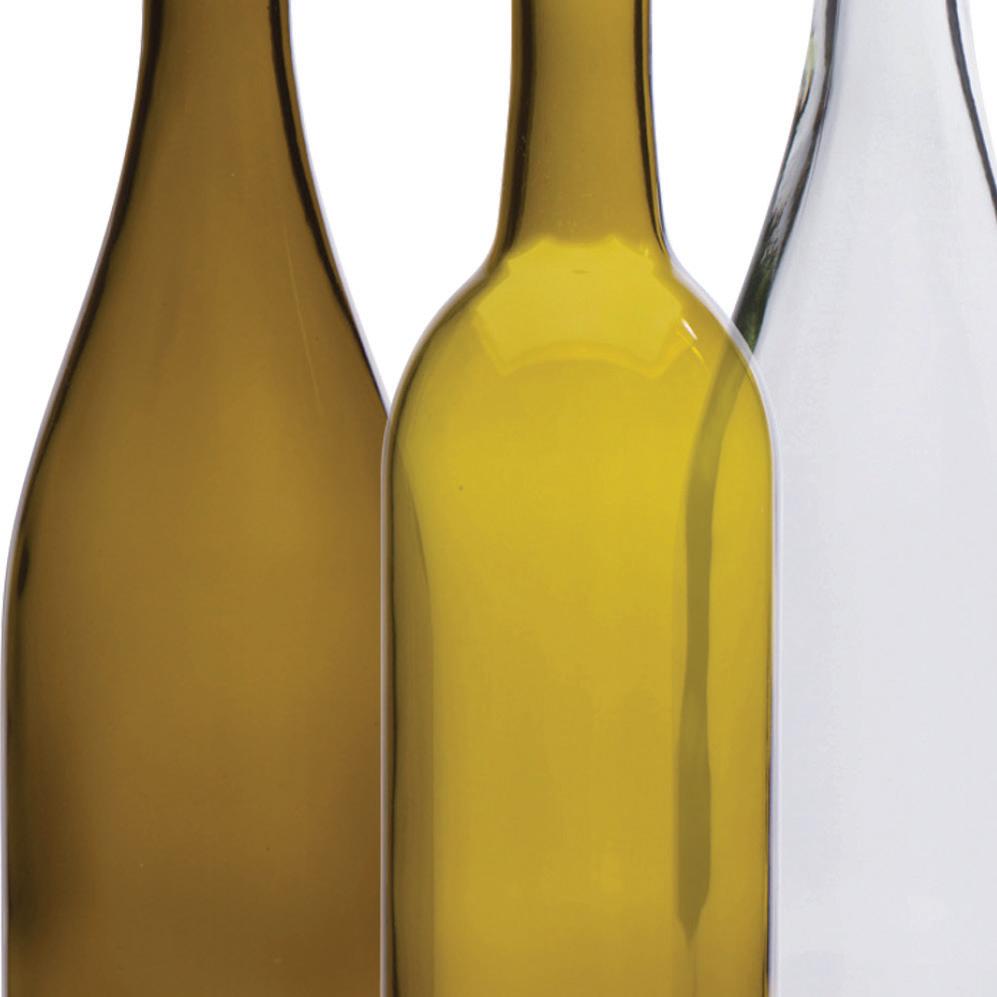
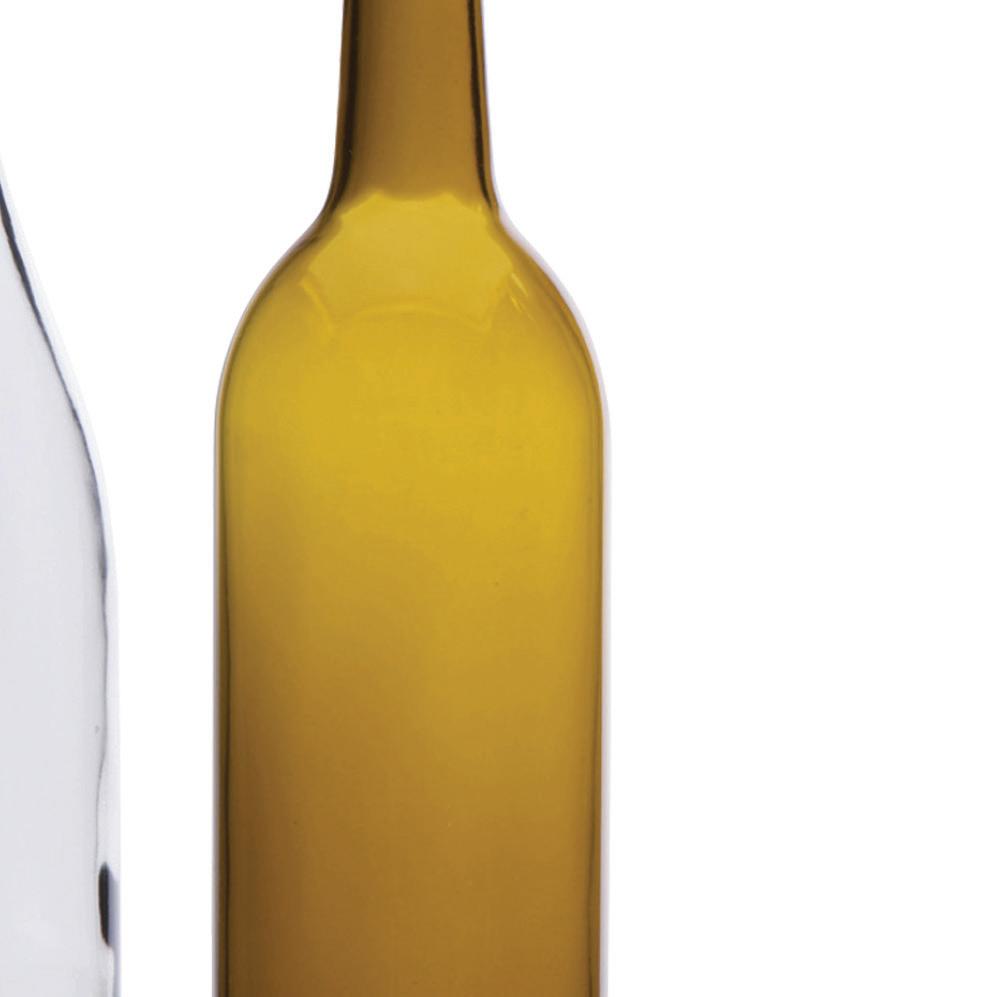

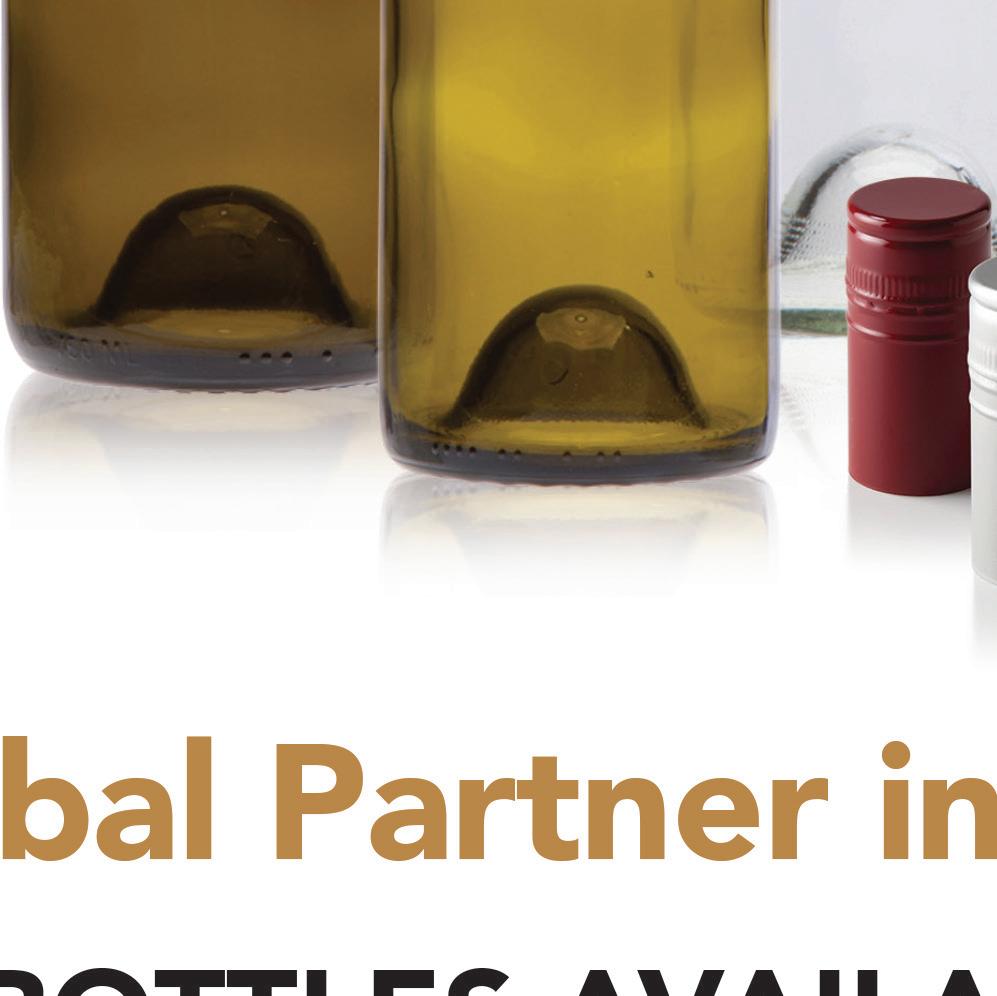
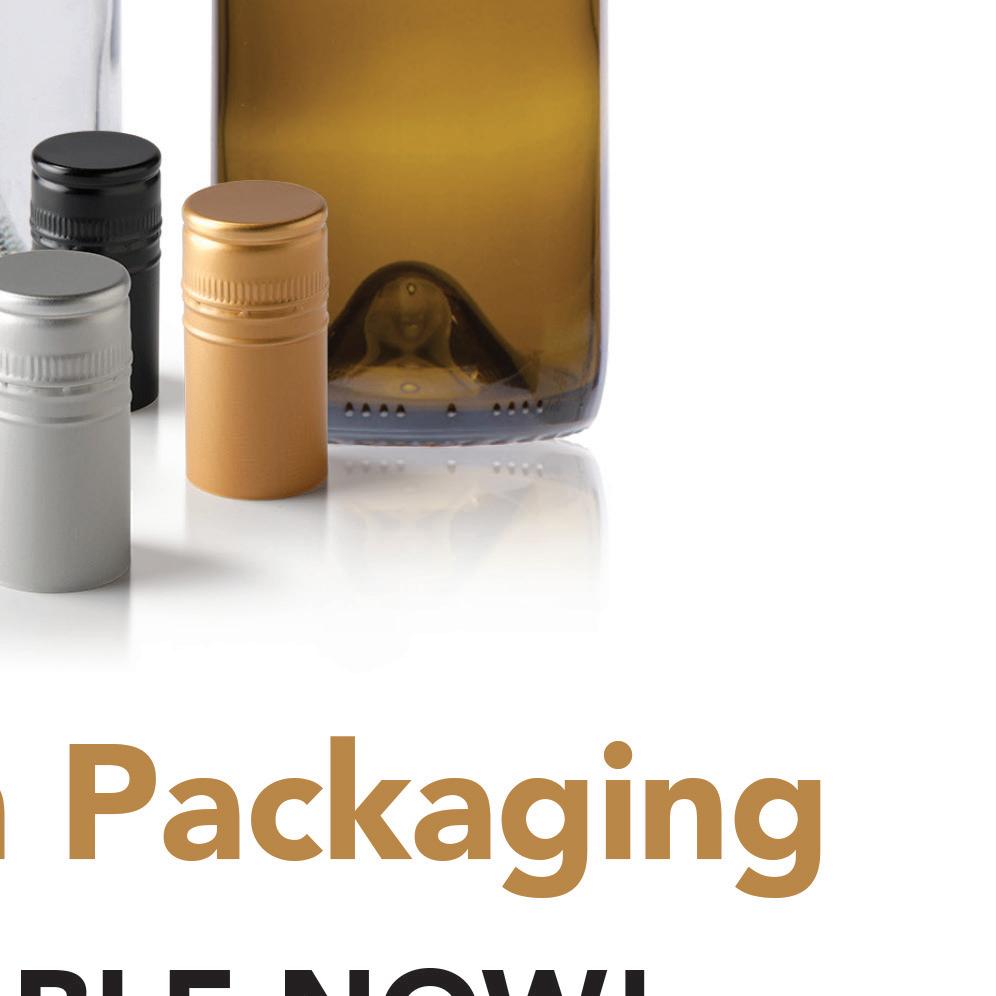































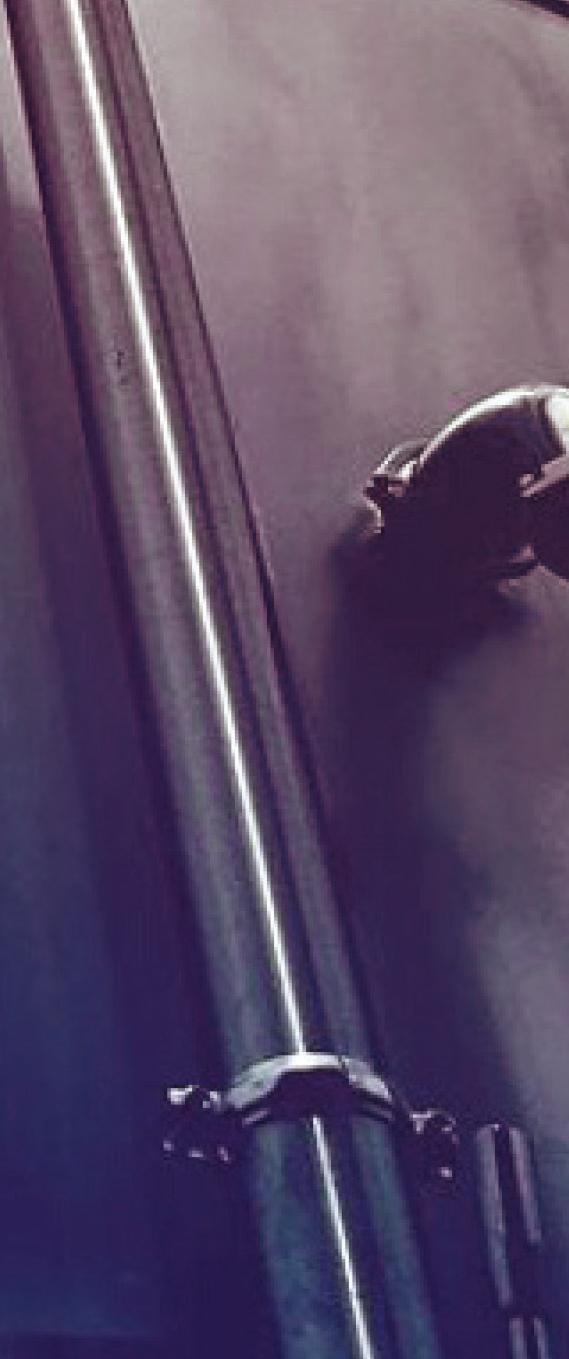


It’s been a turbulent couple of years in the barrel business because it tracks the fine wine market very closely.
When COVID stay-at-home orders were first issued, that in and of itself created market uncertainty as on-premise wine sales paused. Wineries were suddenly much more cautious about capital expenditures, and everything was put temporarily on hold. Then 2020 saw an unprecedented wave of wildfires from Monterey County in California, up through Napa and Sonoma into Oregon and, to an extent, into Washington.
The broad impact of the 2020 fires especially in Napa Valley, where much less Cabernet was produced meant less fine wine was made in the 2020 vintage and that fewer barrels were ordered. Moreover, because of concerns about smoke exposure, barrels that had been ordered for 2020 wound up sitting empty. Many premium wineries didn’t order barrels in 2021 because they had left-over barrels that went unused in 2020. In addition, 2021 wasn’t a particularly big vintage; it was California’s second consecutive “below average” harvest at 3.6 million tons. It’s difficult to peg the precise impact of 2020 on barrel purchases, but suppliers say sales of French oak barrels fell by a third or more.

Now that it’s the tail end of 2022, and wine sales are steadier, there’s increased demand. Suppliers are looking at 2022 as a correction year and are hoping to put as much growth on top of their 2019 numbers as possible, even if 2022 won’t be a huge year as it’s expected to include a smaller crop.


“It’s been better since February,” one supplier noted. “We caught up quickly because everyone ordered earlier as well.”
French oak barrels are now priced at more than $1,000 each, and shipping costs have soared. French oak barrels could even hit $1,100 next year. Some cooperages have added separate shipping surcharges while others bundled the added shipping costs into overall pricing. The cost of the raw material continues to increase, and it’s a global market. Pricing on steel used for the hoops for barrels has soared too. Cooperages interviewed for this article said pricing for French oak barrels rose 10 to 12 percent in a year although some of that was later offset by a strong dollar. French oak barrels are most commonly priced in euros, and the euro has dropped to the point that it is at a 20-year low versus the U.S. dollar.



American oak barrels have always been less expensive than French oak barrels at a little more than half the cost and have often been used for stylistic reasons. That said, the price differential between French and American oak barrels is quickly narrowing. Pricing on American oak has escalated due to the price of raw material. Demand for hardwood lumber continues to soar, with pricing on wood making it harder for stave mills to compete. Some of that recent price increase hasn’t hit the barrel market yet because the oak used for barrels is aged and seasoned for a couple of years before it’s turned into barrels, but it will.
The spirits market is growing, and demand for American oak barrels used for bourbon is driving American oak prices higher. Distilleries just can’t find enough whisky barrels right now.
From a winery standpoint, whoever was using American oak from a specific aromatic profile will continue to use them. Wineries that have used American oak for purely economic reasons, though, are probably moving toward oak adjuncts.



Most
Nadalié
Berthomieu
Ermitage
Saury
Leroi
Doreau Tonneliers
Vernou

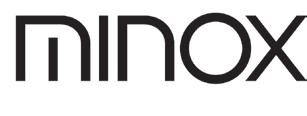
Tonelería Magreñán

Nadalié USA
Charlois Cooperage
Mercier
Marchive
Marsannay
Tonnellerie Chambeaud
Bernard
La Grange


Tonnellerie Vlad
Barrel Builders
Doreau L’atelier
L’atelier Du Foudrier
A.P John Coopers
Brive Tonneliers
Demptos cooperage
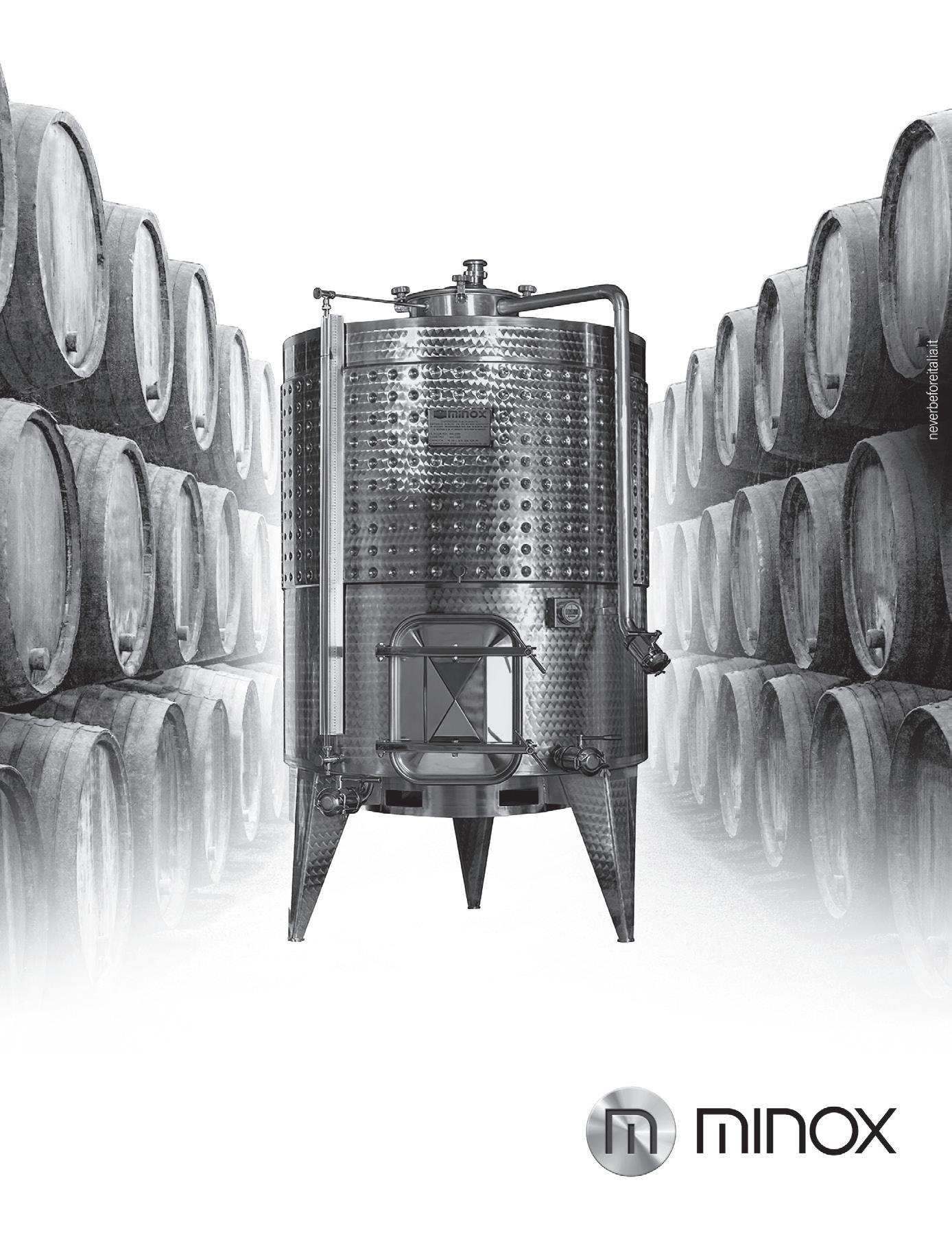
Demptos España
Demptos Napa

Maury & Fills
Tonnellerie Radoux
Radoux Cooperage Australia
Radoux Cooperage South Africa
Radoux USA
Berger & Fils
Bouyoud
François Frères
Victoria Toneleria
Cooperages 1912 Napa
TW Boswell
World Cooperage
Many wineries told us this year, “We’re not buying any new equipment in 2023.”

This story is about wineries that ARE buying equipment: a glance at who’s buying what, and why. But we need to start by acknowledging that a lot of wineries cited economic uncertainty and inflation as reasons why they’re going to try to let their current equipment make it through one more year. As for what people are buying, of course that’s all over the map, based on individual needs. But we did spot a few trends.
*Solar panels are popular because of new tax incentives to install them. Wineries are also worrying about their electrical needs during harvest season. In California, an early September heatwave had the state on the brink of declaring rolling blackouts. That hasn’t happened so far this year (fingers crossed), but several wineries, not just in California, want to be prepared if it happens in 2023.
* New tanks are always popular. You can’t expand production without buying more tanks. Stainless steel makes up the majority of purchases, but we also talked to wineries that were interested in buying concrete tanks.
* Barrels are so important that they almost don’t seem like equipment. We talked to more than one winemaker who said, “We’re not buying anything,” but they are buying some new barrels.
* Vineyard equipment that will help change a farming regime toward more sustainable or regenerative agriculture is becoming more popular.
I want to thank all the winemakers and vignerons who took time during their busiest season to respond to this. I spoke to more than one winemaker who said she was up to her elbows in grape skins, yet patiently took the time to discuss mechanical harvesters or destemmers. Thank you.
Winemaker, 2Hawk Vineyard & Winery in Medford, Ore.
“We applied for a Value Added Producer Grant. If we get the grant, we will outfit the winery for near maximum capacity.”
Evans plans to buy blending and bottling tanks in three different sizes (1,000 gallon, 2,000 gallon and 3,500 gallon) and two square, closed-top 550-700 gallon tanks for white wine fermentation, storage and bottling, regardless of whether or not he gets the grant.
“The other area we are considering investing in is the winery lab. If we get the VAPG funding we will add an automated ebulliometer.”
Senior vice president of winemaking, Trinchero Family Estates, St. Helena, Calif.
“Trinchero Family Estates is investing heavily in Human Machine Interface upgrades at all sites to help our team members stay safe and better connect with their equipment in new and innovative ways.
“From a safety standpoint, climate change is challenging us to think differently about sun exposure, temperature mitigation and ways we can evolve our flexible cooling stations for our team members in the vineyards,” Andrade said. “Workplace ergonomics is also important to us. Wearable technology is helping us identify ways our team members can work more safely and comfortably. Beyond this year’s investments in barrel replacements, larger oak uprights and concrete fermenters, we are also investing in our pumps, pump-over devices, mixers and mix tubs to improve ergonomics for our team members.”
Andrade said that the September heatwave showed him that employees could adapt better than some of the company’s refrigeration and processing equipment
“Some equipment has upper temperature limits of operation—similar to an iPhone—meaning that it shuts off if it gets too warm,” Andrade said. “We will be addressing some of these limitations in the off-season.”
Lisa StridWinemaker, Aridus Wine Company, Willcox, Arizona
“We’re very seriously considering a mechanical harvester due to the inconsistency in being able to pull together a picking crew in our remote location.” Strid said the vineyards weren’t planned for mechanical harvesters but the red
Here are the items a few of your colleagues are planning to purchase in 2023.
With all due respect to tradition and firetoasting by hand—the value and efficacy of modern technology and oven-toasting cannot be denied. The convection process offers a different range, more precise control and lighter, sweeter characteristics. It’s why our team of scientists have been perfecting an entire line of convection oven-toasted products since 1996; StaVin Savour Oak. Steadily stripping away the guesswork and turning puzzles into processes.

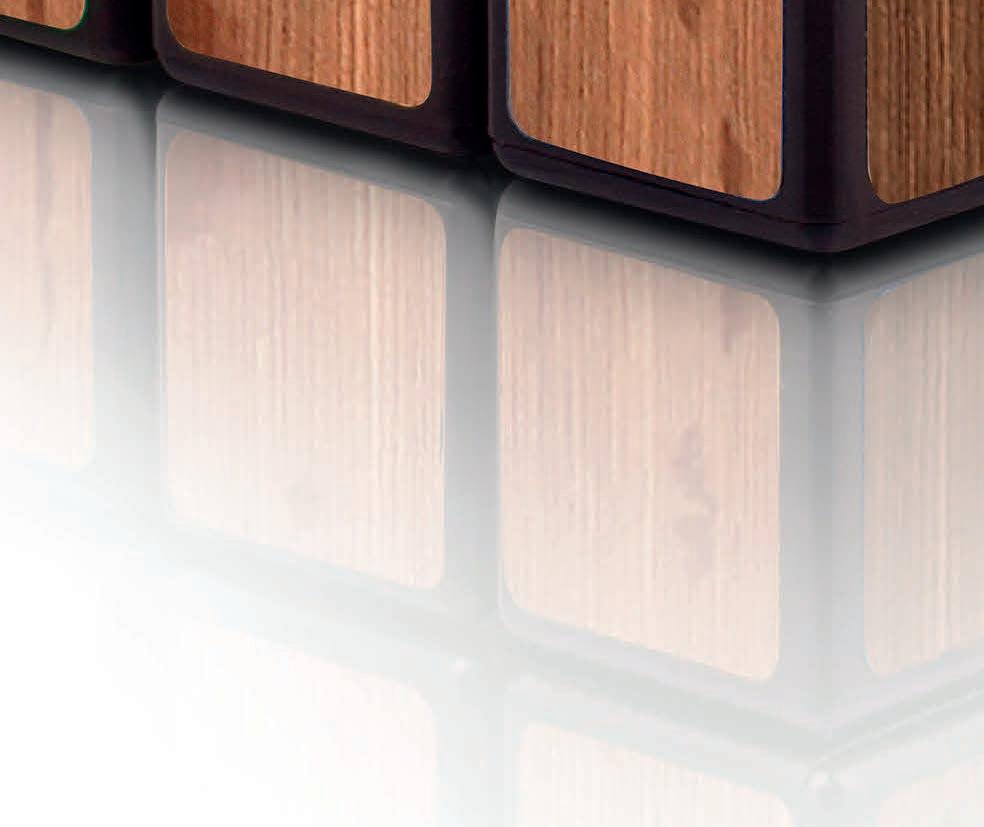

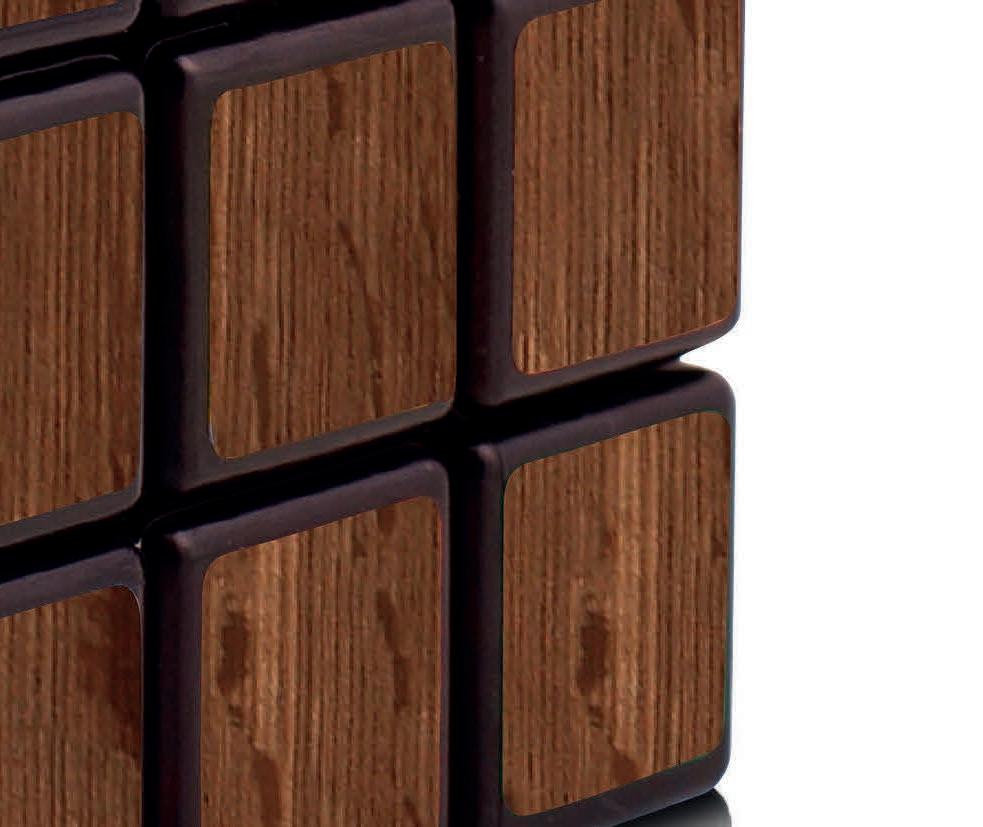





© 2022 StaVin Inc, Post Office Box 1693, Sausalito, California 94966 USA tel (415) 331-7849 fax (415) 331-0516 Visit us online at: www.stavin.com





wine grapes are in 5 by 8 rows with a sturdy trellis system that she thinks can handle it.
“Right now, it’s tough having to scramble to find people, and sometimes having to spread a pick over a number of days when we really don’t want to,” Strid said. “I think it’s probably a 5-year recoup on the investment. The thing that’s really getting us this year is the availability. We’ll have a contractor say they’ll send a crew out and then nobody will show up. Or people will show up and they’ll only stay for four hours. It makes it very difficult to plan our picks.”
Co-Owner, Texas Heritage Vineyard, Fredericksburg, Texas
“The 2022 season was a different kind of year in many ways. We quickly ran out of available tank space in our winery and had to adjust plans. So, we anticipate purchasing 4 new stainless-steel tanks. All will be glycol jacketed.”


Johnson said that inflation has put a damper on her other equipment desires for 2023.

“We will attend trade shows in the off-season to see new options that are available,” Johnson said. “We can no longer afford to just buy what is easily available to us. We need to see all options to make the best decisions on these pricey items.”
CEO, Domaine Carneros, Napa, Calif.
“In 2003, Domaine Carneros built the largest solar array of any winery in the world. We are currently amping up our commitment to solar with additional carport and ground mount installations integrated with Schneider Electric
battery storage. Along with its integrated smart electrical infrastructure and sophisticated controls, the microgrid system will allow the solar and storage to power the facility in the evenings and maintain operations during a power outage, reducing diesel fuel consumption and greenhouse gas emissions.”
Cohen also plans to buy eight new tanks, all with 3,500 to 4,000 gallon capacities.
“Other capital investments we are researching for 2023 include improving our water filtration system at the winery and our water treatment system for our process water,” Cohen said. “We have a robust system that recycles all the water we use in the process of winemaking so we can reuse it for vineyard irrigation. Any improvements to this system support our sustainability program, and it will also help us prepare for the changes to the winery general order from the California Water Resources Control Board that is coming over the next five to 10 years.”
Winemaker, Titus Vineyards, St. Helena, Calif.
“We have started the process to install a solar array on the roof of the winery and a full time backup generator that will be able to power the winery in the case of a power outage. The solar array will be designed to replace 95 percent of our energy usage on an annual basis.”
Owner/Winemaker, Boeger Winery in Placerville, Calif.:
“I want a cross-flow filter because it allows me to filter wine in one single pass to 0.2 micron. It takes two to four filtrations using traditional plate and frame filtration. This saves time—it is ‘set it and forget’—and self-cleans. So, 20 minutes of set-up, runs automatically overnight, then self-cleans and is ready to put away the next day. That means huge cost savings over time in labor and consumables. Less energy overall equals lower carbon footprint. Better for wine quality too: less time and exposure to filtration elements.”
General Partner, Smith-Madrone, St. Helena, Calif.

“We are planning on buying a new destemmer. Destemmer design has improved dramatically; the gentleness with which they crush the berries and keep stems out is better. We’re looking at a Puleo Vega 10 destemmer-crusher from Carlson and Associates in Healdsburg. Our very large and very, very old, but much loved Healdsburg stemmer-crusher finally died from too much cancerous rust.”
Smith said a plus for the Vega line is that Carlson equips the destemmers to U.S. electrical standards.
“We’ll have Carlson wire it for 220 Volts and 3-phase,” Smith said. “The European models all come with 460 to 480 Volts with 3-phase. I hate any wiring using higher than 220 Volts because it’s so deadly.”
Owner, Gwinllan Estate, Somerset, Calif.
“Gwinllan is in expansion mode both in production and hospitality.” Pack is buying more riddling racks for expanding sparkling wine production, a new disgorging line, and a mechanical in-row tiller. He’s also putting up a new steel building to store vineyard equipment.

Owner/Winemaker, Madroña Vineyards, Placerville, Calif.
“We have a 36KW solar system, overproducing electricity during the growing season. We look to retire an older workhorse diesel tractor for a cleaner electric tractor with some automation potential. It also will work nicely with our Clemens weed knife that some of our older tractors struggle with due to lack of multiple hydraulic remotes. In the end, we use less diesel in exchange for electricity we already produce and will into the future.”
Bush is also buying a steam sterilization unit from AaquaTools (AaquaSteam) in order to conserve water.
President, Honig Vineyard and Winery, Rutherford, Calif.
“We are always buying barrels and will need some upgrades to our red crushing areas, but the biggest purchase next year is a new 184 kW solar system. This is a replacement to our original system we installed in 2006. The system was coming to its economic end, but with the recent increase in fed tax credits, it made sense to install then new system in spring of 2023.”


This list of select vendors is generated using the Wines & Vines Buyer’s Guide. To see a full list of vendors please visit: winesvinesanalytics.com/buyersguide
Ager Tank & Equipment Co.
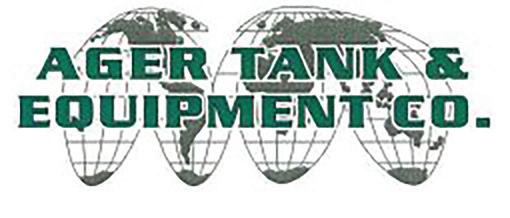
Portland, OR (503) 222-7079 agertank.com Ager Tank & Equipment Co. supplies new and used wine tanks, crush equipment, and bottling machinery to the wine industry. •
Artisan Barrels & Tanks
Oakland, CA (510) 339-0170 artisanbarrels.com • • • Bonar Plastics/Snyder Industries Lincoln, NE (800) 768-6246 bonarplastics.com • • •
Bouchard Cooperages Napa, CA (707) 257-3582 bouchardcooperages.com •
Butch Cameron Trucking - BCT Solutions Santa Rosa, CA (707) 546-0146 butchcamerontrucking.com •
ColloPack Solutions

Napa, CA (707) 258-3940 collopack.com • ColloPack offers turn-key solutions representing leading manufacturers of wine and grape processing equipment, packaging equipment, vision inspection systems, stainless steel tanks and sparkling wine corks.
Criveller Group

Niagara Falls, Ontario (707) 431-2211 criveller.com • Complete crush pads, bottling equipment, automatic and semi-automatic labelers, filtration equipment, custom fabrication of rotofermenters, plunger tanks, stainless steel tanks, various pumps and fermenters
Custom Metalcraft Springfield, MO (417) 862-0707 custom-metalcraft.com • • • Defranceschi SACMI USA Des Moines, IA (515) 276-2052 defranceschiusa.com • •
Della Toffola USA Santa Rosa, CA (707) 544-5300 dellatoffola.us •
East Coast Tank Co. Westfield, NY (716) 673-6983 •
Euro-Machines Fairfield, CA (707) 864-580 euromachinesusa.com • Scharfenberger Europress grape press, destemmers, incline belts,sorting tables,stainless steel tanks,Kiesel pumps and mixers, Hans Dampf steamers, Romfil crossflow filter, TDD Grilliat disgorgers, Petitdemange Riddling Machines, Stevial bottle washer
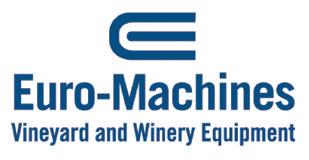
Flextank
Vancouver, WA (877) 407-3348 flextankusa.com • GOfermentor Far Hills, NJ (877) 377-5359 gofermentor.com •
ITek Wine Paso Robles, CA (805) 243-8003 itekwine.com •
La Garde (a division of SML Stainless Steel Group) Quebec, QC Canada (800) 263-5170 lagardeinox.com • Designer and fabricator of space saving, production increasing, cubic and rectangular shaped stainless steel fermentation tanks; La Garde tanks are optimized for earthquake resistance. Also manufacturer of wine cellars and stainless steel barrels
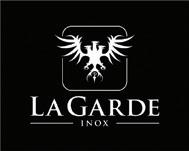
Minox SRL Minervino Murge, BT Italy (390) 883694304 minoxsrl.it • Minox’s stainless steel tanks are able to meet all your needs for fermentation, preservation and the transport of wine, oil, beer, juice, distilled and more. From 3 liters to 10,000 liters, every tank is equipped with a wide range of accessories
New World Winery Equipment Enotools Springfield, MO (607) 426-0434 enotools.com

Olavin Temecula, CA (909)-480-5358 olavin.com • •
Every year, 500+ boutique wineries trust Olavin to get their dream tanks made. At Olavin, tank making is about more than welding & polishing, it is about helping wineries save more cost & win more happy customers. Discover more at www.olavin.com.
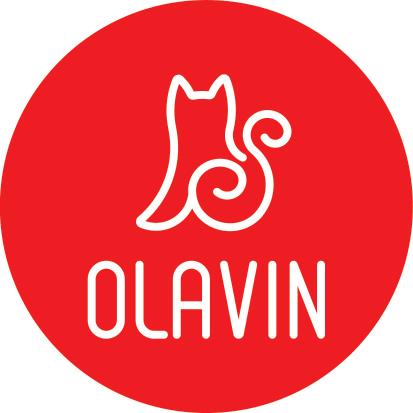
P&L Specialties
Santa Rosa, CA (707) 573-3141 pnlspecialties.com •
Paso Robles Tank Paso Robles, CA (805) 227-1641 pasoroblestank.com • •
Placer Process Systems, Inc. Rocklin, CA (877) 251-6082 placerprocess.com •

Premier Wine Cask Napa, CA (707) 257-0714 premierwinecask.com • •
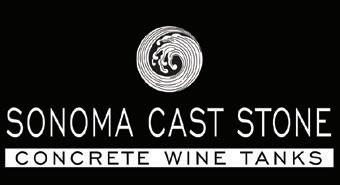
Prospero Equipment Pleasantville, NY (914) 769-6252 prosperoequipment.com •

Complete service providers for all beverage equipment in North America and Canada. We provide service and technical support to all small, medium and large scale wineries, breweries and beverage companies.
Quality Stainless Tanks Windsor, CA (707) 837-2721 qualitystainless.com • • Custom manufacturer of stainless steel wine tanks and wine tank equipment. Vendor of stock design ready to ship wine tanks from 500 to 13,000 gal. for fermentation or storage.
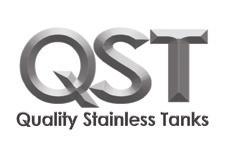
Sanitary Stainless Welding Fresno, CA (559) 233-7116 sanitarystainless.com • • SSWI is committed to producing the best value stainless steel tanks in the industry. We specialize in welding and fabrication of stainless steel tanks, catwalk, wine tanks, grape processing equipment (repair), dimple jacket tanks, tubs, hose racks and custom fabrication requirements. We also supply a full line of Marzola grape crushing and processing equipment. Our commitment to Customer Support and On-Time Delivery is second to none. We continually look to improve our product quality and processes to drive out waste, resulting in savings for our customers.

Santa Rosa Stainless Steel Santa Rosa, CA (707) 252-3408 srss.com • �
Sonoma Cast Stone Petaluma, CA (877) 283-2400 concretewinetanks.com •
Concrete tanks for fermentation/aging, to 23,000 gal. Enginneered for safety. Non-flammable. Concrete layering system for strength. Embedded temp control. Choice of color. Logo treatments. Custom designs. 10-yr warranty against leaking. Made in US
Spec
Spokane Stainless Technologies Spokane, WA (509) 921-8850

Tanks
The Belli Corp. (dba Westec Tank & Equipment)
Healdsburg, CA (707) 431-9342 westectank.com • •
The Vintner Vault Paso Robles, CA (805) 226-8100 thevintnervault.com
Vance Metal Fabricators Geneva, NY (315) 759-2131 vancemetal.com
WinerySeals Hayward, CA (510) 732-7010 wineryseals.com
LEES FILTRATION IS BOTH AN important process in wine production and one of the least exploited. It is definitely not glamorous, as the lees are composed of gummy, thick, pasty materials that are difficult to move and process in a timely manner. However, lees contain a large number of organisms that work both for and against good wine quality. If a winery wants to recover quality wine from juice lees, there is only a short window of time when the wine can be extracted from the lees matrix and added into the production of that wine.
It has been estimated that lees make up about 5 percent of the initial grape volume.1 Depending on the compaction of solids during processing, there is the potential to recover about 2.5 to 3.5 percent more wine after processing the lees. Wineries should look at their grape cost budget and then calculate how much that additional volume would impact their bottom line. That information should be the basis of the decision concerning the investment in equipment to recover this potentially valuable resource, and what the ROI on that equipment could be.
Until the last decade, the equipment for lees recovery was focused on Rotary Vacuum Drum Filters (RVD) and high pressure, diatomaceous earth (DE), large plate and frame filters. These were the only practical systems that could recover the lost volume of wine from the lees matrix of the source material.2 In both systems, DE is injected into the wine stream. The DE is first blocked by a fabric on the frame or the vacuum screen, where it can build up over time. The DE matrix on the fabric channel, or screen, catches solids and lets the clarified wine pass to the other side. The amount of clarification can vary from variety to variety of grapes, but the solids size is in the range of 5-6µ. .
For RVD filters, a large rotating drum was designed to have a vacuum on the inside of the screened drum. A thin film of DE is loaded onto the drum and then a wine stream is fed onto the surface of the drum as it rotates. The advantage of this system was that on each rotation, a new layer of clean DE could be placed on the drum so that the filtration process could continue for longer periods of time without the surface becoming blocked by solids.2
There are some wineries that continue to use these filtration systems to recover lees, but those numbers are declining as newer technologies are introduced that offer better ways of cleaning up the lees and maintaining a higher quality of wines so that they don’t necessarily have to be downgraded into lower quality products. If higher quality wine can be recovered from lees, the topflight wines could then contribute a higher level of profit towards the wine recovery effort. All of these legacy systems have significant impact on the wine through oxidation (4-5 ppm O2 pick-up).
FIGURE 1: This chart shows the sources for lees throughout the winemaking process, from harvest through filtration and bottling. Because the chart was sourced from an international study1, the word “raking” is used rather than our word “racking.”

The process of lees filtration is complicated by another factor: lees are not confined just to the tank bottoms after fermentation. They can come from fining wine, crossflow filtration bottoms, juice floatation processing, barrel bottoms from “sur lie” recoveries and other possible places in a winery’s production system. (FIGURE 1)
Another problem with these types of systems was the human and environmental hazard of DE. The particulates of DE produce “white lung” disease through similar actions as with coal dust, with cancers resulting from exposure. The environmental impact of lees is that it is a particulate material. Many landfills are not accepting DE waste, and some communities are charging for its removal as a hazardous waste, which makes DE less economical to use.
Lees are a complex mixture of materials and are found throughout the winemaking process. To maximize the value of a lees filter, wineries need to create a map of lees accumulation and consolidation within their winery to assemble lots of processable materials. The more streamlined this process is, the more valuable a lees filter will be.
“Super easy to work with, craftsmanship is top-notch. It’s an exciting product for Santa Rosa Stainless Steel to offer, and it’s very easy for us to install.”
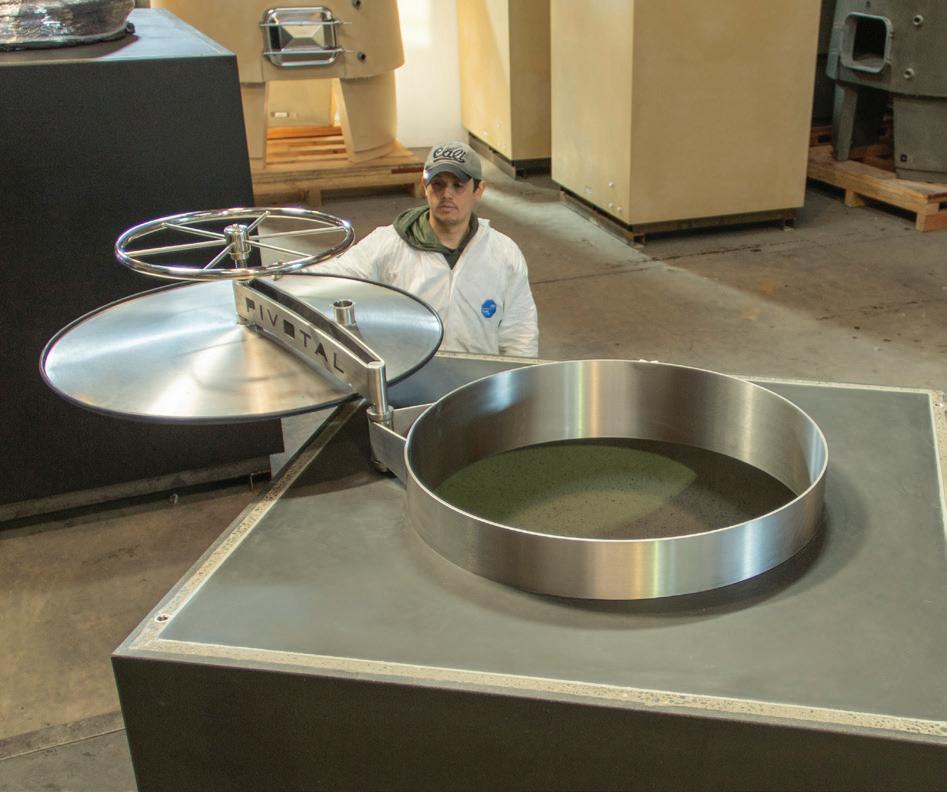
Steel manway covers can weigh more than 60 pounds. They are an ergonomic nightmare, genuine safety concern and civil liability. Our Pivotal Manway Cover can literally be operated with two fingers, effortlessly. Ask your steel tank provider to use Pivotal Manway Covers from Sonoma Cast Stone. See video at www.pivotalmanway.com Fully patent-protected.
 Nathan Williams
Nathan Williams
When I began the research for this article, it was my understanding that with respect to membrane filtration methods, there were significant differences between membrane types and their response to the materials presented when it comes to fouling. I asked each manufacturer what limitations they had with their equipment when it came to all types of lees: juice and fermentation lees, bentonite, carbon, other mixed fining agents, flotation lees and sur lie barrel bottoms. With the exception of fibers and maximum particle size, they all indicated that there was no danger to their membranes with any real world percentage of these components of lees, up to their stated process limits of concentration.
Every company I spoke to concerning this article has used the concept that a lees filter is the one item a winery spends the most total dollars per gallon for lees-recovered wine, compared to the main bulk wine. The reason for the expense is to recover the cost by retrieving a product that is equal to the quality of the juice and the wine generating the lees where older technologies cannot recover at that quality level. New technologies accomplish this with little to no oxygen pickup from processing.
Today there are three additional types of technology that wineries can choose to filter lees: organic membrane crossflow filtration, inorganic membrane crossflow filtration and centrifugation. The companies Koch Separation Systems and Pall Corporation offer organic membrane crossflow filtration; Della Toffola, Padovan and VLS Technologies have inorganic membrane crossflow filtration systems; and Separator Technology Solutions systems are based on centrifugation. These systems are mature technologies that have been and still are used widely in the industry for the general filtration and clarification of wines.


Pall Oenoflow HS, distributed by Scott Laboratories: 1480 Cader Ln., Suite A, Petaluma, CA 94954; 707-765-6666; www.scottlab.com
Koch Membrane Systems: 10054 Old Grove Rd., San Diego, CA, 92131, 858-635-5410; and 672 Blue Point Dr., Wilmington, NC 28411, 910-6126700; www.kochseparation.com


Della Toffola USA: 975 Corporate Center Pkwy., Suite 130, Santa Rosa, CA 95407; 707-544-5300; www.dellatoffola.us/en/home
Padovan Dynamos, distributed by ATP Group: 2 Madison Ave., Suite 210, Larchmont, NY 10538; 914-834-1881; www.atpgroup.com
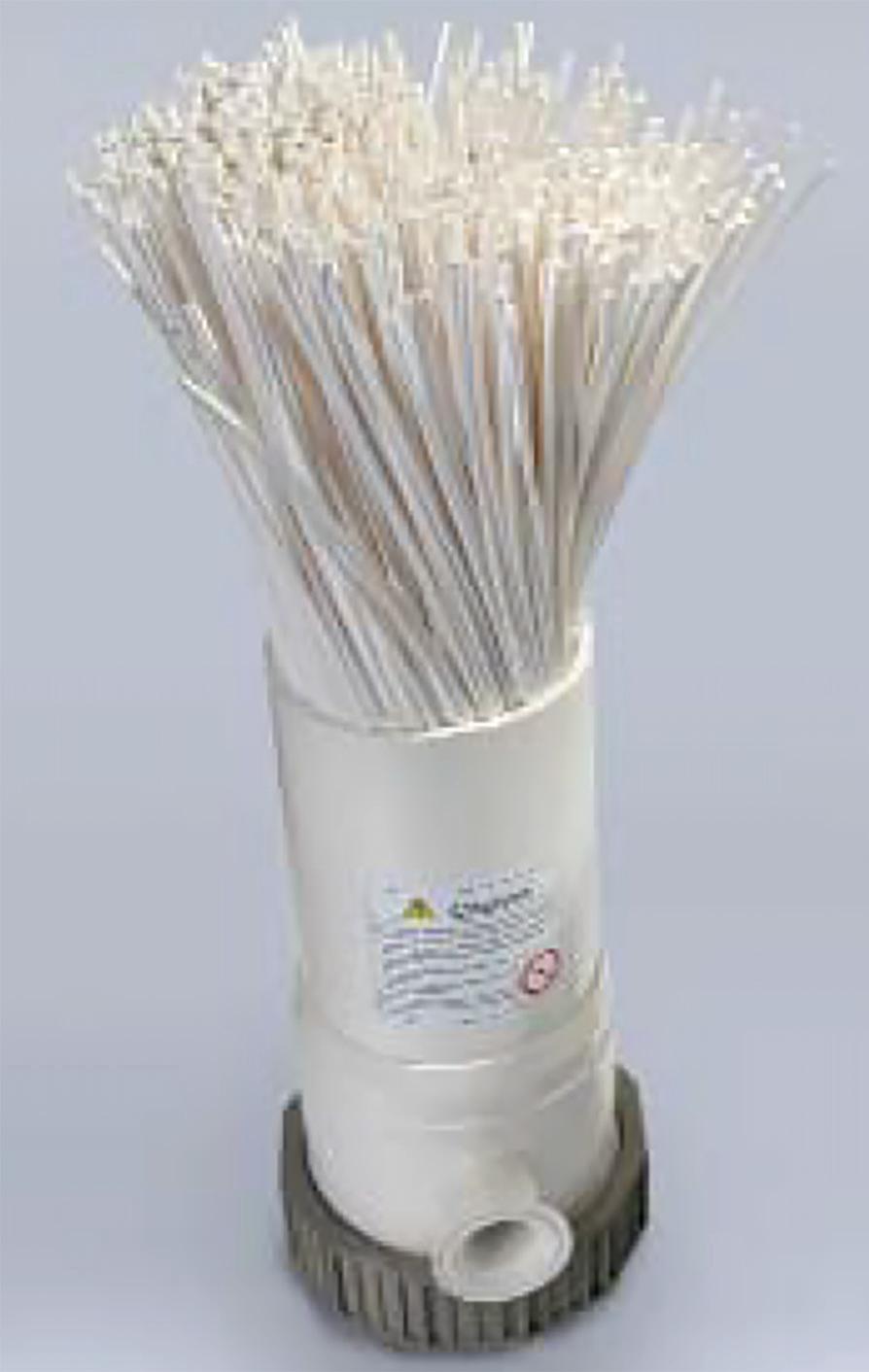
VLS Technologies, distributed by Scott Laboratories: 1480 Cader Ln., Suite A, Petaluma, CA 94954; 707-765-6666; www.scottlab.com
Separator Technology Solutions (STS 200): 2591 Nicholson St., San Leandro, CA 94577; 559-253-3699; info@sts200.com; www.sts-la.com
The main obstacle to filtering lees using standard plate and frame technology is the pressure build up due to the blockage of the pore structure of the pad that causes wine to squirt out the sides of the plate and frame. The process is sometimes referred to as “dead head” filtration. In this case, fouling, or blockage, is caused by vertical pressure being applied to a porous matrix that builds as particles are entrapped by the filter matrix. Membrane pores can be fouled by several factors. Particles close to membrane pore size, molecules forming colloidal structures that physically block membrane pores, and the electrical charge of molecules and their attraction to the surface of membrane material can contribute to the fouling of a membrane.
FIGURE 2A: This Pall Oenoflow membrane cartridge contains hollow fiber membrane tubes bundled together inside the cartridge. The lees travel down the inside of the tubes and the clarified material passes into the cartridge body and out of the system. The fiber diameter and length has been optimized for winery lees use.
The companies Pall, Koch, Padovan and VLS have supplied crossflow systems using organic membranes for general wine filtration for many years. Membranes are classified into two categories, organic and inorganic membranes. Figures 2A and 2B represent organic membranes. The organic membranes can be constructed of polysulfone, polyvinylidene fluoride (PVDF) and other polymers. The differences in membrane materials and the equipment used to filter lees by these companies are discussed in the section below on Organic Membrane Material Systems.
There are two types of inorganic membrane materials that can be used to make lees filter systems. Della Toffola and Padovan produce ceramic membranes using a fine pore, ceramic process that mimics the organic membrane technology pore size creation (FIGURES 3A, 3B, AND 3C) . VLS Technologies utilizes sintered stainless steel as the base material (FIGURE 3D) The base materials for both ceramic and sintered lees steel are coated with titanium, zirconium oxide or other similar metal oxides. More information about inorganic lees filters from these companies is available in the section below on Inorganic Membrane Material Systems.
FIGURE 2B: This photo shows large bore hollow fiber membranes of different diameters in a Koch Separations lees filtration system. Koch wraps each membrane with reinforcing net to provide the structural support for the hollow fiber and to accommodate the viscosity of the process material so it can flow. In this photo, there are hollow fiber membranes of different diameters. Koch can select the appropriate diameter tube that optimizes the process characteristics for the customer’s product.
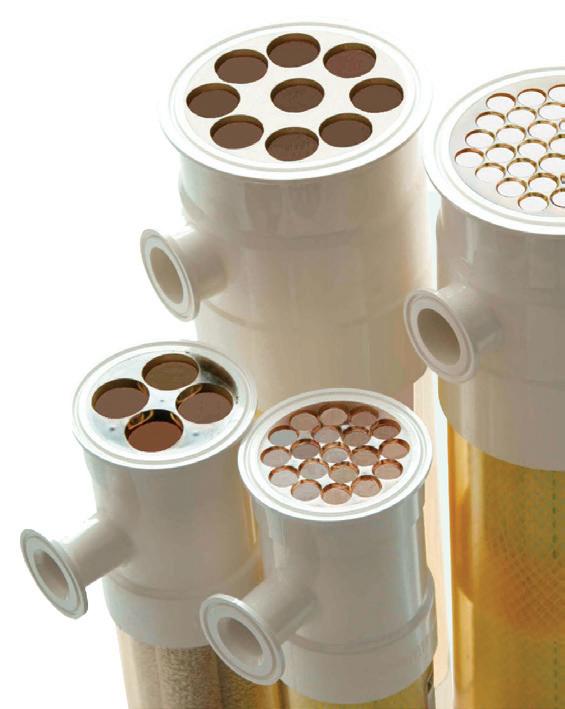
Operating in crossflow filtration mode, whether for general filtration or for high solids filtration, is essentially the same process. A fluid is passed across a membrane surface at a rate fast enough that the fluid keeps the pores free from clogging with solids. The velocity of the fluid sweeps the surface smooth to protect the membrane from fouling.
Fluid dynamics play an important role in the processing of lees. Lees can be very different types of material, depending on the constitution of the mixture and the varying levels of thixotropic solutions. Once a lees solution gets to a certain concentration point, it acts somewhat like ketchup. Turn a ketchup bottle upside down, nothing falls out of the bottle immediately—until it drops into your lap, plate or napkin! If you slammed down an open hand onto a bowl of Catsup, it would be like hitting a wall with your hand. Poke it with your finger and it slides right in. In one case, it is a solid and in the other case, a liquid. Once you get the fluid flowing, it will flow as a liquid until it reaches a very high level of concentration. At some point though, one hits the end, and it turns solid—boom!
This is the conundrum of lees filtration for the winery: the consideration, no matter what the claims are of the manufacture of a particular system, as lees filtration approaches its theoretical end, what is the economic result for the


As the largest producer of glass wine bottles made 100% in the USA, Ardagh Glass Packaging has the resources to meet your unique needs with flexibility, responsiveness and ease. We’re ready to collaborate with you — right from the heart of the major North American wine regions, helping things run e ciently every step of the way. Call us to learn more about our extensive bottle portfolio and the exceptional quality and support you can expect from your local glass partner.
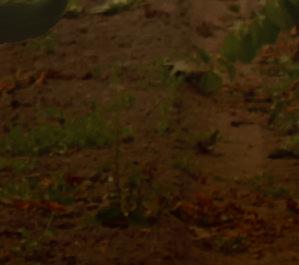


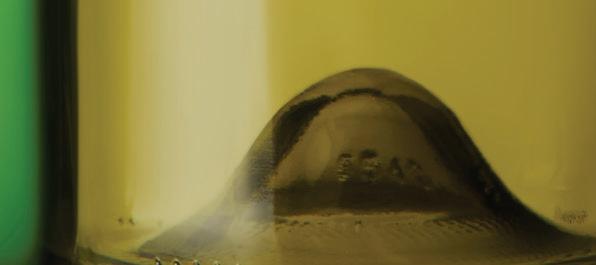








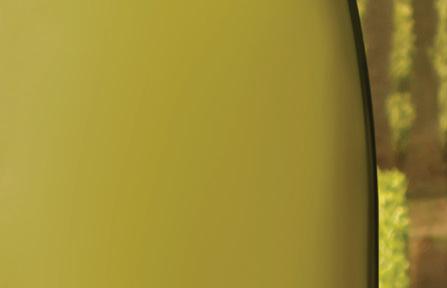

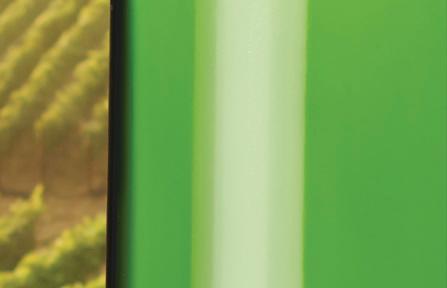


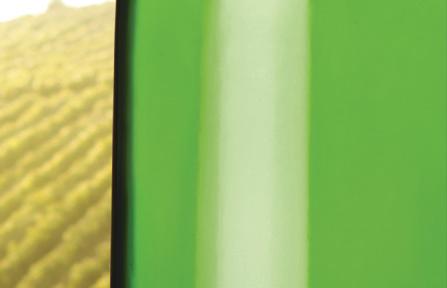
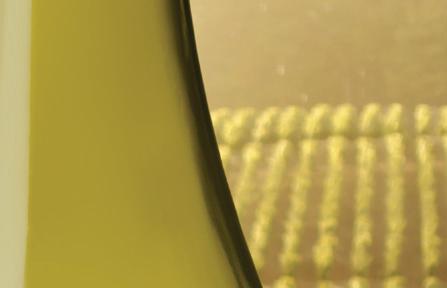

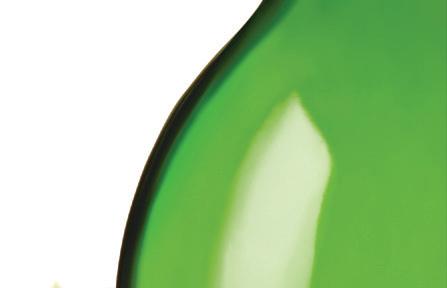


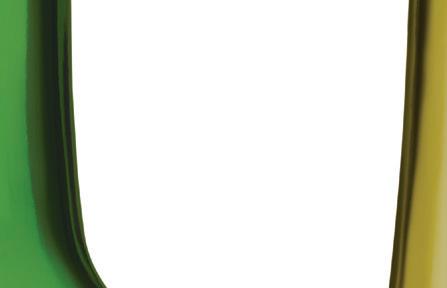
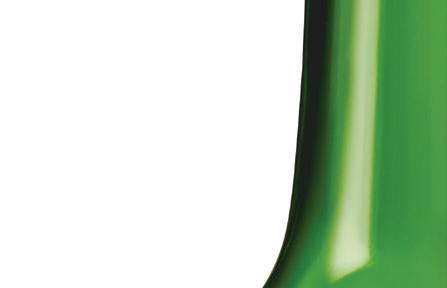


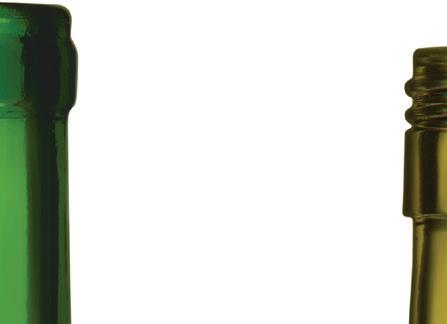





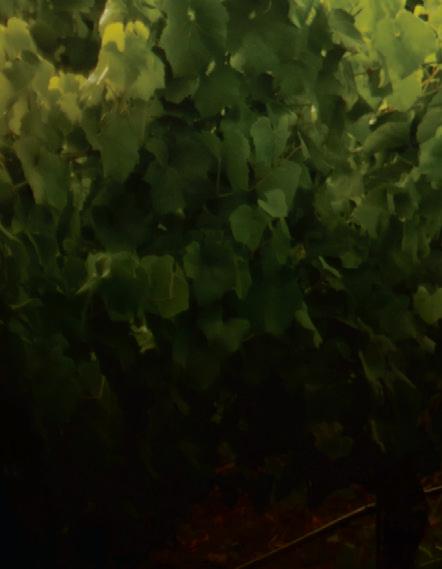

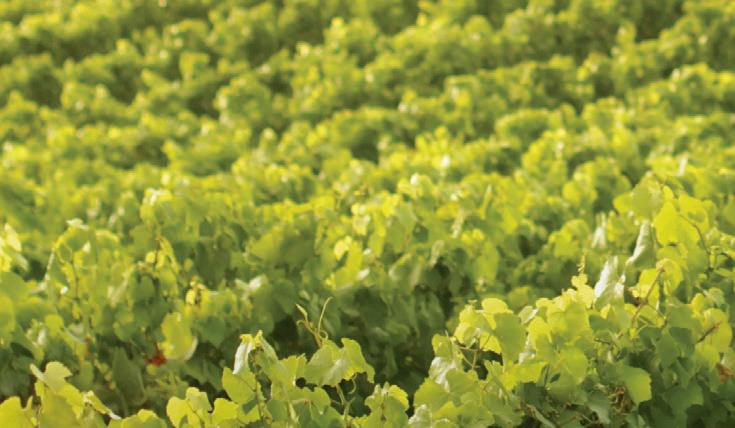

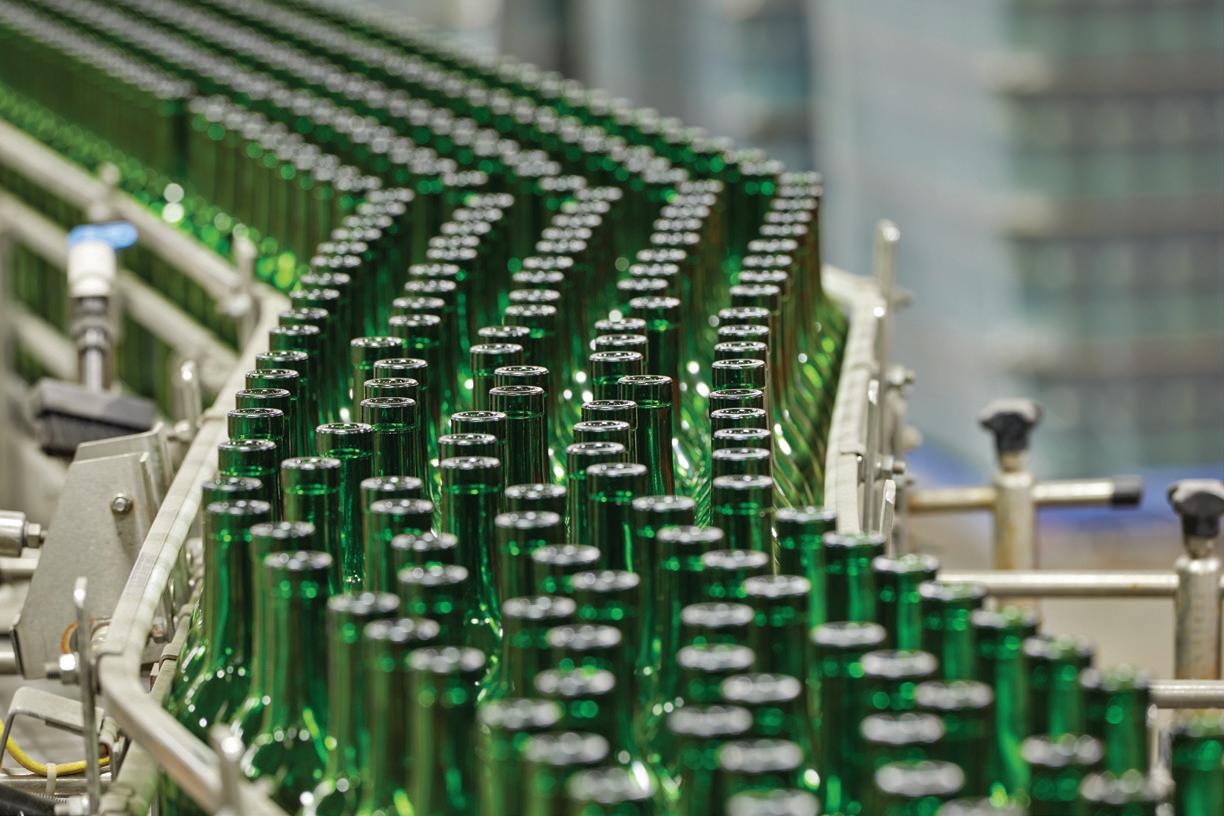
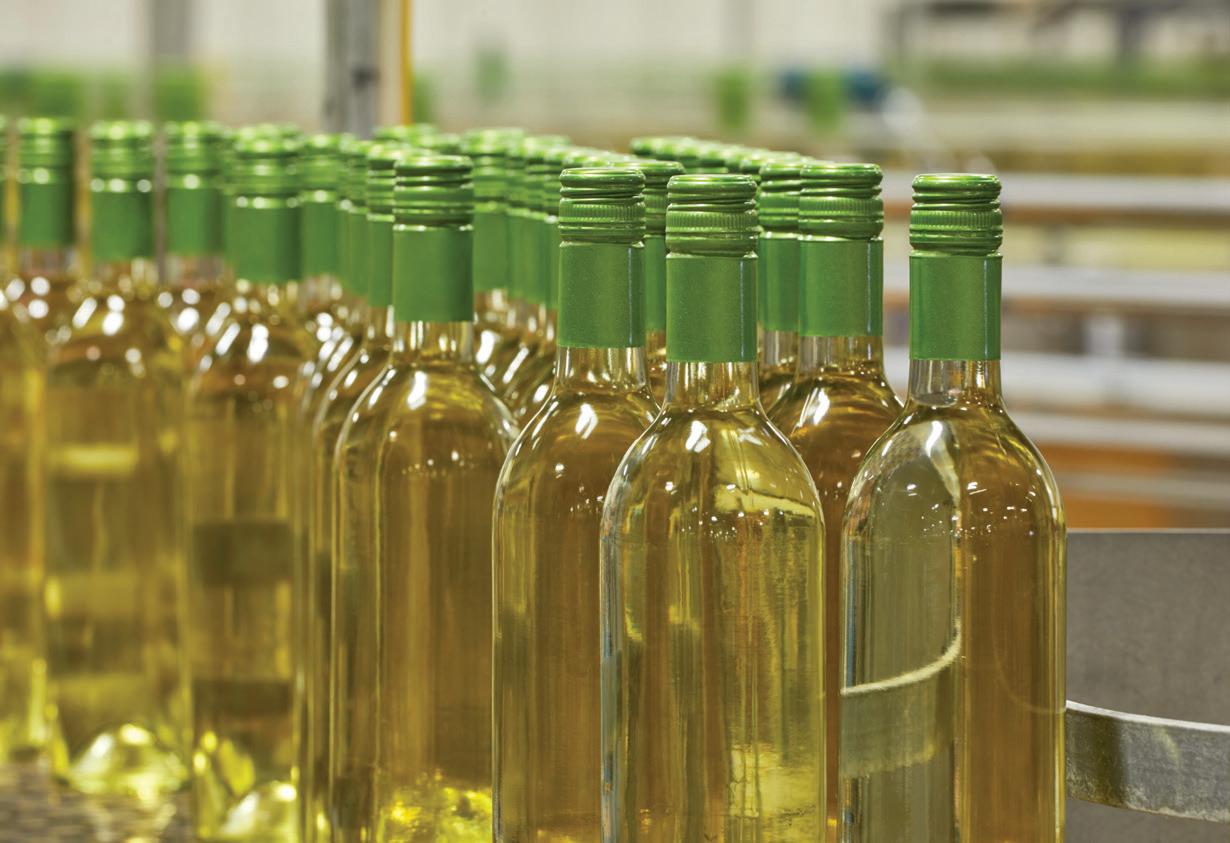

removal of liquid from the solids? It is important to keep this in mind when considering the purchase of a lees filtration system.
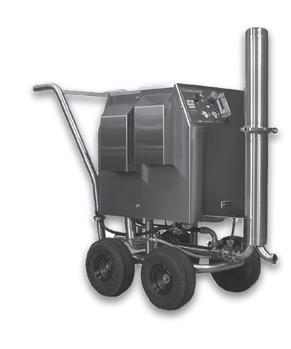
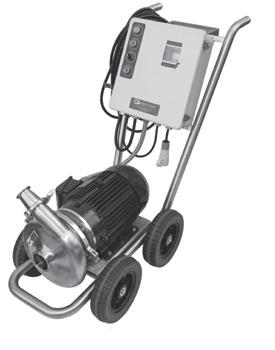
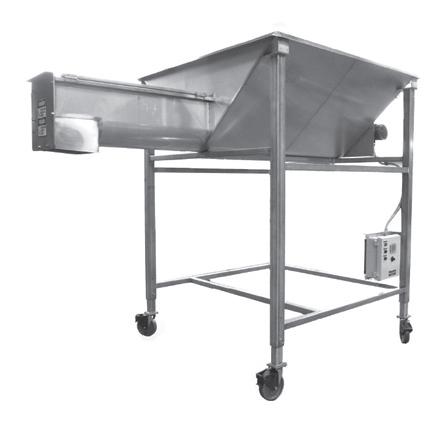
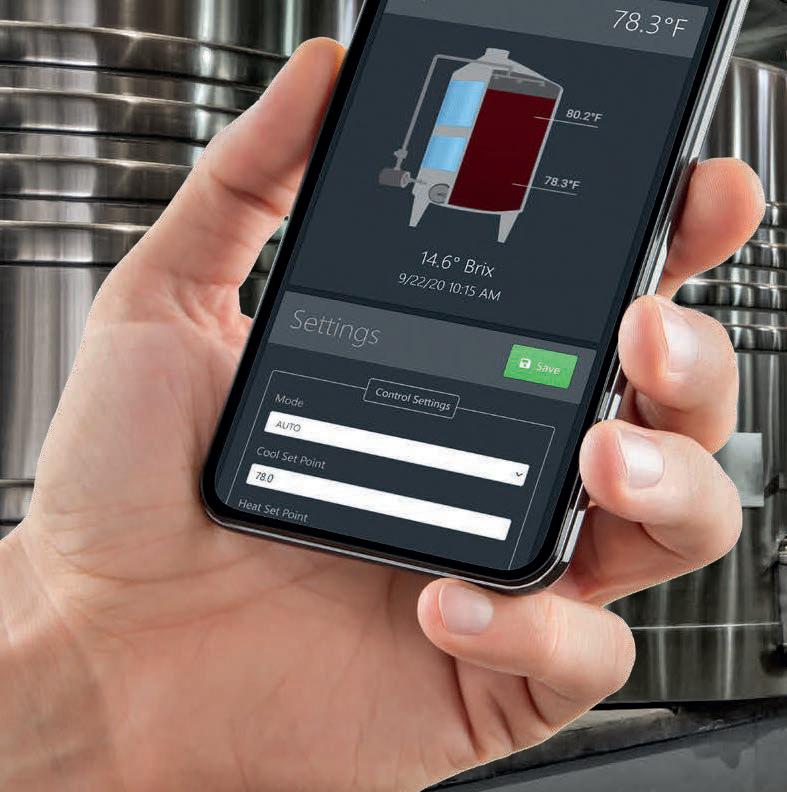

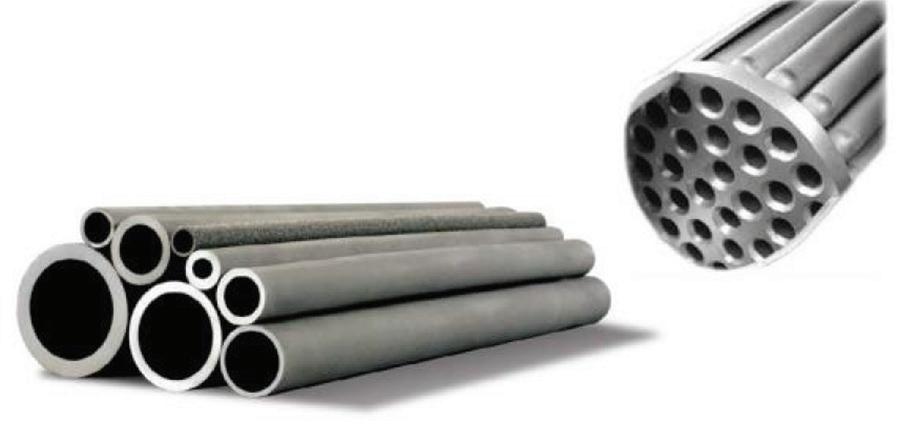



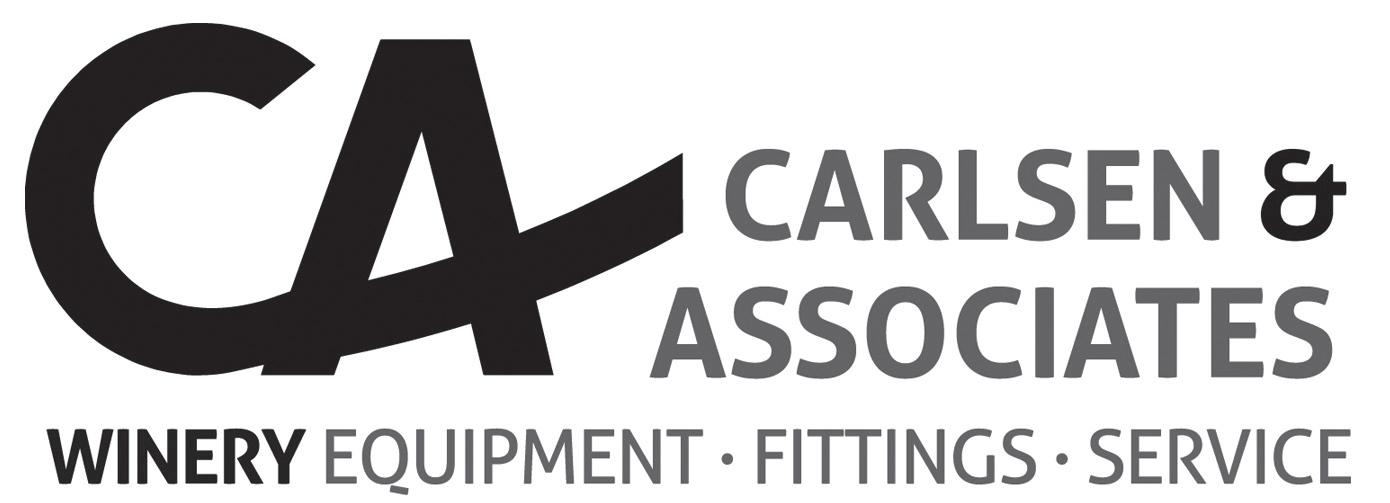
Another method of lees removal is centrifugation. With this method of removing solids, a liquid is accelerated to very high g-forces, with the result that particles, which have a greater density than the liquid they are in, are pushed to the outer wall of the vessel. There are many types of centrifuges that can do this task in a production environment. However, other types, such as scroll and/or decanter centrifuges, are inadequate for lees filtration for quality wines. In this article, I will limit the discussion to disc centrifuges.


For those not versed in this technology, a disc centrifuge (FIGURE 4) is similar to a series of very special pie plates stacked one on top of another. Each pie plate is separated from the others by a spacer in the center of the stack, but the pie filling may only be a few centimeters in diameter at the center. The rest is the walls of the pie crust. Start spinning the pie plates faster and faster until the speed reaches thousands of times gravity at the pie plate wall. The lees are sent to an entry point into the center of the stack of pie plates and the liquid quickly picks up the centrifugal force of the spinning pie plates. By design, by the time the liquid reaches the outer limit of the pie plates, the solids in the liquid are now up against the wall of the disc and removed from the liquid stream.
Through sensor technology, the solids buildup reaches a point in this type of centrifuge where the solid material



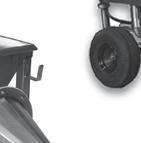




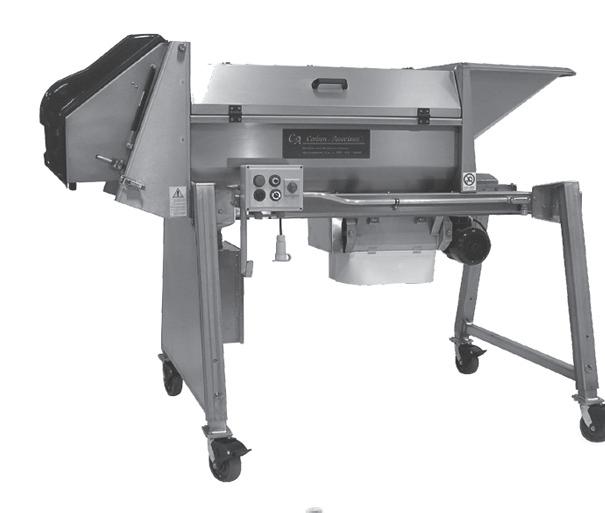
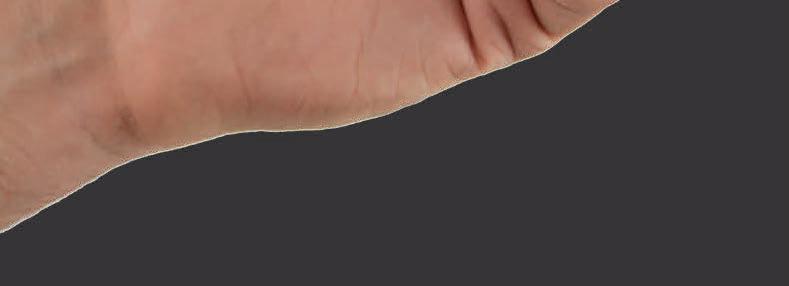

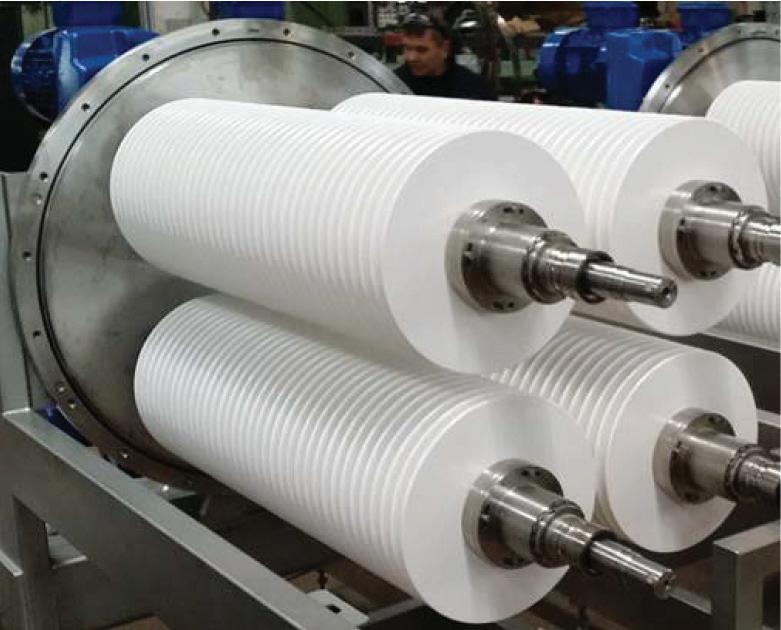

nearly fills the spaces between the pie plates. At this time, a process called desludge occurs. With very precise timing, while spinning at 9,000 g force, the accumulated solids are desludged from the bowl and the process continues. Their system also does not use water during desludge, eliminating any water wine contact.
Additional information about the Separator Technology Solutions (STS 200) centrifuge-based lees filtration system is included in the section below on Centrifugation Lees Separation.


There are many different ways to manage lees with today’s systems, depending on the desired end result and the time needed to achieve that goal. The most common sequence of processing identifies the lees from juice and primary fermentation during harvest and segregates these lees into separate lots for processing during harvest with dedicated lees filters. Juice lees are one of the more difficult materials to process, because of the ability of juice to both ferment during processing and its complex molecular structure. Those lees need to be processed quickly. In many cases, this juice lees material is fermented, as best as possible at this stage, so these wines can be relegated to lower quality products or used as distillation materials.
There are differences between systems that depend on how the system operates with respect to the fibers. For example, some systems use membranes where the juice or wine enters a vertical column and flows from top to bottom. For those systems, fibers are screened in some way, either before entry or during the process flow from the top of the vertical membrane column. During back flushing, the fibers collected during the cycle are removed as waste. In systems flowing from bottom to top, or horizontally, during back flush the fibers can be removed without a screening mechanism.


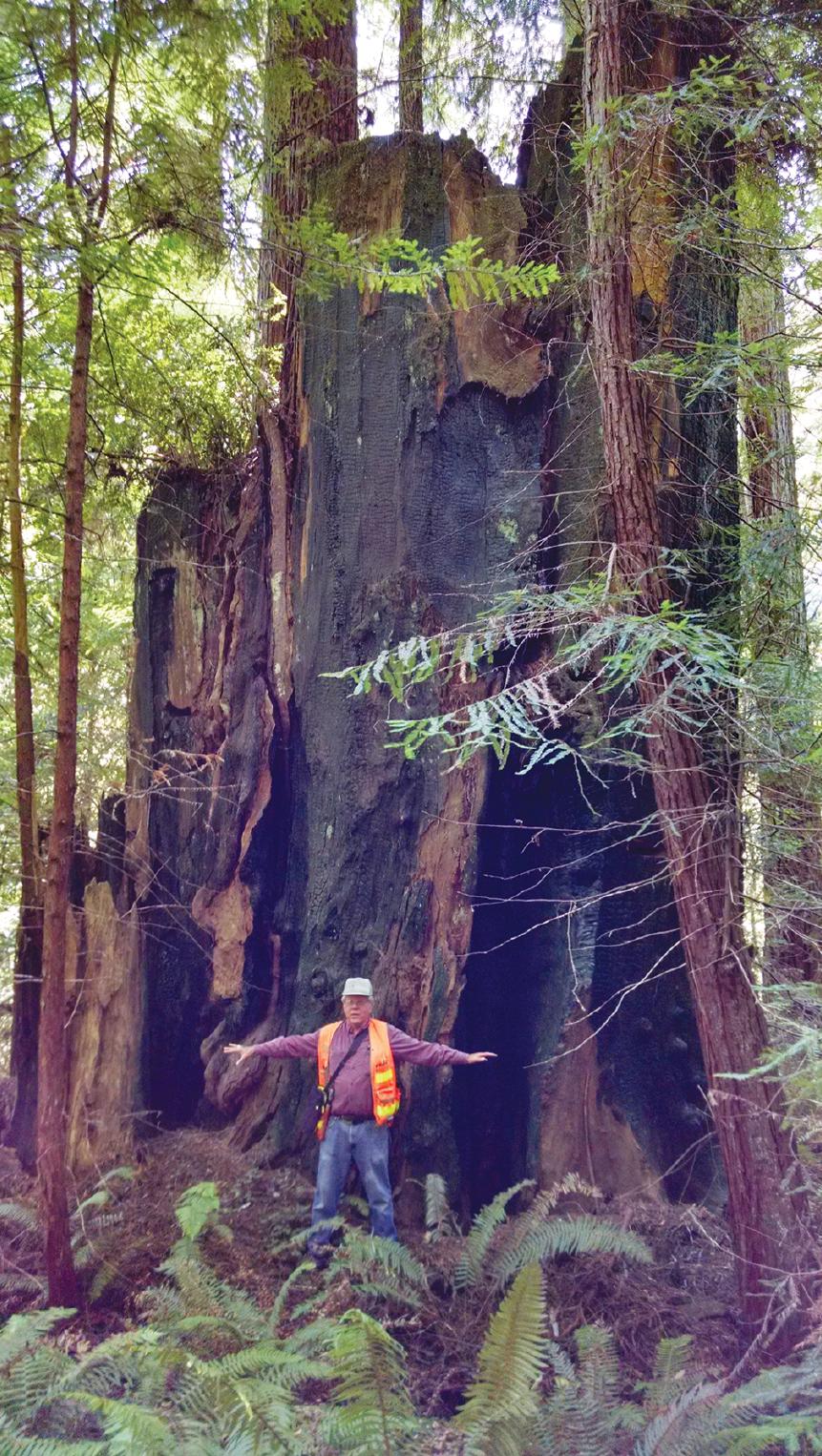
There are two ways to handle lees recovery after primary fermentation. The more common method is to crossflow filter soon after fermentation is finished. A winery may also heat stabilize at this point to reduce that clarification step. The crossflow filtration is run to the racking valve, or to the limits of the tradi tional crossflow filter. Then the tank bottoms are stirred with all solids, and the lees filter is started to concentrate to the limits of the lees equipment. By using this technique, the winery can convert the freshly fermented wine to cellar bright and has a better means of stabilization and protection in the cellar.
Another technique of lees filtration starts with one tank of stirred bottoms, and then bottoms from other similar tanks continue to be added, keeping the total solids at near the initial liquid to solids ratio. In this way, the filtration process can continue at its highest potential flow rate for longer periods of time. The longer the lees stay at their initial solids ratio, the more product can be filtered per hour, which increases the efficiency of the lees filter.

FIGURE 5A: This diagram of the Pall Oenoflow HS filtration system shows that their product flow goes from the bottom of the cartridges and up. The reversal of the direction of the pumped fluid is the primary difference with the top down version of lees filtration.
The next issue to understand is flux decay, which is always an issue for crossflow filtration, but for lees it is very important. All crossflow filtrations have wine flux decay over the passage of runtime. The primary reason for this decay is due to the buildup of several factors in the fluid. The decay is mostly created by the increased number of molecules in the system that are trying to pass through the membrane pores. The next problem is the size of the particles. The greater the particle size, the more blockage will occur due to physical impediment. The higher the concentration of insoluble material becomes, the more it will impede the liquid from passing through the membrane surface.
Wineries need to understand this issue when the manufacturers tell them that it is possible to reach 70, 80 or even 90 percent insoluble solids with their system. From the time a crossflow filter is started, the flux decay falls dramatically during the first hour to a somewhat steady state during next segment of the total run time. Towards the later stage, the flux continues to decrease to lower and lower levels where the influence of backflush does not improve flux performance. Once this state has been reached, continuation at this lower flow rate will ultimately permit the filtered lees product to reach the manufacturers stated maximum concentration. One exception of which I am aware will be discussed in the Pall equipment section.
The Pall Oenoflow HS crossflow membrane system is billed as a combination regular crossflow membrane system as well as a high solids crossflow membrane system (FIGURES 5A AND 5B). Their membranes are hollow fiber, with a 2.6 mm diameter lumen of each fiber, which is one of the smallest diameter fibers for lees crossflow membrane systems. Another unique feature of their system is that their flow direction is from the bottom up. This design was created to provide protection against fiber impingement into the membrane hollow fibers. Every time a backflush occurs, the fibers fall away into the back flush stream. This reduces the chance of blocking the hollow fibers with the plant fibers.
The footprint of the Pall systems is larger than other systems because their membrane cartridges have about 5 m2 of membrane area. Other systems have 10 to 20 m2 of membrane area or have larger bore sizes to increase flow characteristics for heavy solids. Pall systems are designed to down grade initial flow rates at the beginning to add higher flow rates towards the end of the run. Their claim is that system provides an average flow rate that is higher than if the system were not mediated at the beginning.
The lees filters from Koch Separation Systems have a more conventional design that dates back to the early days of crossflow filtration. (FIGURE 6) . Their systems have longer tubes that lie horizontally on the system stand. Velocities can be maintained in this type of system with lower pressure drops per linear foot, and the pumps driving the membranes require smaller volumes than when shorter membranes are lined up in parallel.

The early adoption of large bore hollow fiber tubes was also introduced by Koch many years ago. The advancements in their systems have centered on membrane material development and software systems to maximize their production capabilities.
The large bore membranes allow for flow of heavy solids down the tube. If, for whatever reason, one or more hollow fibers block, the membrane will not be damaged because the tubes are encased in a reinforced web that protects the membrane. In order to clean this system, the end caps can be removed, and the tubes then can be hosed out. It may be a job, but the membranes will be OK.
FIGURE 5B: One of the advantages of the Pall lees filtration system is that it can be converted into a traditional crossflow filtration system.
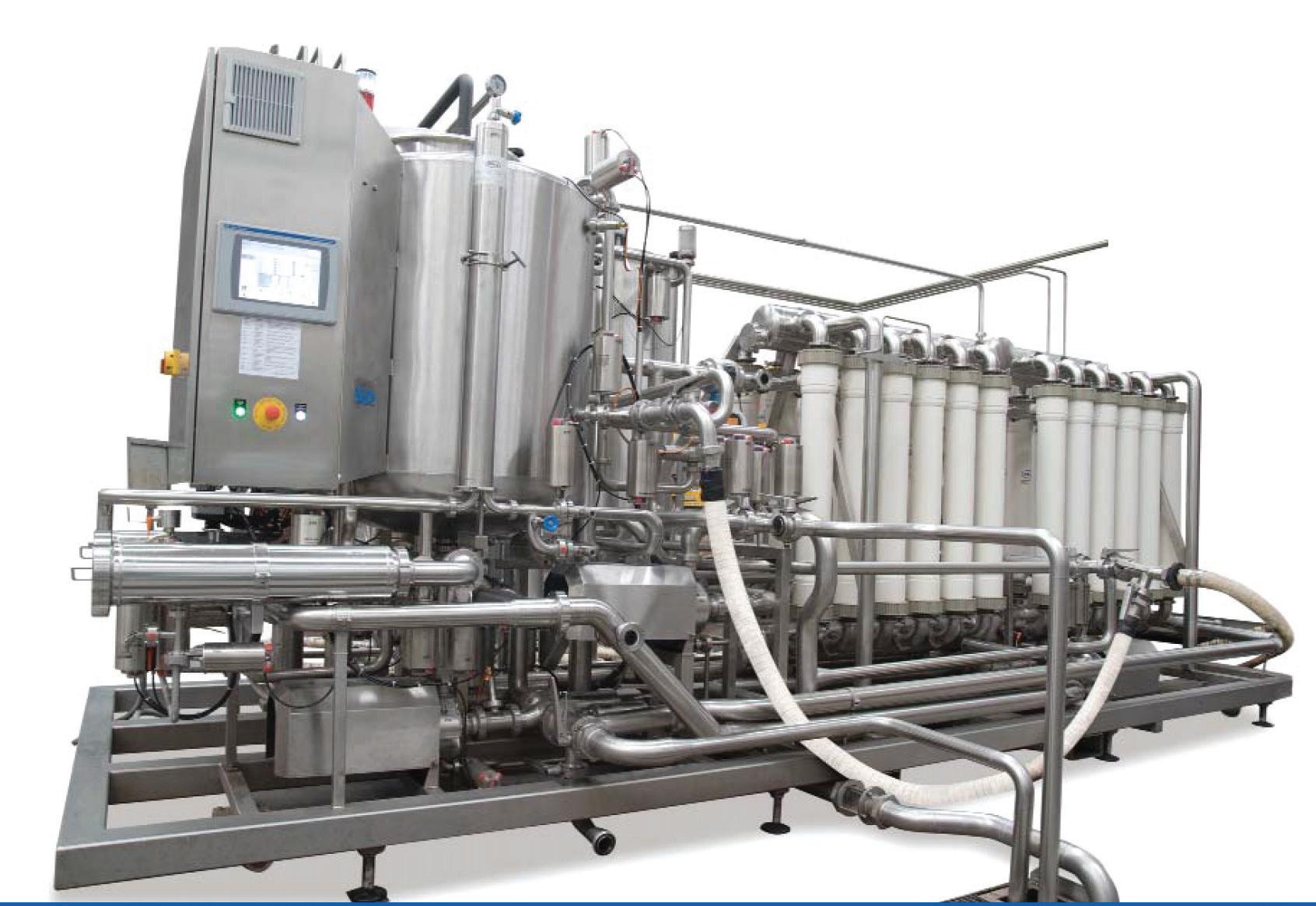
This typical flux curve during the run time will produce 90 percent of the maximum volume that can be achieved for the run in about 60 to 70 percent of the time of the run. The last 10 percent of volume will absorb 30 percent of the total energy required and add to wear on the equipment and possibly to employee time. Thus, a small sacrifice for total recovery actually is a more profitable choice overall. Only the most highly valued products are worth the extra effort to extract the wine from the lees.
FIGURE 6: Koch Separation Lees Cor systems provide a couple of standard sized systems that are optimized for product flow through the membranes on the system. To achieve higher flow rates, systems can be set to run in parallel or serially.




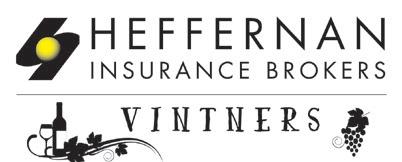












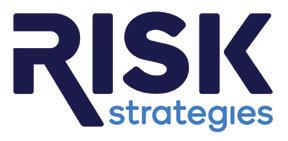




The Della Toffola Lees filter uses ceramic membrane material for the structure of the membrane, with a metal oxide such as titanium oxide layer creating the pore space (FIGURE 7) The system follows the top down flow orientation, as do most of the other lees filter systems. The ceramic membranes have a lumen size of about 6 mm and are arranged as shown in (FIGURE 3A) . These membranes are held in a manifold and have a brushing system to prevent fibers from clogging the lumen. The larger opening of the membrane lumen allows for a free flow of the heavy solids and a potentially wider maximum solid particle size that can be processed.
VLS Technologies produces two types of lees filter systems (FIGURE 9) The first is a dedicated lees filter model named Filtro Lees Stop. The second is a small system called Unico that combines both a traditional crossflow filter with a lees filter integrated into the package. This system is designed for the smaller sized wineries.

The company has developed an inorganic membrane composed of sintered 316 Stainless Steel that has a titanium oxide coating on the stainless steel particles (FIGURE 3D) The sintering process is similar to that of producing the ceramic membrane material. Small granules of stainless steel are compacted into a tube, and then the compacted tube is heated until the contact points “weld” together into one solid structure. Once the tube structure is created, the surface is coated with titanium oxide to establish the pore size of the membrane.
FIGURE 7: The Della Toffola membrane system shown here is one of their smallest systems. Like the other systems, each is optimized to produce the maximum amount the membranes can handle in one day’s operation. Inorganic systems can be produced in a range of lumen
The Dynamos system of Padovan is a different type of architecture than other membrane systems (FIGURE 8) Their design consists of a pressurized chamber containing a series of ceramic membrane discs that spin in the chamber. The spin creates the crossflow velocity. A positive action pump provides the transmembrane pressure to the chamber against the spinning discs. The spinning discs provide the same action as the other hollow tube membrane systems passing the fluid across the membrane surface, keeping them clean. The wine then passes through the membrane to the permeate side of the discs (FIGURES 3B AND 3C) There are backflushing protocols and other system controls optimize the system’s performance.

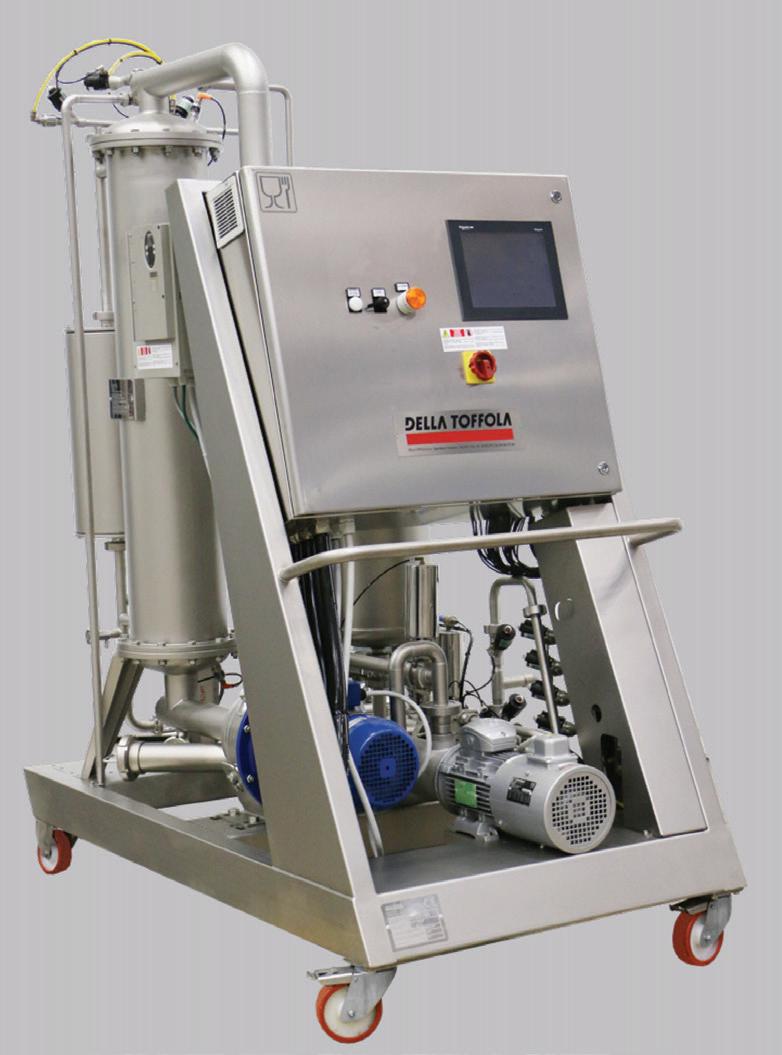
Centrifugation technology is different from the technologies described above, but not all types of centrifugation are applicable for lees filtration (FIGURE 4) . Disc-type centrifuges are a subclass of centrifugation, and the Separator Technologies version of centrifugation uses a subclass of disc-type centrifuges.
Separation of lees using centrifugation may sound simple, but it really isn’t. Imagine the physics of moving fluids with a greater and greater percent of solids through small bore tubes. That takes a precise design of the pump system to keep the process moving at these high levels of solids. The separation of solid material from its liquid matrix has to take place while spinning at high speed and high multiples of gravity. It is a complex process of fluid dynamics that incorporates thixotropic and intramolecular charges which makes removal of solids very tricky.
This challenge has been met by Separator Technology Solutions STS 200. Standard disc type and decanter centrifuges have difficulty with very high density solid material, and small differences in specific gravity can create a difficult dynamic in the solid bowl container. STS 200 has a system that can achieve the same liquid:solid ratios as the levels achieved with RVD systems. The company claims that they can remove solids to the consistency of peanut butter.
Another aspect of centrifugation and lees filtration is in the handling of juice lees. Centrifugation has the ability to process juice quickly during the early stage of juice fermentation. As a result, centrifuged juice lees are not affected by CO2 production. Centrifugation can also be applied to a tank at the instant of dryness, and thus provide a very quick separation of fermentation solids of all types.


Those interested in acquiring a lees filter have many decisions to consider that have not been discussed in this article. For example, there was no sensible way to ferret out differences in flow rate claims by suppliers, since the mixtures of the materials and equipment are so different, and the level of solids that determine the end result are crucial for that determination to be plausible. It should be noted that lees filtration is not as sensitive to flow rate as it is for end wine quality.

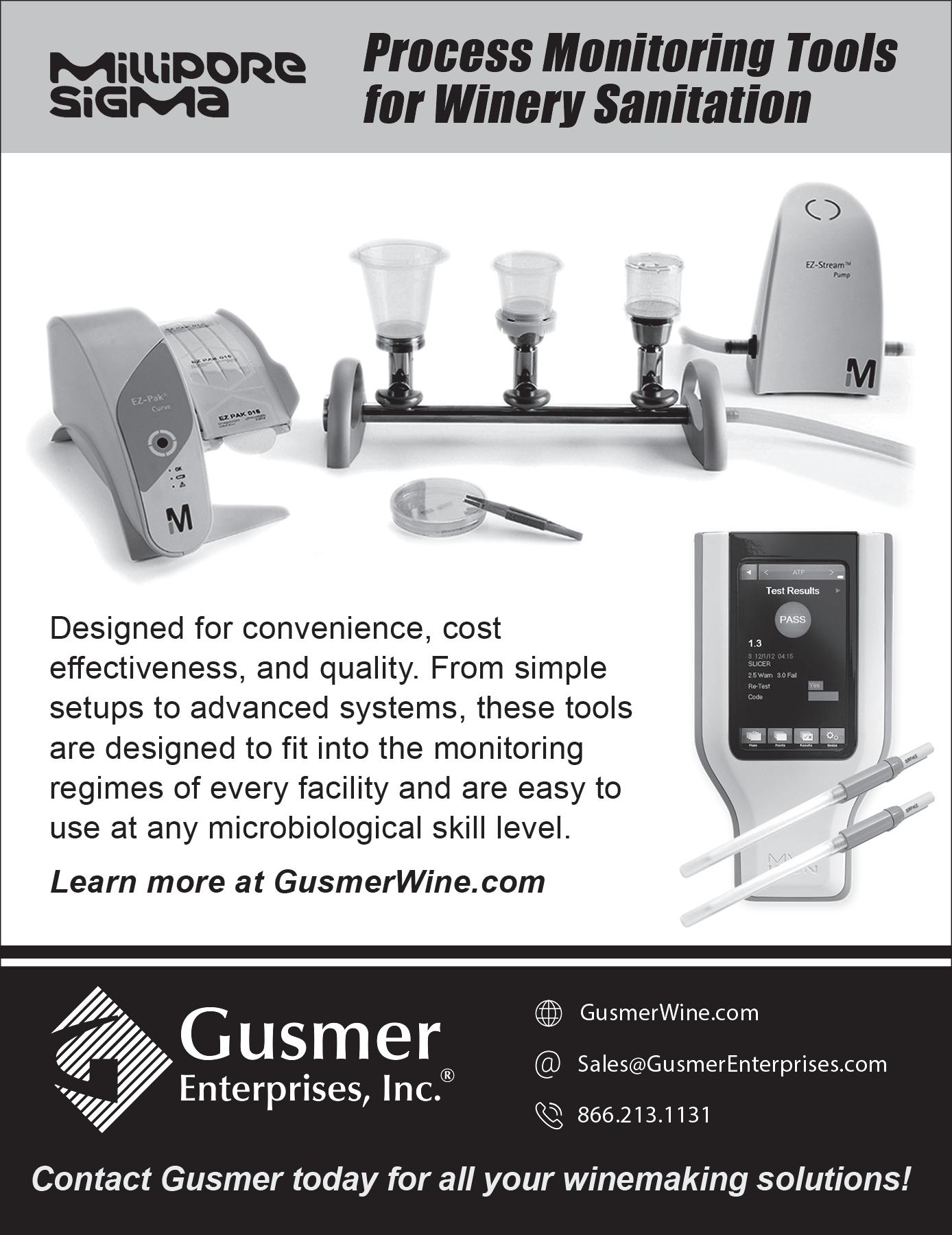


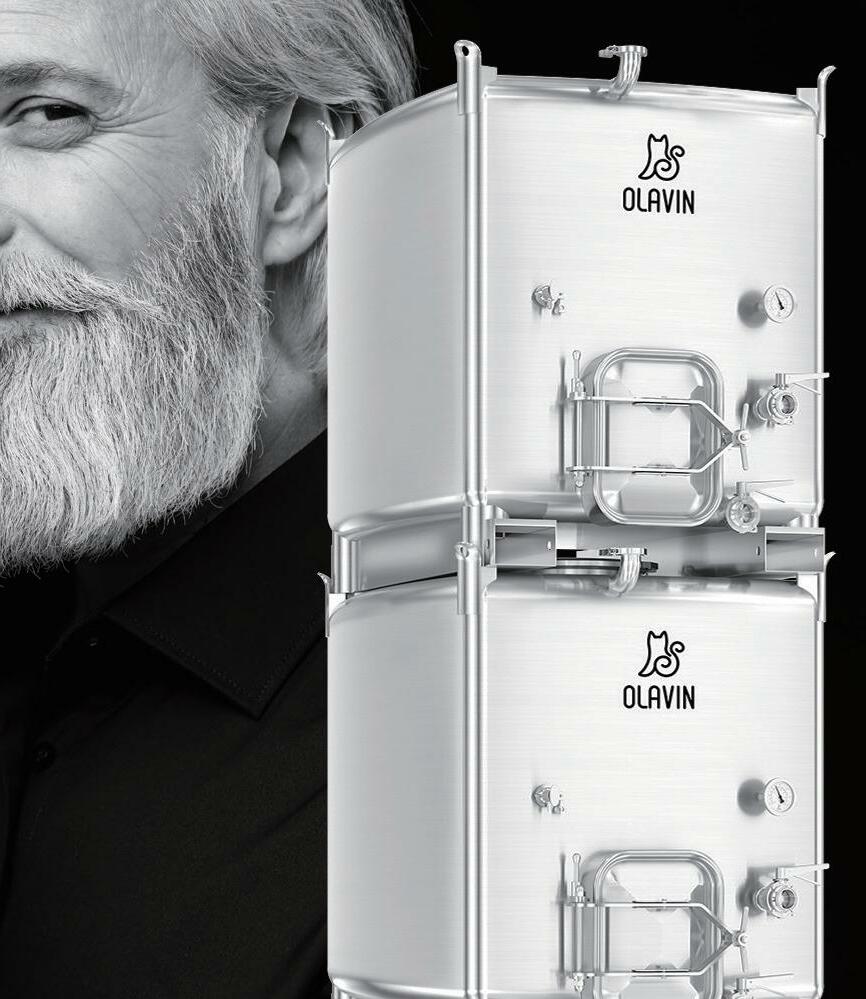
Without appropriate testing, I could not verify any of the claims about oxygen pick up that were made by the manufacturers, and this, along with other elements, need to be determined by any purchaser of lees filtration equipment. On the other hand, I have seen these lees filtration systems in operation. They are truly amazing feats of engineering and can provide the recovery of valuable wine that will contribute to any winery’s bottom line. WBM
References
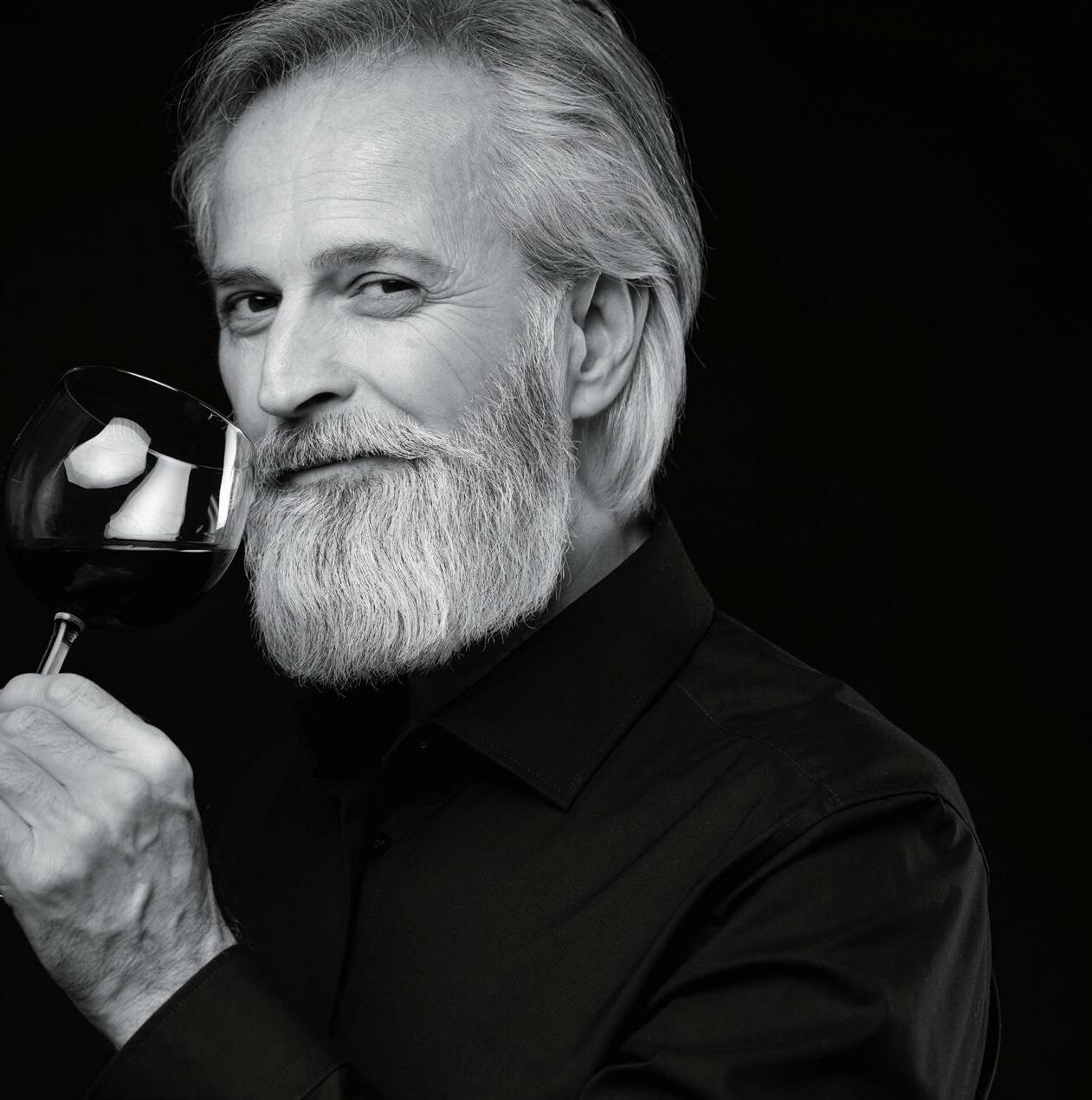
Fia, Giovanna. “Wine Lees: Traditional and Potential Innovative Techniques for Their Exploitation in Winemaking” in Grape and Wine Biotechnology, October 2016. DOI:5772/65043.
Celatom Diatomaceous Earth. Nova-Filtration Celatom-Pressure-Filtration-with-DE.pdf (www.novafiltrationtech.com)

grow better grapes and make better wine. Contact: bryan@vintnersinstitute.com





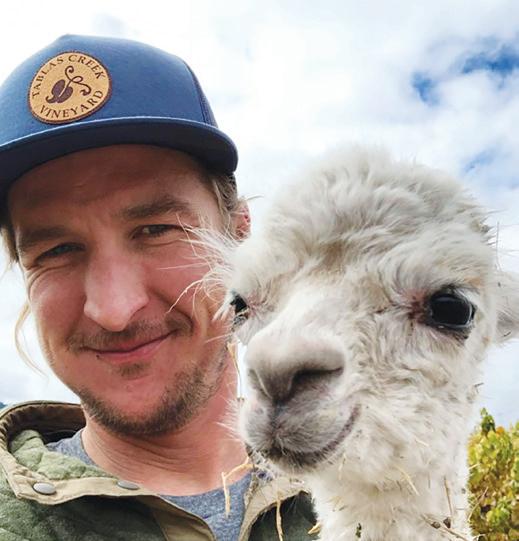
Born and raised in a small beach town by the name of Scituate, Mass., 30 miles south of Boston, Lonbord graduated from Cal Poly San Luis Obispo with a degree in fruit science. He assisted in the management of the deciduous orchard on campus for over two years until Lonbord took his first job in the wine industry with Monterey Pacific, Inc., a large vineyard management company in Monterey County. Working as a PCA and then as a viticulturist on the famous San Bernabe Ranch and in Haymes Valley, Lonbord gained an amazing educational experience. Ever since he began working in agriculture, Lonbord dreamed of an opportunity to work on a property such as Tablas Creek. In February 2016, that dream came true.
Biodynamic and organic farming movements lost momentum in the 1940s as some of the methods were deemed pseudoscience by the juggernaut of conventional farming. Nowadays, many growers are at a breaking point and ready to surrender to nature’s “magic,” once again but this time with some soil health laboratory guidance. While industries take a hard look at greening their operations, farmers are going back to the basics. Organic and Biodynamic farming are alive and well. Now, regenerative organic farming is on the rise as it includes methods for repairing environments. Mark Smallwood, the executive director of the Rodale Institute, wrote in the intro to the organization’s white paper, “Regenerative Agriculture can sequester carbon and reverse climate change.” A culture shift is under way. Communities all over the world are now aggressively adopting new climate emergency policies, and businesses are transitioning to consider the triple bottom line; people, planet and profit, often referred to as ESG in the investment world. According to Investopedia, ESG, or Environmental, Social and Governance, is “A set of standards for a company’s behavior used by socially conscious investors to screen potential investments.”
The Regenerative Organic Alliance (ROA) has stepped into the business arena to illuminate a way forward. Soil health, animal welfare and social fairness make up the three pillars of this system. According to their website, “Regenerative organic agriculture is a collection of practices that focus on regenerating soil health and the full farm ecosystem. In practice, regenerative organic agriculture can look like cover cropping, crop rotation, low- to no-till, compost, and zero use of persistent chemical pesticides and fertilizers.”

Tablas Creek Vineyard has been farmed organically since the Haas family opened their doors and pioneered California’s Rhône-styled wine movement in 1989. A recipient of the California Wine Institute’s Green Medal Award, this winery has produced dozens of 90+ scoring wines by working with nature instead of against it. Soil health is a key component to the regenerative organic certification process. This study spotlights Tablas Creek’s journey into gaining the Regenerative Organic Certification (ROC) through compliance with the ROC Soil Sampling Guidelines, which use soil tests, Organic Matter (OM) and Active Carbon (AC) as key performance indicators (KPIs). The University of Cornell describes the significance of each analysis as follows:
Active carbon (AC) is a measure of the small portion of the organic matter that can serve as an easily available food source for soil microbes, thus helping maintain a healthy soil food web. Measured by potassium permanganate oxidation, the value is presented in parts per million (ppm) and scored against an observed distribution in regional soils with similar texture. While a measure of a class of physical substances, active carbon is a good leading indicator of biological soil health and tends to respond to changes in management earlier than total organic matter content because, when a large population of soil
FIGURE 1. Atmospheric carbon dioxide amounts and annual emissions.

Measuring organic matter and active carbon informs regenerative farming decisions to improve carbon sequestration and grow healthier vines.Bryan Avila is a formally-trained enologist, seasoned commercial winemaker, ACUE credentialed educator and co-founder of the Vintners Institute. The Vintners’ Institute is a grassroots, next-gen effort to bring wine industry producers and allies together, online and in person, to innovate with nature, educate the workforce and Inspire good leaders. A freelance writer for WBM’s Trials & Troubleshoots section, Bryan wants to hear what you are doing in your vineyard and winery to overcome challenges,
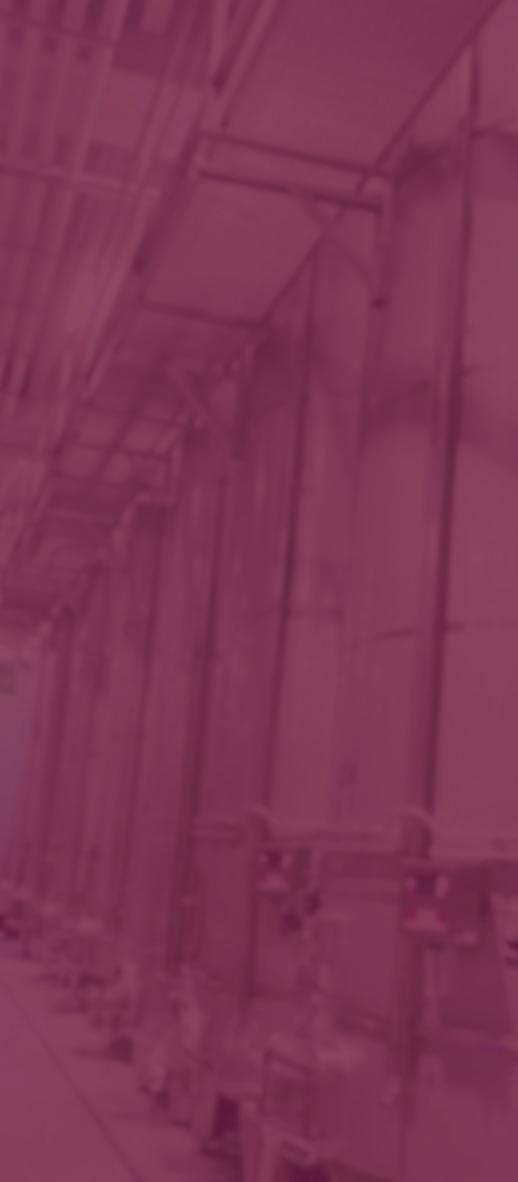




















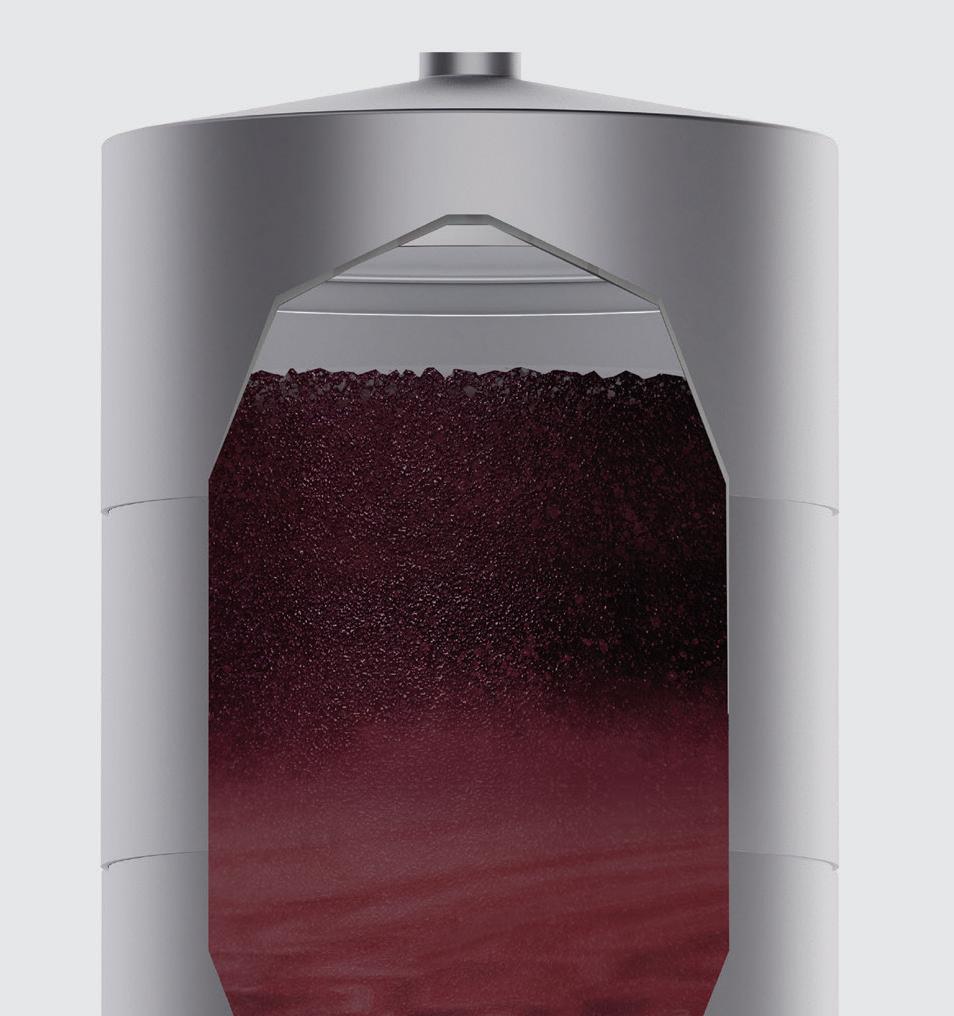
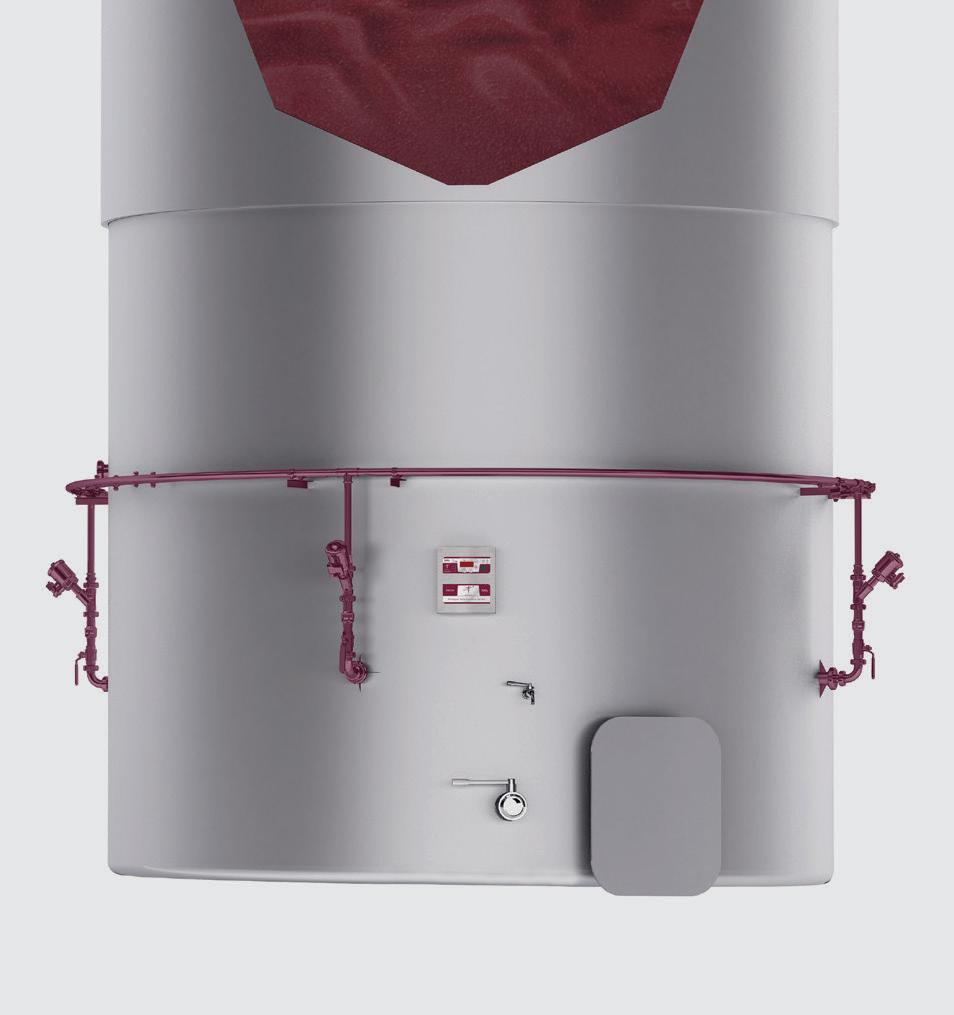



FIGURE 2. The relationship between active carbon and organic matter, shown here in a slide from Ohio State University

microbes is fed plentifully with enough organic matter over an extended period of time, well-decomposed organic matter builds up.
Organic matter (OM) is a measure of the carbonaceous material in the soil that is biomass or biomass-derived. Measured by the mass lost on combustion of oven-dried soil, the value is presented as a percent of the total soil mass. This is scored against an observed distribution of OM in regional soils with similar texture. A soil characteristic that measures a physical substance of biological origin, OM is a key or central indicator of the physical, biological and chemical health of the soil. OM content is an important influence on soil aggregate stabilization, water retention, nutrient cycling and ion exchange capacity. OM acts as a long-term slow-release pool for nutrients. Soils with low organic matter tend to require higher inputs and be less resilient to drought and extreme rainfall. OM is directly derived from the biomass of microbial communities in the soil (bacterial, fungal and protozoan), as well as from plant roots and detritus, and biomass-containing amendments, like manure, green manures, mulches, composts and crop residues. The retention and accumulation of OM are influenced by management practices, such as tillage and cover
cropping, as well as by microbial community growth. Intensive tillage and lack of organic matter additions from various sources will decrease organic matter content and overall soil health with time.

This study was part of the work required to comply with the certification requirements for obtaining the Regenerative Organic Certification by the Regenerative Organic Alliance.
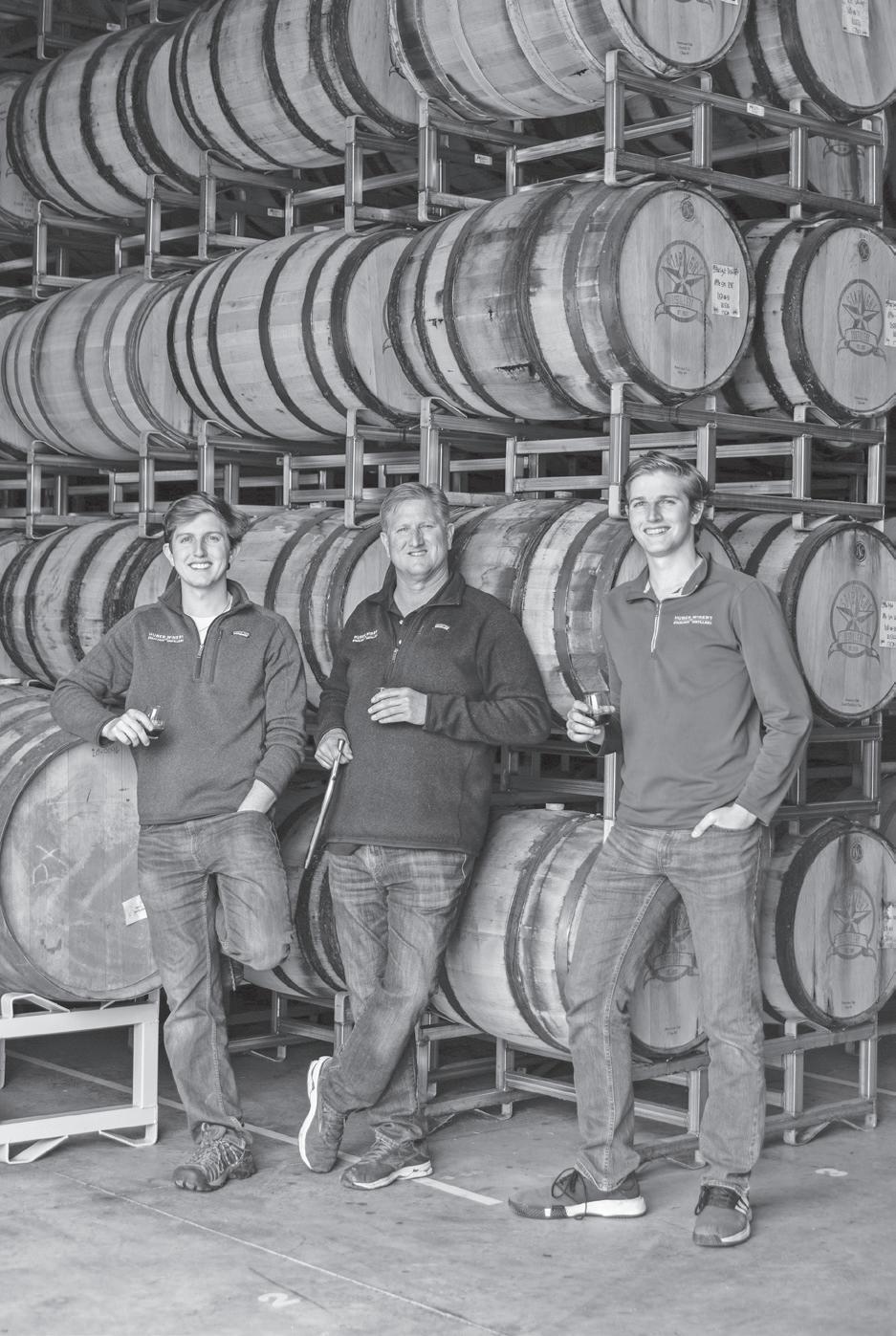
FIGURE 3. The results of this three-year study show the variance in organic matter after different tillage practices were used.
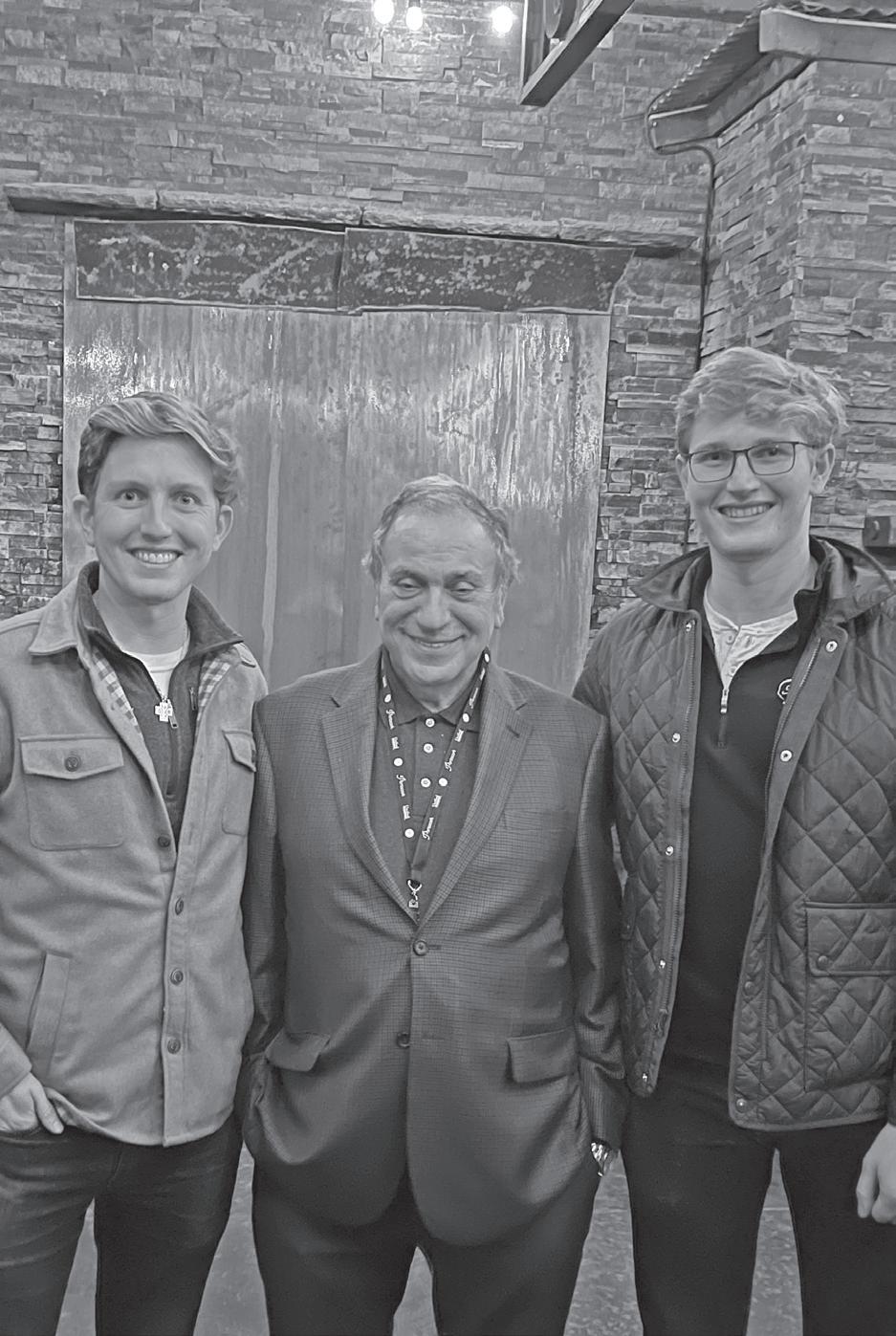
This trial evaluates the effect of tillage through the lens of carbon sequestration. This is done by measuring the difference in Organic Matter and Active Carbon at the beginning of the certification process in fall 2019 and about three years later in spring 2022. As shown in the trial parameters below, this trial surveys a full range of conditions, from the never-cultivated control, which demonstrates what nature can do with grazing alone, followed by two practical intermediate levels of tilling, ending with a heavy tilled, dry-farmed lot, which requires four to five tilling events per year.
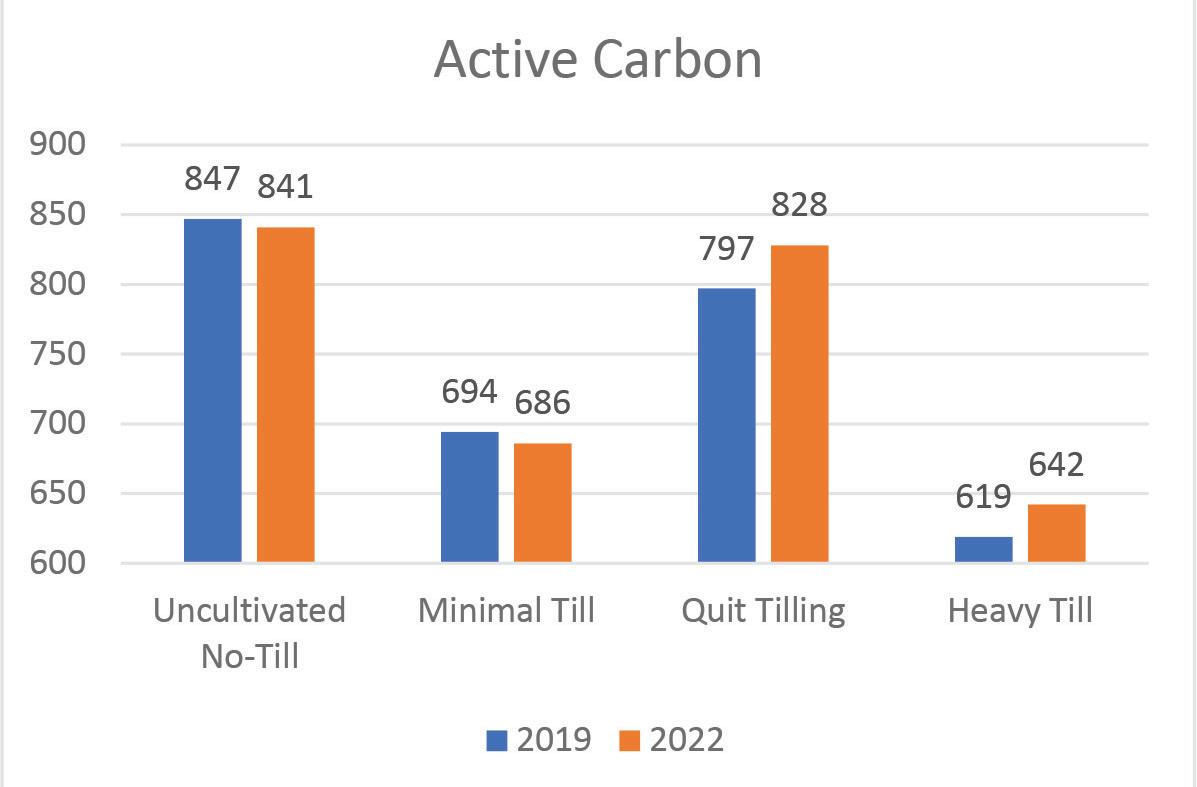
1. Control: Never tilled baseline—Uncultivated site used for grazing.
2. Minimal Till—Grenache block tilled once just prior to planting cover crop. The angle of the disk blades was set to a lesser angle after the 2019 sampling, reducing the penetration from 3 to 4 inches in depth to 1 to 2 inches, to create a seed bed.
3. Quit Till—A Roussanne block with heavy tillage until 2019 then quit tilling to present day.
4. Dry-Farmed, Heavy Till—A dry-farmed Syrah block with four to five tilling events per year.
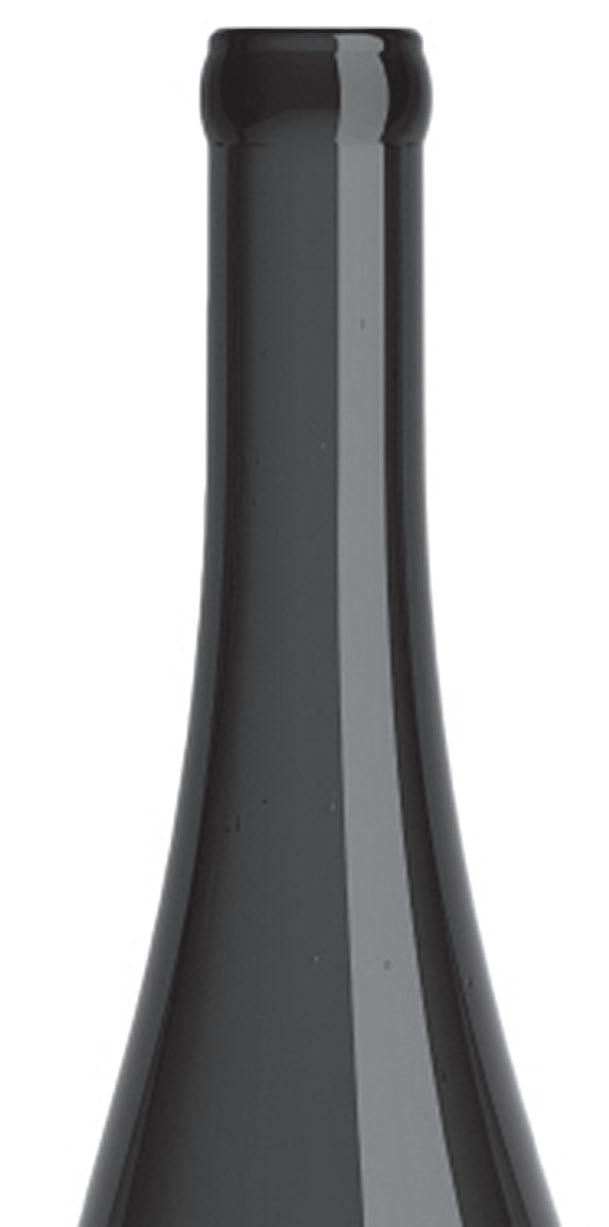
FIGURE 4. The results of this three-year study show the variance in active carbon after different tillage practices were used. Embrace sustainably recycled glass. The sustainably manufactured Wild Glass™ range o ers a natural glass look and organic and deliberate aesthetic imperfections. Nearly all of the Wild Glass™ material is Post Consumer Recycled (PCR) glass.

Prior to certification, the vineyard sites were already being farmed to organic and Biodynamic standards, using more qualitative assessments. The Organic Matter and Active Carbon analyses have added helpful KPIs to the organic farmer’s toolbox. The following charts show how the results change between the beginning to the end of the three-year study for Organic Matter, Active Carbon and 10 other measured chemistries, including biological and physical soil attributes, distilled into a 100-point overall quality score as assessed by the University of Cornell’s Soil Health Laboratory.
FIGURE 3 shows that organic matter has increased across the board for the vineyard blocks above. Most notably, the organic matter in the Minimal Till block has nearly doubled at just over 1.8 times its 2019 value. In the interview, Lonbord commented on the height and amount of the vegetation that was being returned to the soil, showing the power of disking in a robust cover crop as the next year’s crop is seeded in shallow furrows.
FIGURE 5. The results of this three-year study show the variance in overall soil quality ratings after different tillage practices were used.
All things considered, the Cornell soil quality ratings displayed in Figure 5 present a clear overview summary of the results. No change in the uncultivated soils, a predictable decline in the dry-farmed block, a drastic jump in soil quality from the minimally tilled vineyard with the low-till angle, and cover crop vegetation disked back into the soil prior to seeding. The once heavy-till Roussanne block (Quit Tilling) showed a 5 percent gain in soil that is attributed to the ceasing of tilling operations.
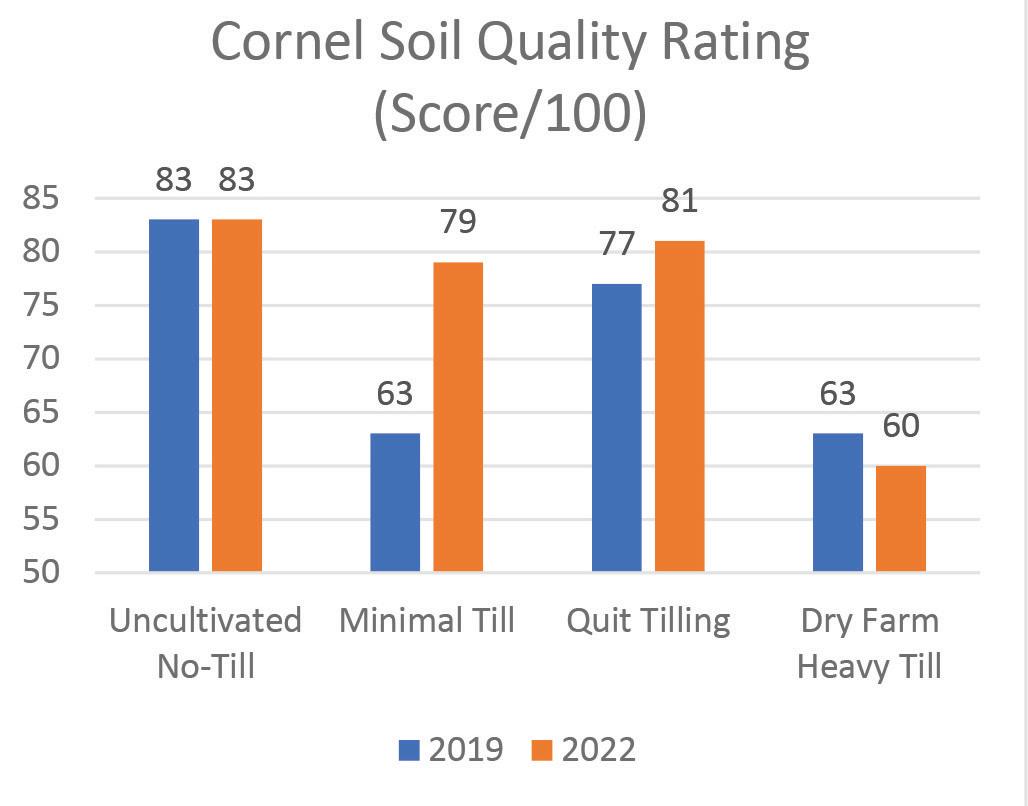
These results provide evidence that cover cropping and reduced tilling are essential for increasing the organic matter and active carbon required to sequester carbon. They also show just how responsive the soils can be over a three-year span in a healthy vineyard. These soils will be more responsive than those that have been tilled and sifted with standard conventional farming
applications that kill off the biodiversity, sapping the soil’s resilience. It may take time to build up the microbial load in these soils, but the long-term benefits will be worth it to the planet and grape quality.




I learned that the ROC certification is different because of the social welfare component. It includes the humans in our vineyard and winery ecosystem by considering their quality of life. It’s been an interesting journey, and I’ve learned a lot through this process. We are proud to show off the social responsibility aspect of the ROC certificate and put it on our labels. Including the human aspect in this equation shows that we value what it really means to farm because none of this happens without people. Paid living wages are a powerful message to show the farmworker community that we care about more than just soil carbon. ROC uses this COLA calculator developed by MIT. They consider food, housing, etc. For Paso Robles it was $18.63. You either need to pay this COLA or make up for it in another way. I’ve seen firsthand that you get what you pay for when it comes to labor savings. I hope this movement influences the ag community.




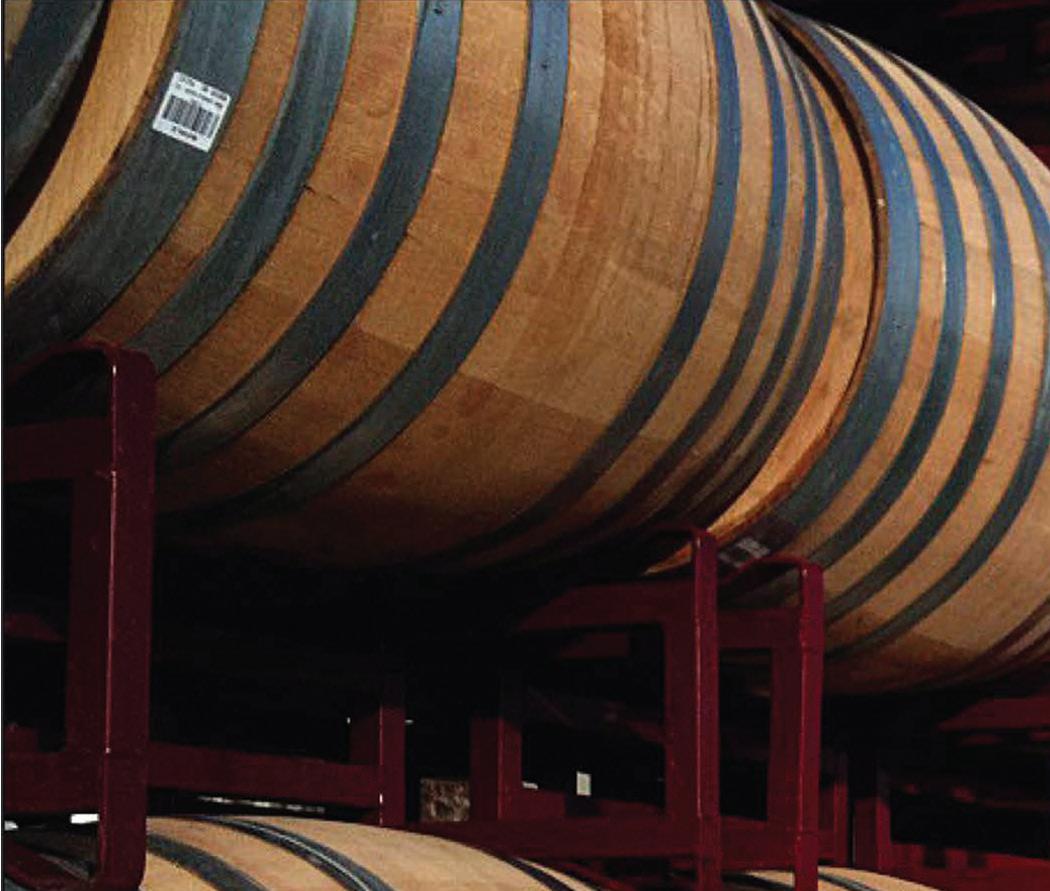
What was the motivation to conduct a soil health trial?

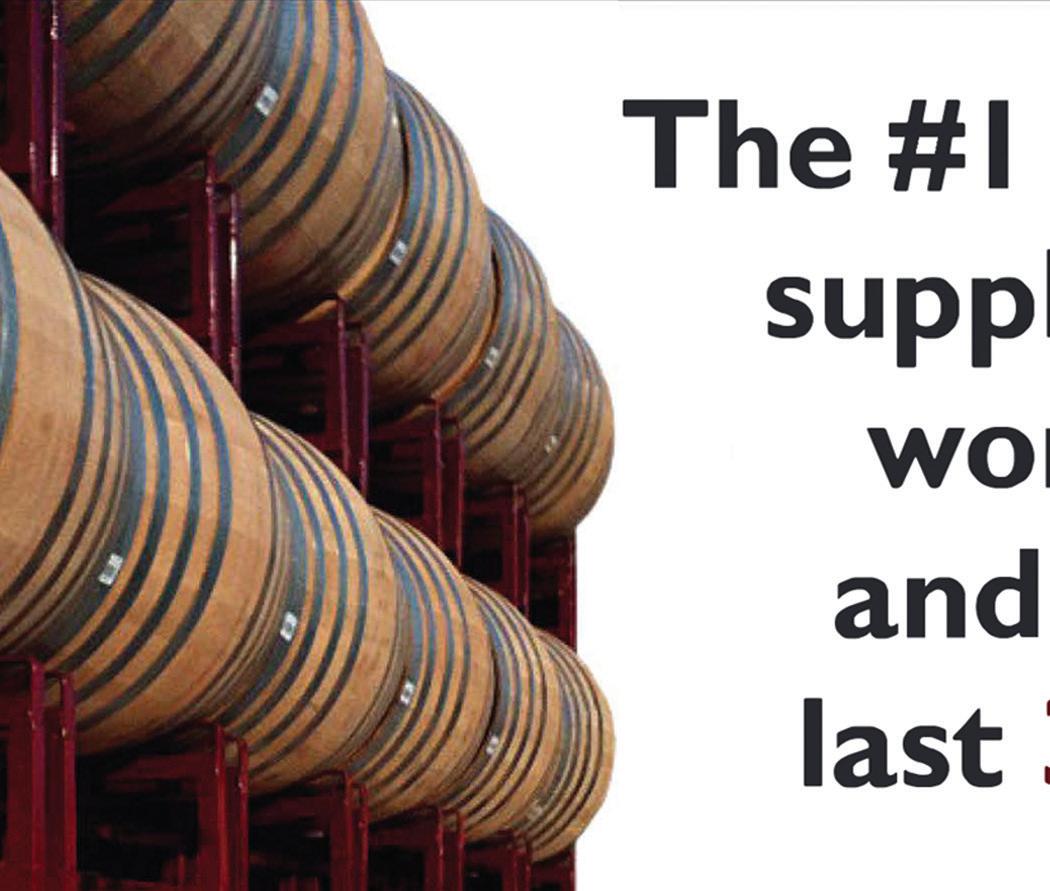
Lonbord: Measuring soil health was a requirement to comply with ROA’s certification process. Looking at Soil Density, Active Carbon and Organic Matter, percentages are a good way for them to gauge what an operation is doing without having to be on-site. After all, if regenerative farming methods are working, you should see these numbers rising. It’s an incentive to get farmers to start storing carbon in the ground. Prior to working with the ROA people, we were already farming using organic and Biodynamic practices.
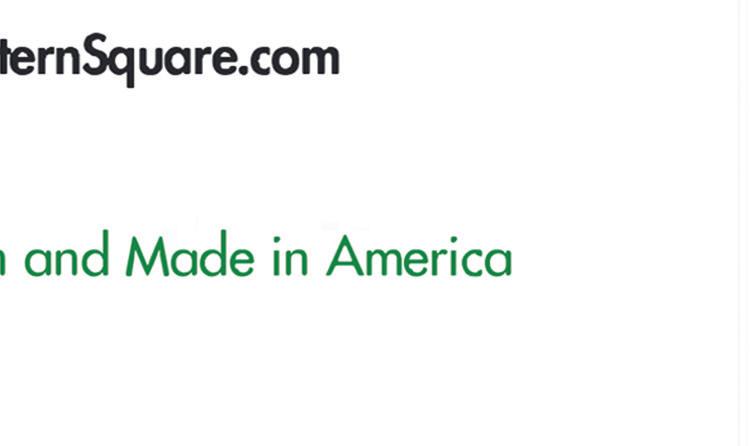


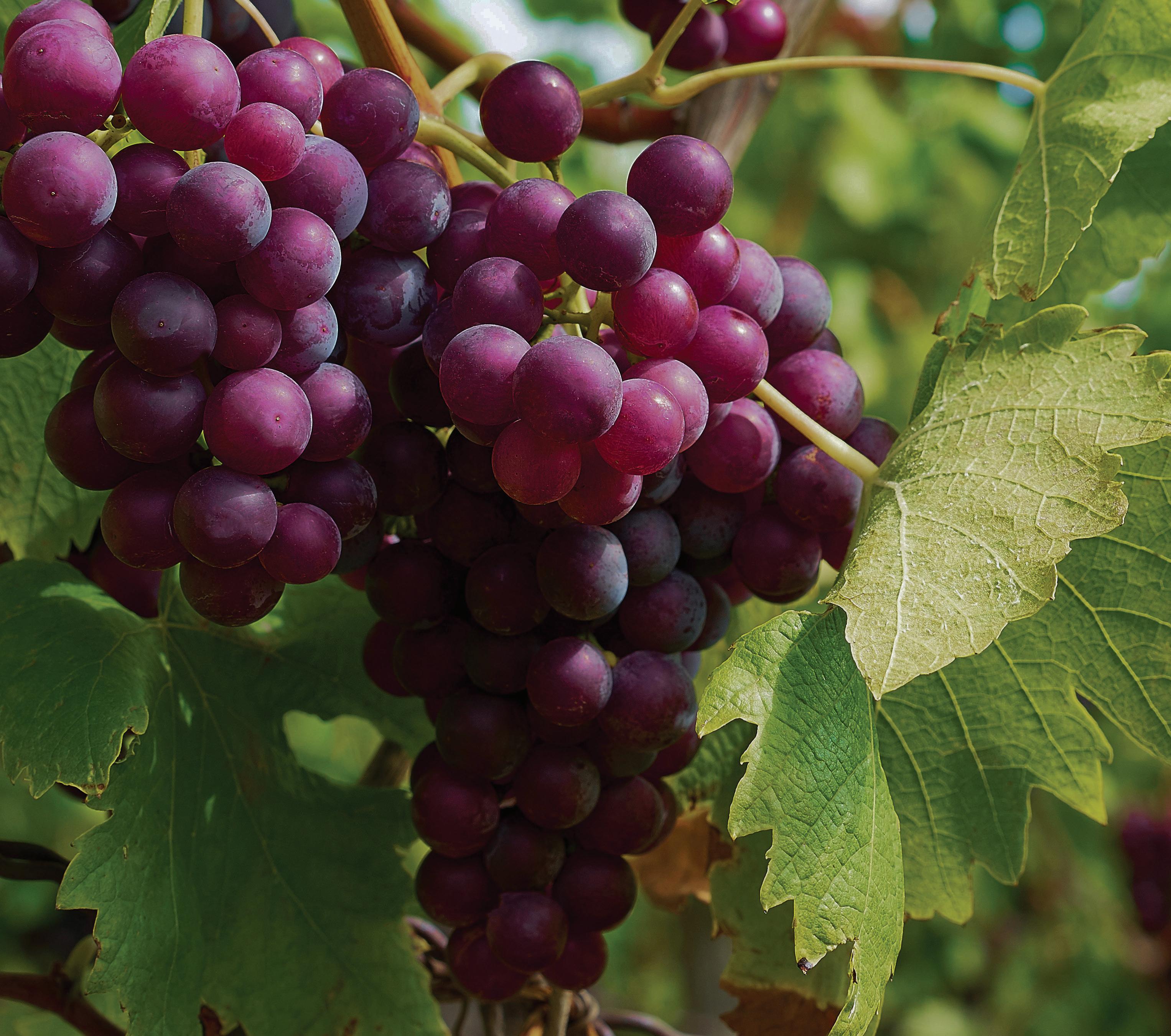


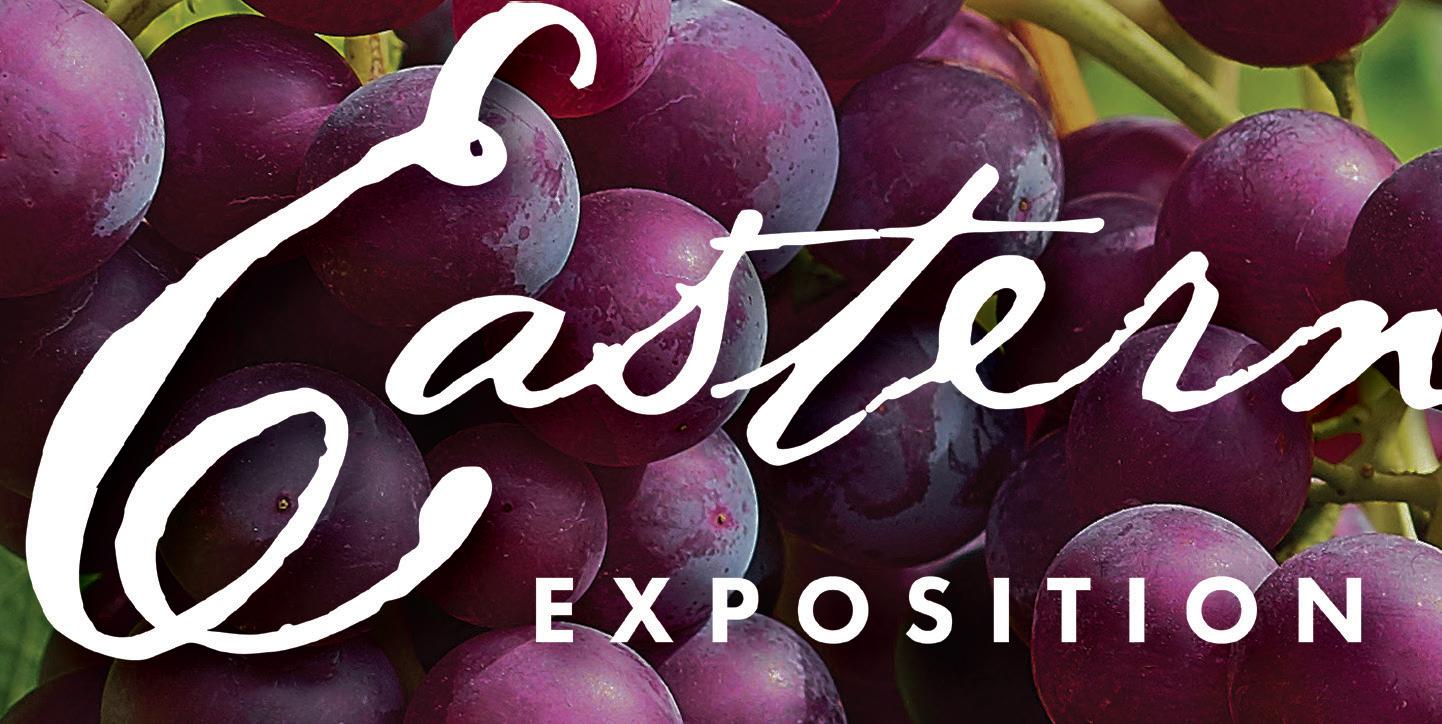

















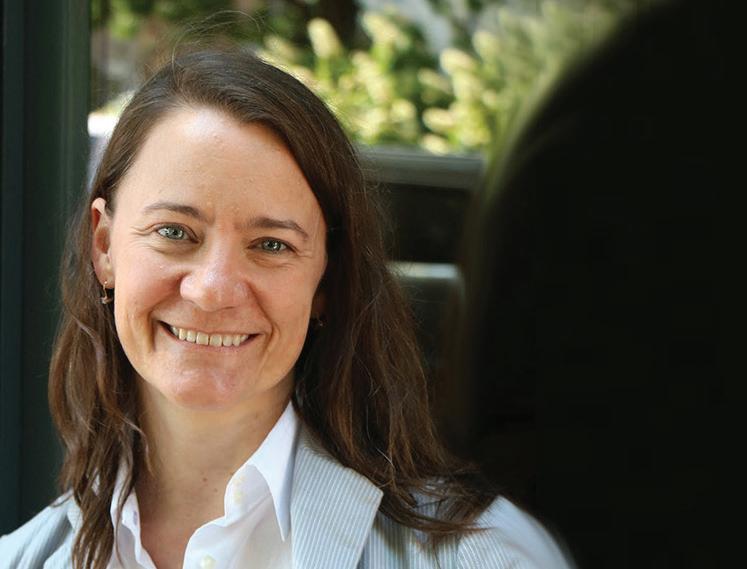




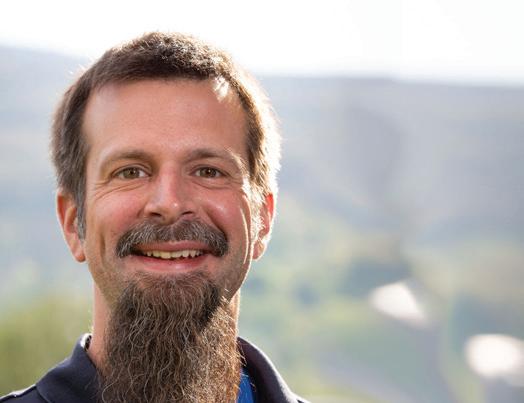





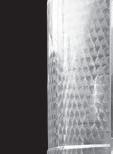



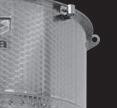









We had been running animals and knew that the nutrition was making its way into the plants, so we already knew we had healthy soils. When we participated in CDFA’s (California Department of Food & Agriculture) Healthy Soils Initiative, we worked with scientists from UC Davis and Cal Poly San Luis Obispo on a project involving till, no-till and grazing practices, and this really perked up our ears on this subject. After getting involved with that study, we got into the ROC process. When going for the ROC Certificate, we just had to follow their soil sampling guidelines.
I’ll admit that when the new certification opportunity came to my desk, I was hesitant at first. One more certification means more time at my desk rather than in the vineyard. Besides, we were already putting in the work to be organic and Biodynamic because that’s just what we do. Why would this certification be different?

Which grape varieties did you study? Why did you pick those?
Lonbord: The trial happened to consist mostly of Rhône varietals because that’s what we do, but this study was more about how we are managing the vineyard floor rather than specific varieties. We wanted to see what was happening at each site, so we picked a range of sites, from never cultivated to heavily tilled, with a couple levels in the middle range of tilling.
How did you design your trial? What parameters did you observe and measure?


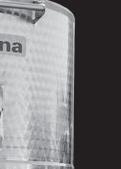
















Lonbord: We tried four different levels of tillage, from never farmed to dry-farmed, with some in between. We wanted to know how tilling affected the carbon in our soils, so we set our baseline for this study to be land that has never been cultivated on a forest hillside that we used for grazing. On the other end of the tilling spectrum, dry farming is an aggressive tilling approach which incorporates tilling, not only to remove any weed competition but to break up the cracks in the soil which evaporate faster as the soil dries and cracks. The current best practice has been to break up these cracks by tilling.
We also did a couple with intermediate levels of tilling: the lowest level of tilling was in our old vine Grenache block where we would just barely break the surface to create a seed bed for the cover crop. Our medium tillage block happened to be our Roussanne block, which was conventionally tilled until 2019 but has not been tilled since.
Once we identified these sites, we took soil samples in 2019 to begin our study then measured them three years later in 2022 to compare the differences over time. Organic matter percentage and active carbon samples were sent to the Cornell Soil Health Lab for analysis.
Who else worked with you on this trial? What were you and your team’s initial hypotheses before beginning the experiment?
Lonbord: This was a team effort. Our shepherds, interns and I did all the planning, sampling and work related to this study. Cornell University ran the soil tests, and the ROA’s executive director, Elizabeth Whitlow, was very helpful, providing the guidance to assess our practices complete with detailed sample protocols and videos to ensure that the process is documented properly.
I should also include that this relationship with the ROA folks was sparked over a conversation about rock climbing. Our winemaker, Neil Collins, had struck up a conversation with Patagonia founder Yvon Chouinard over [Collins’] son having climbed Yosemite at a wine dinner in Santa Barbara. The conversation quickly moved onto farming, carbon sequestration and the Regenerative Organic Alliance and their ROC certification. When Yvon told Neil that cattle ranchers could be part of the solution to climate change, contrary to the current dogma, this really set the hook with Neil.
What was the most important outcome of the trial that growers can use?
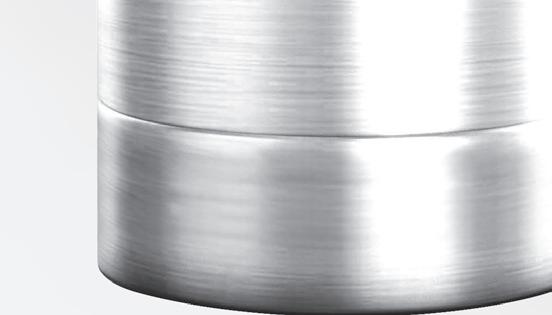

Lonbord: We were happy to learn that we were already farming regeneratively without even knowing it. Plus, given the results of the improvement in organic matter and carbon from 2019 to 2022, the move towards minimal tillage has become more important to us. If you see that your organic matter is high, you are going to have better soil. All the other numbers will improve and in a relatively short period of time. Everything that growers are looking for when talking soil is all about the OM.
Were the results as you predicted or did anything unexpected occur?
Lonbord: For the 2019 samples, I knew we would have healthy soils just because Tablas Creek has been farming organically and Biodynamically for the last 20 years. We were running 300 sheep, heavy compost applications and lots of cover cropping. I also knew that the dry-farmed sample would not be as strong. What blew me away was how much they improved in three years. We had a pretty good idea about a few trends, but I was blown away after looking at the comparisons between 2019 and 2022. It was eye-opening to see how fast our management practices could make a real difference.
We knew that the scores in the dry-farmed sets were not going to compare with the trellised ones, but their rate of improvement was pretty good. I think the grazing resulted in a bump in Active Carbon for the 2022 dry-farmed results.
Did your team happen to make wines from these blocks?
Lonbord: Not yet. We are still in the early phases of this study, so we did not make wine from these yet, but I can see this happening in the near future.
Do you plan to conduct a follow-up trial to re-test these results?
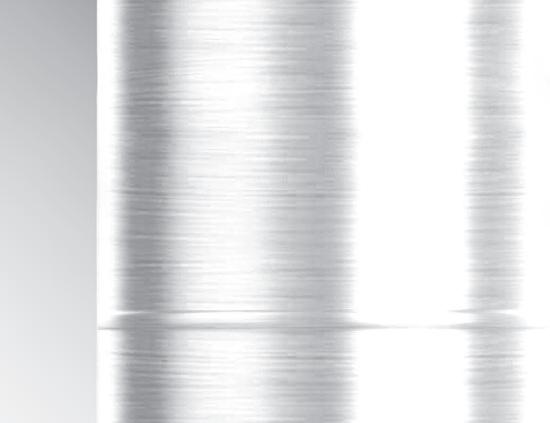

Lonbord: Of course, we need to do this just to maintain certification. The soil samples need to be taken every three years to keep the ROC label on our wine bottles. We are constantly evaluating and re-evaluating our practices. In general, we just want to learn more about what is going on in our soils.


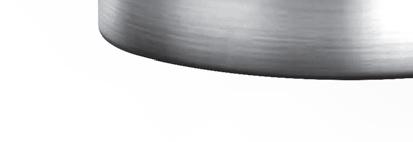


What are your next steps with this information?
Lonbord: The data is pointing to the idea that the soil is cracking because it’s dead! Now, we want to poke a hole in the idea that tilling is necessary to dry-farm. Will the organic layer prevent the soil from cracking and not require multiple tilling events? After seeing the most recent samples, I’m going to start changing the way we manage that vineyard. We will be converting multiple sites to no-till, and we are even going to try no-till with dry-farming, which is something that is a little scary for me. When you are talking about sequestering carbon and building organic matter, that goes against the idea of dry farming. Sure, dry farming is great in the sense that you are not needing to irrigate, but on the same hand, you’re making multiple passes with the tractor, squeezing the life out of that soil. In the beginning, heavy tillage was one of my biggest arguments in favor of dry farmers. In fact, ROC now allows exemptions for dry farming but I’m also learning so much about what’s going on in the top 12 inches. WBM

Planting vineyards, caring for the vines and harvesting grapes has always been an expensive, labor-intensive proposition. Vineyard work is hot, dusty, difficult and technical. Given how important vineyard workers are to the health of the wine industry and how difficult it has become to find enough laborers willing and able to do the work, it behooves the industry to provide and care for those laborers, especially in times of pandemic and wildfires. For decades, most California vineyard workers have been Mexican. That continues to be true, but the make-up of those workers, the conditions under which they toil and the rules regulating how employers interact with them have changed dramatically over the last 15 years.
“Things have changed,” explained Ned Hill, owner of La Prenda Vineyards Management. “We used to do everything by the piece: pruning, sucker removal, shoot-thinning and harvest paid by lug box or ton. The base wage was $9.25 per hour, but our guys made more because they worked hard to get that extra money. Now, the base wage starts at $20 per hour, but the incentive for piece work is no longer there, so workers are less challenged to work harder for that bit extra.”
Labor laws in California have changed as well. For 30 years before the new laws went into effect, vineyard workers averaged 10-hour days and 60-hour weeks. Rules have slowly been restricting work hours until, as of 2022, employers with 25 or more employees are restricted to having employees work eight-hour days and 40-hour weeks. After that, employers must pay over-time. In addition to codifying work hours and over-time pay, OSHA specifically lines out certain restrictions. Employers must constantly check on their workers. They must provide water, safety vests, clean bathrooms and 15-minute breaks in the shade every hour when it gets hot.
Laws for vineyard workers have changed how much they can work and the conditions under which they work, but for most vineyard workers, it boils down to money. They want to earn as much money as they can, and that involves working as many hours as they can. “It’s all about money for workers,” said Luis Davila, vineyard manager for Enterprise Vineyard Management in Napa Valley. Davila has people work a nine-hour day and five hours on Saturday as well. That is 10 hours per week over-time pay. “They love that extra time-and-a-half money. My crew comes all the way from Yuba City, a long

commute. In their county, the pay is much lower, but by coming to Napa, they earn $6 to $8 more per hour.”
The COVID pandemic was difficult for everyone. It took a while for things to sort out, but for the most part, the wine industry did a good job of protecting their workers. In the beginning, agricultural workers experienced a tremendous amount of exposure to COVID because they had to keep working. Workers needed income and didn’t want to lose hours, so they wouldn’t admit to being sick and stay home.
Programs were developed to allow people to stay home for a designated number of days. They got paid by their employer, and then the employer got reimbursed by the government. Employers were able to protect their workers, and those workers were able to continue earning money. When problems occurred, according to Patricia Galindo, Director of Field Services for La Luz Center, (photo above) it was because many workers were unaware of their rights and the programs available to them. “Often farm workers would get crammed into a car and then all come down with COVID. There would be no sick pay, especially if they were contract workers, or they were never told that sick time was available. The problem was the lack of information and the unwillingness of some management companies to give information to the farm workers about what their rights were and what programs were available to them.”

When inoculations were first made available to the public, vineyard workers were among the first to have access because vineyard work came under the aegis of agriculture. There was a lot of misinformation about vaccines in the beginning. “Our people were concerned about becoming sterile or possibly infected with the disease if they got the shots,” explained Davila. “As more older people got vaccinations, our workers saw that few people had reactions, so now they all want shots when they can get them. Everyone in our company has two shots and a booster, and they are asking when they can get the second booster.”
Mayacamas Olds is chief operating officer for Enterprise Vineyard Management. She stated, “We try to do everything we can to protect our workforce. Our business is our workforce, so we make sure they have the tools they need to do their job safely, as well as the training to give them flexibility to do what they
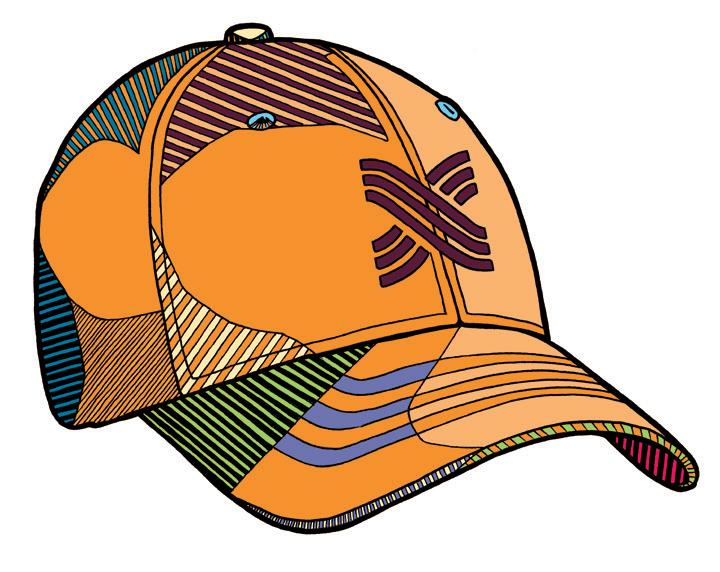
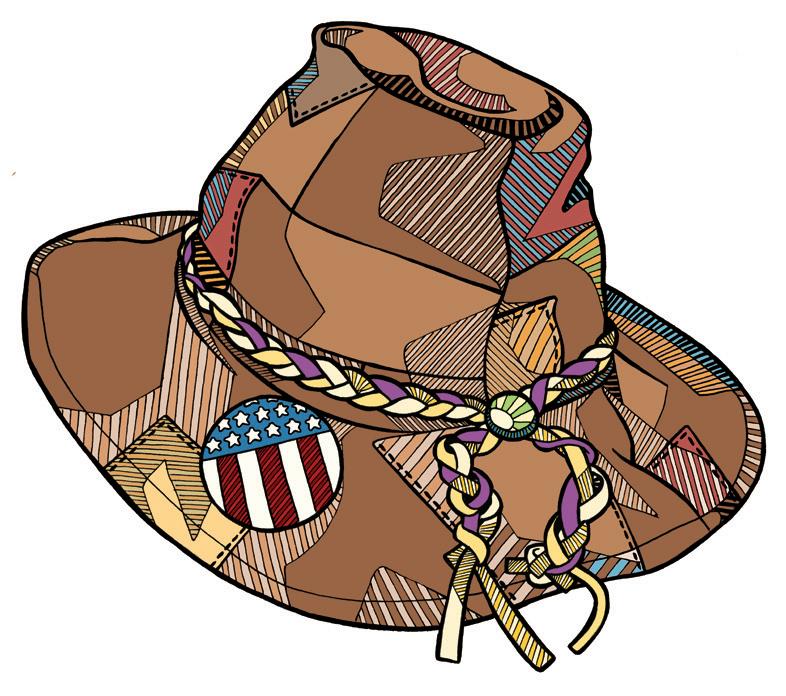
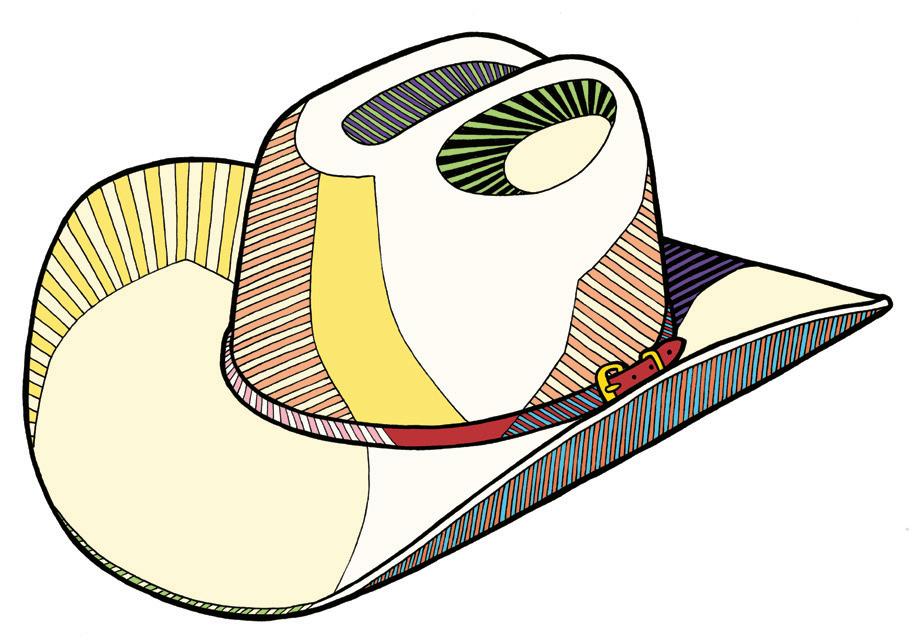
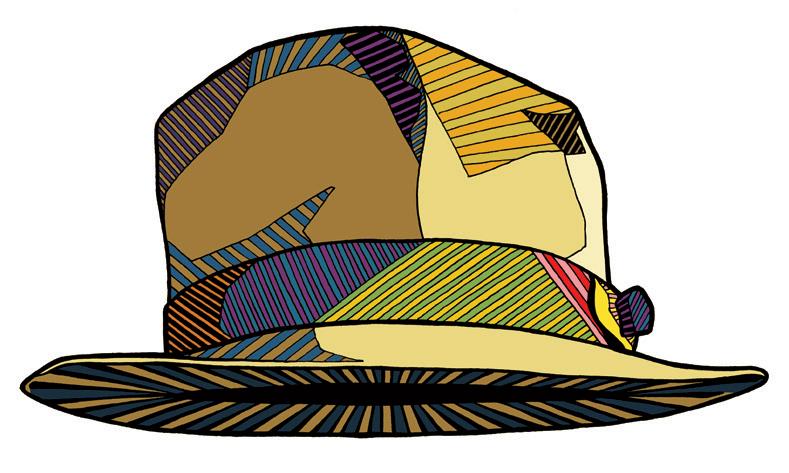

The crack of dawn, two hundred years ago: a farmer dons his hat, grabs a shovel, goes outside and digs himself a hole. And into that hole he plants a vine. A winegrape vine to be exact. The vine thrives so well and produces such excellent fruit that he plants more, as does the generation that comes next, and the one after, and the one after that. Unti l well, here we are, five generations of growers later and Lodi winegrapes are considered to be some of the finest and most coveted in all of winemaking. That’s not to say every vine here can trace its roots back to early Lodi. Why, there’s a whole range of varieties over 100 plus from young ten- and twenty-year-old vines to thirty- and forty-year-old middle agers: Albariño from Spain, Barbera from Italy, Dornfelder from Germany, and from the south of France, Cinsault. All thriving in perfect conditions. One day to plant. Three years to produce. Five generations to perfect. Perhaps you’ve waited long enough to try the results, no?
There’s something happening here.
Visit: LodiWine.com
need to do.” Her company provided regular testing, organized vaccinations, and provided sick leave so when people were ill, they could stay home until they recovered.
Over at Spottswoode Winery COVID didn’t change much in actual vineyard protocols, according to winemaker Aron Weinkauf. “Most of our work was outdoors. Row spacings were 8 feet, so we were spaced and rarely had to mask up. We brought in health officials to speak to our crew, so there was less paranoia about shots. The local hospital had a van that would come and test. We got tested every two weeks as a team.” Spottswoode had 100-percent participation in vaccinations from the entire staff.
Winery associations did their best to pitch in, but it proved impossible to meet everyone’s needs.
Sonoma County Wine Growers partnered with other county agriculture groups to do a lot of vaccination work, estimating 8,300 full-time workers received inoculations. On the other hand, contract workers who received shots only numbered in the hundreds. One of the revelations of COVID was showing how vineyard agriculture depends on thousands of contracted workers who need to be recognized and cared for.
Climate change has brought excessive heat and wind to Wine Country, which has intensified our issues with raging wildfires. These fires and the unhealthy air quality that often accompanies them create dangerous work conditions for vineyard workers.
Mayacamas Olds has put policies in place around air quality issues, delineating when employees can work outside and when they can’t. Masks are provided when smoke is present, or air quality gets bad. The management company has a lower threshold than county guidelines for its workers; so, if air hits that threshold, the company sends everyone home. On hot days, workers start earlier and go home earlier.
Davila gave further details about the program. “The company has protocols regarding fire. If we are on a hilly ranch, we stay in safe zones. My vineyard has a fire hydrant and a 500-gallon water wagon that we can move around.” He pointed out that his vineyard only has one way out, so sometimes they must stay in place to allow fire trucks to come up. If they see smoke, they stop work and send people home. “We talked about how to deal with this as a safety policy. The workers just want to work, but we need to protect them from fire and bad air quality. We need them safe if they are going to continue to work for us, and we need that labor done.”
When it comes to fire at Spottswoode, Weinkauf explained, “Fortunately, we have not been picking during actual fires. When the smoke was heavy, we just had two or three people in at a time to button up tanks and return home. We just did the bare minimum because things were miserable.” He’d have people wear full face masks with chemical filter cartridges and do the bare minimum, rarely working more than four to five hours. They tried to spread the workload and get everyone involved as a team.
“After the 2017 fires hit us, we saw a huge exodus of the workforce from here. By the time we were returning to normal in 2018, we noticed a striking reduction in the number of people looking for work,” said La Prenda’s Ned Hill. “We had to get the work done, so we decided to go big into mechanical work. Currently, we are using less than 40 percent of the workers we used in the past.” Hill no longer has field workers on his payroll. It was too hard to find them, the paperwork was complex, and there were too many rules. Now all field workers at La Prenda are hired using contractor services.
There appears to be a big divide between full-time workers and contract workers. (In this case, full-time refers to people working year-round as opposed to seasonally.) Full-time workers are more likely to earn higher pay, have more
paid days off and receive health benefits. Contract workers can face significant challenges in obtaining legislated breaks, being provided shade, or even given enough water or clean bathrooms. All that gets exacerbated during wildfires.
Typically, vineyard owners hire contract labor through vineyard management companies. Those companies may send workers into situations the vineyard owner would not be happy with, but the vineyard owners may not know about. Often those workers do not have the proper safety equipment, or they may experience loss of work—or even worse, they might not be paid for the work they perform. That group is the most vulnerable and has no means of recovering lost wages. These seasonal workers don’t have a safety net.
‘There is a huge divide between the manager of the vineyard and the vineyard owner,” insisted La Luz’s Galindo. “Problems usually stem from management. They can be rude when communicating with the workers and often don’t communicate the workers’ rights at all. The vineyard owner has no clue what’s going on because they trust the vineyard managers to do their job. Those managers rarely communicate what is available to workers, especially when they have grievances.”
Language access is particularly important, as there is a language barrier for many of these contract workers. The California Institute for Rural Studies’ most recent survey found that 20 percent of agricultural workers in California are Indigenous—for a growing number of Latino vineyard workers, their primary language is not Spanish but rather various Indigenous languages.
Max Bell Alper is the executive director of North Bay Jobs with Justice. He explained, “Getting trained in your primary language is critical. If you are going into an evacuation zone, you want to make sure you understand every single thing. These workers want training in their primary language. It is a safety issue but also a fundamental respect issue. Some of these languages are vanishing, but we have workers here in Sonoma County trying to preserve them. We should honor and celebrate that.”
One of the biggest impacts of smoke and fire is loss of income. Many workers in vineyards remain undocumented. When they lose out on income, they can’t qualify for unemployment.
Alper argued, “We have crop insurance, 60 percent of which is paid for with federal tax dollars. As a society, we say that when there is loss, the business should not go under. Just as there is crop insurance for vineyard owners, we need disaster insurance for workers so climate crisis doesn’t turn into economic crisis.”
Once again, officials and companies are doing what they can. This year, the Sonoma County Board of Supervisors allocated $1 million to create a disaster insurance program. This is the first program of its kind in the country. Over the past five years Sonoma County Winegrowers estimate they have contributed $2 million to assist vineyard workers, but seasonal workers were excluded from receiving these funds. For the first time, E. & J. Gallo Winery is offering hazard pay any time the air quality index (AQI) is over 150. Workers will receive timeand-a-half pay, and it includes both full-time and contract workers.
The UndocuFund for Disaster Relief in Sonoma County was founded in October 2017 in response to the Tubbs wildfire. A coalition of immigrant service providers and advocates launched it to provide direct assistance to undocumented victims of Northern California fires. The UndocuFund describes their mission this way: “The estimated 38,500 undocumented immigrants living in Sonoma County do not qualify for assistance from FEMA. Even if they do qualify for assistance, many undocumented immigrants don’t pursue benefits for fear of immigration enforcement, lack of familiarity with official institutions and limited English proficiency.” The UndocuFund has distributed an estimated $16.5 million to immigrants since its inception, much of that going to vineyard workers.
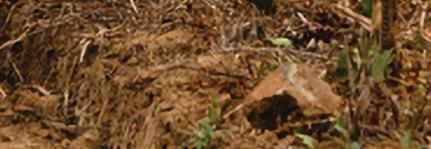
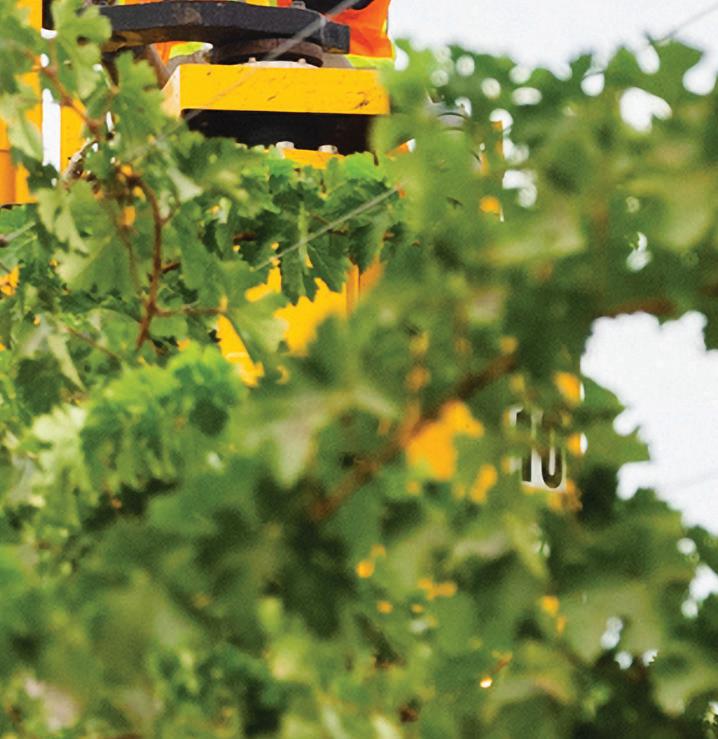








Agriculture is changing, and never has it been more important for a lender to understand those changes to meet your financing needs and grow your business. American AgCredit is committed to being a partner for your continued success — today and in the years to come.

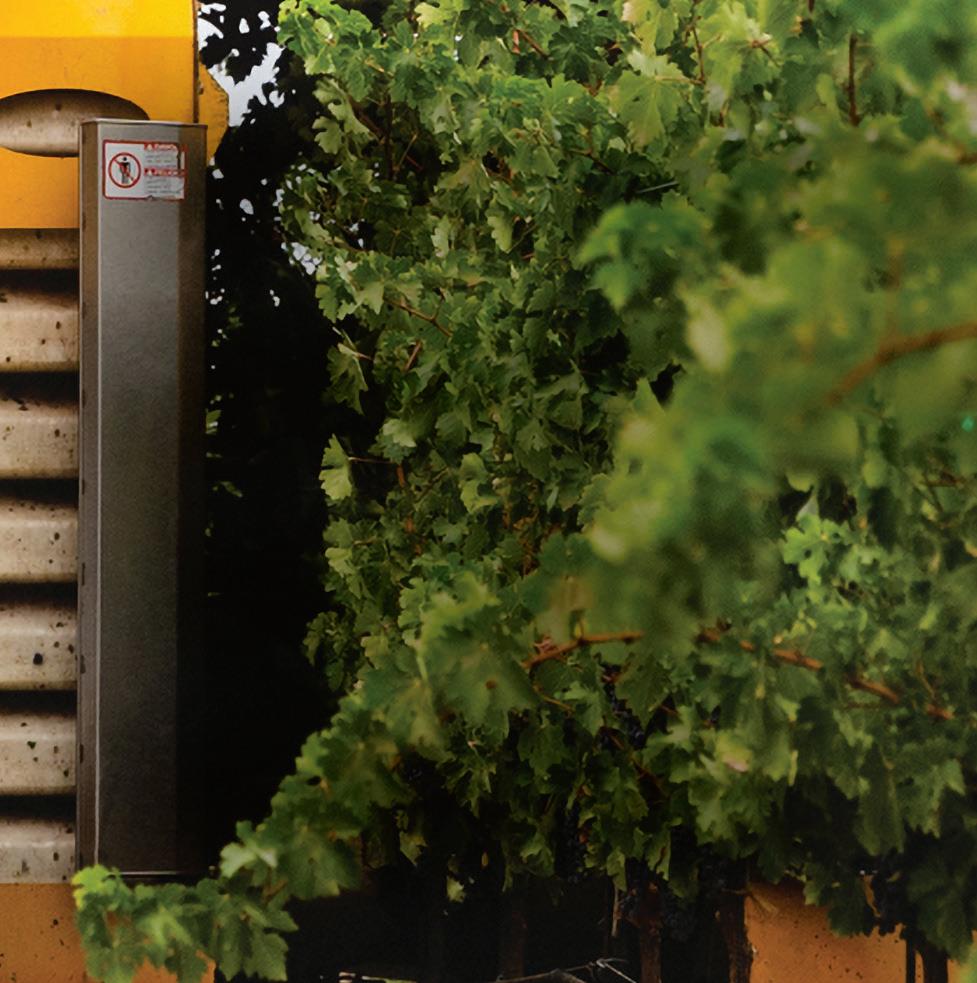
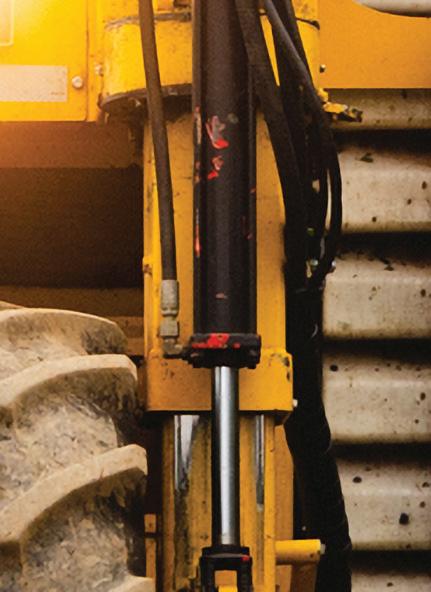
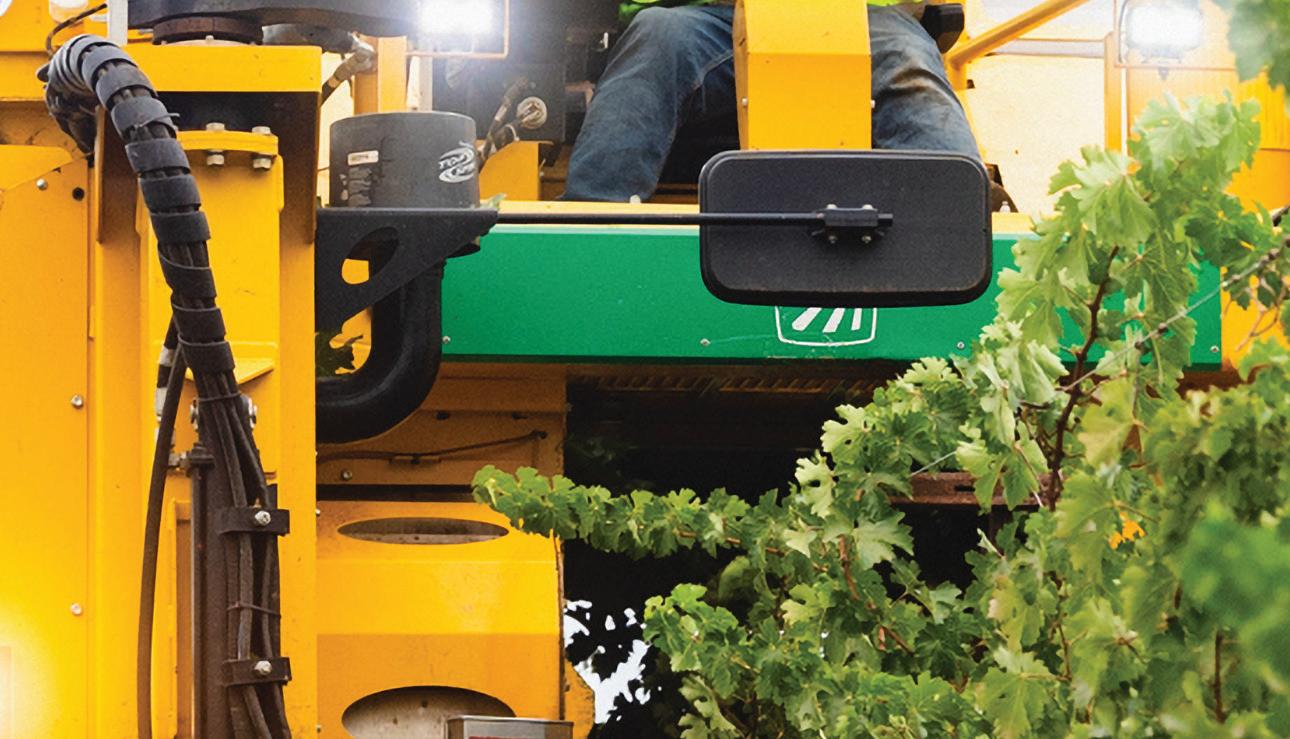

We’ll be here to help you navigate the road ahead.
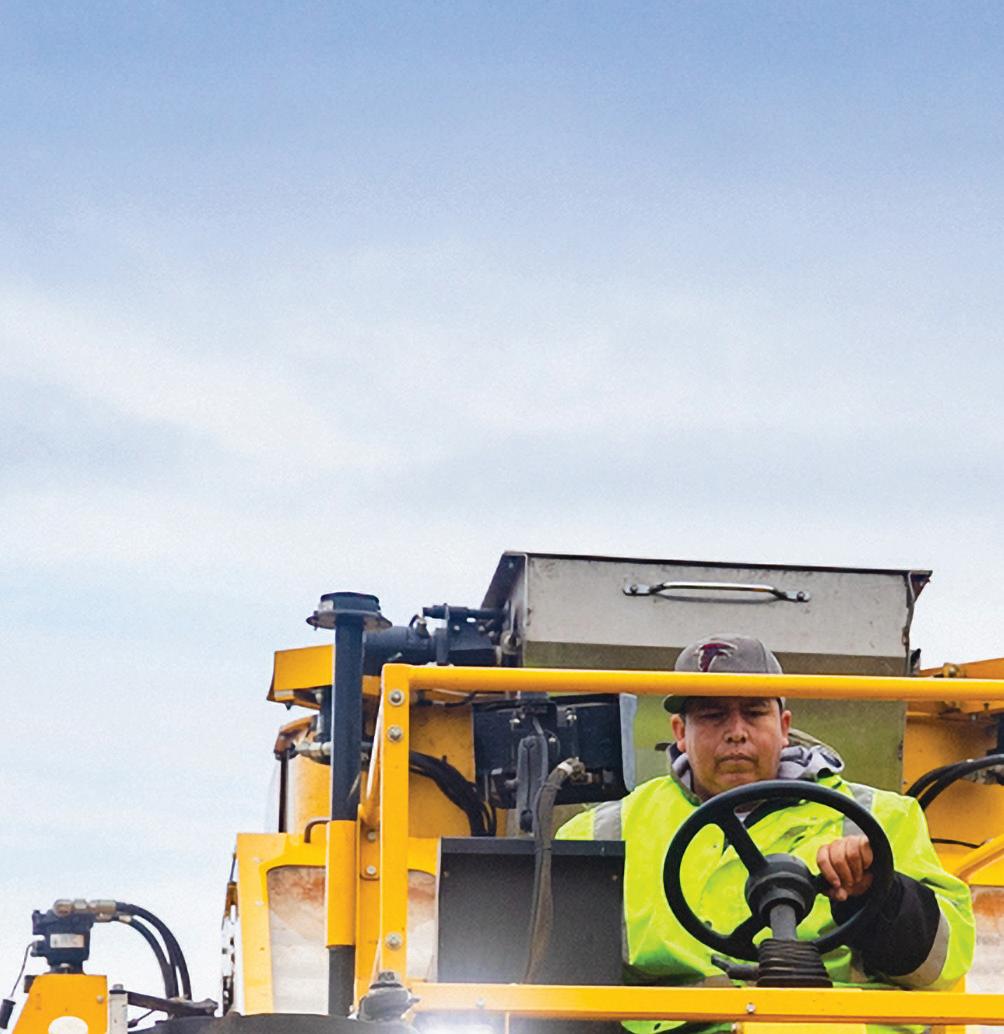

Inflation is hard on everyone. Rising costs for food, fuel and medical services make things exceedingly difficult for vineyard workers, but housing is the major problem. Purchasing homes is virtually impossible for most vineyard workers. Even full-time workers at the top of the pay scale rarely make enough to handle payments. Undocumented workers have trouble qualifying for loans, so most workers are forced to rent their housing. Galindo described the situation: “Rents in the valley are outrageous, but the housing is often substandard. Landlords tend to ignore complaints, so we will advocate for the workers when we can. We inform people of their rights, refer them to the proper agencies and often become the go-between between tenants and landlords.”


The ongoing shortage of farm labor has gone on so long that the U.S. government has stepped in with a program in an attempt to alleviate the situation. Workers from designated countries can request H-2A visas. According to the Department of Labor, the H-2A temporary agricultural visa is a non-immigrant visa that allows foreign nationals to enter the U.S. to perform agricultural labor or services on a temporary or seasonal basis. Prospective employers must apply to be in the program and agree to provide housing, meals and transportation for the workers.
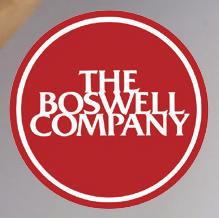
“There has been a steady increase in the number of H-2A workers in California. The number of H-2A workers is growing close to 20 percent each year,” clarified Bell Alper. “Those workers are here about 10 months a year. It is a real challenge for them. The employers are providing access to the visas, housing, meals and all transportation, so it is a situation ripe for retaliation and abuse.” When you are totally reliant on your employer for a job, housing, food and transportation, it becomes difficult to insist upon your rights. There is often a language barrier, and the culture is not about being outspoken with employers. Workers fear losing their jobs or making supervisors angry if they ask for something.
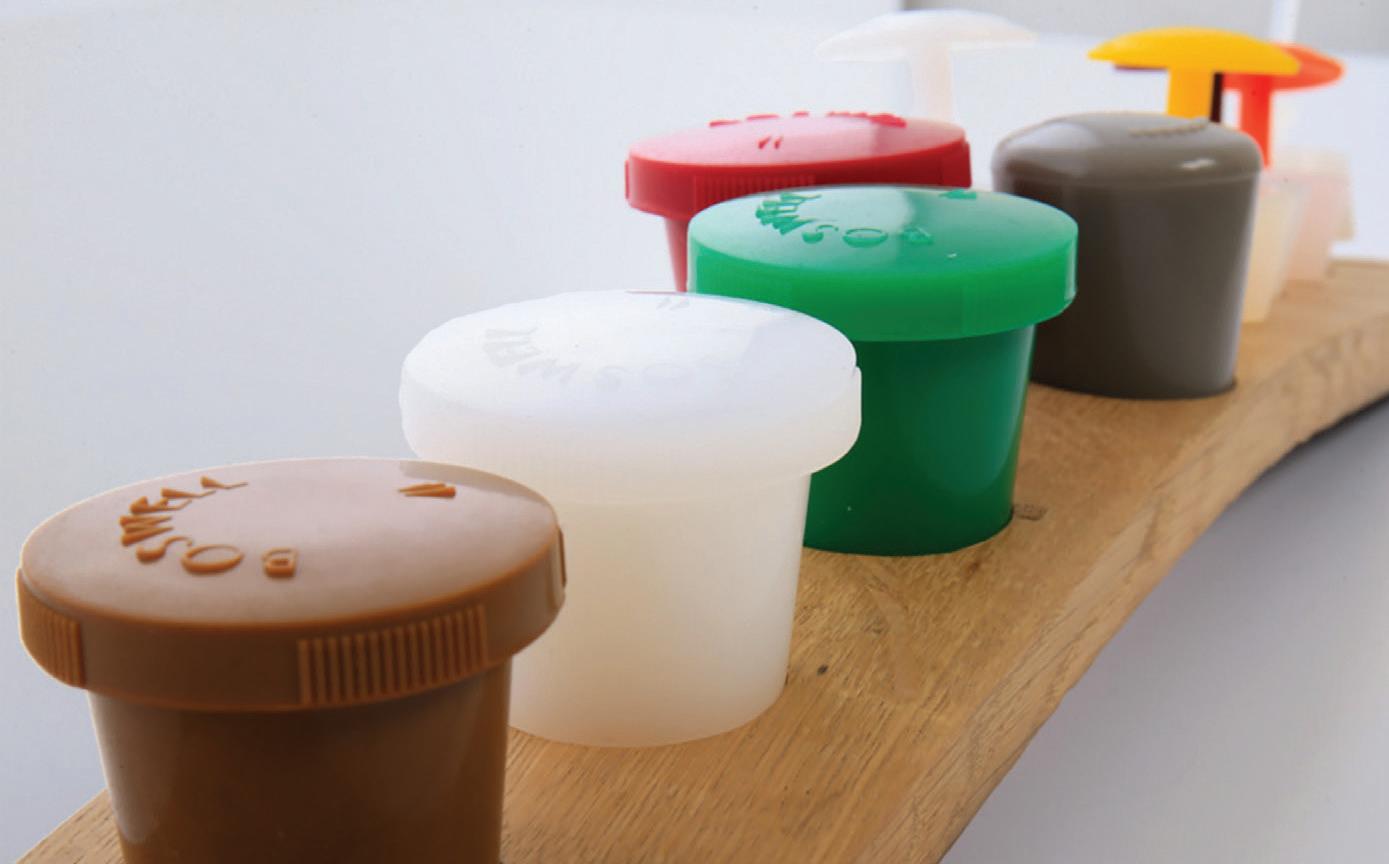
The Napa Valley Vintners Association has a program that provides low cost housing for farm workers. Currently, there are three publicly owned, dormitory-style farm worker housing sites, all in Napa Valley. Each has 60 beds, and plans are underway to add a fourth site. Funding for these centers is ingenious. The county and grape growers assess a charge of $12 per planted acre for each of the 45,000 acres of vineyards in production. That assessment covers a third of the costs of the centers. Workers pay $14 per night for a bed and meals, along with bathrooms and showers. That money covers another 50 percent of the cost. The balance of the money needed is raised from other sources.
As the years go on, finding labor to operate within vineyards and harvest the grapes is becoming more difficult. Labor costs and concerns are not the only issues for growers. Many growers are struggling in the current market. Ned Hill said, “Unfortunately, the bottom line for growing grapes is really pinched right now. It is a struggle to make money growing grapes. You have more and more of a dichotomy between winery economics and grape growing.”
Hill had to get into wine production to protect his vineyard business. His success producing and selling wine has taken some of the financial pressure off. He even has his own La Prenda tasting room in Sonoma. “The easy thing about the grape business is selling your grapes and getting your check; but if that check isn’t covering your bills, then you need to find a way to make money. In the end, whoever is employing workers still must operate a feasible business. Otherwise, you can’t employ workers at all. We were getting squeezed so much on the grape-growing end that we had to develop other income streams and producing wine for us to sell provided that.”
Figuring out what best meets the needs of your workers can be complicated. Max Bell Alper has 20 years of experience, working on behalf of laborers. He suggests four primary changes that might satisfy vineyard workers. “First, if everyone offered training in people’s primary
wants to go into an evacuation zone to do work, they should offer paid leave to workers who are uncomfortable in that situation. Third, we need to offer time-and-a-half hazard pay when [the AQI] is high. Finally, we need to work together, as farm industry advocates and progressive people in the wine industry, to lobby on both state and federal levels to come up with a program, like crop insurance, but for workers.”
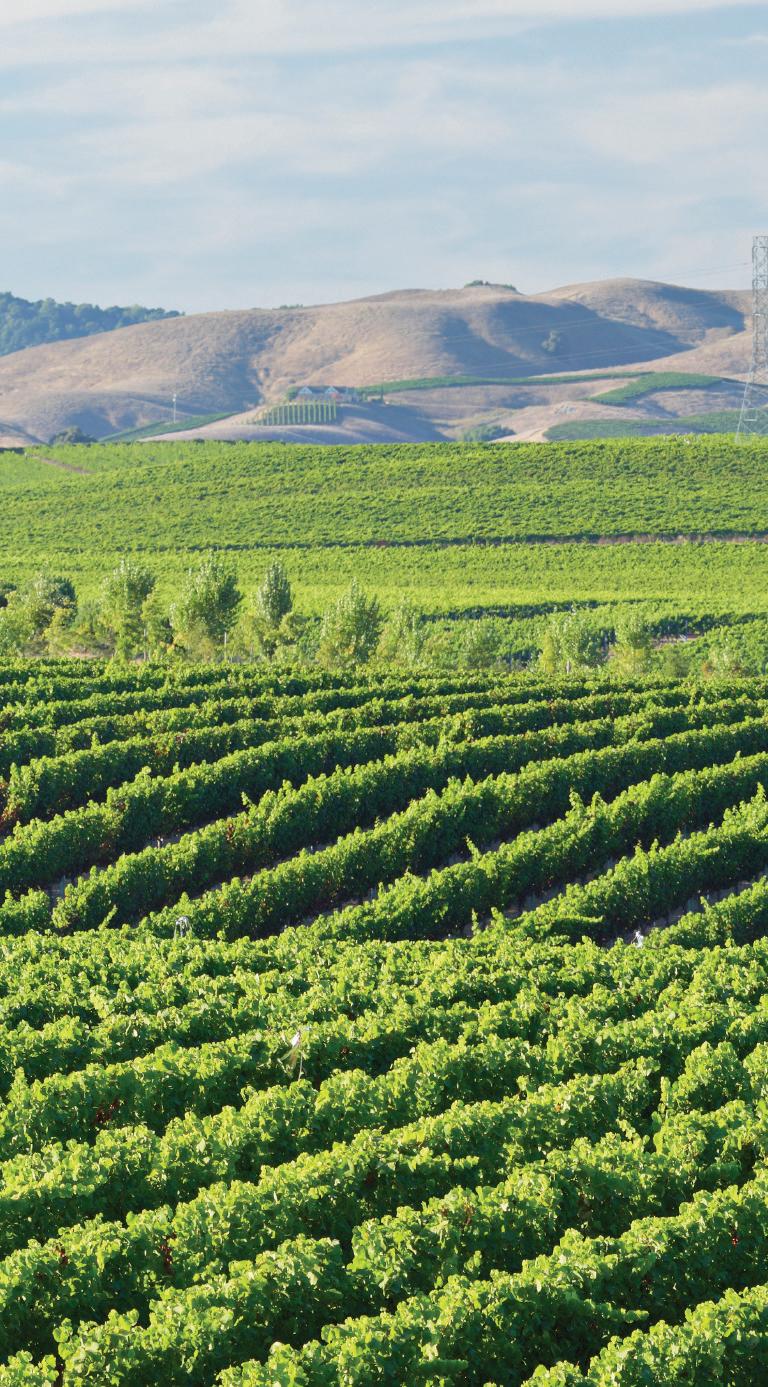
It is important for employers to encourage their workers to be proactive in asserting their rights. Mayacamas Olds said, “I try to focus on empowerment of the crews and individuals, making sure the safety programs are really tight and that they have the proper tools and training to do the job right. I try to take the time to listen to them and get to know what their concerns are so that their voices are heard. I make sure they are paid properly for their skills and talent, and that pay is enough to provide solid living wages.”
In the end, those of us in the wine industry need to appreciate workers more and do everything we can to make their jobs economically and emotionally viable. Weinkauf summed up his philosophy at Spottswoode: “These are our co-workers and an integral part of our team. We are investing heavily into their education and training, and we are intent on hiring good, honorable, hardworking people. We want to make sure that we hang onto all our employees. We want them to know that they are appreciated, and we hope they appreciate what we do for them in return.”
WBM



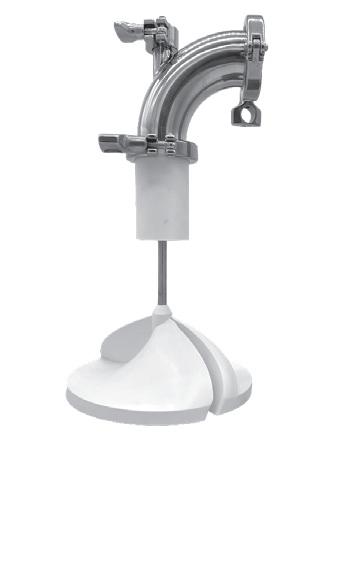













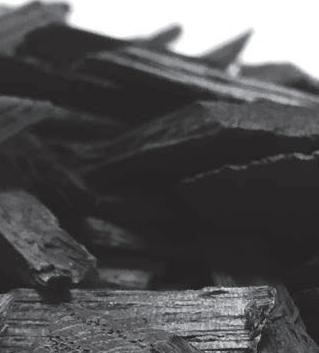

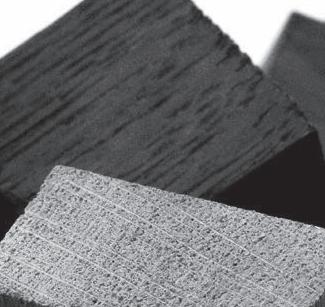
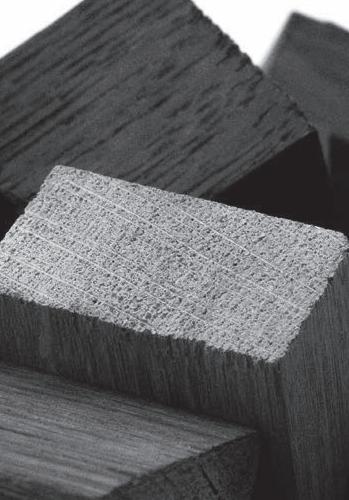
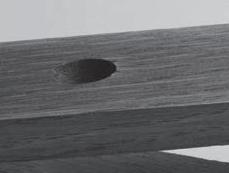
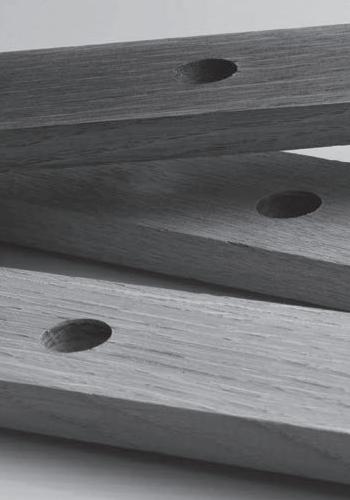




This article discusses opportunities that are coming to grape growers and winemakers from improved plant materials. Grape breeders strive to make grape growing and winemaking more fulfilling by providing new opportunities. The future of plant material will be more complicated by offering more and better choices. However, today’s vines will still be available in the future with more and better varieties, including clones as well.


Grapevine clones or selections are vegetatively propagated lineages. We think of them as types within a variety. However, distinguishing or identifying a clone does not inherently imply difference, uniformity or quality. For example, you may have a special clone collected from the grapevine that grew on your grandmother’s backyard fence, and it is important to you because of its origin—this is a clone identified by emotion and does not imply a performance difference in the plant material.
The functionally important clones are the ones with real performance differences among the plant materials. These performance differences among clones are driven in two primary ways. One way is a difference in pathogen infection, particularly viruses. The other way is a difference in genetics among clones.



The ability to detect viruses in plant material is better and faster than ever before, and it continues to improve. This means that our ability to determine which clones and vines are infected with viruses is more sensitive, takes less time and is relatively less expensive. When we find that a clone is infected with viruses, our ability to generate a new clone from the infected clone is faster—faster because of improved methods in virus elimination (through tissue culture, typically) and faster because we must confirm that the new clone itself is testing free from viruses.
We can envision a point at which every individual vine that leaves a nursery has already been tested and found free from virus since the cost and time requirement of testing will be so low. Nurseries are already using virus-tested plant material as the source material for vines for planting. We will have the opportunity to have 100-percent virus-free plant material, leaving the nursery, welcomed into your vineyard. This means that we should expect fewer and fewer clones where performance differences are due to virus-infection differences.
There are very few clones that are truly distinguished by a known genetic difference and fewer still where we know the DNA differences that actually drive a performance difference among the clones. For example, we know that Chardonnay Musqué is an aromatic clone of Chardonnay—the grapes are different, and the wine is different when comparing it with non-aromatic clones of Chardonnay—and Chardonnay Musqué differs from non-aromatic Chardonnay clones by a specific DNA base pair change. This change can be shown by sequencing.
There are clones of other grape varieties with genuine, important and mean ingful performance differences, such as in ripening time, cluster compactness or aroma, and yet the DNA sequence differences that drive the differences among clones are so far not extensively identified. DNA-driven differences are expected to be more stable than virus-driven differences. When viruses are reduced or eliminated, a source of differences among clones due to DNA sequence will be functionally central to how we choose and use clones.
Clones of popular and important varieties are one way to introduce innova tion. We also have the opportunity to introduce new varieties through cross breeding and hybridization.

Recently, high-quality, disease-resistant winegrape varieties, developed through crossbreeding and hybridization, have been introduced for commercial produc tion. Geneticist and Professor Andy Walker discovered new sources of robust, strong resistance to Pierce’s disease and developed new winegrape varieties with that resistance, such as Errante Noir and Caminante Blanc. Walker and his team at UC Davis led the way in evaluating selections for viticultural and enological attributes and choosing the best for introduction as new commercial varieties, which are now planted in California, Texas and other PD-prone areas. Earlier varieties cultivated in PD areas mostly were tolerant or incompletely resistant against PD, so the strong biological resistance of the new varieties that Walker introduced is an important step in disease management. New high-quality, fungus-resistant varieties are coming from domestic breeding programs and from France, Italy, Germany and other countries. These varieties are increasing in commercial production in Europe and are now available for planting in the U.S. For example, Calardis Musqué, Artaban and Soreli are now in commercial production and may be cultivated for lower fungicide applica tion because of their genetic resistance.
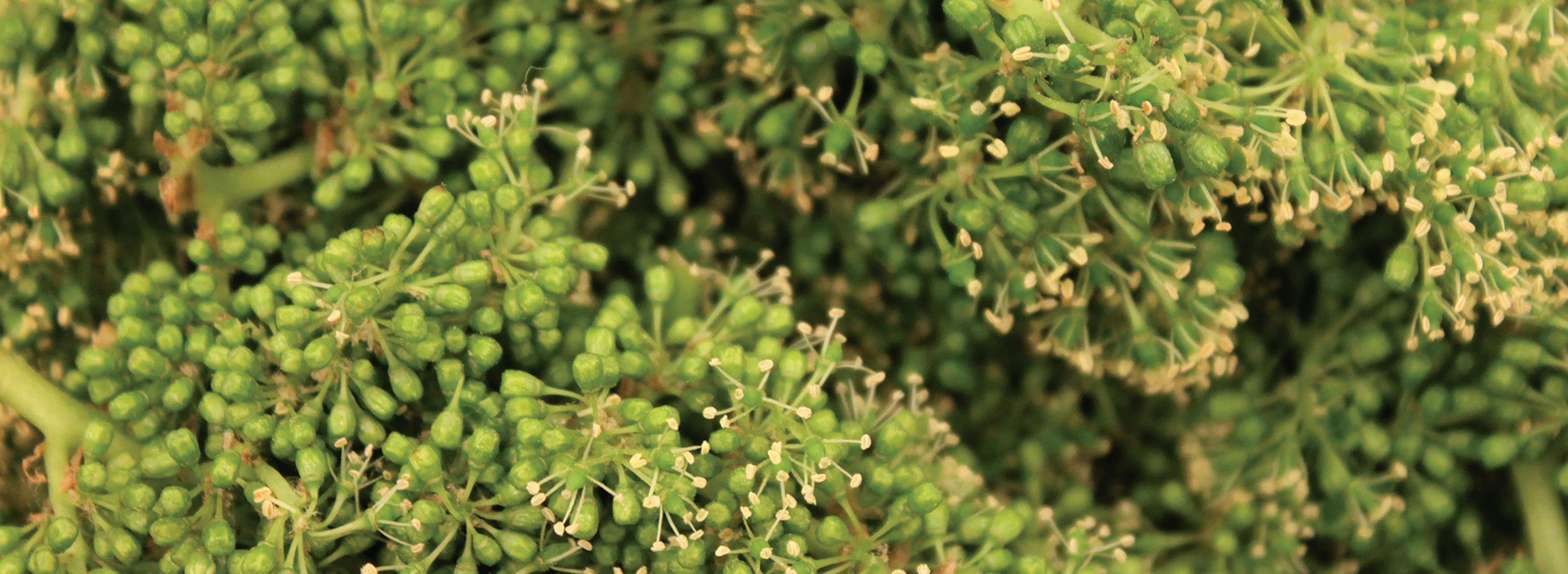












Bottling is much more than just a stage of the packaging process, as the final quality of every drink depends upon it. Wine especially, needs to be bottled carefully and to be protected by undesired oxygen pick-up and other contaminants, to safeguard all the qualities and the organoleptic properties that winegrowers worked so hard to achieve.





These grape flowers were collected during bloom as a source of pollen to be used in crossing to create new grapevine seedling populations.
In Europe, there is an increased emphasis on breeding for disease resistance due to the European Union’s approach to reducing pesticide applications in all agriculture and specifically in grape production. The guidance from regulatory authorities to growers and winemakers is very clear: you must reduce the amount of pesticides being used while still making quality wine.

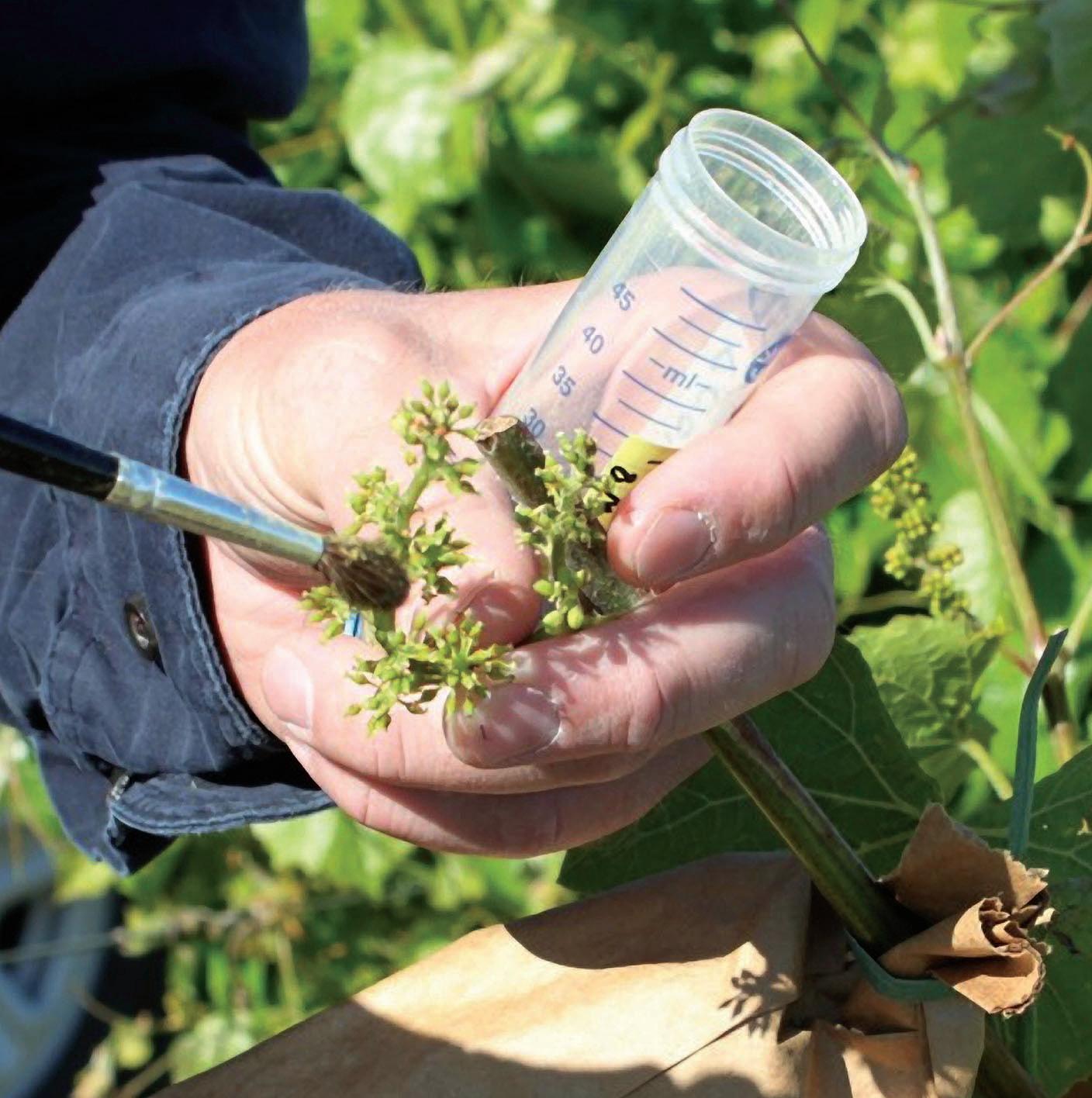
The breeding programs in Europe are ramping up activity, bringing together small-scale research winemaking, grape and wine composition studies, novel disease resistance sources and DNA testing in order to deliver new varieties. France has regional breeding programs that specifically tailor the grape and wine styles to different grape growing and winemaking areas; the resistant varieties for the Rhône Valley will have different attributes than those developed for Bordeaux or for other quality wine areas as the climate, geography and wine styles are distinct among regions. The engagement of growers and winemakers
is essential for the development of varieties that are adapted, resistant and enthusiastically accepted.


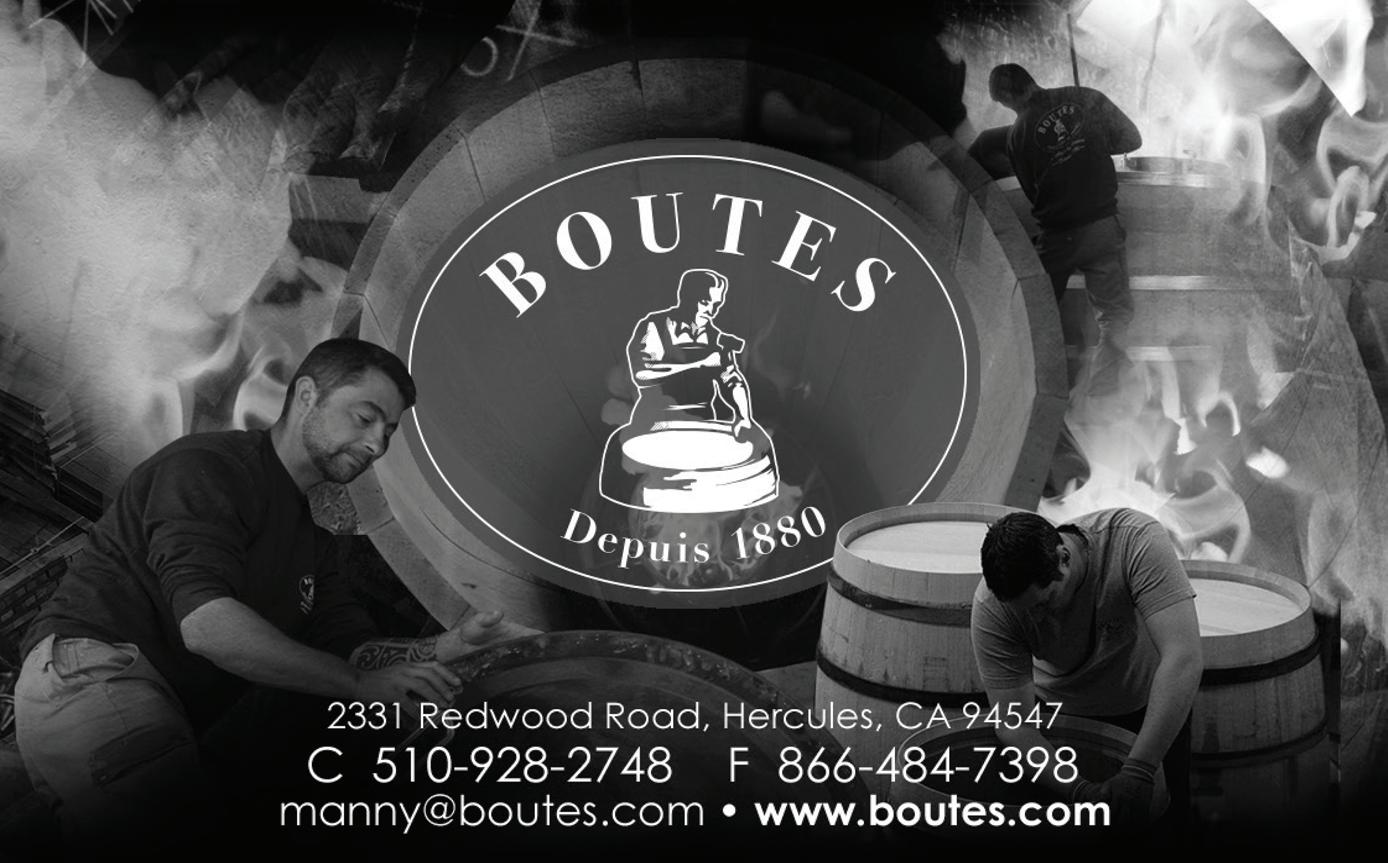

Rootstock breeding will never be the same again thanks to the recent discovery of genetic resistance to fanleaf virus in Riesling. Previous work, including that by Andy Walker, showed that there was genetic resistance to fanleaf virus in other Vitis vinifera germplasm. The latest findings establish Riesling as a source of resistance to fanleaf virus—Riesling on its own roots (ungrafted) is genetically resistant to the transmission of fanleaf virus to the roots. This means that resistance can be bred into new rootstocks although it is important to consider the importance of resistance to Xiphinema index, the nematode vector of fanleaf virus, as part of managing fanleaf disease in vineyards.

Walker and his team discovered strong resistance against X. index in V. arizonica, and there are other sources of resistance as well. Since rootstocks ordinarily should provide protection against phylloxera, using Riesling to breed fanleaf-resistant rootstocks means that we will need to ensure robust genetic protection against phylloxera in these new rootstocks. With rootstocks that are truly fanleaf-resistant, we have the opportunity to essentially eliminate fanleaf as a grapevine disease—the disease cycle will be broken by eliminating virus transmission.
Leafroll diseases are associated with viruses that can be spread by mealybugs and other insects. People also spread leafroll disease through propagating and moving infected plant material. Too many vineyards and wineries are unwilling victims of leafroll diseases, with lower fruit quality and diminished yield as the chief leafroll symptoms.
Leafroll has become more important as the virus vectors, such as vine mealybug, have become more widespread and abundant. There is genetic resistance in grapevine germplasm against important mealybug species, including vine mealybug. Certain grapevine varieties show a very strong reduction in mealybug reproduction. The scientific literature also points to genetic-based resistance against leafroll disease. The opportunity for managing leafroll disease, through improved plant material, is strong although still under development.

Genetic resistance against many important diseases has been identified in grape germplasm. However, the time requirement to develop and introduce new varieties can be lengthy due to the generations of crossbreeding and selection, as well as the complexity of evaluation. We anticipate that new grape varieties will provide the opportunity to manage the most important diseases and pests, with reduced pesticide inputs, while producing quality grapes for quality wines. WBM



9 ANNUAL CALIFORNIA GREEN MEDAL: SUSTAINABLE WINEGROWING LEADERSHIP AWARDS

















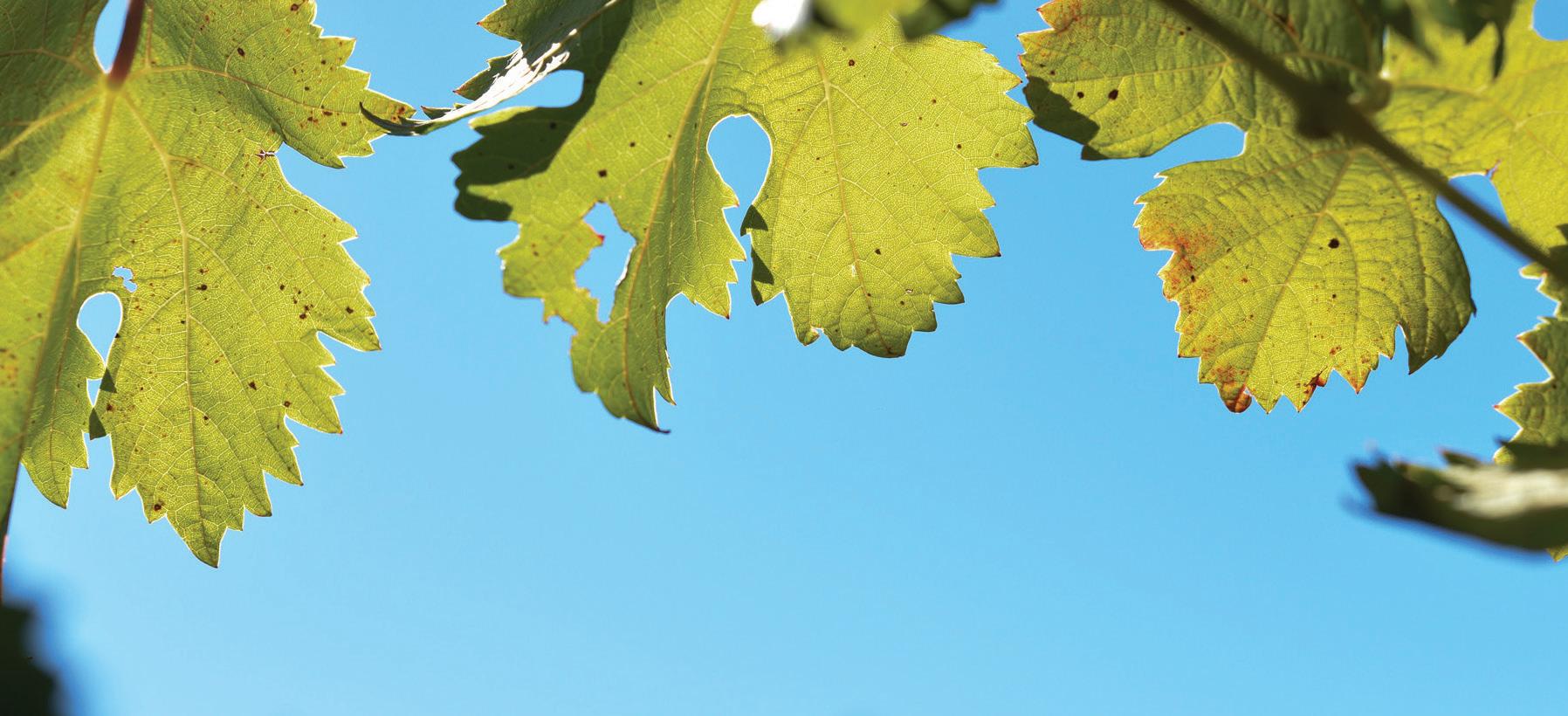
APPLY AT GREENMEDAL.ORG THROUGH JANUARY 20, 2023!

Recognizing California vineyards and wineries that excel in sustainability with four awards:
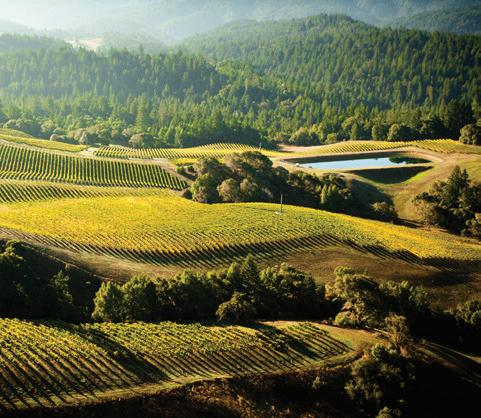
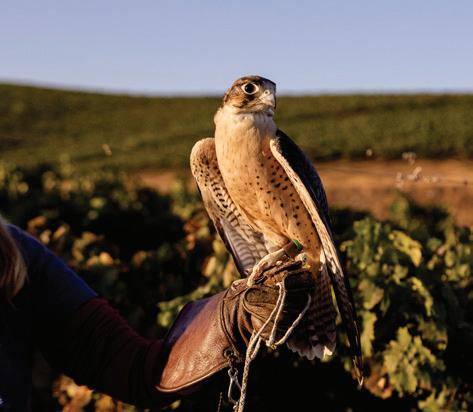
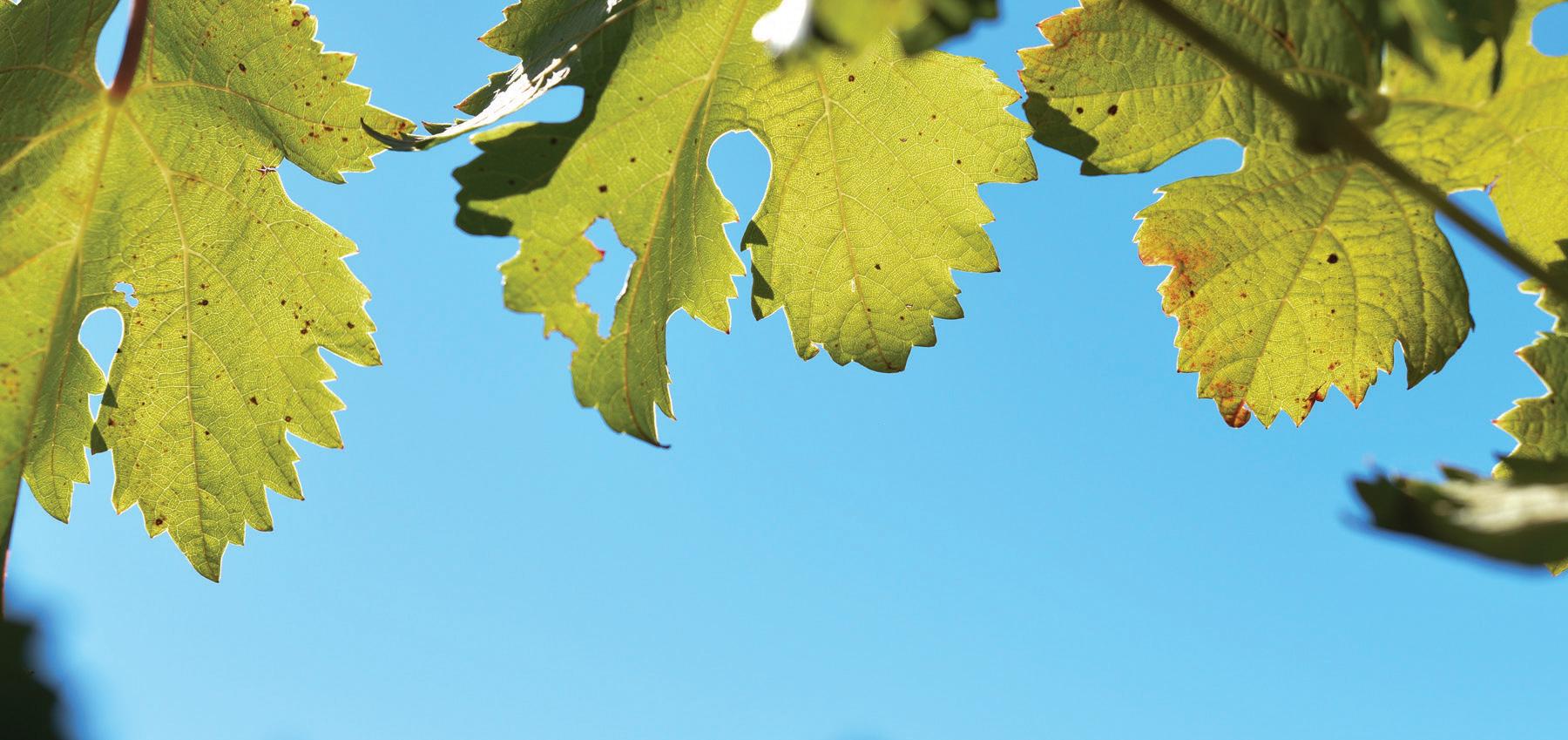


Honoring the vineyard and/or winery that best demonstrates the ability to balance the “3 E’s” of sustainability, (Environmentally sound, socially Equitable and Economically viable) and excels in each of these areas.
Honoring the vineyard and/or winery that best demonstrates the ability to balance the “3 E’s” of sustainability, (Environmentally sound, socially Equitable and Economically viable) and excels in each of these areas.
2022 Winner: wente family estates
2022 Winner: wente family estates
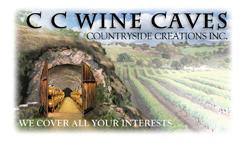
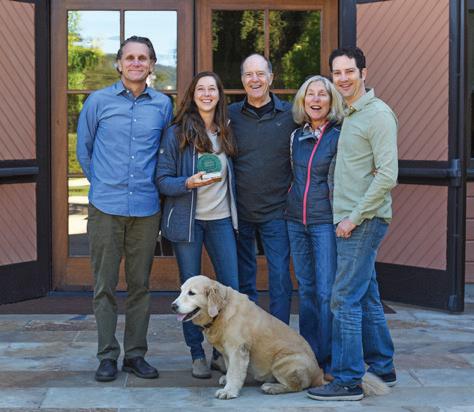


Honoring the vineyard and/or winery that best demonstrates Environmental Stewardship through maximized environmental benefits from implementing sustainable practices.
Honoring the vineyard and/or winery that best demonstrates Environmental Stewardship through maximized environmental benefits from implementing sustainable practices.
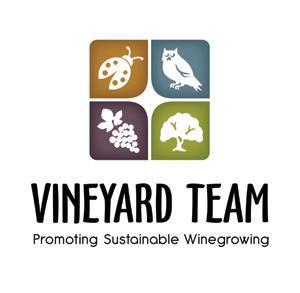

2022 Winner: trefethen family vineyards
2022 Winner: trefethen family vineyards
COMMUNITY
Honoring the vineyard and/or winery that is a Good Neighbor & Employer using the most innovative practices that enhance relations with employees, neighbors and/or communities.
Honoring the vineyard and/or winery that is a Good Neighbor & Employer using the most innovative practices that enhance relations with employees, neighbors and/or communities.

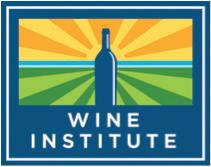
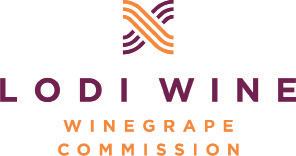



2022 Winner: mcmanis family vineyards
2022 Winner: mcmanis family vineyards
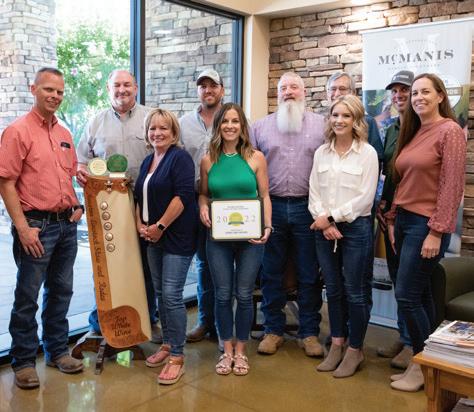

View winners from prior years at greenmedal.org.
View winners from prior years at greenmedal.org.
presented by:
presented by:
Honoring the vineyard and/or winery that best demonstrates Smart Business through efficiencies, cost savings and innovation from implementing sustainable practices.
Honoring the vineyard and/or winery that best demonstrates Smart Business through efficiencies, cost savings and innovation from implementing sustainable practices.

2022 Winner: jackson family wines
2022 Winner: jackson family wines
exclusive media sponsor gold sponsor silver sponsor







For sponsorship opportunities, visit greenmedal.org or contact info@greenmedal.org.
For sponsorship opportunities, visit greenmedal.org or contact info@greenmedal.org.
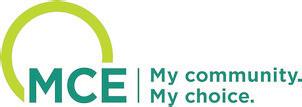
Seppi Craft Wines
Healdsburg, Calif. drinkseppi.com Annual
Sometimes a label redesign represents a wine’s evolution, rather than a major update or change in direction. That’s the case for the relatively new sparkling wine brand Seppi, which received a few subtle yet effective tweaks by the Napa-based design firm Gatto Rivera Branding. Launched in 2017, Seppi produces méthode traditionnelle wines; and while the brand is relatively new, its founder is a member of the third generation of one of Napa Valley’s most well-established winemaking families. Kelsey Phelps launched the brand in honor of her late grandfather Joseph Phelps who founded the winery of the same name. Phelps had hoped his grandchildren would call him “Giuseppe,” but that proved a bit hard for the younger generation to pronounce, so they simply said “Seppi.”



Kelsey Phelps grew up in Colorado but spent summers in Napa, including working a harvest in the cellar at Joseph Phelps. The Seppi wine brand came from Phelps’ own passion for wine and is a major reason why she wanted to do a sparkling wine. “This is reflective of me,” she said in an interview. “It’s not my family’s wine; it’s my own thing and my passion, and that’s why I chose sparkling because I love to drink it, and I don’t want to make, for example, a Napa Cab.”
BEFORE
The San Francisco-based design firm Force & Form developed the original design, but Phelps decided it was time to tweak the wine’s labeling because she’s planning to expand her lineup with a series of single vineyard sparkling wines. “The first design was excellent, and they really helped me hone in on what I wanted in a brand identity.”
Designer: Gatto Rivera Branding
Bottle vendor: Saxco Closure vendor: Diam, G3 Enterprises
Capsule vendor: Ramondin USA
Label vendor: Multi-Color Corp. Wine & Spirits
The redesign involved reducing the hot-stamped foil coverage while also simplifying the brand “badge” by moving the varietal and sourcing info to the bottom edge of the label. Placing these pertinent details along the bottom edge of the label will make it significantly easier to change the wine information, as needed, for the expanded lineup. “I’m interested in exploring other regions, and I wanted to make the label a little more versatile,” Phelps noted.
Phelps worked as an attorney in Silicon Valley prior to launching Seppi, which is now her full-time focus. She continues to split her time between Colorado and Napa Valley but is planning to move to California full-time soon.Seppi is produced at a custom crush facility in Sonoma County.
Phelps continues to work with Keith Hock who is now consulting on sparkling wine projects after serving as winemaker at Schramsberg Vineyards for more than a decade. The 2017 vintage included a Blanc de Blancs, Brut Rosé and late-disgorged Blanc de Blanc for $85. Current releases include a 2018 Blanc de Blanc and Brut Rosé that aged en tirage for 28 months.
Future releases are planned from the Sangiacomo, Dutton Ranch Mill Station, H. Klopp and Charles Heintz vineyards in Sonoma County and Spear Ranch in Santa Barbara County. “This is an area of the market where I could really find my niche,” Phelps said. “I’m really excited about the single vineyard wines.” WBM





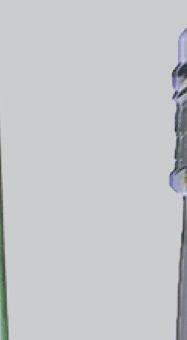





















Our bottles are made with up to 70% recycled glass and Californiasourced raw materials. Gallo Glass is committed to investing in bestin-class quality, efficiency, and sustainable manufacturing. We are here for your long-term supply needs and offer the real sense of stability you look for in a wine bottle manufacturer. Enjoy our broad range of color and bottle selections that continue to support California’s wine industry.
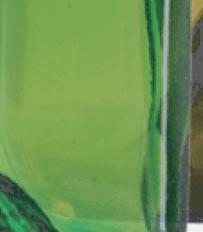
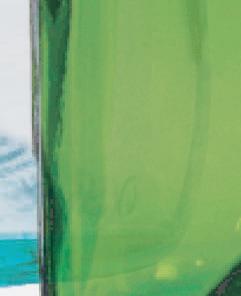

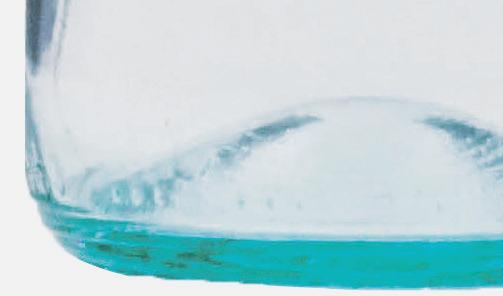
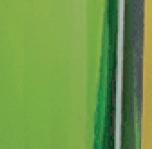











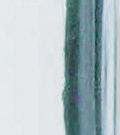





Off-premise table wine sales fell 2 percent versus a year ago to more than $1.1 billion in the four weeks ended Aug. 13, NielsenIQ scan data showed. Sales in the latest 52 weeks approached $16 billion, down 5 percent from the previous year. White wines bucked the downward trend, with sales increasing more than 1 percent in the latest four weeks to $501 million, driven by Sauvignon Blanc (up 7 percent) and Pinot Gris (up more than 2 percent). Box wines priced at $4-plus per 750ml showed the strongest growth among specific price tiers, with sales up nearly 5 percent in the latest four weeks. The second fastest-growing price tier during the period was $15 to $19.99 table wine at more than 3 percent.
Off-premise table wine volumes fell 5 percent versus a year ago in the four weeks ended Aug. 13 to 10.9 million 9L cases. The decline contributed to a contraction of 8 percent in the latest 52 weeks to 155.3 million 9L cases. Sauvignon Blanc was the only varietal to see volume growth in the latest four weeks, rising more than 3 percent. Box wines priced $4-plus per 750ml saw volume increase in step with value at nearly 5 percent. Volume growth during the latest 52 weeks shifted from $25-plus wines to the $20-$24.99 price tier as consumer spending shifted to more affordable wines. All other price tiers saw volumes decline.
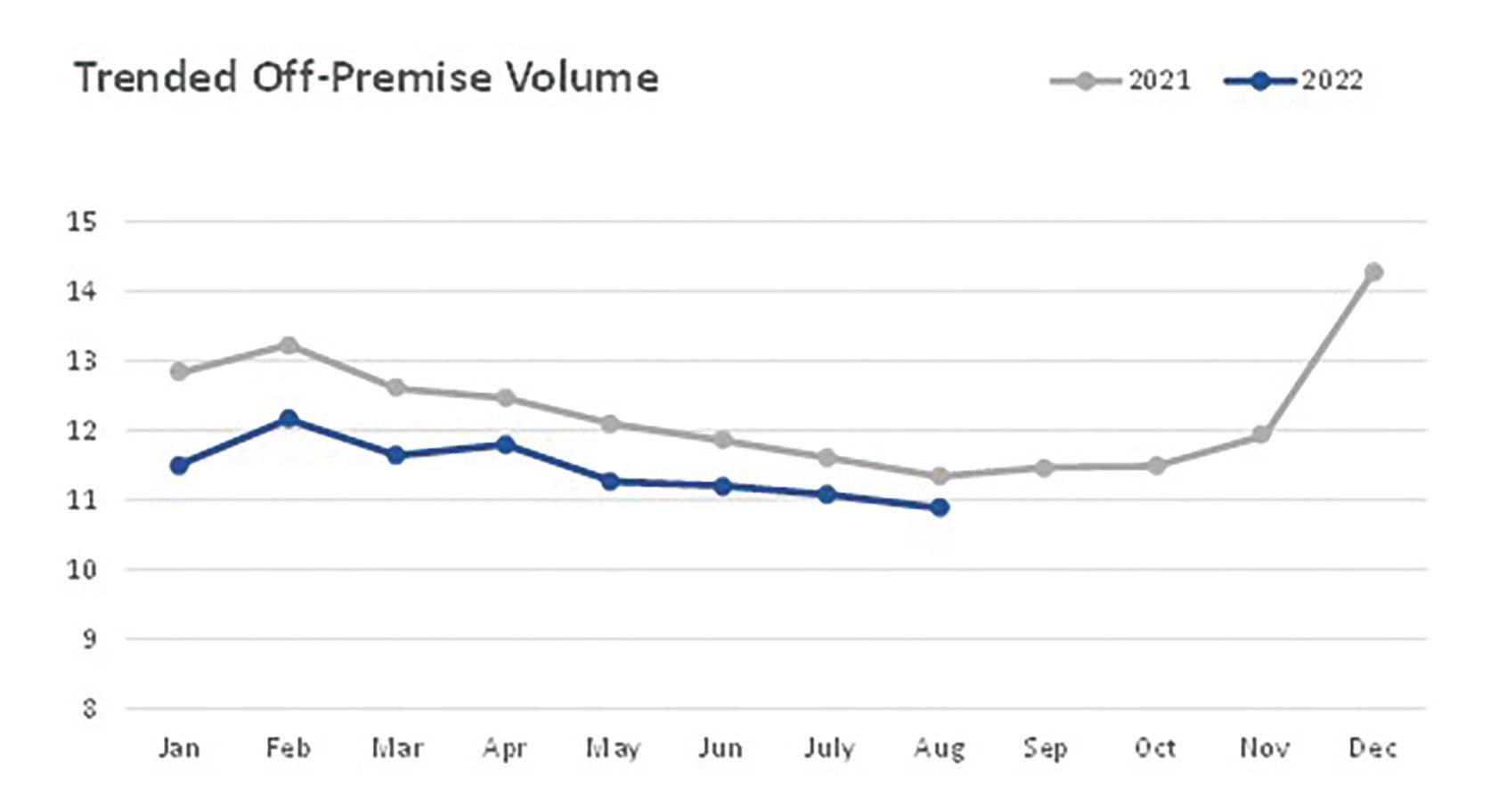
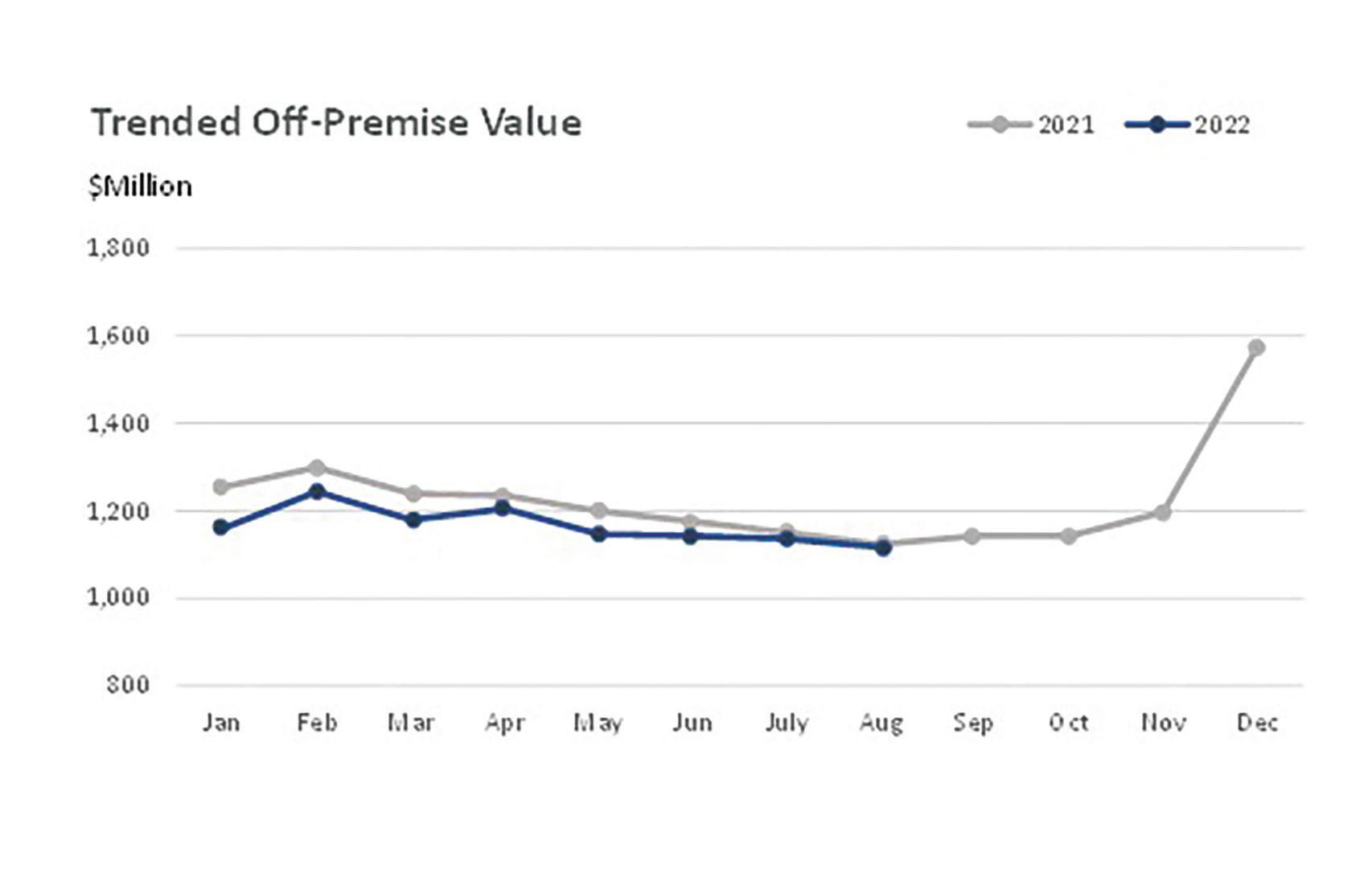
Supply chain disruptions have affected packaging disproportionately, with smaller producers being advised by groups such as the Wine and Spirits Wholesalers of America to double the lead time for ordering and receiving materials. Moreover, the simpler the packaging, the better.
Demand for canned beverages exploded over the past two years as portable, individual servings gave consumers portion control and the means to enjoy wine and other beverages at a variety of outdoor events. Supply chain issues and strong demand made it hard for producers to obtain raw materials and scale up. “Necessary equipment for the expansion of our canning capacity in both Sebastapol, Calif., and Cincinnati, Ohio was delayed by approximately six months,” Vintage Wine Estates, a publicly traded company, reported in its annual report, released Sept. 13. The impact is seen in NielsenIQ sales data for the 52 weeks ended Aug. 13. While wines packaged in glass declined in step with the market as a whole (wine in glass accounts for 88 percent of NielsenIQ sales), canned wines saw growth stall at just 1 percent after 39 percent growth a year ago. Meanwhile, wines in Tetra packaging were alone in seeing sales growth accelerate versus last year. The latest 52 weeks saw Tetra sales up nearly 10 percent.
Underscoring the shift, cans saw sales growth turn negative in recent periods while sales of all other glass alternatives increased, led by Tetra at 12 percent and box wines tied with plastic packaging at 5 per cent. Cans hold the most expensive wines of any glass alternative, with an average price per 750ml of $10.22. WBM
Source: NielsenIQ Latest 4 weeks — ended Aug. 13
Sourced from NielsenIQ, these figures represent off-premise retailer wine sales to the consumer aggregated across a variety of channels nationwide, including grocery, drug, mass merchandisers, convenience, dollar, military, as well as a selection of warehouse clubs, and liquor channel geographies and liquor channel retail chains. NielsenIQ figures are updated and released every four weeks.
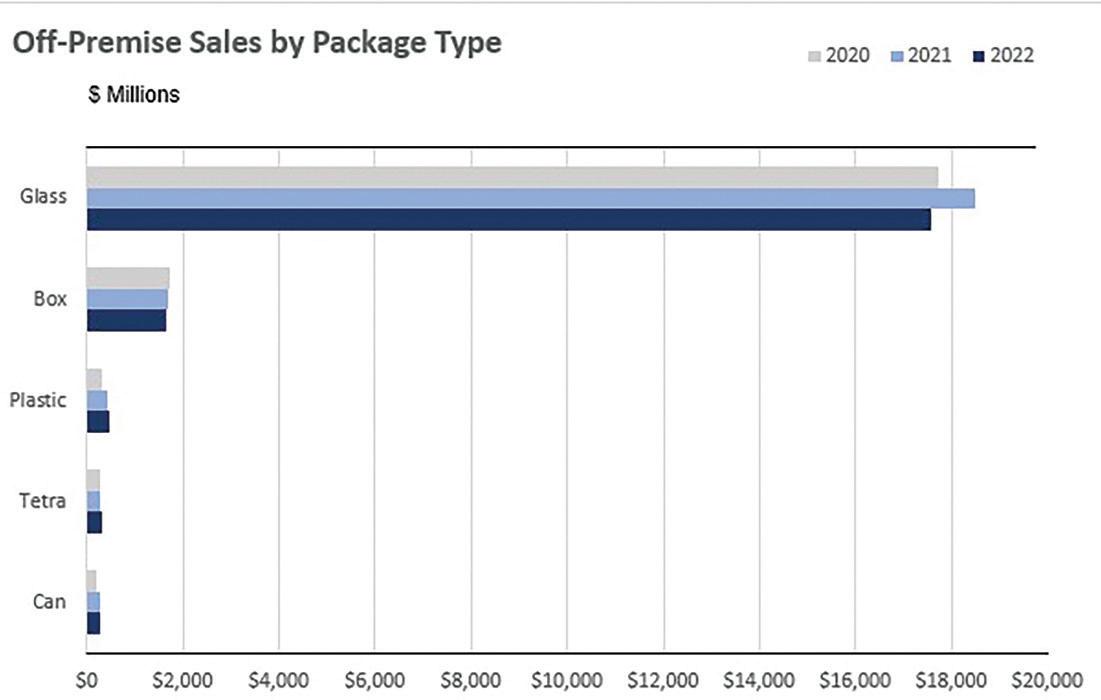
Latest 52 WksW/E 08/13/22
TOTAL TABLE WINE
Latest 4 WksW/E 08/13/22
Latest 52 Wks - W/E 08/13/22
Latest 4 Wks - W/E 08/13/22
Latest 52 WksW/E 08/13/22
Latest 4 WksW/E 08/13/22
BOX SIZES
Latest 52 Wks - W/E 08/13/22
Latest 4 Wks - W/E 08/13/22
Latest 52 Wks - W/E 08/13/22
Latest 4 Wks - W/E 08/13/22
15,958,665,499 1,116,660,436 -5.1 -1.9 155,279,832 10,888,304 -8.4 -4.8 8.56 8.55
BOX 1,579,982,469 119,888,686 -3.9 3.0 35,277,914 2,629,294 -5.5 0.2 3.73 3.80
$0-$3.99 556,808,851 41,535,684 -6.9 0.1 18,294,252 1,334,909 -8.8 -4.0 2.54 2.59 $4+ 1,022,976,115 78,330,290 -2.1 4.6 16,980,066 1,293,829 -1.7 4.8 5.02 5.05
Total Table Wine Glass 14,048,012,187 971,383,004 -5.3 -2.4 116,392,503 7,988,893 -9.2 -6.1 10.06 10.13
Value Glass $0-$3.99 468,782,834 32,510,592 -14.0 -8.6 11,458,534 787,735 -15.7 -10.6 3.41 3.44
Popular Glass $4-$7.99 2,648,786,293 188,428,085 -10.4 -3.7 38,995,566 2,715,005 -11.9 -7.0 5.66 5.78
Premium Glass $8-$10.99 3,046,985,895 210,585,733 -9.5 -5.4 26,492,097 1,792,459 -10.5 -8.2 9.59 9.79
Super Premium Glass $11-$14.99 3,663,159,484 255,709,737 -3.8 -1.3 23,930,268 1,632,874 -5.1 -3.8 12.76 13.05
Ultra Premium Glass $15-$19.99 1,966,654,281 138,644,139 0.1 3.2 9,499,489 661,272 -1.3 1.2 17.25 17.47
Luxury Glass $20-$24.99 836,199,670 60,131,259 1.7 2.5 3,151,484 222,709 0.2 0.5 22.11 22.50
Super Luxury Glass $25+ 1,404,154,864 83,860,213 2.7 -5.7 2,779,754 167,427 -0.2 -7.8 42.10 41.74
IMPORTED 4,390,258,772 317,839,651 -5.9 -1.3 41,372,695 2,940,934 -8.6 -4.5 8.84 9.01
ITALY 1,437,300,841 95,929,036 -6.3 -3.2 11,279,005 751,377 -8.7 -6.1 10.62 10.64
AUSTRALIA 643,367,969 44,487,202 -11.9 -6.3 10,244,569 713,380 -12.1 -8.2 5.23 5.20
FRANCE 629,870,040 52,993,983 -3.5 -0.7 3,345,349 281,561 -8.3 -4.4 15.69 15.69
CHILE 361,415,932 25,511,342 -7.3 0.8 6,221,649 441,854 -6.4 0.7 4.84 4.81
SPAIN 160,289,710 10,798,132 -3.5 4.2 1,142,817 78,386 -6.9 5.6 11.69 11.48
GERMANY 76,066,620 5,139,714 -6.1 -2.0 628,434 41,724 -7.6 -4.8 10.09 10.27
NEW ZEALAND 653,993,215 54,443,989 1.9 6.2 4,427,893 360,278 -0.6 0.9 12.31 12.59
ARGENTINA 300,384,948 19,069,136 -11.2 -8.3 2,981,764 189,238 -13.4 -10.8 8.40 8.40
SOUTH AFRICA 36,480,968 2,672,878 -3.8 2.2 383,049 28,195 -1.9 1.7 7.94 7.90
PORTUGAL 50,395,278 4,128,717 -5.8 2.7 485,272 39,317 -8.5 -2.0 8.65 8.75
DOMESTIC 11,568,406,727 798,820,785 -4.9 -2.2 113,907,137 7,947,371 -8.3 -4.9 8.46 8.38
CALIFORNIA 10,415,601,863 717,932,321 -4.3 -1.9 105,232,847 7,336,353 -7.9 -4.8 8.25 8.16
WASHINGTON 579,697,806 40,808,063 -12.5 -7.1 4,533,732 315,540 -14.0 -10.6 10.66 10.78
OREGON 298,328,157 20,727,811 -5.3 -5.4 1,433,266 99,545 -7.8 -7.8 17.35 17.35
TEXAS 29,770,888 1,934,082 -14.3 -12.6 303,982 18,501 -20.1 -23.2 8.16 8.71
NEW YORK 44,948,606 4,100,564 2.6 24.0 453,933 31,448 -6.3 0.5 8.25 10.87
NORTH CAROLINA 44,831,045 2,943,257 -2.7 -0.4 440,613 28,242 -6.8 -5.9 8.48 8.68
INDIANA 24,939,711 1,622,144 -6.2 -1.3 262,301 16,356 -8.5 -7.7 7.92 8.27
MICHIGAN 25,673,121 1,755,206 -10.9 -1.1 251,560 16,033 -14.3 -6.7 8.51 9.12
RED 8,266,296,917 514,738,037 -6.2 -4.7 70,639,540 4,499,544 -9.6 -6.5 9.75 9.53 WHITE 6,521,325,024 501,222,582 -2.9 1.3 70,076,308 5,276,226 -6.0 -2.3 7.76 7.92
PINK 1,159,365,894 100,323,324 -10.1 -3.3 14,457,718 1,108,751 -13.5 -9.3 6.68 7.54
TOTAL CHARDONNAY 2,709,980,317 204,095,525 -3.2 -0.3 28,661,320 2,135,065 -6.2 -3.2 7.88 7.97
TOTAL CABERNET SAUVIGNON 3,161,550,365 198,882,615 -3.6 -2.7 25,216,991 1,620,732 -6.9 -4.7 10.45 10.23
TOTAL PINOT GRIGIO/PINOT GRIS 1,473,579,563 115,333,090 -1.8 2.5 17,921,483 1,374,448 -4.1 -0.8 6.85 6.99
TOTAL PINOT NOIR 1,334,086,416 84,561,979 -3.0 -2.6 8,984,876 572,124 -6.0 -4.8 12.37 12.32
TOTAL MERLOT 616,126,249 39,534,995 -10.4 -7.4 7,710,327 504,790 -12.4 -9.0 6.66 6.53
TOTAL SAUV BLANC/FUME 1,326,611,131 110,134,905 2.5 7.1 10,881,858 885,439 -0.3 3.5 10.16 10.37
TOTAL MUSCAT/MOSCATO 590,681,944 39,340,768 -12.6 -7.4 8,165,909 542,110 -14.9 -10.6 6.03 6.05
TOTAL WHITE ZINFANDEL 220,544,100 15,456,016 -13.3 -9.3 4,240,739 291,486 -14.5 -12.1 4.33 4.42
TOTAL MALBEC 235,195,678 14,387,229 -10.2 -8.3 2,072,699 126,806 -11.1 -9.0 9.46 9.46
TOTAL RIESLING 226,834,598 15,746,073 -10.2 -4.7 2,230,895 152,583 -12.4 -7.6 8.47 8.60

TOTAL ZINFANDEL 208,464,411 12,670,524 -11.9 -10.5 1,326,285 79,697 -15.4 -13.4 13.10 13.25
TOTAL SHIRAZ/SYRAH 109,615,872 6,847,340 -14.3 -10.0 1,110,606 70,471 -17.1 -12.2 8.23 8.10
WHITE BLENDS (ex. 4/5L) 251,377,632 18,831,591 -6.3 -0.2 2,629,493 193,775 -9.3 -2.7 7.97 8.10
RED BLENDS (ex. 4/5L + CHIANTI) 2,128,911,805 127,889,373 -8.5 -7.0 17,228,376 1,067,166 -11.9 -7.1 10.30 9.99
ROSE BLEND 676,237,690 66,400,133 -8.3 -1.3 5,092,610 460,863 -12.5 -7.8 11.07 12.01
750ML 11,932,581,161 823,041,655 -4.7 -1.9 82,158,758 5,621,073 -8.5 -5.3 12.10 12.20 1.5L 1,837,069,825 129,917,941 -9.1 -4.3 29,851,033 2,075,617 -10.7 -7.5 5.13 5.22
3L 46,942,587 3,091,505 -12.7 -10.6 1,075,443 68,828 -16.8 -16.6 3.64 3.74
4L 64,971,535 4,511,930 -10.9 -6.9 1,956,486 132,716 -12.9 -10.4 2.77 2.83
187ML 89,844,200 5,886,452 -10.3 -11.6 994,856 65,769 -11.9 -13.0 7.53 7.46 375ML 53,761,614 3,762,801 10.4 3.5 209,106 14,792 11.8 3.8 21.43 21.20
ex. 4/5L 1,116,108,290 85,046,657 -2.6 4.0 19,437,883 1,468,914 -2.5 3.5 4.79 4.83 1L 35,065,520 2,764,523 3.4 5.1 496,488 38,922 3.3 4.0 5.89 5.92 1.5L 18,061,591 1,231,902 -15.3 -13.6 328,875 22,453 -19.6 -15.6 4.58 4.57 3L 822,245,043 62,183,698 -4.6 4.2 15,670,321 1,177,703 -3.4 4.0 4.37 4.40 5L 463,869,552 34,841,673 -6.8 0.8 15,839,918 1,160,371 -8.9 -3.7 2.44 2.50 TETRA 276,108,968 21,632,548 4.8 4.4 3,437,182 268,119 4.1 3.0 6.69 6.72
W hat began half a century ago as a tiny, 20-acre family winery located in the off-the-beaten-track Clarksburg AVA in the windy Sacramento delta has become a 2.7 million-case, 200 employee, mega-business. Consistently near the top of WBM’s annual list of the 50 largest wineries, it’s still operated day-to-day as a family business, solely by the three-sibling, sixth-generation company leaders. WBM sat down with Warren Bogle, Ryan Bogle and Jody Bogle to discuss their managerial secrets that have successfully kept their thriving business continuing to grow. Their individual answers to our questions are presented as a unified composite to maintain clarity, focus and editorial space.

What specifically do you have to do to keep your winery a profit center and operational giant in tough times?
“We really feel that as a family-owned and -operated company, we have the advantage of being able to manage our business with a long-term viewpoint versus simply looking at quarterly results. We have found this to be a much more sustainable model for the overall health of our winery. When we are faced with tough economic times, like the higher inflationary environments we are currently experiencing, we’re able to work with our long-term partners and come to agreements that are beneficial to both sides over a longer time period.
“In addition, we are always looking to be efficient and reduce costs, but even within those decisions, producing quality wines remains our priority. One good example is our bottle light-weighting project which we started before the recent inflation spike. It not only reduces the weight of our glass bottles to lower our carbon footprint (10 percent equals a 4.5-million-pound reduction), but we realized a dramatic cost savings as well. These types of decisions help us remain viable during uncertain periods.”
Bottle supply has been a major issue for the wine industry. With Bogle’s growing case production, now at 2.7 million, how do you secure even more glass?
“We have a great relationship with our glass supplier, Encore Glass. We
actually contracted with them years ago. All of the glass was sourced out of Mexico, so we weren’t really using any Chinese glass. Because of this, we weren’t impacted by the port and shipping delays and all that. Fortunately, we had those commitments already in place prior to the supply chain issues. So, when everybody else was scrambling, looking for new vendors or looking for any glass, we were able to lean on Encore for the continued supply.
COVID has been another headwind that tested the wine industry’s resilience. How did you adjust your business practices during and after the pandemic?
“We looked to our county [Yolo] for guidance on best practices, and we looked at other companies and how to best go about continuing to operate in a safe manner for our employees. When things were shut down, we went across the board, and we gave a 10 percent wage increase to all of our employees because we knew some of them had family members at home that weren’t able to work.
“Fortunately, being in a winery environment, a lot of the work that we do out in the tank farm is outdoors, much of it is spaced out. So, prior to the pandemic, we had very few staff members working remotely. Obviously, we found ourselves in a situation where we had to pivot very quickly, and almost everybody in office settings switched to working remotely. Post-pandemic, we’ve allowed our department managers to ultimately decide if remote work is best for their departments.”
How has Bogle handled the ever-persistent drought, especially considering the winery now has 2,200 acres to farm in Clarksburg AVA, plus more vineyards in Lodi and the Sierra foothills?
“Almost all our vineyards are on drip irrigation. We’re able to schedule watering only when needed. At the winery, we track every gallon of water that we use, and all of that water at the winery is collected, reprocessed and then used for irrigation on neighboring crops. But we think with technology and just being better stewards of water, in general, we’re still going to have to watch it. Most of our vineyards are here in Clarksburg. We have good water rights, probably some of the stronger ones in the state. So, I believe that we’ll


probably be the last ones to get cut off if people are getting curtailed. But it’s still a watched concern.”
How has Bogle stayed ahead of the increasing risk of fires in California and the ensuing potential for smoke taint?
“In 2020, when the fires were bad in the state, we were just like everybody else, trying to get our grapes tested for smoke taint. There was such a backlog getting them tested, we decided to invest in a gas chromatograph mass spectrometer (GCMS). “Invest” is the right word as these instruments are extremely expensive. So now we have that GCMS in our lab, and we can get quick results. That saves us time and, in the long haul, money in determining if we can use the grapes.”
Bogle’s practice of vinting every single vineyard lot independently seems, on the surface, an extravagant expense in terms of general infrastructure and management. Can you elaborate on this?
“Yes; every single field, whether it’s from Lodi, Clarksburg, Sonoma Coast or Russian River Valley, is picked and vinted independently. That way, we can trace quality year over year with each of those fields. It allows us to track and see what’s happening with the fruit that comes in every year. If we need to adjust any of those vineyard processes throughout the season, this process makes it easy.
“When we were designing the winery, we made sure that the winemaking team had the opportunity to select tanks to ensure that they were able to continue our tradition of single vineyard winemaking. Our winery now has a total of 366 tanks that range in size from very small 750-gallon tanks for our reserve wines to our large blending tanks. We also utilize our extensive barrel inventory for segregating lots since at any given time we will have well over 600 individual lots of wine. We manage our wine using the Winemakers Database System,
which allows us to track all lots, including additions, blends, movements, etc., from grape to bottle.”
With your institutionally ingrained forward thinking, have you changed how you source your grapes beyond your own vineyards?
“We have long-term contracts with our growers. So, we know that we’re getting those blocks year over year over year. Accordingly, we like to source about 85 percent of our needs. And with the fire damage or with the fire risk that’s potentially out there, we’re not looking at sourcing higher quantities, assuming we’re going to lose a portion of the crop or anything like that.
“That said, we did get hit with a rare frost here in Clarksburg this year. We did go out and look to source a little bit more fruit after that. We have partner growers out in the state with whom we have great relationships; so, when we need more fruit, we always go to the partner growers that have been growing for us for 10, 20 years. Some of these have been friends of our dad’s, hunting buddies of our grandfathers. We have a consistent group of people we source from. In addition, Bogle has a great inside team that always seems to bring in what we need when we need it. Being growers first, we now have established a wide relationship with wineries and growers. Fifteen years ago, we were only bringing in 15 percent of our estate crop, which was going into our brand. Now, it’s like 90 percent. We were selling off grapes for years with all these other wineries. Accordingly, we have contacts at those wineries that we can call and be like, ‘Hey, we have some extra X; you have extra Y.’”
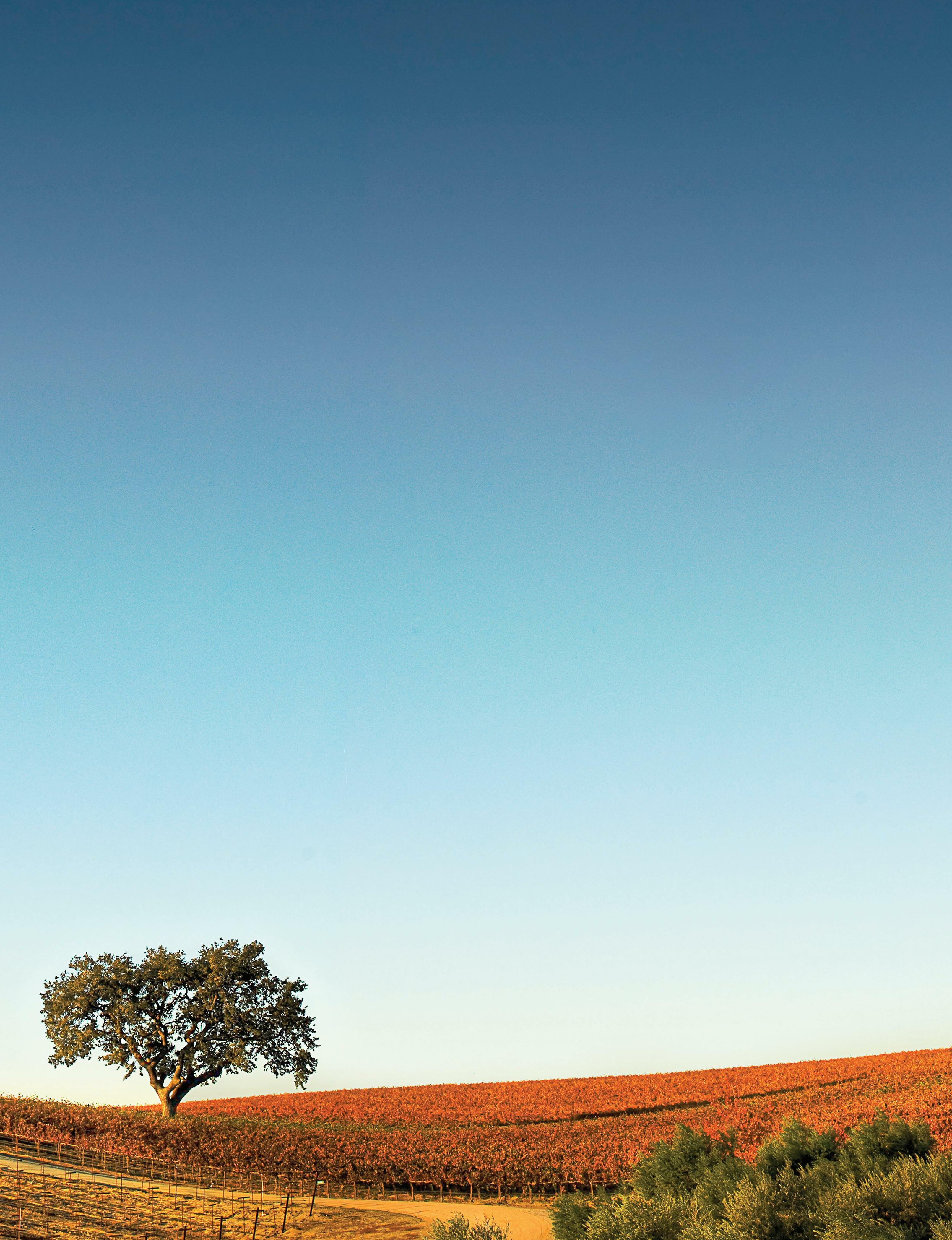

While the winery’s case production has soared consistently over the years, particularly with your traditional mass market, under $11 wine, you have expanded to higher-priced, premium wines with second labels. What was the reasoning behind this brand extension?
“We wanted to play in the $20 price category, and that’s what started the Juggernaut brand process. We started bringing in some really high-quality fruit, some hillside fruit, some of it from Penn Valley, some of it from Alexander Valley, some from Sonoma. We wanted to elevate to another brand above our traditional Bogle line to play in that now popular $20-plus price point.
“We already had experience with second labels with our Phantom brand. That started in 1999. Plus, our winemaking crew was finding these really exceptional lots of fruit. Eric Aafedt, our winemaker for over 25 years, wanted to play around with some of the premium lots that he was seeing. So, we all sat around a table and tasted his called-out Petites and Zinfandels. We just thought that the lushness of Petite would be a great pair to spicy Zinfandel. The first year Phantom blend had a little Mourvèdre as well. We introduced it first to our wine club in 1999 and released it on a wider scale in 2000.
“Phantom has proven very popular, and we are up to about 150,000 cases this year. Juggernaut has a Pinot Noir from Russian River and a just released Chardonnay as well, so combined we are going to sell some 200,000 cases.”
With that type of success, it’s no wonder you started to move into a wine brand specifically dedicated to the on-premise business called Twenty Acres, which up to now you’ve had some difficulty breaking into.
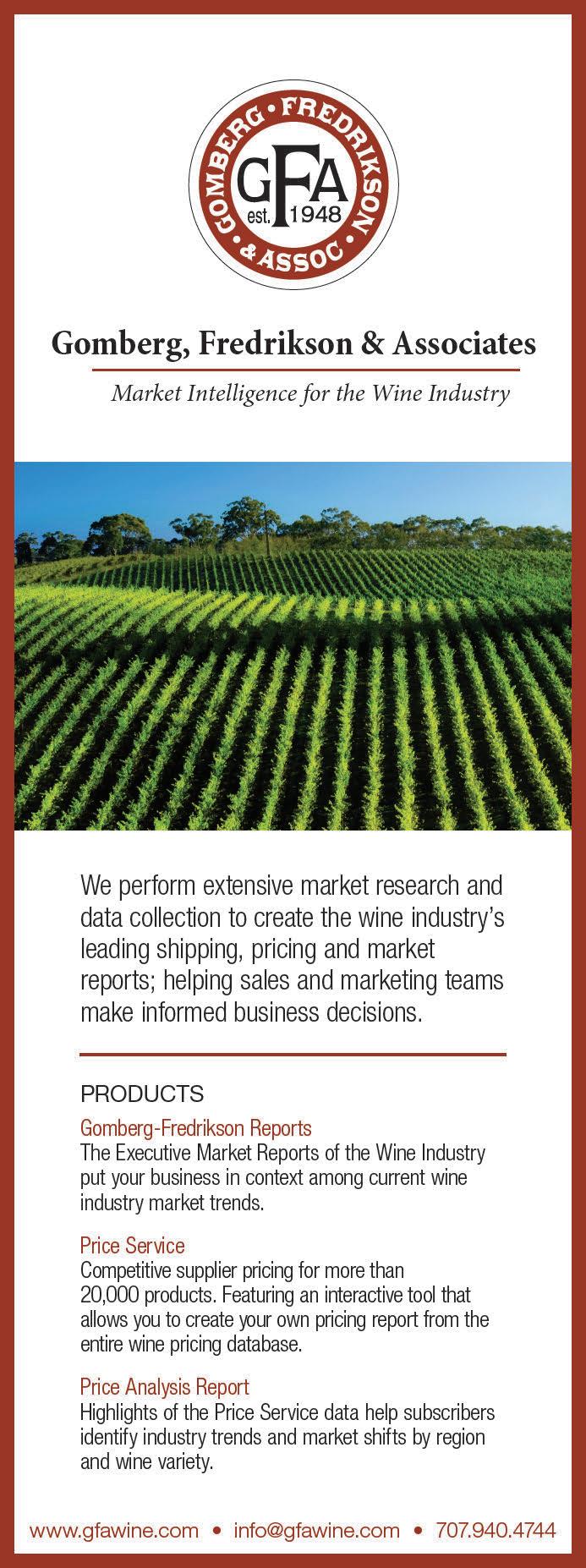
“For years, we’ve called on restaurant accounts for years, and we’ve showed them the Bogle traditional line, the family vineyards line. And they’ve said, “I love this wine. I drink it at home, but I can’t put it on my list because it’s at the Raley’s down the street or the CVS down the street.”
“So now we’ve actually hired our own on-premise manager. On-premise has historically been 4 to 5 percent of our sales. We really would like it to be closer to 10 percent, more like the industry average. We feel like this Twenty Acres brand has huge potential in that arena now that we have a dedicated on-premise manager.
“It was a no-brainer to finally come out with something that was for on-premise only. And we came up with the Twenty Acres label very, very easily. The first 20 acres of grapes here in Clarksburg were planted by our grandfather right on the other side of that barn right there. And it was 10 acres of Chenin Blanc and 10 acres of Petite Syrah.
“On the label it’s a picture of a four-year-old Warren sitting on our dad’s lap, learning how to drive the tractor on the family farm. It’s a Chardonnay that’s blended with a little bit of Chenin, a nod to those first 10 acres. And then the Cab is blended to about 10 percent Petite Syrah as well. And because it is exclusively on-premise, which has more by-the-glass sales, we finished the bottles with a screwcap.”
Speaking of family, Bogle recently renamed Bogle Vineyards to the Bogle Family Wine Collection to better reflect the brands introduced over the past three generations and emphasize the success the company has had by keeping it in the family. How do you keep the pressures of your ever-growing business all in the family?
“We’re a small family. At this stage in our company’s life, the three Bogle kids are running the business. All decisions are still made by us. We’re answering to ourselves. If we have a difference of opinion, it’s not personal. That’s what we think is best for the company and as a whole. But what’s truly effective is we each have different niches within the company as well. Warren, as president and vineyard director, leads the way with vineyard management and really understands the vines. Ryan, as vice president and CFO, looks at the numbers, and Jody, as vice president of consumer relations, is the people person. We all have very different places where our strengths lie.
“On a day-to-day basis, we’re not stepping on each other’s toes. We get together for management meetings and sales and production meetings and make decisions amongst the three of us.”
While the buck stops with the three principals of the Bogle family, the company has grown significantly to well over 200 employees—and continues to need more workers. How is the company contending with the industry-wide worker shortage?
“It’s been a struggle. We try to get creative: we try to offer incentives for people to stay through the entire harvest. For the people that we bring on for crush, if they stay through the entire three months of harvest, they get a bonus. But we have a lot of people who drive from quite away to get to work. We’re off the beaten path here in Clarksburg. Sacramento is the closest large city, so especially with the price of gas, we pay a little bit of a premium because of where we are. But we also do that because we feel like we want to pay a fair, good living wage.”
Unlike many wineries of your size, you do not have a single national distributor. Besides having to deal with a multitude of contracts, what are the benefits of not having a single national distributor?



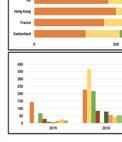



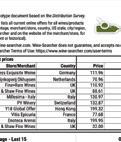




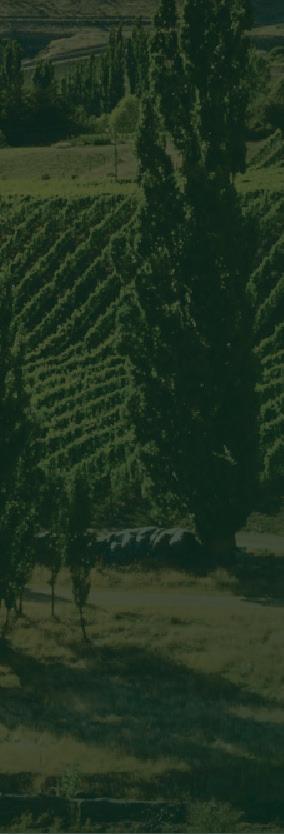

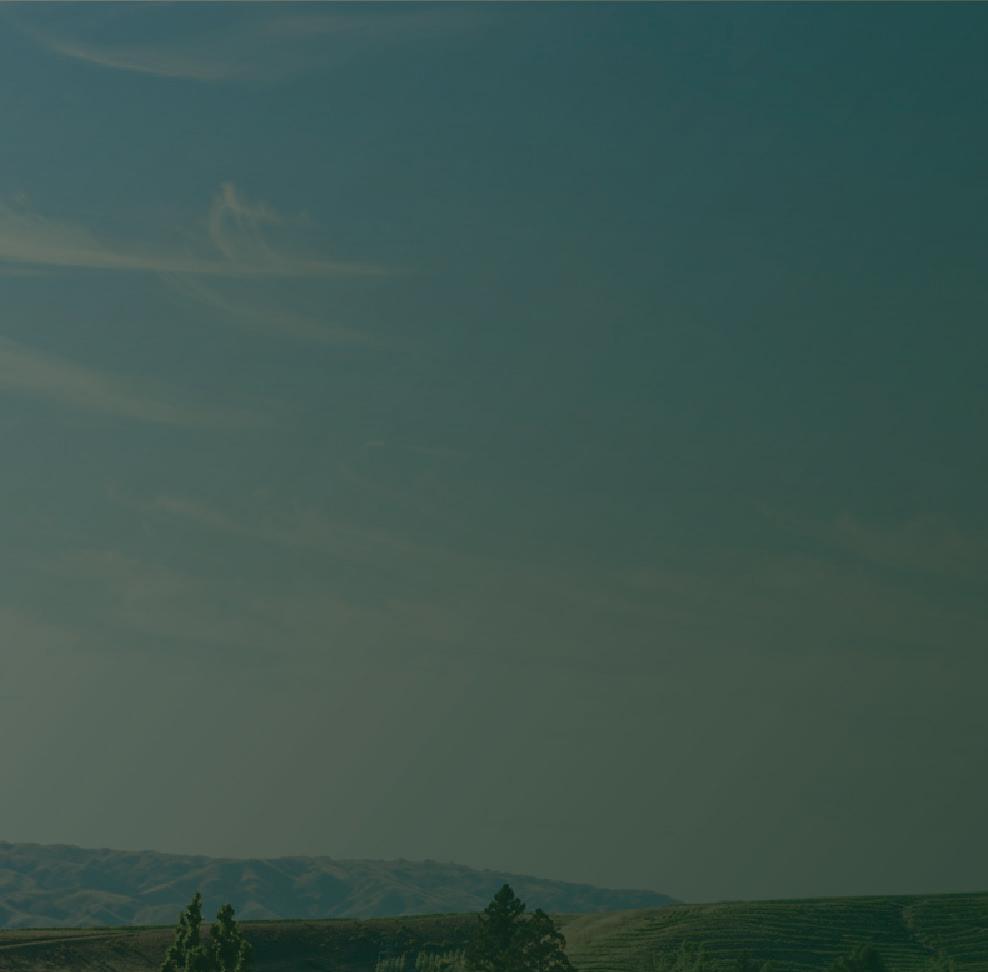

“We have been able to cultivate strong relationships with many of our distributors, dating back 20 or 30 years. Many of these same distributors took a chance on us when we expanded nationally in the 1990s and early 2000s, so we believe it is important to maintain these relationships and feel that our long-term partnerships have and will continue to be mutually beneficial. Though we are not nationally aligned with any one distributor, we feel like we are strategically aligned to best serve our customers.” WBM



Statement of the Ownership, Management and Circulation as required by the Act of Congress on October 23, 1962, Section 4369, Title 39, United States code for Wine Business Monthly, published monthly, in Sonoma, CA.




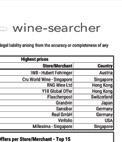










1. The date of this filing is September 27, 2022


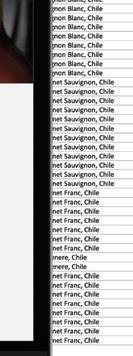






web address page Company web address page
Acrolon Technologies
acrolon.com 60
Ager Tank & Equipment Co. agertank.com 72
AgFast Corp. agfast.com 78
American AgCredit agloan.com/growyourfuture 77
Amorim Cork America amorimcork.com 19
APCOR - Portuguese Cork Association 100percentcork.org 5, 7, 9, 11
Ardagh Glass Packaging - North America ardaghgroup.com/wine2022 59
ATPGroup parsecsrl.net 67
Avalara avalara.com/DTCwineshipping 90
Bank of Marin bankofmarin.com/wine 35
BevZero Equipment (PolarClad) bevzero.com 72
Boswell Company boswellcompany.com 78
BSG Wine bsgwine.com 40
Business France vinitech-sifel.com 53
Carlsen & Associates carlsenassociates.com 60
Central Coast Insights (CCI) centralcoastinsights.com 91
ColloPack Solutions collopack.com 33
Cork Supply USA corksupply.com 17
Criveller Group criveller.com 46
Diam Closures USA g3enterprises.com/diam-corks 15
Eastern Winery Exposition easternwineryexposition.com 71
ETS Laboratories etslabs.com OBC
Euro-Machines euromachinesusa.com 30
Free Flow Wines freeflowwines.com 73
G3 Enterprises g3enterprises.com 39
Gallo Glass Co. galloglass.com 85
Global Package globalpackage.net 69
Gomberg, Fredrikson & Associates gfawine.com 92
Guala Closures North America gualaclosures.com 27
Guillaume Grapevine Nursery guillaumenurseries.com 47
Gusmer Enterprises gusmerwine.com 34, 65
H & A Barrel Management ha-barrelmanagement.com 93
Hinman & Carmichael, LLP beveragelaw.com 73
La Garde (a division of SML Stainless Steel Group) lagardeinox.com 13
Lehrman Beverage Law wine.law 34
Lodi Winegrape Commission lodiwine.com/about/place 75
MA Silva USA masilva.com 23
Maverick maverickcaps.com 25
MBF North America mbfnorthamerica.com 81
Company
Metis metisnw.com 47
Minox SRL minoxsrl.it 47
MUST Machining & Fabrication mustfabricate.com 52 Ogletree’s, Inc. ogletreecorp.com 78
O-I glass-catalog.com 37 Olavin olavin.com 65
Portocork America portocork.com 3
Prospero Equipment prosperoequipment.com 68 Protea Financial proteafinancial.com 35
Quality Stainless Tanks qualitystainless.com 43
Ray Carlson & Associates rcmaps.com 61
Sanitary Stainless Welding sanitarystainless.com 65 Saverglass, Inc. saverglass.com IFC
Scott Laboratories scottlab.com 21
Shelco Filters shelco.com 61
Sonoma Cast Stone pivotalmanway.com 57
Sonoma Cast Stone concretewinetanks.com IBC
Spokane Stainless Technologies spokanestainless.com 50 StaVin stavin.com 49
Tonnellerie Boutes boutes.com 82
Tonnellerie Garonnaise garonnaise.com 73
TricorBraun WinePak tricorbraunwinepak.com 45
Unified Wine & Grape Symposium unifiedsymposium.org 51
Vicard USA groupe-vicard.com 79
Vintuitive Winemaking Tools, LLC vintuitivewmt.com 79
Vinventions USA us.vinventions.com 31
VinWizard vinwizard.com 41
Waterloo Container Co. waterloocontainer.com 28
Western Square Industries westernsquare.com 70
Wine Industry Financial Symposium (WIFS) wineindustryfinancial.com 63
Wine Institute greenmedal.org 83
Winejobs.com Summit winejobs.com 89
Wines Vines Analytics winesvinesanalytics.com 29
Wine-Searcher, Ltd. wine-searcher.com/data 93
WiVi Central Coast Conference & Tradeshow wivicentralcoast.com 91
Wonderful Nurseries wonderfulnurseries.com 79
World Cooperage worldcooperage.com 32
Zenport Industries zenportindustries.com 34
Leave it to the French to create a wine dichotomy. The third Thursday in November marks the release of Beaujolais Nouveau, the first wine of each new vintage, vin de primeur. At 12:01 A.M. on the appointed day, these wines ship to Paris and around the world, where fans eagerly await their first taste of the vintage. Finding their way into market just six to eight weeks after harvest, the wines are meant to be drunk almost immediately. These wines come from southern Beaujolais, are created exclusively from Gamay, and use carbonic maceration to intensify fruitiness and ameliorate tannin astringency, creating a light, bright, quaffable wine.
The following Sunday, just a bit north of Beaujolais in Burgundy, is the Hospices de Beaune charity wine auction, which has been held annually since 1859. This is a three-day event devoted to the food and wines of Burgundy. There is a black-tie dinner at Clos de Vougeot the first night and a fancy lunch, La Paulée de Meursault, two days later. Guests that flock to Beaune to bid at the auction attend sumptuous meals with loads of Champagne, along with white and red Burgundy from some of the most famous vineyards in the world.
The COVID pandemic educated me. COVID has plunked Jake Lorenzo down in front of his computer in a never-ending search for interesting wines that I can afford. For the past few years, France has been my happy place, with dozens of palate-pleasing discoveries that find their way into my cellar and onto my table. Finding a new wine spot or, even better, a new grape variety is thrilling to this detective. It’s like discovering Elmore Leonard for the first time and realizing that he’s written dozens of books or finding a brand new po’boy
“Pinot Noir is often described as feminine, elegant and complex. Syrah has been called a voluptuous form of Pinot Noir...Gamay is precocious and just happy to be invited to the party.”
The Domaine des Hospices de Beaune produces the wines for the auction. This non-profit organization owns about 150 acres of donated vineyard land, much of it designated Grand or Premier cru. The 31 cuvées of red wine and 13 white produced from these treasured vineyards command fierce bidding, and the prices give an indication of wine values in the region for that vintage.
Jake Lorenzo doesn’t know if they still are, but many years ago, all the wine lots offered at the Hospices de Beaune wine auction were stored in François Frères barrels. Thanks to Jean François, Jakelyn’s mother and I found ourselves in the wine tasting of a lifetime. The Hospices de Beaune winemaker gave us a private tasting of every single lot of wine to be offered at that year’s auction. The wines came from some of the most famous vineyards in Burgundy, and the comprehensive tasting was both amazing and educational. We tasted the nuanced differences between Clos Vougeot, Vosne Romanée, Gevrey Chambertin and Échezeaux, all connected by the common thread of François Frères oak.
On Thursday night before the auction, the very day of the Beaujolais Nouveau release, Jakelyn’s mother and I attended an elegant dinner for 16 guests from all around the world hosted by a premier winery. The enthusiastic and excited guests couldn’t wait to crowd into the auction to begin bidding on the wine lots later that weekend, but that night the talk was all about the strike. It seems French truckers were not happy with the prices being offered to haul Beaujolais Nouveau to Paris and beyond. They had taken their trucks onto the highway and parked them, blocking traffic in or out of Beaune until the wineries agreed to higher rates.
This inconvenience outraged the Burgundians, who barely considered Beaujolais Nouveau to be real wine; but since many of the guests were trapped until the strike was resolved, the winery kept opening prized red Burgundies for us to try until we were able to get back to our hotels.
Since then, the idea of Beaujolais, as anything more than a light young wine meant to be drunk on the spot, is hard to get out of my mind.
shop in New Orleans and seeing 20 different sandwiches on the menu. This year, the wines of Beaujolais and the charms of Gamay have most thrilled this detective.
France grows 75 percent of the world’s Gamay. Beaujolais Nouveau sales are about 28 million cases annually, so we know where most of that Gamay is going, but this private eye has uncovered a special treat. Turns out there are 10 Cru Beaujolais designations that offer delicious, head-turning, palate-pleasing wines which even a semi-retired detective can afford. Cru Beaujolais climats, with names like Brouilly, Régnié, Juliénas, Morgon and Moulin-a-Vent, produce some of the best Gamay in the world.
It is true that some Cru Beaujolais can be light and simple, but the good ones show great fruit or floral character with good texture and minimal tannin. Floral components range from violets to peonies to lilac. Fruit aromas conjure up cranberries, raspberries, black currants and pomegranate. All Cru Beaujolais wines offer seductive fruit aromas that back off the intensity just a touch in flavor. The wines have great texture, along with minimal tannin, but what makes these wines special is the ongoing tension between that Gamay acidity and those fruit flavors.
Pinot Noir is often described as feminine, elegant and complex. Syrah has been called a voluptuous form of Pinot Noir that leans to red and black fruits with a meaty character or white pepper. Gamay is precocious and just happy to be invited to the party. Brimming with fruit on the nose and finishing forever with that acidity, Gamay is the perfect red wine for most any food.
Just this week at Jake Lorenzo’s house we were charmed with a 2020 Domaine de Braves Regnié that made our charcuterie platter picnic shine like a gourmet meal. A 2019 Domaine Perroud Brouilly stood up to Chuy’s barbacoa tacos and played off the wonderful spices so well that we opened a second bottle. When Jakelyn’s mother insisted that this detective cook a medium-rare rib-eye on the Weber to fulfill her beef fix, I selected a 2020 Château de Juliénas that couldn’t have been more perfect. All these wines were under $18 per bottle.
Gamay from Cru Beaujolais, give it a try. This detective thinks you’ll discover a new favorite. WBM
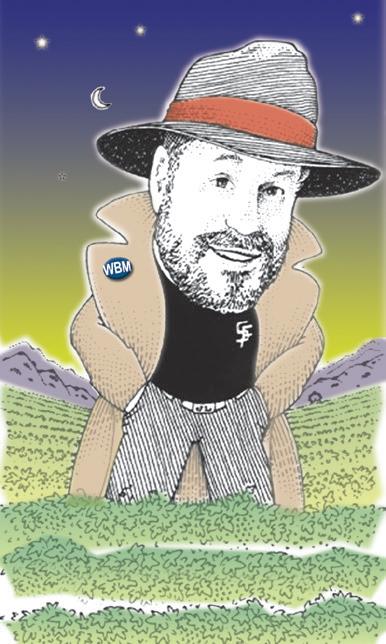
Cordant Winery, based in Paso Robles, named Nikki Smith as general manager. Cordant, which produces about 3,000 cases per year and sources its fruit from vineyards 180 miles along the central coast, was founded by tech entrepreneur David Taylor. Before coming to Cordant, Smith headed DTC and was the director of hospitality at Brecon Estate, where she helped double sales; and for another Paso producer, Hope Family Wines, where she grew DTC fourfold in just over four years.
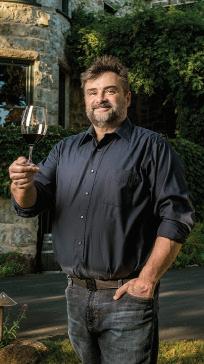

Cuvaison appointed industry veteran Sylvie Tannhauser to the role of hospitality manager. Tannhauser manages the newly redesigned and expanded Tasting Salon at the 400acre Cuvaison Estate in the Los Carneros region of Napa Valley. A hospitality and events expert with more than a decade of wine-focused experience, Tannhauser will also contribute her expertise to the winery’s event and wine club programs, including creating new luxury guest experiences, tasting flight options, special events and enhanced wine club engagement. Tannhauser was born and raised in the French Caribbean before moving to Montpellier, France, where she earned a B.A. in global communications strategy from ESICAD College. While in Montpellier, Tannhauser fell in love with wine and began her career in the French Tourist office, where she worked to promote the wine industry through tour and tasting events. In 2010, she relocated to the United States, working at Brickell Travel in Miami, where she organized luxury wine and culinary tours, before moving to Napa Valley in 2011 to immerse herself in the California wine industry. In the years since, Tannhauser has worked at several prestigious Napa Valley estates including Cakebread and most recently Domaine Chandon. Tannhauser is a Certified Sommelier, holds the WSET III Advanced certification, a Wine Business Management certification from Sonoma State University, and is a Master of Champagne through the Wine Scholars Guild.
Rutherford Wine Company, the family-owned Napa-based wine company, announced Amee Lile-Schrock has been appointed controller. Lile-Schrock assumed her role in July. Lile-Schrock joins Rutherford Wine Company with an extensive background in both adult beverage and sports entertainment. Most recently, Lile-Schrock held the position of Controller at Demeter & Co. She previously served as the vice president of finance and controller with the Sacramento Kings and corporate accounting manager with E. & J. Gallo Winery. Amee holds a Bachelor of Science in business administration/accounting from the University of the Pacific and is also a Lean Six Sigma Green Belt.

Stags’ Leap Winery hired Ludovic Dervin as senior winemaker and general manager. Christophe Paubert, who has led the winery for 13 years, will retire and return to his home country of France following this year’s harvest, which they are completing together. Dervin, who hails from the Champagne region of France, has been making wines in California since the mid-1990s for luxury wineries such as Hartford Court, Kendall Jackson’s Vérité and Mumm Napa.
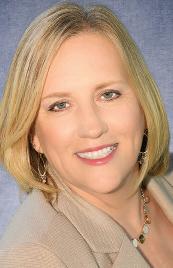
Springboard Wine Company welcomed industry veteran Jay James to the management team. Jay joins Springboard as vice president and general manager, working alongside owners Sybil Ajay Sanford and Elizabeth Corsini, and in conjunction with Bruce King, chief financial officer. In 1986, James launched his career in hospitality at the Ritz Carlton Atlanta, and moved on to roles as wine director for several high-profile restaurants in the area before migrating to distribution, handling key account sales for Atlanta Wholesale Wine beginning in 1995. After earning the rigorous Master Sommelier Diploma in 1997, James was tapped to open the Bellagio Resort in Las Vegas as director of wine in 1998. 2005 saw him join the leadership of Southern Wine and Spirits Nevada, ultimately serving there as vice president of fine wine. Changing gears to the winery segment in 2013, he moved to Napa Valley and took on the role of director of sales for Chappellet Vineyard. Senior-level posts with Larkmead Vineyard and Joseph Phelps Vineyards followed, prior to James’ appointment with Springboard.

Republic National Distributing Company appointed Marissa Garrett to SVP, sales operations. She is responsible for the strategy and execution of initiatives designed to drive increased sales effectiveness and efficiency for RNDC. She reports to Jenn Engel, chief commercial sales officer. Garrett started in 2011 as a on premise sales representative. She has held multiple roles within RNDC as a district sales manager, marketing/finance manager, portfolio manager of Beam Suntory, director of portfolio management and most recently as the ERP modernization business lead – commercial where she led the organization through multiple commercial initiatives. She is a part of the National Women’s Leadership Forum and currently sits on leadership team of the Athena & Parents+ Associate Resource Groups (ARGs)
Cline Family Cellars announced the appointment of Hilary Cline to vice president of marketing and direct to consumer sales, and the appointment of Steve Jannicelli as chief financial officer. Cline Family Cellars is celebrating its 40th anniversary this year. Hilary Cline is responsible for all direct-to-consumer sales and marketing activities for Cline Family Cellars, Jacuzzi Family Vineyards and The Olive Press, including hospitality, e-commerce, and events. Jannicelli joins Cline Family Cellars as CFO under the direction of John Grant, CEO. In this role, he will oversee finance, IT, administration, and HR departments, located at the company’s winery offices in Sonoma, California.
Solterra Strategies promoted Lacie Johns to marketing manager. The promotion comes as Johns celebrates five years at the independently owned and operated agency representing a portfolio of clients in the wine and tourism categories. In the tourism space, Johns manages the annual content calendar, visions digital campaigns and curates stories on behalf of Travel Paso, the destination marketing organization that promotes Paso Robles. Johns joined Solterra in 2017, and is an active participant in Dream Big Darling, a non-profit centered around mentoring women in the wine industry. She holds a Bachelor of Science degree in international business and marketing from the University of Nevada-Reno.
ATPGroup appointed James Roblee as technical support representative for its enology division. In this role Roblee will act as the “technical face” of ATPGroup, supporting nationwide sales of enology products, filtration aids and media, and winemaking equipment. He will work closely with winery customers to conduct product and technology trials as well as represent ATPGroup in industry trade groups. Roblee brings 15 years of wine industry experience to ATPGroup, most recently as a winemaker at Trinchero Family Estates. He offers a deep level of hands-on wine knowledge from production to cellar to tasting room, and proven success in the design and implementation of trials for new products and technologies.
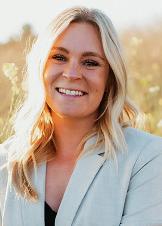

I was born into a family with a strong culinary background. My father is a fresh pasta maker, and my mother is a chef, which ultimately was a huge influence on my decision to pursue winemaking early. After working under esteemed winemakers and viticulturists in three countries, I came back home in 2016, where I now farm my organic estate vineyards and continue to make wine for various boutique wineries in Sonoma County.
Throughout my travels I have managed to accumulate connections with esteemed winegrowers throughout the Western United States, which have allowed me unique access to premium viticultural regions. This has helped me launch a second business making private label wines for wineries and large retailers throughout the country. In my spare time I still enjoy cooking with my family using fresh produce from my garden, exploring the beauty of the Sonoma Coast with my dog, Sawyer, hiking the trails of California, flyfishing, and the occasional round of golf.
My biggest professional challenge was starting a wine label with absolutely zero backing or family money. A lot of people come into the wine world with deep pockets from previous professions or family wealth; I had neither of those. I came home from stints at wineries in New Zealand and worked for 2 years straight, farming and making wine during the day while serving and bartending at two local establishments at night, seven days a week. The strong work ethic instilled in me from My parents taught me a strong work ethic, and that drove me to work as hard as I could to achieve my dream. It’s helped me build long lasting and meaningful relationships within the wine industry.
Rosé and Pinot Noir are the backbone of Topophilia Wine Co., but I have recently released a Single Vineyard Chardonnay that received 94 points from Wine Enthusiast.
Wine Business Monthly has been a valuable resource to me not only as a winemaker and business owner, but as a viticulturist as well. I have always been a believer that wine starts in the vineyard; so, to make the best possible wines I spend the majority of my time there. I’ve found the articles in the grape growing section of the magazine and the links to other viticulture articles in the Daily News Email to be valuable to both winemakers and growers like me. I think it’s time both viticulturists and winemakers alike start working towards advancements in viticultural practices to keep creating world-class wines.

